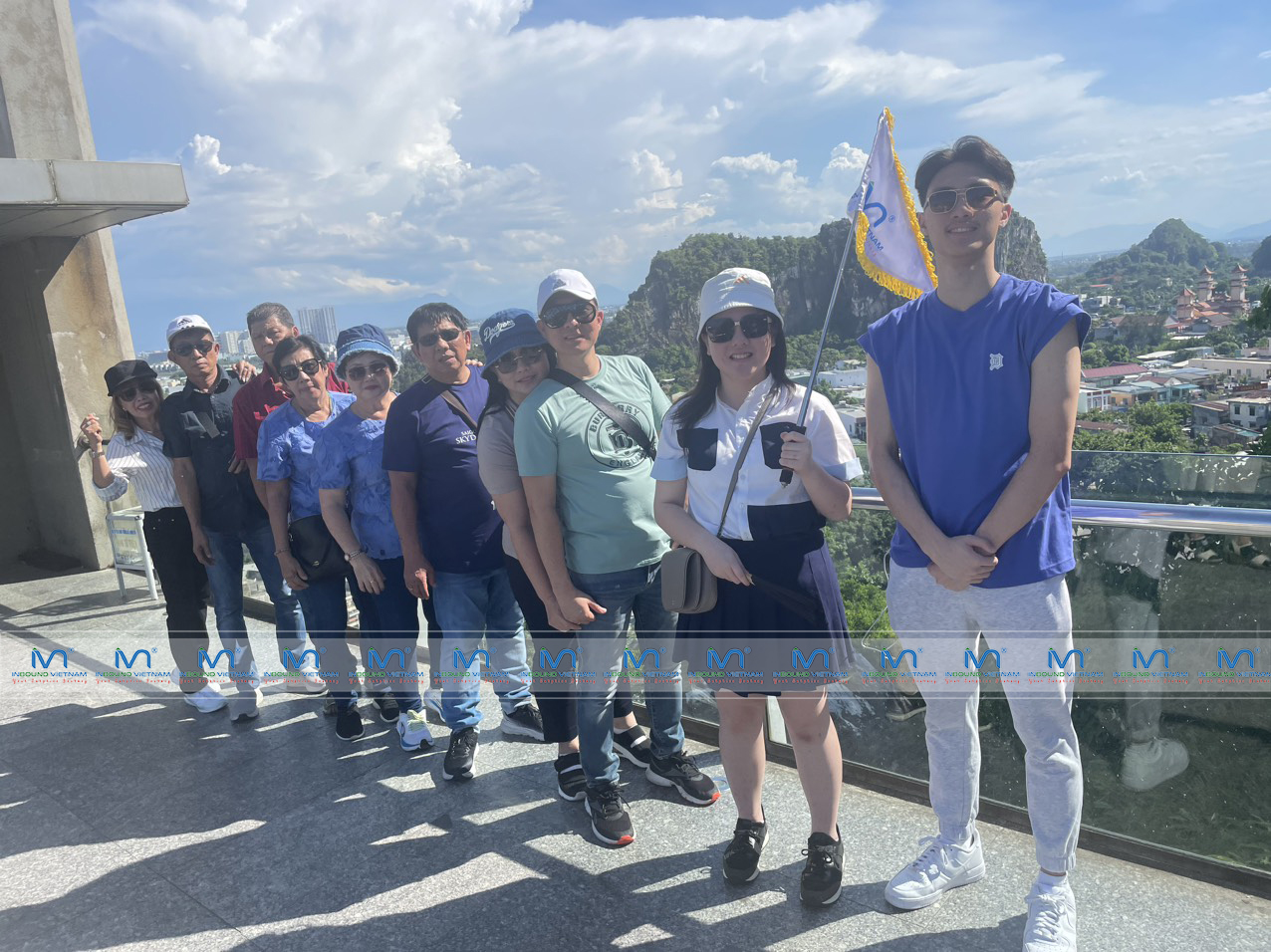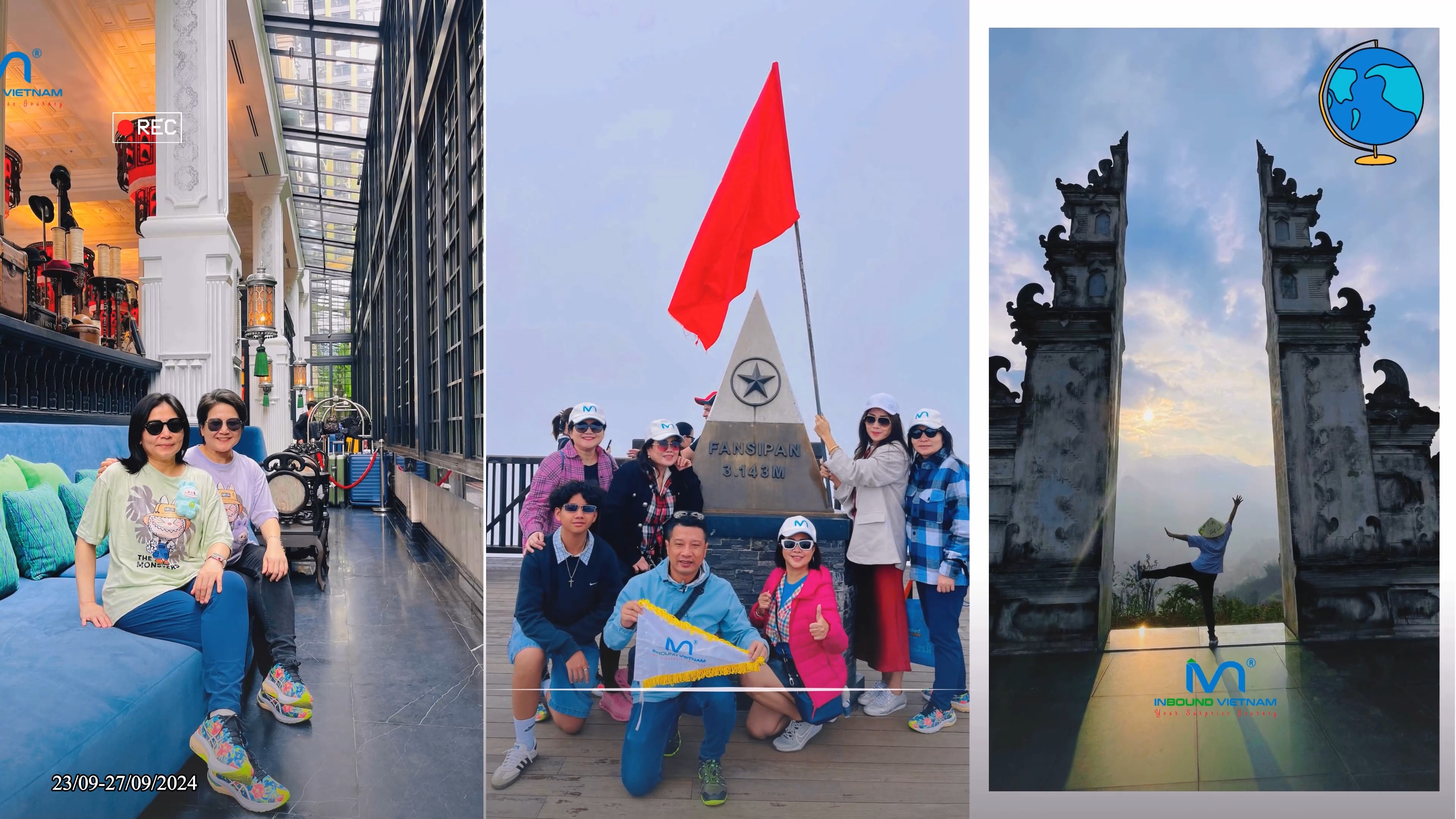Travel your way
Attractive offers
Why should you choose us?
Reliability - Trustworthiness
Responsibility - Integrity
Value - service
Anytime - anywhere
Ha Noi City
Hanoi, literally the “city between the rivers”, is the capital and second biggest city of Viet Nam. The historical Old Town, the colonial French Quarter, ancient temples of more than thousand years of age and various scenic lakes and landmarks make up one of the most fascinating cities of Southeast Asia, with the identity of traditional Vietnamese culture and blending the influences of eastern and western culture enriches the vibrant Vietnamese culture.
The compact city centre is bordered by the Red River (Song Hong) to the east as well as to the north and a railway line to the west with the Hoan Kiem Lake nowadays being its focal point of public life and an excellent point of orientation. North of the lake lies Hanoi’s historic heart, the Old Quarter (Phố Cổ Hà Nội). Most of the street names still originate from the 13th century when every guild had its own street, usually called “Hàng” meaning “merchandise” followed by the name of the product, which is produced or sold there. Since at that time the tax depended on the width of the house frontage, the area is famous for its so-called tube houses, buildings with narrow frontages of two to three metres with a length of 20 to 60 metres.
The city’s most prominent sights include the Temple of Literature (Văn Miếu), site of the oldest university in Vietnam dating back to 1070, the One-Pillar Pagoda (Chùa Một Cột), one of Viet Nam’s most iconic temples, the Flag Tower of Hanoi (Cột cờ Hà Nội), one of the few remains of the old Hanoi Citadel and one of the symbols of the city and many museums. Hanoi’s narrow and crowded streets filled with various exotic scents, hawkers weaving through motorbikes and cyclos overloaded with fruits, livestock as well as human cargo create this unique fusion of old and new making it a reflection of the rapid changes the country is recently going through. There’s no better way of exploring this spirit of Hanoi than wandering around the streets, soaking up its sights, sounds and smells.
Da Nang city
Geographically, Da Nang is unique as it is the convergence point of three famous tourist destinations: the ancient capital of Hue with its ancient beauty, Hoi An with its romantic old town, and the Central Coast with its stunning beaches. The culture of the people of Da Nang is also diverse and rich, from folk traditions to unique culinary arts. The best time to visit Da Nang is from December to March when the weather is cool and pleasant.
Moreover, Da Nang is famous for tourist attractions such as the sparkling Dragon Bridge at night, the expansive My Khe Beach with its white sand and clear blue water, Sun World amusement park with the iconic Golden Bridge, and the Son Tra Peninsula with its pristine nature and rich ecosystem. Da Nang is truly a gem of Vietnamese tourism, attracting tourists with its wonderful combination of history, culture, and nature.
-
 Cicilia Hotels & Spa Da Nang
Cicilia Hotels & Spa Da Nang -
 Olalani Resort & Condotel Da Nang
Olalani Resort & Condotel Da Nang -
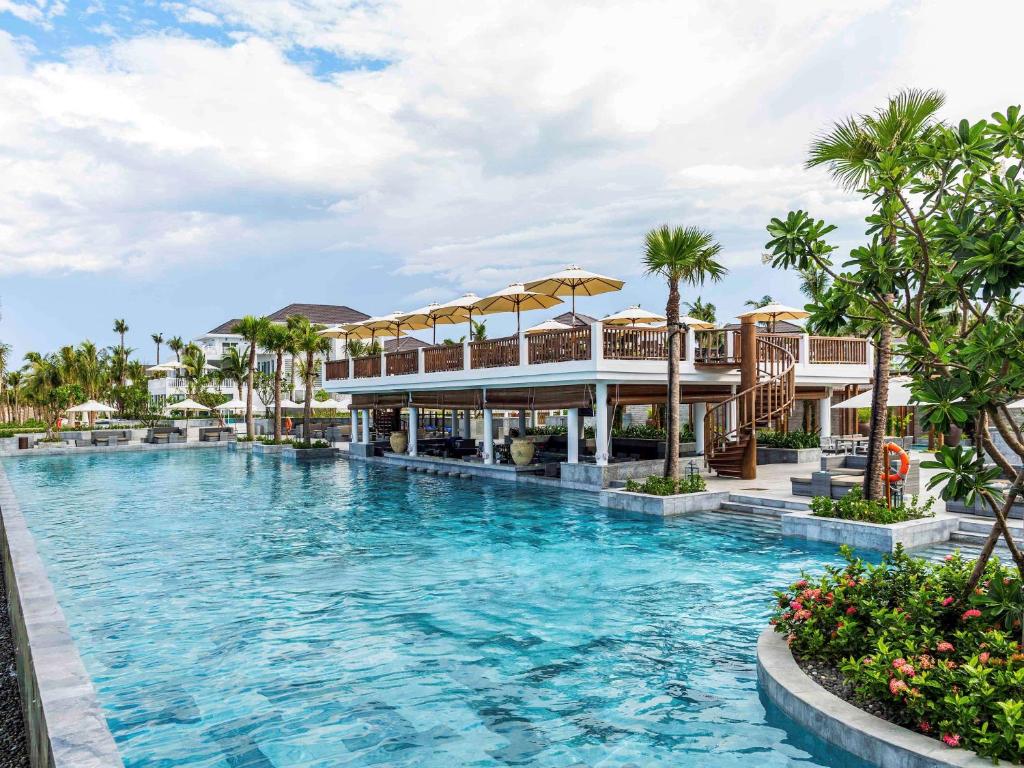 Premier Village Da Nang
Premier Village Da Nang -
 Rosamia Da Nang
Rosamia Da Nang -
 Da Nang Mikazuki Japanese Resort & Spa
Da Nang Mikazuki Japanese Resort & Spa -
 Grand Sea Da Nang
Grand Sea Da Nang
Ho Chi Minh City
Today, the city by the Saigon River embodies dynamism and youthfulness, blending cultural and historical traditions with the ecological characteristics of the Mekong Delta region. It has become an attractive destination for tourists from both domestic and international locations. Visitors to Ho Chi Minh City not only witness the miraculous development of Vietnam's leading economic, cultural, tourism, scientific, and technological center, with its skyscrapers, bustling entertainment centers, and vibrant shopping districts, but also have the opportunity to explore the pristine beauty of well-preserved ancient cultural sites.
-
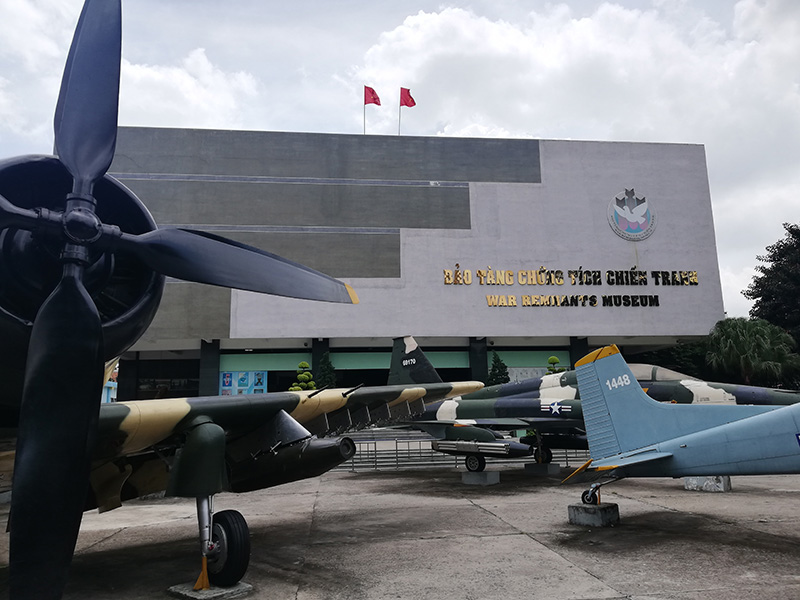 War Remnants Museum
War Remnants Museum -
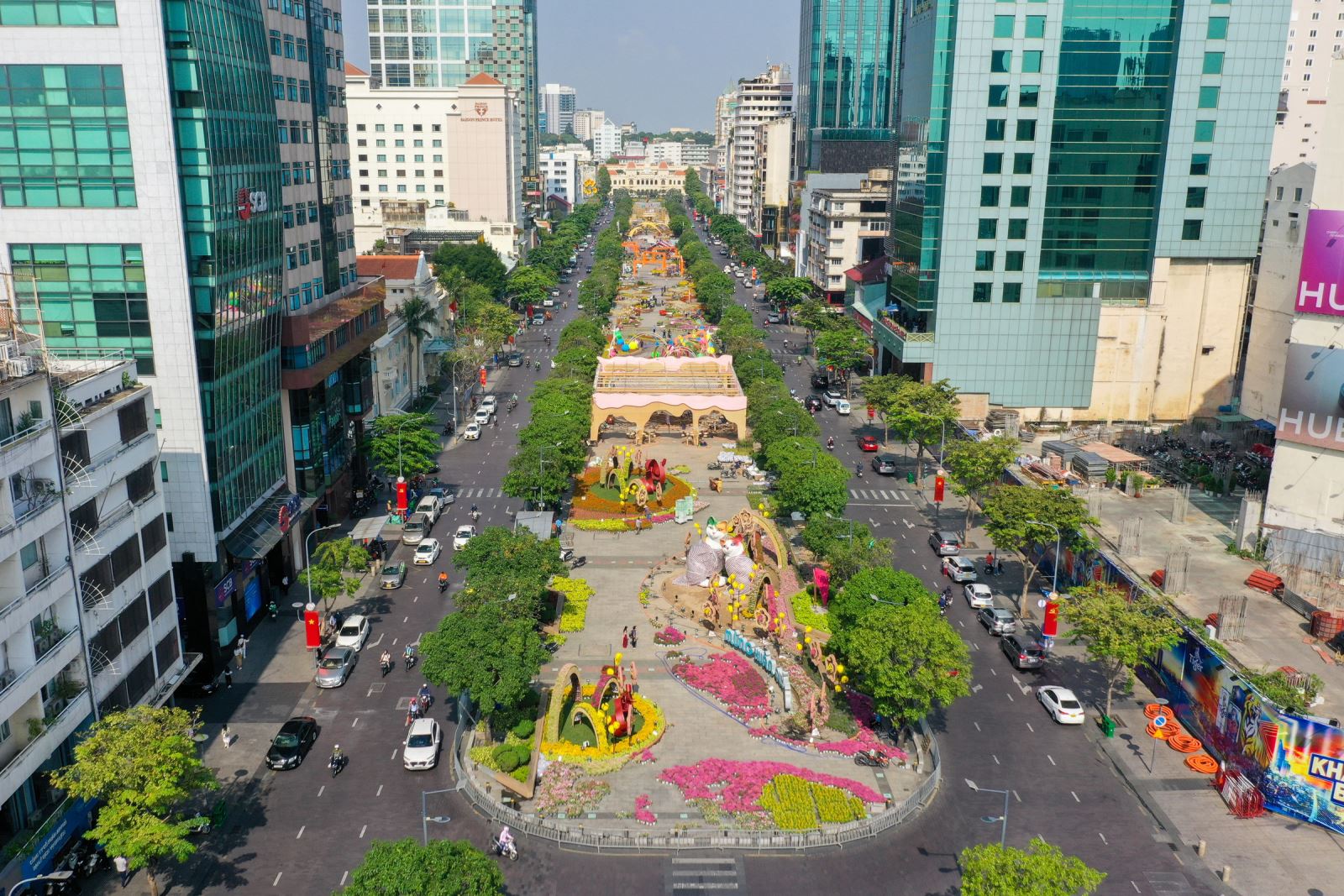 Nguyen Hue Walking Street
Nguyen Hue Walking Street -
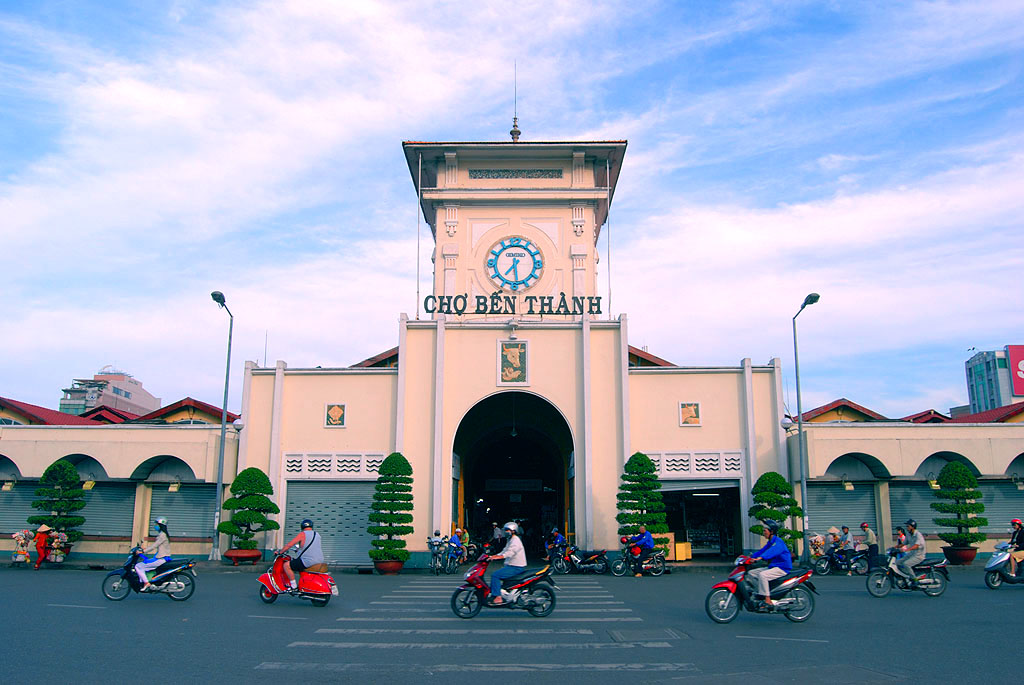 Ben Thanh market
Ben Thanh market -
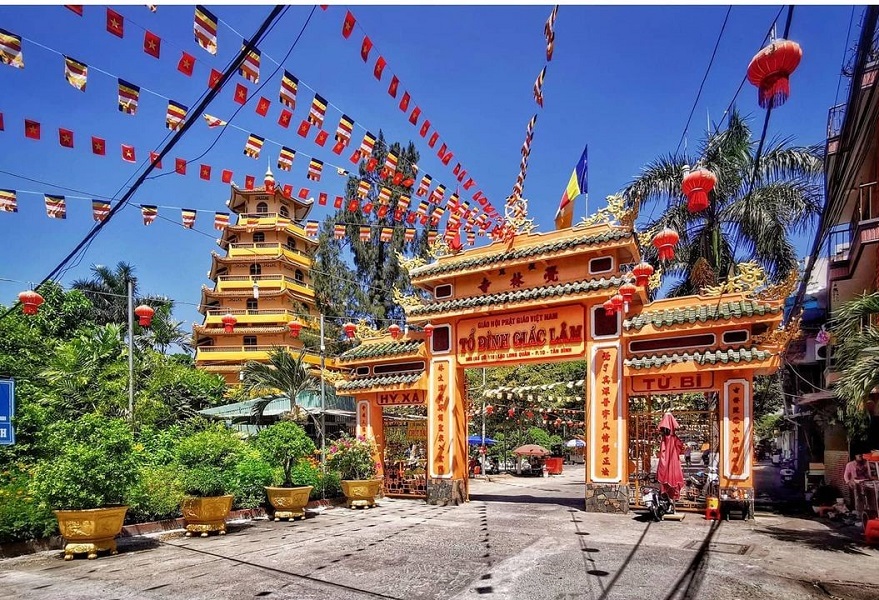 Giac Lam Pagoda
Giac Lam Pagoda -
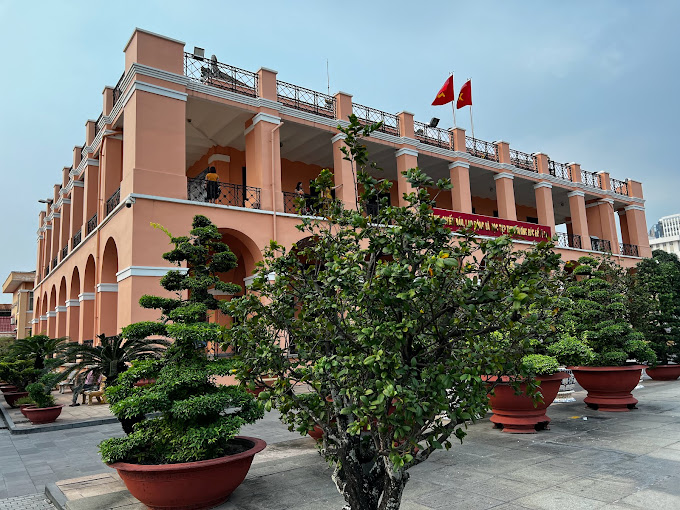 Nha Rong Harbor
Nha Rong Harbor -
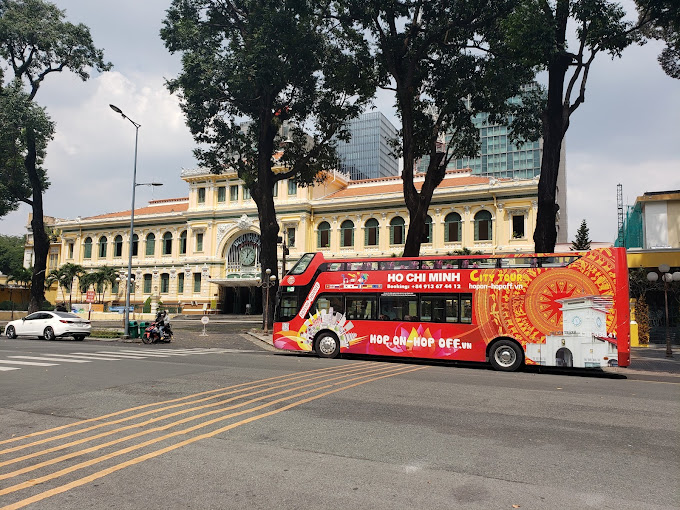 Ho Chi Minh City Post Office
Ho Chi Minh City Post Office
Hue city
-
 Alba Spa Hue
Alba Spa Hue -
 Thanh Lich Hue
Thanh Lich Hue -
 Century Riverside Hue
Century Riverside Hue -
 Huong Giang - Resort & Spa
Huong Giang - Resort & Spa -
Muong Thanh Holiday Hue
-
 Thanh Lich Royal Boutique
Thanh Lich Royal Boutique
Kien Giang
Vung Tau city
Ninh Binh city
-
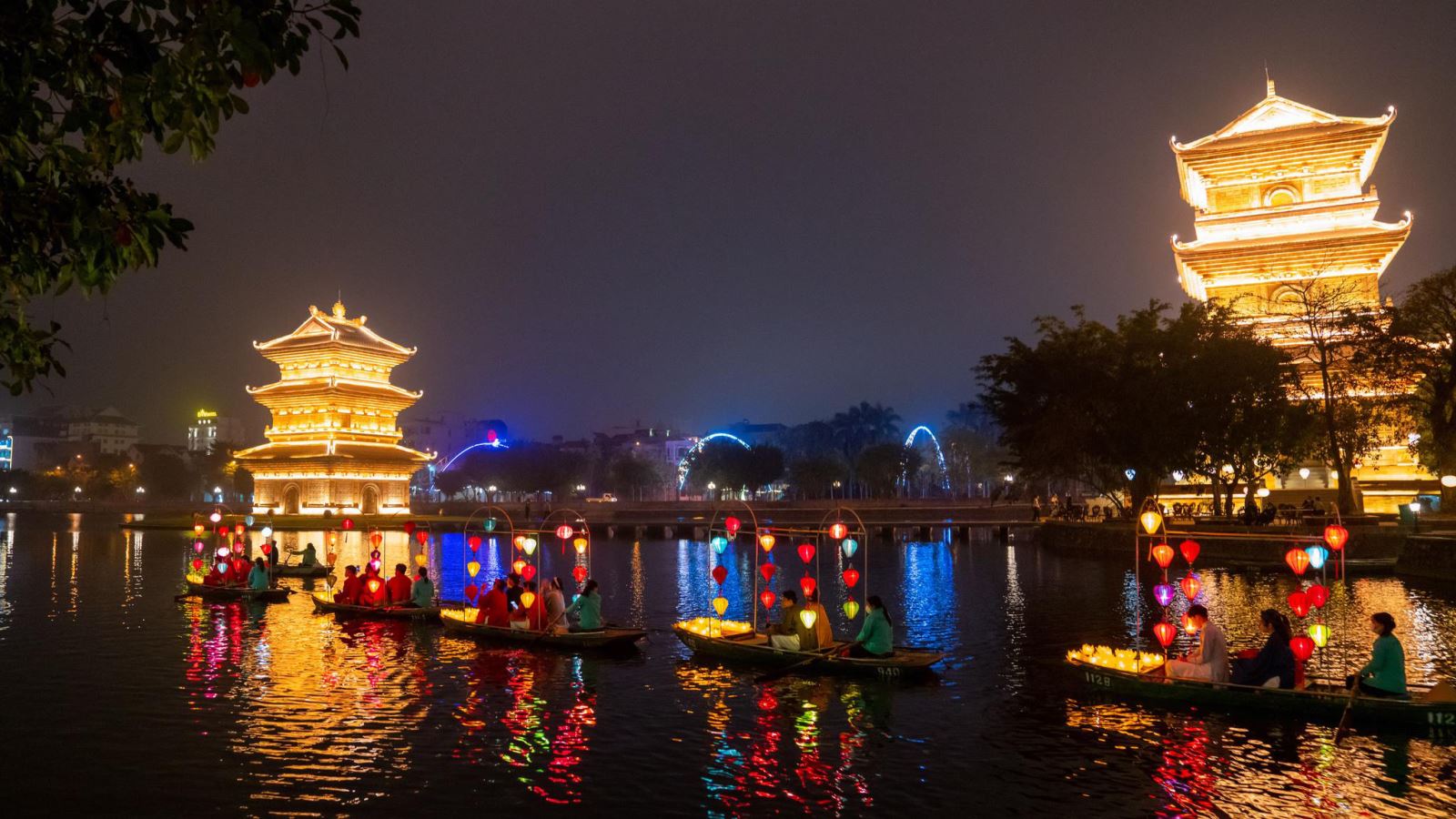 Hoa Lu Old Street
Hoa Lu Old Street -
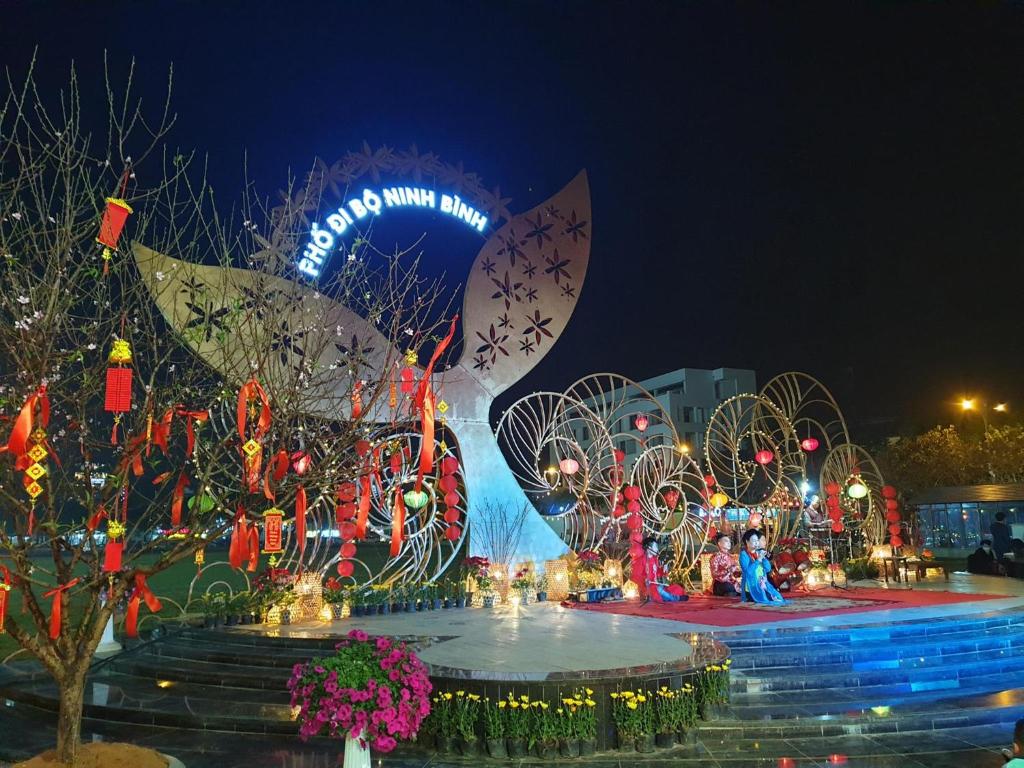 Ninh Binh Walk Street
Ninh Binh Walk Street -
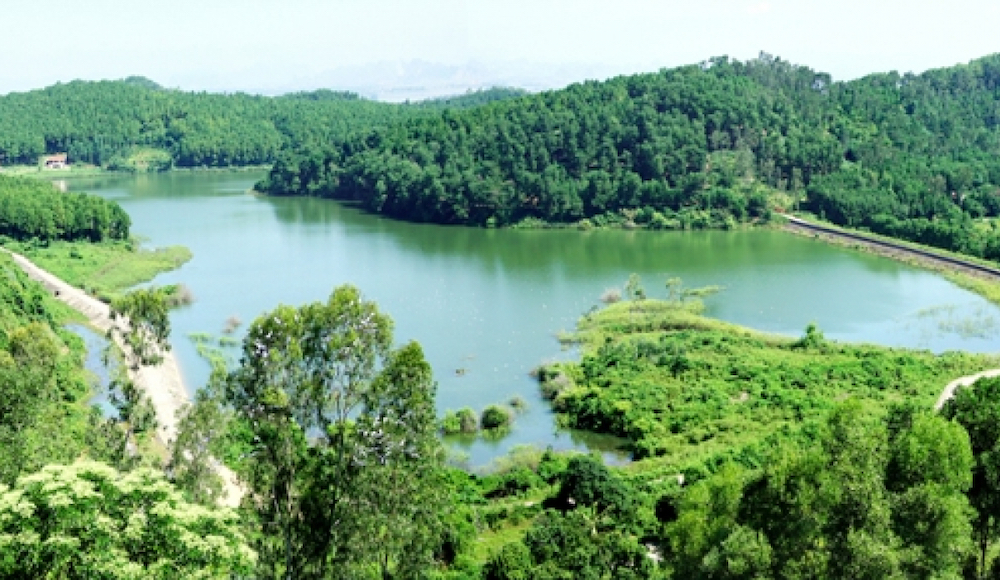 Dong Chuong Lake
Dong Chuong Lake -
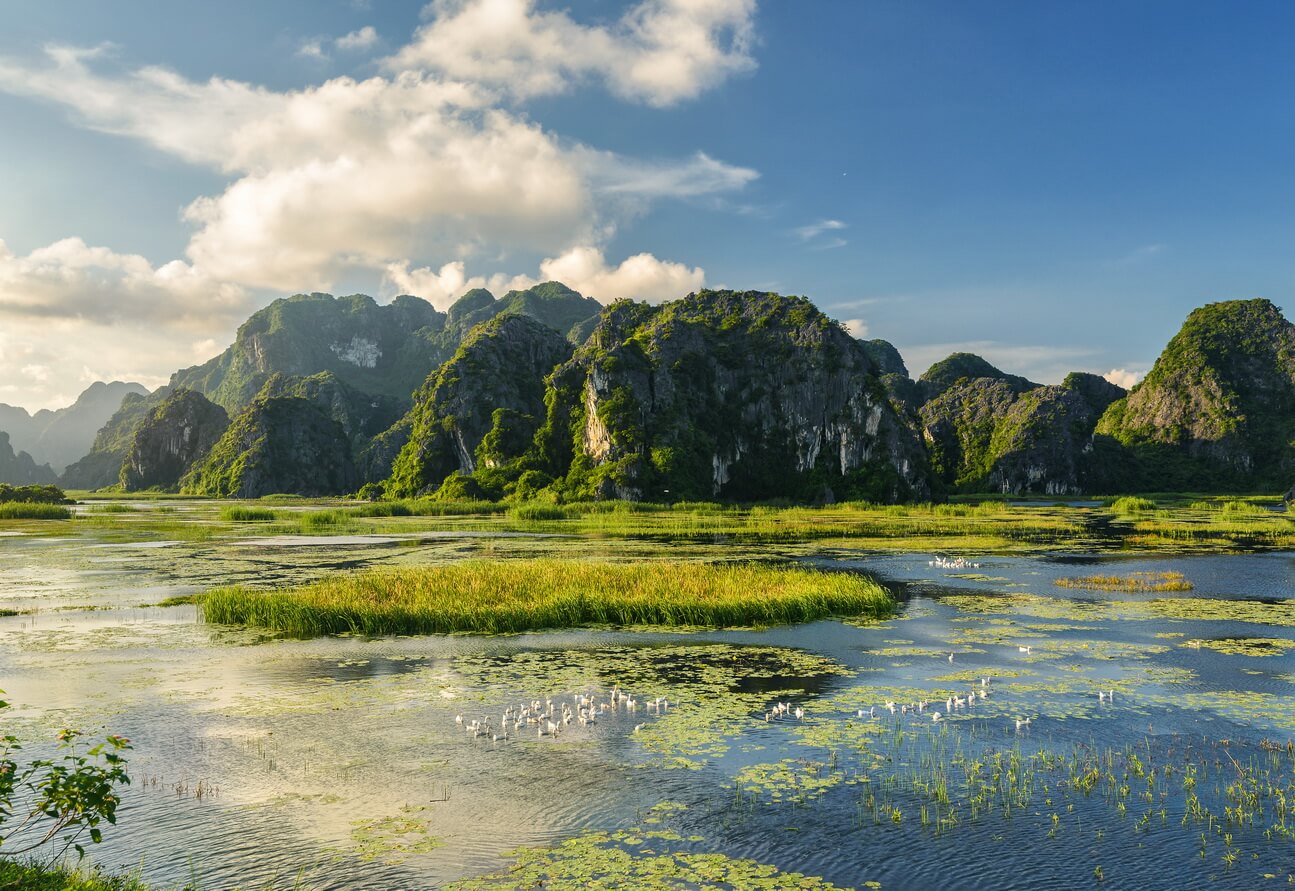 Van Long Wetland Nature Reserve
Van Long Wetland Nature Reserve -
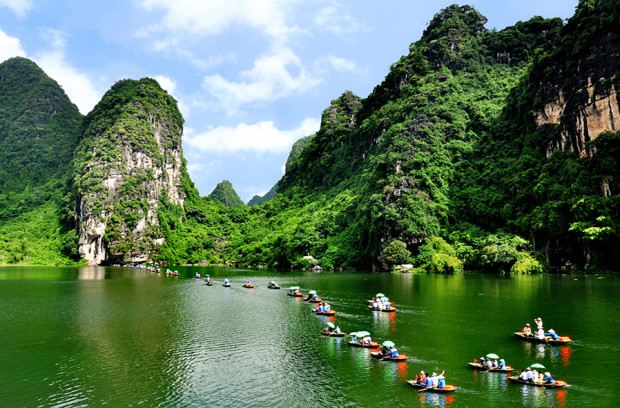 Thung Nham Bird Garden
Thung Nham Bird Garden -
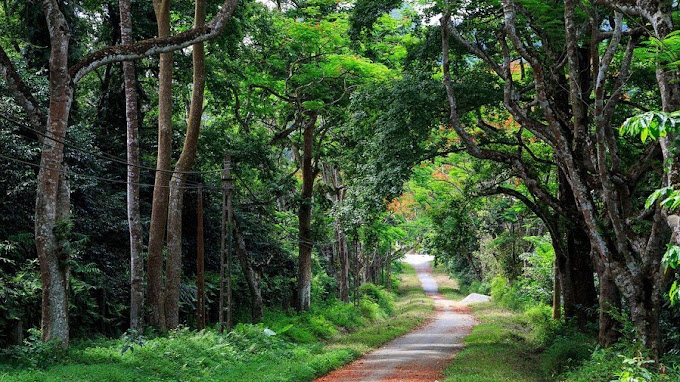 Cuc Phuong National Park
Cuc Phuong National Park
-
 Chau Son Garden Resort Ninh Binh
Chau Son Garden Resort Ninh Binh -
 Yen Nhi Ninh Binh
Yen Nhi Ninh Binh -
 Wyndham Grand Vedana Ninh Binh
Wyndham Grand Vedana Ninh Binh -
 Ninh Binh Legend
Ninh Binh Legend -
 Hidden Charm Ninh Binh
Hidden Charm Ninh Binh -
 Emeralda Resort Ninh Binh
Emeralda Resort Ninh Binh
Bac Kan
Bac Ninh
Mentioning Bac Ninh inevitably brings up the Lim festival. This is not merely a festival but also a convergence of the essence of this Kinh Bac region with the melodies of Quan Ho folk songs. The Lim festival takes place from the 13th to the 15th of January. Alongside solemn rituals, the festival embodies the rich folk culture through Quan Ho singing, traditional games, and more. Apart from Lim festival, Bac Ninh is also renowned for being the homeland of numerous traditional festivals, with around 500 festivals large and small held annually.
-
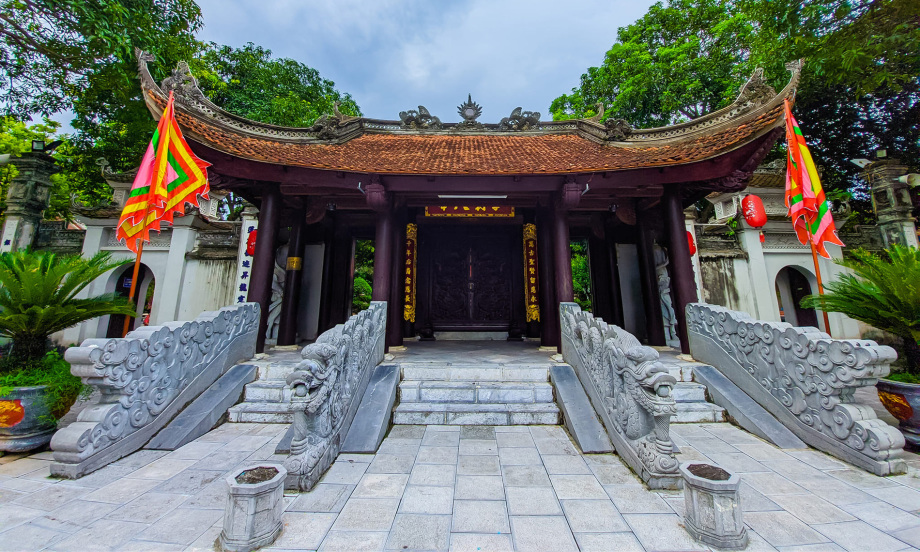 Do Temple
Do Temple -
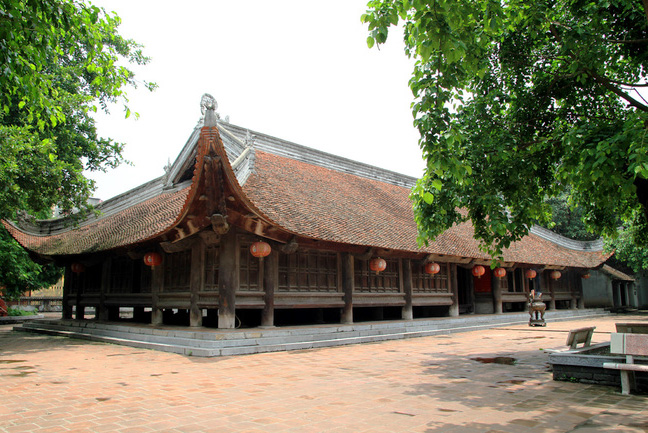 Dinh Bang village communal house
Dinh Bang village communal house -
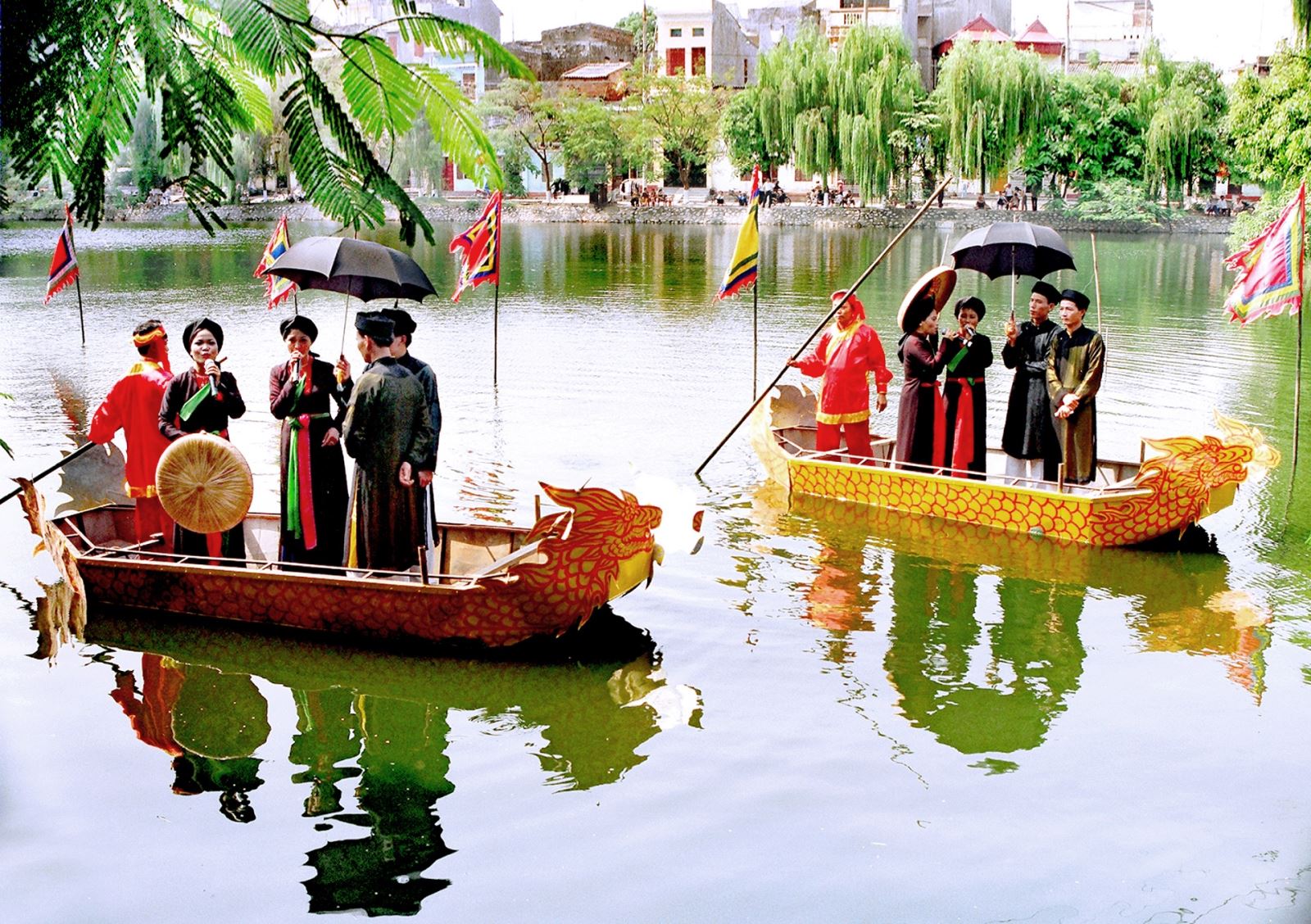 Lim Festival
Lim Festival -
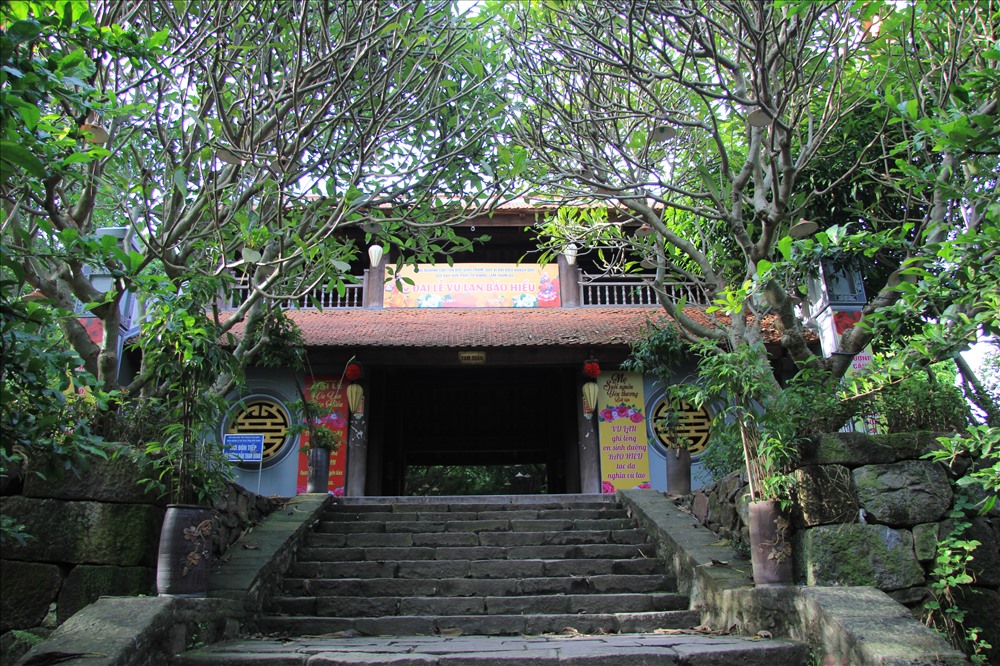 Phat Tich Temple
Phat Tich Temple -
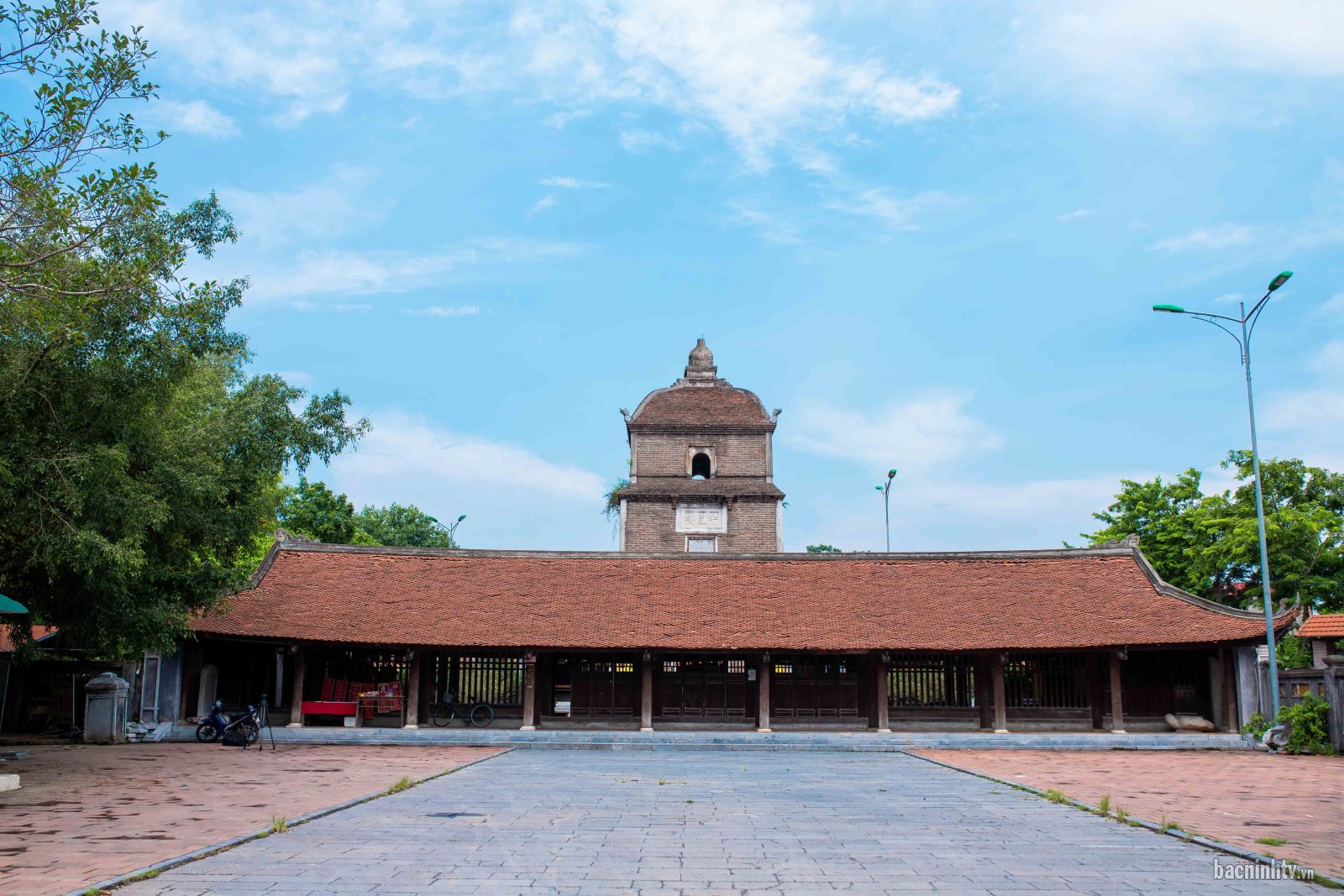 Dau Pagoda
Dau Pagoda -
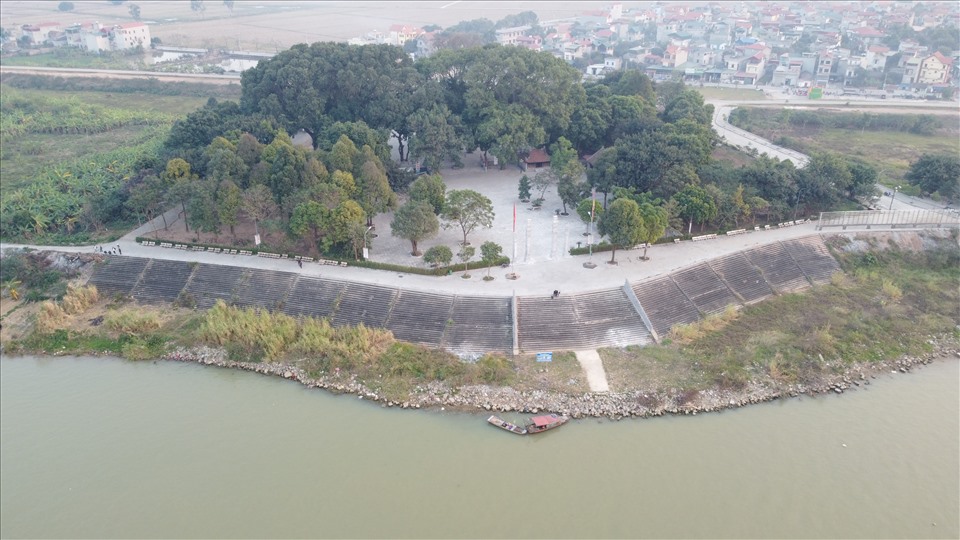 Kinh Duong Vuong Temple
Kinh Duong Vuong Temple
Cao Bang
Cao Bang has more than 200 relics, of which 98 have been ranked, 3 special national relics (Pac Bo, Tran Hung Dao forest, 1950 Border Victory site), 2 national treasures, 70 provincial-level relics, more than 2,000 unique tangible and intangible cultural heritages. Cao Bang also has Then Tay and Nung rituals, which are registered on the list of representative intangible cultural heritage of humanity. In 2018, Non Nuoc Cao Bang Geopark was recognized by UNESCO as a Global Geopark. Nearly 300 km from Hanoi Noi Bai International Airport and about 6 hours by car, Cao Bang is considered an ideal destination for tourists. Leaving the noisy, stuffy big city, travelers seek to enjoy the peaceful, fresh atmosphere, explore the local culture and immerse themselves in the green of mountains, rivers and trees. Enjoy unique ethnic cuisine and products
-
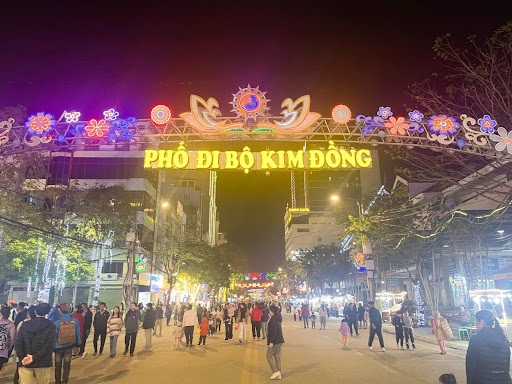 Kim Dong Walk Street
Kim Dong Walk Street -
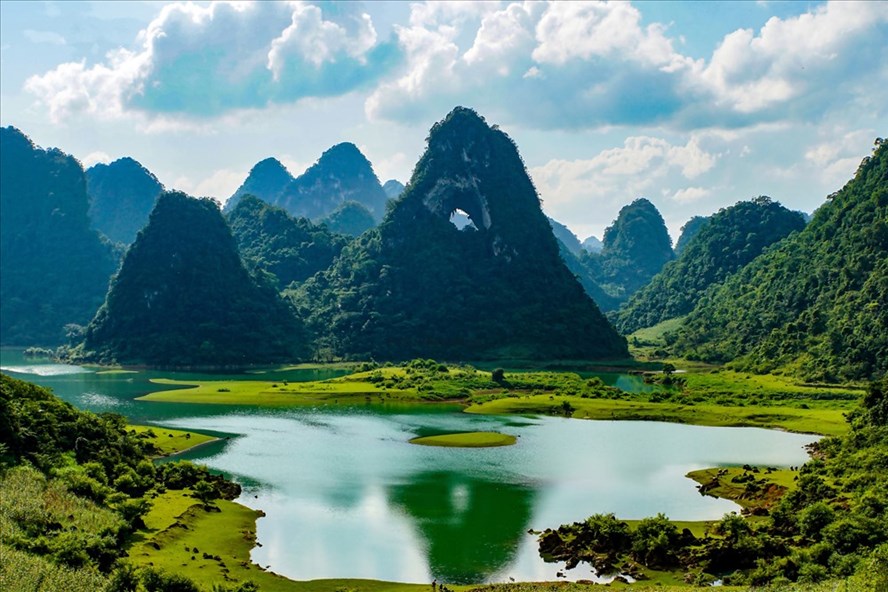 Magic Eye Mountain
Magic Eye Mountain -
 Khuoi Ky ancient stone village
Khuoi Ky ancient stone village -
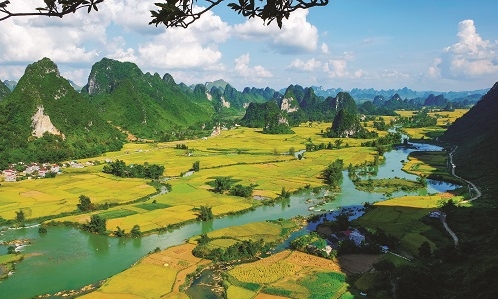 Quay Son River
Quay Son River -
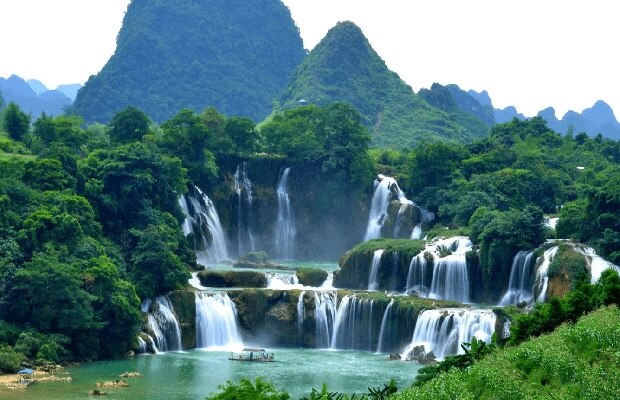 Ban Gioc Waterfall
Ban Gioc Waterfall -
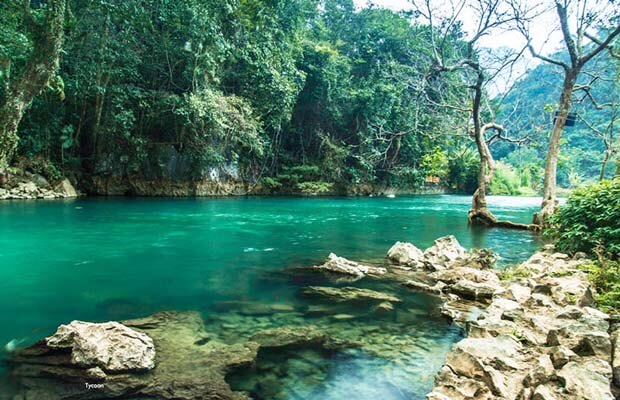 Pac Po Relic
Pac Po Relic
Dien Bien
Travel in this region offers the best opportunity to meet and greet people of ethnic-minority hilltribe groups, from the timid White Thai to the gregarious Hmong.
Dien Bien possesses charming natural scenery such as Pa Khoang Reservoir, Tham Bang Cave, Ban Phu Citadel, Museum of Dien Bien Phu Victory. Dien Bien are also proud of many historic sites: Noong Nhai Vestige, Muong Phang Forest, especially, Dien Bien Phu Vestige with a global well-known victory in 1954.
Traveling from Hanoi to Dien Bien Phu, it takes 1 hour by plane. But by road, travelers go over kilometers of mountainous road and cross Pha Din Pass. The stretch of road goes uphill and downhill alternately with many sharp bends. It is a memorable event for everybody in this superb mountain.
Ha Giang
The Dong Van Karst Plateau is a vast karst plateau spanning four districts: Quan Ba, Yen Minh, Dong Van, and Meo Vac. The Dong Van Karst Plateau has been officially recognized by UNESCO as a Global Geopark. The Lung Cu Flagpole is located at the peak of Lung Cu, approximately 1,700 meters above sea level, in Lung Cu commune, Dong Van district, Hà Giang province. To conquer the Lung Cu Flagpole, visitors must climb 140 impressive spiral staircase steps. The Quan Ba Heaven's Gate, at an altitude of about 1,500 meters above sea level, is the first gateway to the Dong Van Plateau. In 1939, a wooden gate with a thickness of 150cm was erected at the Heaven's Gate. Once past this wooden gate was another "world", also known as the "Autonomous Region of the H'Mong People," consisting of districts such as Quan Ba, Meo Vac, Yen Minh, and Dong Van. Ma Pi Leng, named after the Hmong word meaning "horse's nose," actually translates, according to some local H'Mong people, to Ma Pi Leng, meaning "cat's nose." The gentle Nho Que River flows with its clear blue water, likened to a river nymph donning a shimmering dress, wandering and exploring new lands. It would be wonderful to journey along the river, cross through Tu San Gorge, and marvel at the pristine gift bestowed upon Ha Giang by Mother Nature. Tourism in Ha Giang takes on various forms. If you are from the Central and Southern regions, your transportation options include flying to Noi Bai Airport and then traveling by car along National Highway 2. Alternatively, you can also travel to Hà Giang by motorcycle or private car. These modes of transportation will allow you to experience the winding mountain roads and majestic natural landscapes of the Dong Van Plateau.
-
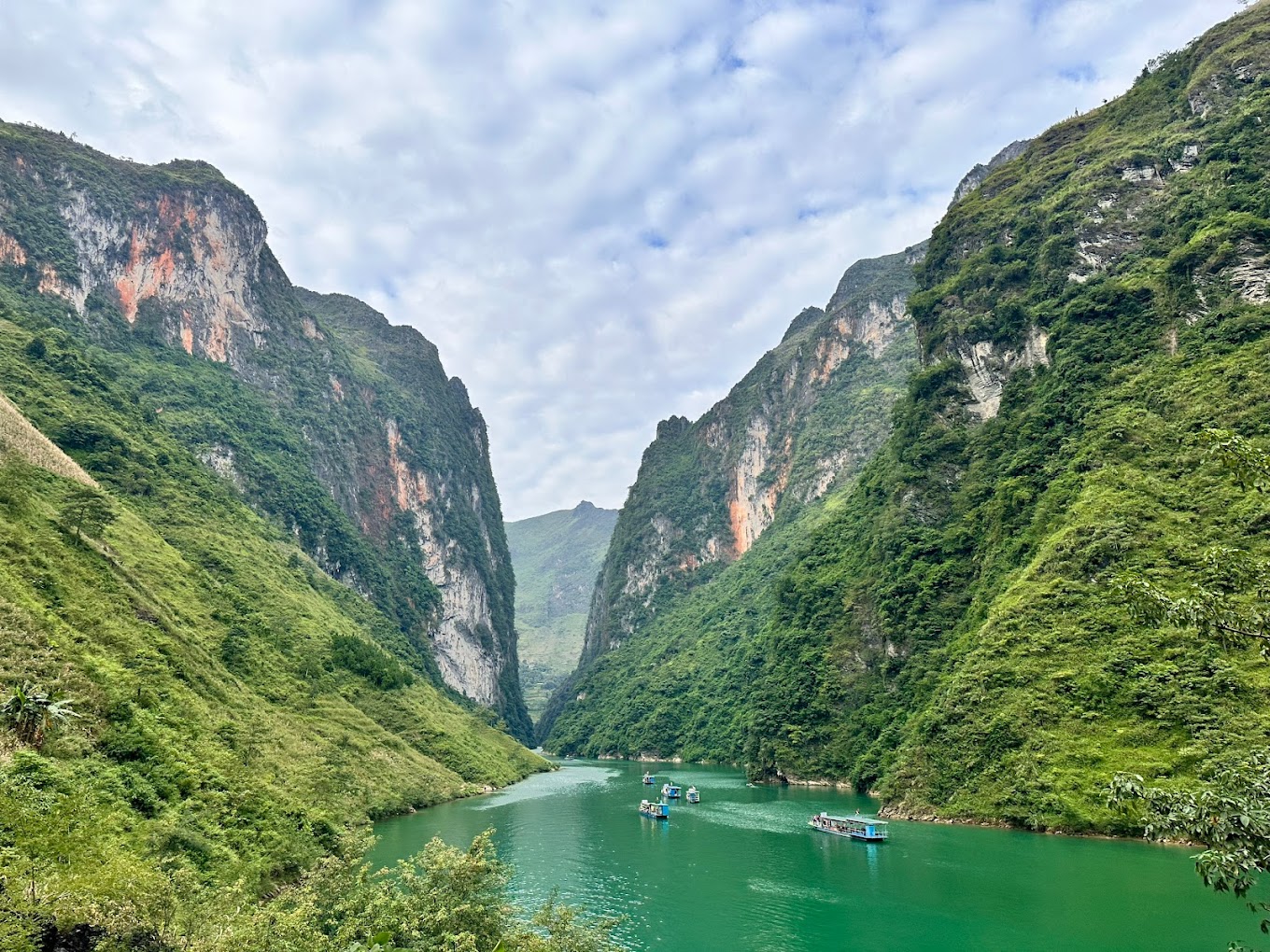 Nho Que River & Tu San Alley
Nho Que River & Tu San Alley -
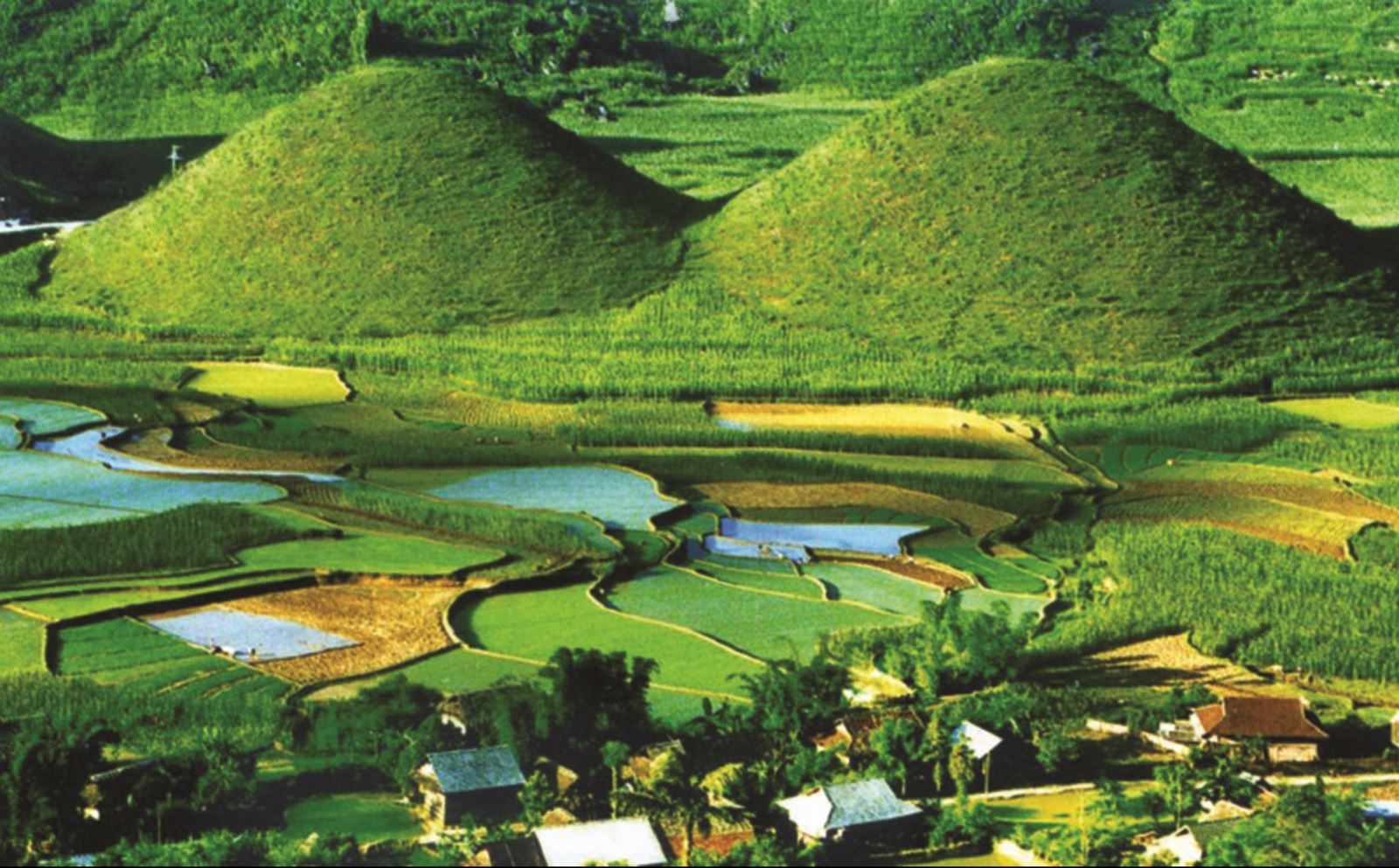 Twin Mountains and Quan Ba
Twin Mountains and Quan Ba -
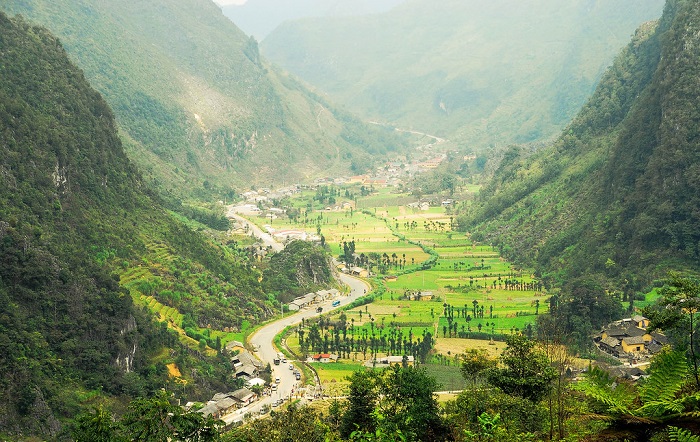 Sung La Valley
Sung La Valley -
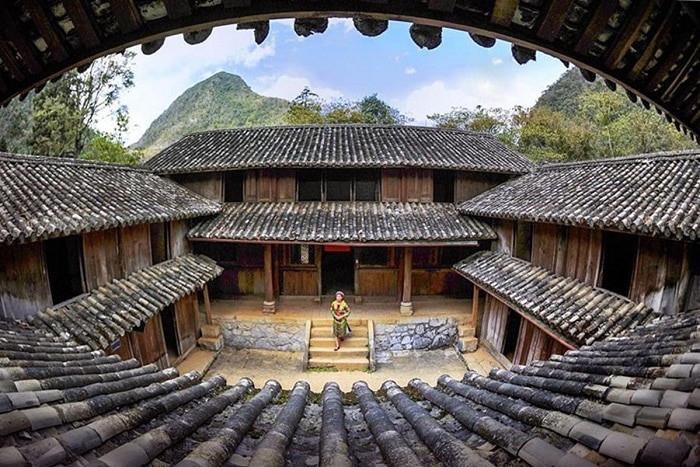 Mong King Palace
Mong King Palace -
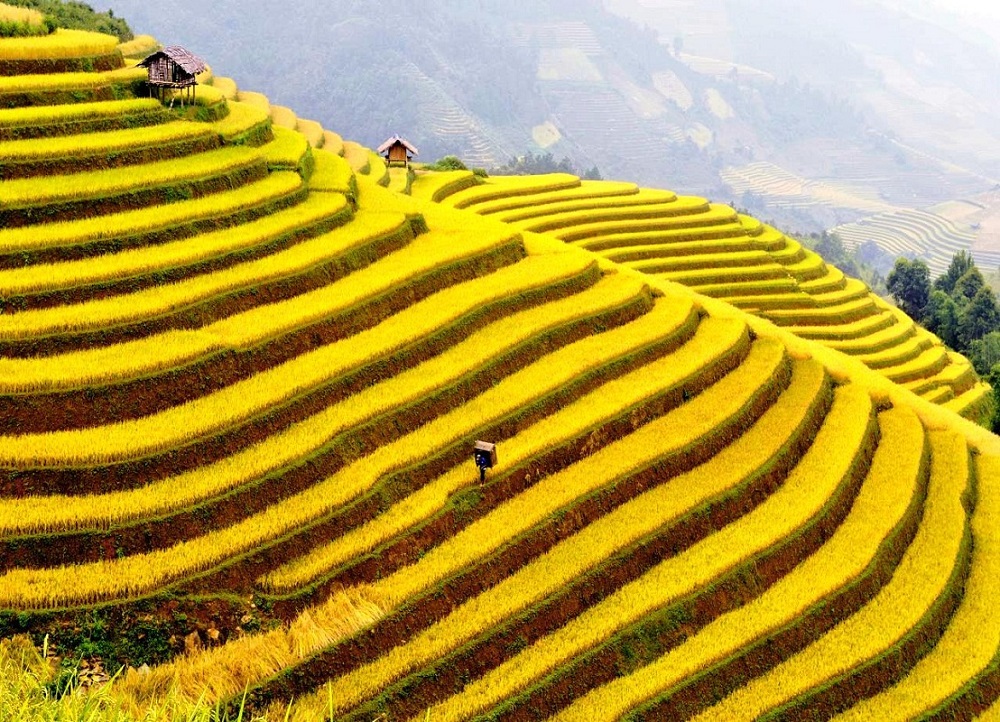 Hoang Su Phi rice terraced fields
Hoang Su Phi rice terraced fields -
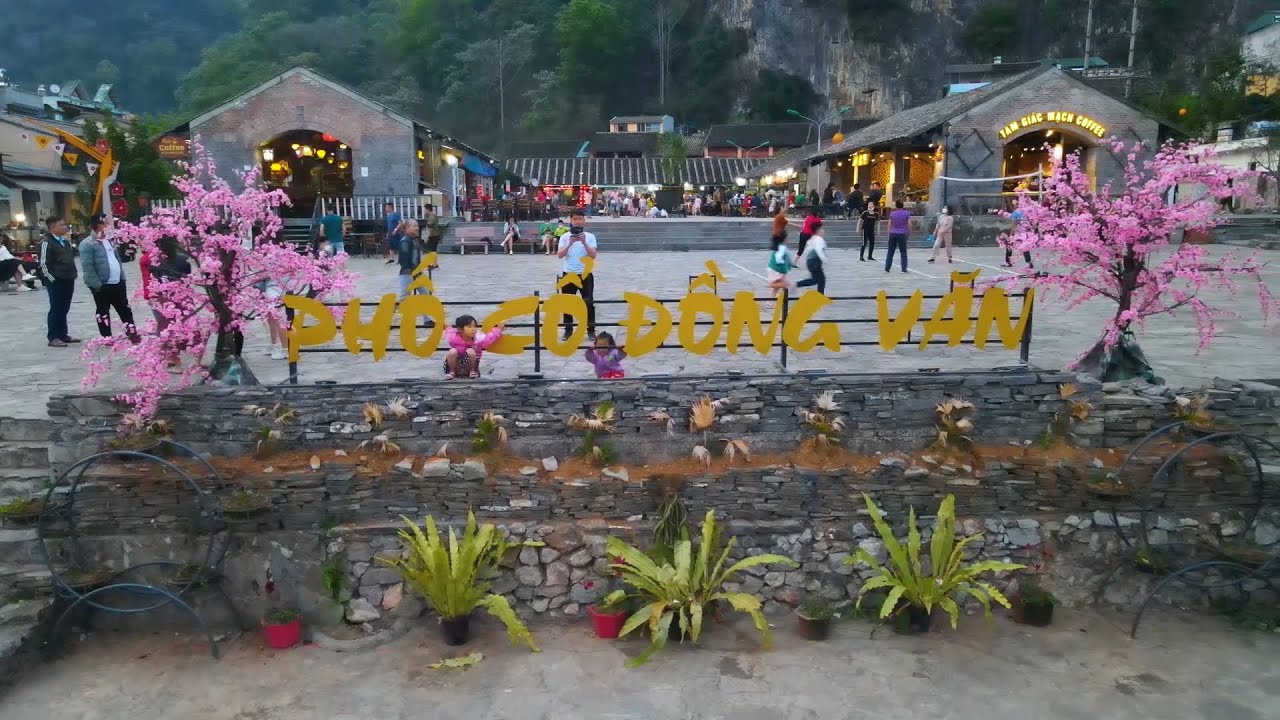 Dong Van Old Street
Dong Van Old Street
Ha Nam
Lang Son
Nam Dinh
-
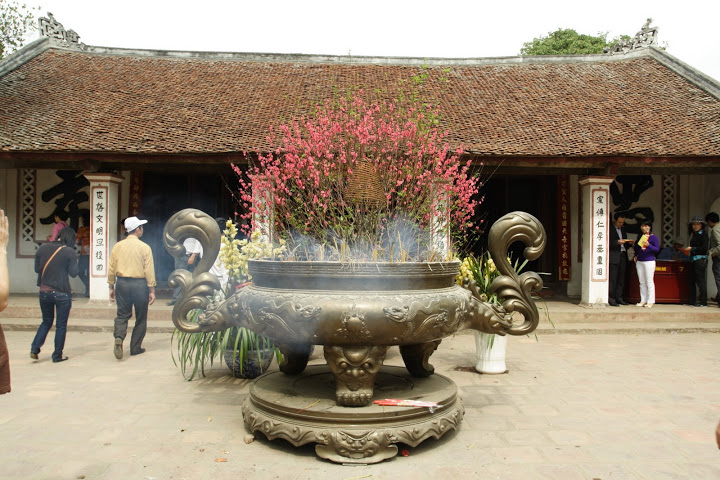 Tran Temple
Tran Temple -
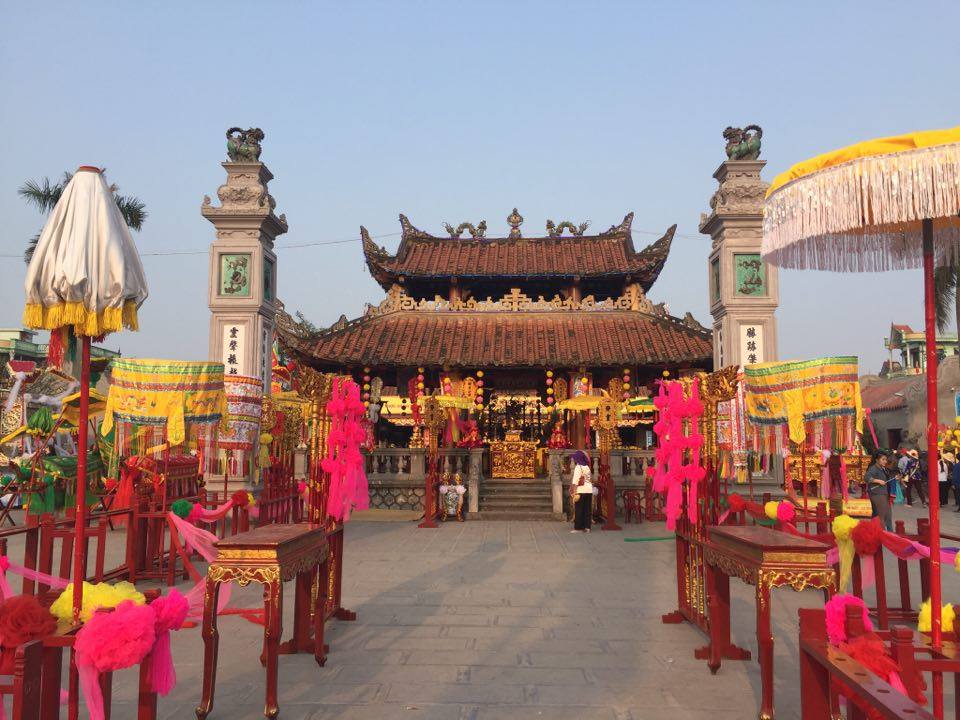 Phu Day Cultural Historical Relic
Phu Day Cultural Historical Relic -
 Bao Loc Temple
Bao Loc Temple -
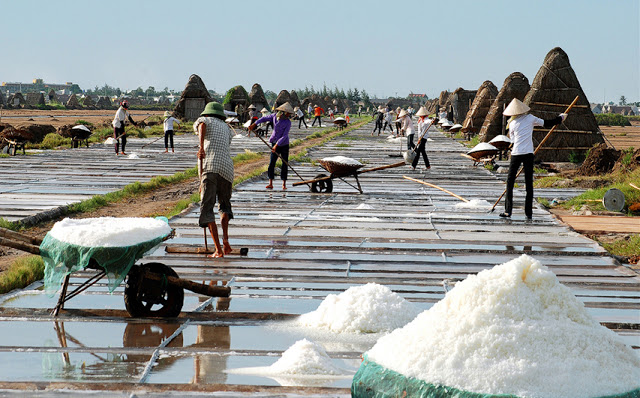 Bach Long Salt fields
Bach Long Salt fields -
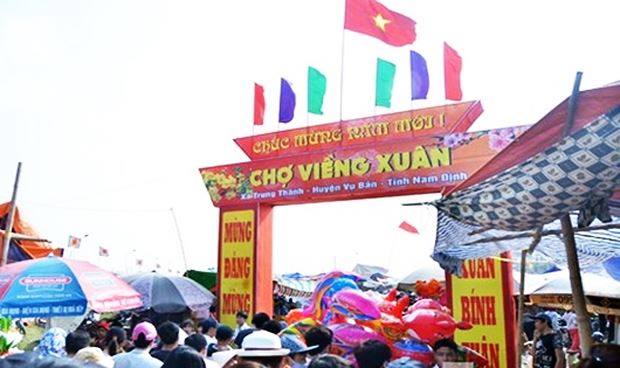 Vieng market
Vieng market -
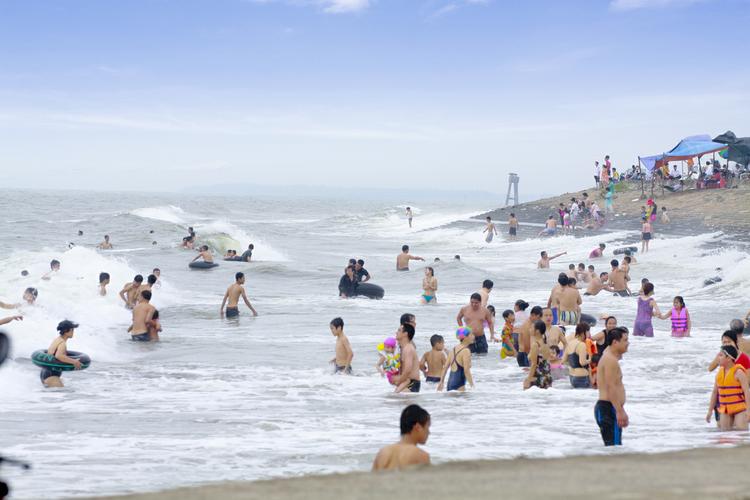 Quat Lam Beach
Quat Lam Beach
Bac Giang
Bac Giang Province, Lao Cai, Bac Kan, Cao Bang, Ha Giang, Lang Son, Phu Tho, Quang Ninh, Thai Nguyen, Tuyen Quang and Yen Bai of the Dong Bac (Northeastern Region) are part of the 59 administrative provinces and 5 municipaltites in Vietnam.
Bac Giang history is traced to the Hung Kings who established the Van Lang nation, then followed in succession the rule of the La Dynasty and the Nguyen Dynasty. It was the prefecture of Da Phuc during the time of Emperor Tu Duc, Vietnam’s last independent monarch. However, the modern province of Bac Giang was founded in 1895.
The province lies in the Red River Delta and borders Quang Ninh to the east, Lang Sơn to the north, Thai Nguyên and the urban district of Soc Sơn in the capital Hanoi to the west, and Bac Ninh and Hai Dương to the south.
Industrial development has been planned intensively in this predominantly agararian province and as result there is discernible improvements in its economic conditions.
The province has many places of interest to visit such as the Xuong Giang Ancient Citadel, Cam Son Lake, Duc La Pagoda, Tho Ha Communal House.
Bac Giang has many beautiful sites and vestiges such as Khe Ro Primitive Forest, Suoi Mo Site, Xuong Giang Ancient Citadel Other interesting sights as Cam Son Lake, Khuon Than Resort.
The province has cultural traditional festival of Kinh Bac people, as well as spring festivals of ethnic groups.
Hai Phong city
Tuyen Quang
Tuyen Quang is famous for the ancient relics of the Mac Dynasty Citadel located on the territory of group 7, Tan Quang ward, Tuyen Quang city. The citadel was built in 1592, during the Mac Dynasty and was repaired in the early Nguyen Dynasty (19th century). During the long years of resistance against the French colonialists, Tuyen Quang was the Capital of the Resistance, where people across the country "looked to Viet Bac and nurtured perseverance", including revolutionary relics such as: Lan Na Lua , Tan Trao Banyan Tree, Tan Trao Communal House, Hong Thai Communal House (Kim Chien Communal House),... associated with the history of the Vietnamese revolution. In particular, each ethnic group has a unique treasure of folk arts such as: The Tay ethnic group has Quan Lang singing (singing to bring the bride to her husband's house), Coi, Sli, Luon, Phong slu singing (singing the love response between men and women), Then singing, Put singing (religious ritual singing) and Then dances, Sinh Tien dances, Non dances, Sowing dances, Fan dances...; The Cao Lan ethnic group has Sinh Ca singing (singing the love response between men and women), Bird dances, Shrimp scoop dances, Lamp opening dances, Flag dances...; The Dao ethnic group has Pao Dung singing (reciprocating love song between men and women), harvest-praying dances, tortoise-catching dances, and Membrane dances; The San Diu ethnic group has the song Soong co (reciprocating love song between men and women); The Mong people have the Orphan song, the bride song, and the Khen dance. Each ethnic group has unique sets of musical instruments, expressing cultural identity and high musical level with the ability to inspire effectively, such as: Tinh lute, musical fruit of the Tay ethnic group; Khen, leaf trumpet, bamboo flute of the Mong people; percussion instruments of the Dao, Cao Lan,... Tourists from all over the country come to Tuyen Quang via Noi Bai international airport (Hanoi) then to Tuyen Quang via Noi Bai - Lao Cai highway (at the node intersection IC9) connecting Tuyen Quang - Phu Tho expressway only 2 hours drive, in addition you can follow national highway 2, national highway 2c, national highway 32c,... to get to Tuyen Quang.
-
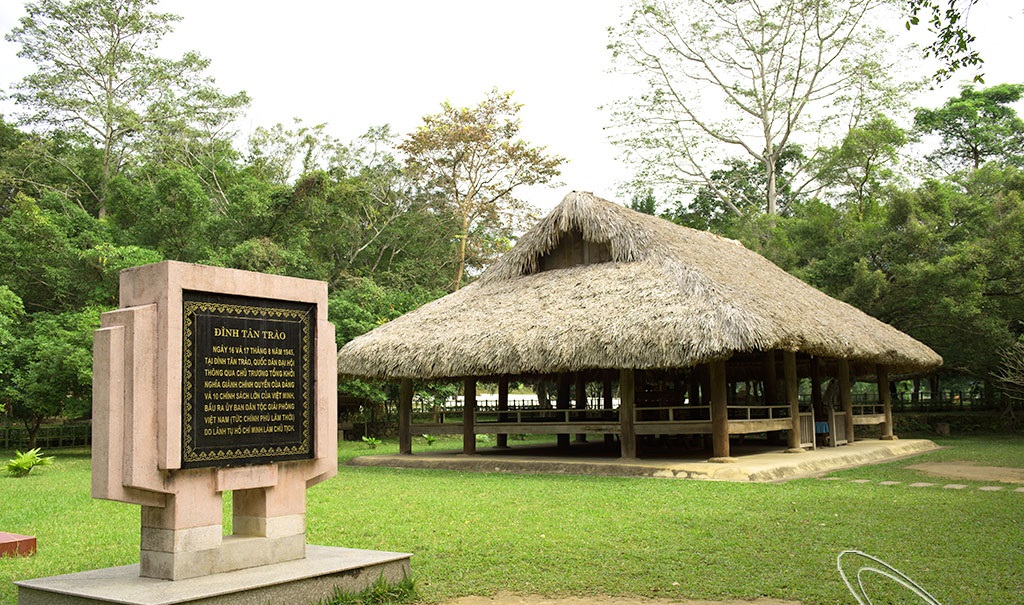 Tan Trao Tourist area
Tan Trao Tourist area -
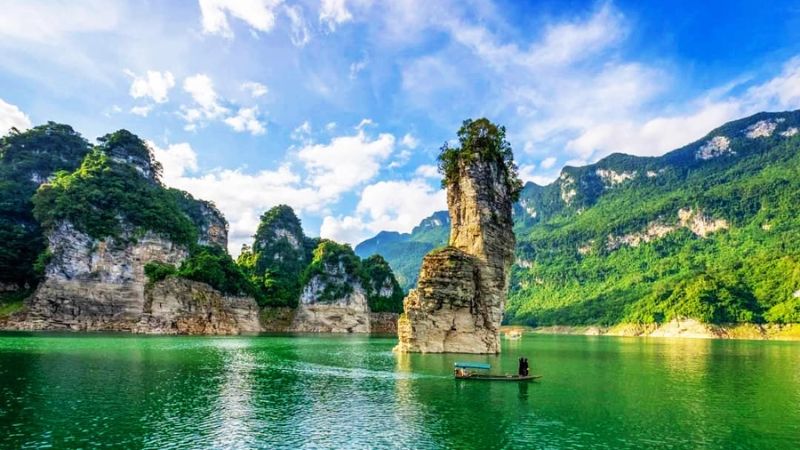 Na Hang Eco - Tourism area
Na Hang Eco - Tourism area -
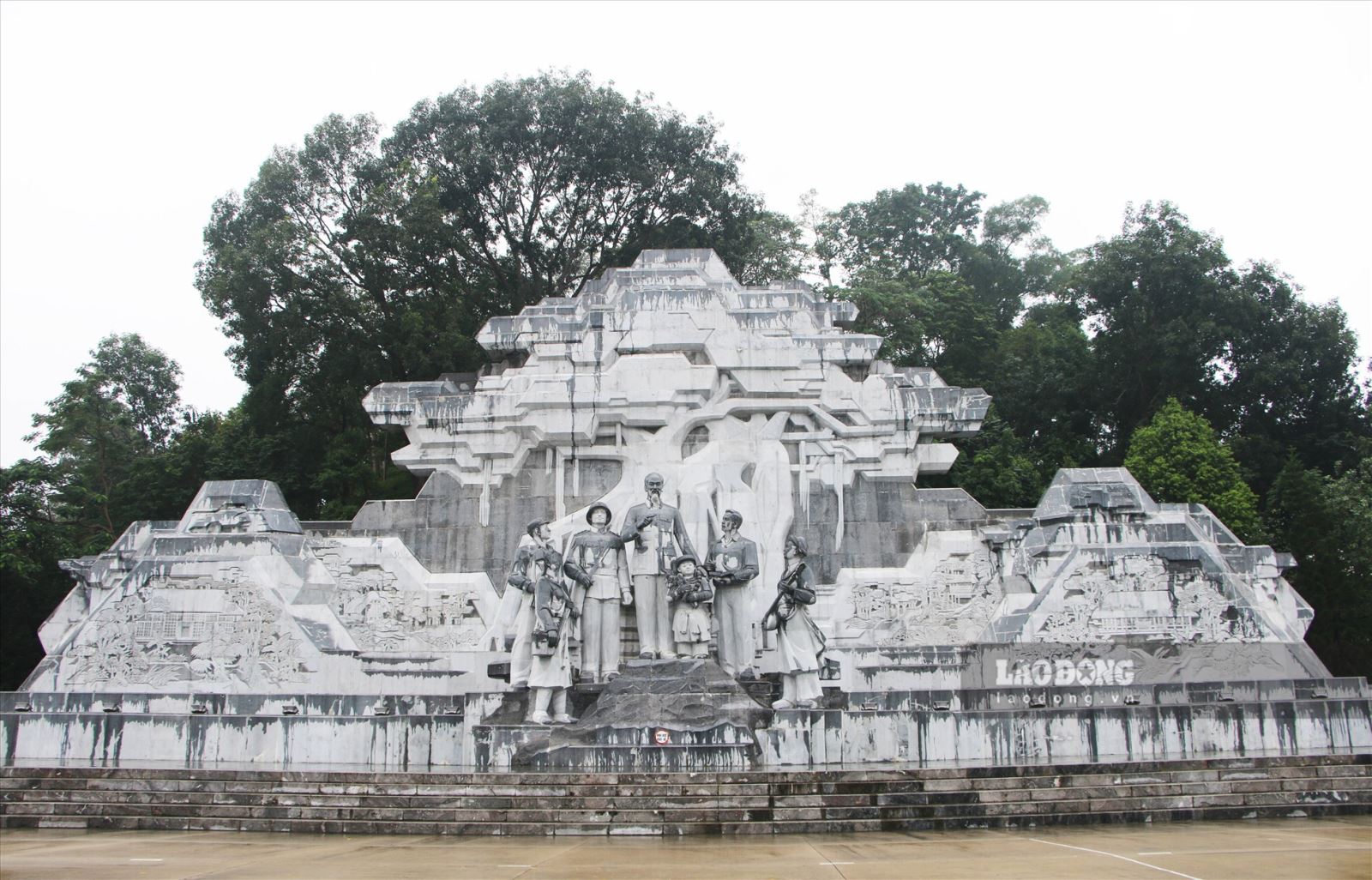 Nguyen Tat Thanh Square
Nguyen Tat Thanh Square -
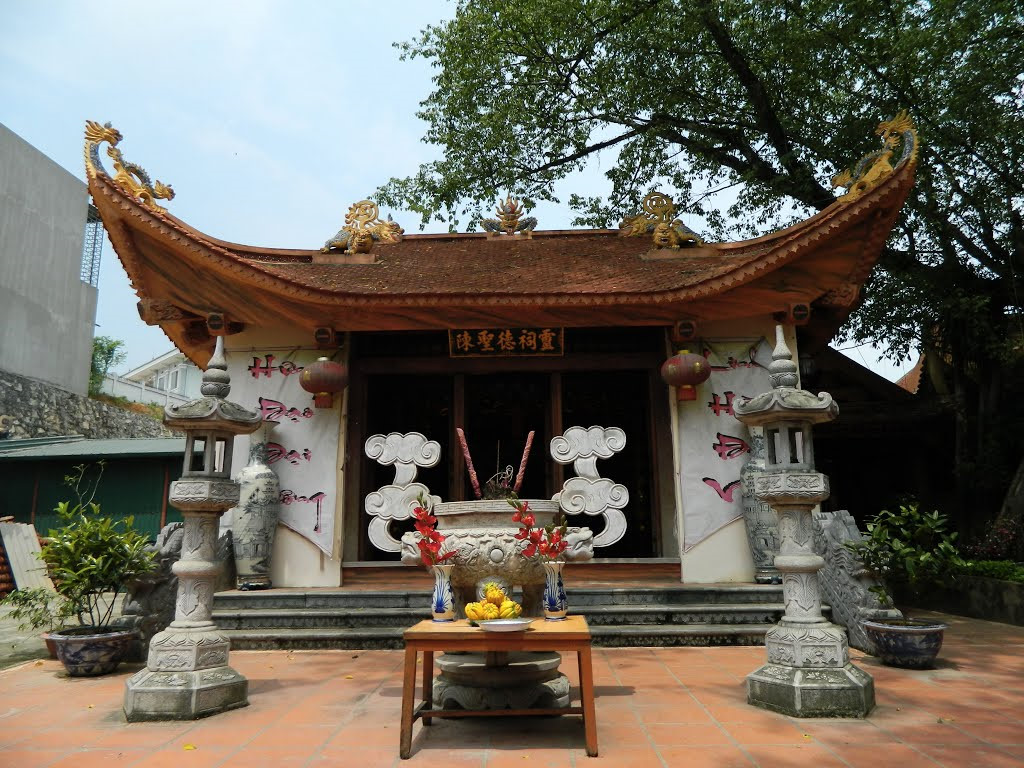 Canh Xanh Temple
Canh Xanh Temple -
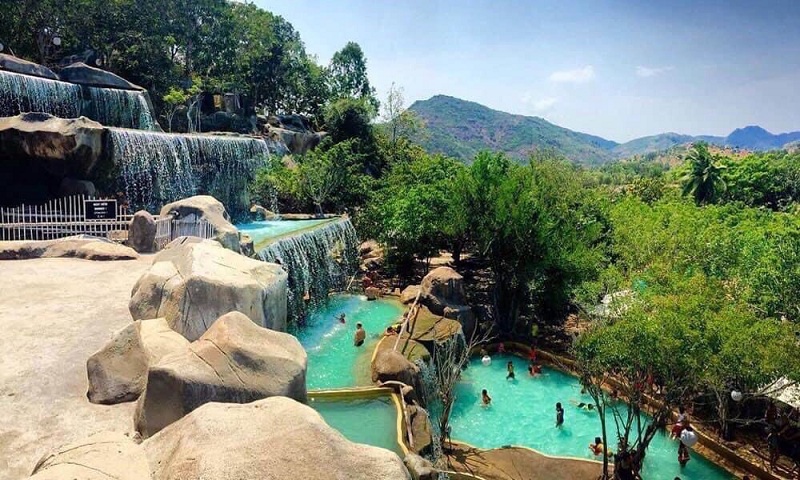 My Lam Hot Springs
My Lam Hot Springs
Phu Tho
Hung Temple - a place of worship for the Hung Kings has become a place to worship Ancestors, a gathering place and to demonstrate the strength and great solidarity of the Vietnamese people today. On this land, 1,372 historical and cultural relics are preserved, including 01 special national relic, 73 national relics, 219 provincial relics and hundreds of unique folk festivals such as temple festivals Hung, Mau Au Co temple festival, Tro Tram festival, Lady Girl procession festival, Hung Lo palanquin procession, Phet Hien Quan festival... along with Xoan and Gheo folk songs. Among them, Xoan singing has been recognized by UNESCO as an intangible cultural heritage in need of urgent protection; The belief in worshiping Hung Kings in Phu Tho is an intangible culture that represents humanity and is a source of invaluable cultural heritage imbued with the original cultural identity. You can get to Phu Tho by road with National Highway 2, Noi Bai - Lao Cai Highway, Ho Chi Minh Road, railway you can connect from Hanoi station.
Thai Nguyen
Yen Bai
-
 Garrya Mu Cang Chai
Garrya Mu Cang Chai -
Mu Cang Chai Ecolodge
-
 Thac Ba Paradise Islands
Thac Ba Paradise Islands -
 Le Champ Tu Le Resort Hotspring & Spa
Le Champ Tu Le Resort Hotspring & Spa
Lai Chau
Hoa Binh
Vinh Phuc
Thai Binh
Thanh Hoa
The culture and people of Thanh Hoa province play a crucial role in embellishing the diverse and rich tapestry of this region. Thanh Hoa's people are known for their strength, resilience, and ingenuity. They are deeply connected to the land, renowned for their diligence and meticulousness, while preserving the cultural traditions of the nation. Furthermore, Thanh Hoa's culinary culture is exceptional, featuring a variety of traditional dishes such as sour fermented pork, thorn leaf cake, noodle soup with shredded chicken, grilled fish cake, and many other specialties.
When mentioning tourism in Thanh Hoa, one must highlight famous attractions such as the Pu Luong eco-tourism area with its captivating pristine natural beauty, Sam Son Beach, one of Vietnam's most renowned beaches, Lam Kinh historical site – where historical relics of the early Le dynasty founded by King Le Loi are exhibited, Hang Ken with its fascinating and unique cave system, and many other enticing destinations awaiting exploration.
Hai Duong
Hung Yen
Along with the thousands of years of history of building and defending the country of our ancestors, Hung Yen has become a sacred land, the birthplace of many famous people and national heroes in the fields of economics, politics, and culture. society such as: Pham Bach Ho, Do The Dien, Pham Ngu Lao, Nguyen Trung Ngan, Le Nhu Ho, Doan Thi Diem, famous physicians Le Huu Trac, Nguyen Thien Thuat, Hoang Hoa Tham, To Hieu, General Secretary Nguyen Van Linh... Through the historical process, generations of ancient ancestors have left thousands of valuable relics on Hung Yen land, which are architectural works: communal houses, temples, pagodas, shrines, tombs... Many Famous historical and cultural relics such as Da Hoa temple, Da Trach temple associated with the legend of Chu Dong Tu - Princess Tien Dung is one of the "Four Immortals" of Vietnam, Phu Ung temple worships general Pham Ngu Lao, especially the Pho Hien relic complex, testifies to a prosperous period of Pho Hien - Hung Yen.
As a civilized province, Hung Yen still preserves thousands of valuable relics. Currently, there are a total of 1,802 relics in the province, including 03 special national-level relics and 175 national-level relics (the province ranks 3rd in the country in terms of number of relics). Nationally ranked), 271 provincially ranked relics, 7 national treasures. These are valuable assets, the core of the national cultural identity and the pride of the people of Hung Yen.
Ha Tinh
Ha Tinh is considered a land of extraordinary natural landscapes, strategically located along the coast of Central Vietnam, bordering the provinces of Quang Binh and Nghe An. With its diverse terrain featuring numerous bays, beaches, and pristine forests abundant in resources, this city possesses many captivating tourist attractions, making it a destination full of developmental potential in the near future.
Having endured a glorious period of resistance during wartime, the people here have managed to maintain an optimistic outlook on life, nurturing a love for their nation, homeland, and each other. Particularly noteworthy is the unique cultural fusion of various ethnic minority groups, creating a highly appealing humanistic value that is sure to captivate visitors.
If you ever have the chance to visit Ha Tinh, be sure to explore some of its famous tourist spots, such as:
- The beaches of Thien Cam, Xuan Thanh, and Ky Xuan, boasting crystal-clear waters and gentle waves, perfect for swimming and enjoying the natural seaside atmosphere.
- Historical and spiritual landmarks such as Huong Tich Pagoda, Dong Loc T-junction, and Hong Linh Mountain, ideal destinations for those interested in discovering the distinctive spiritual culture of the region.
- For nature enthusiasts, a visit to Vu Quang National Park, Ky Trung Tea Hill, or the ecological tourism area of Ho Trai Tieu is a must to experience the untouched wilderness and natural beauty of Ha Tinh.
-
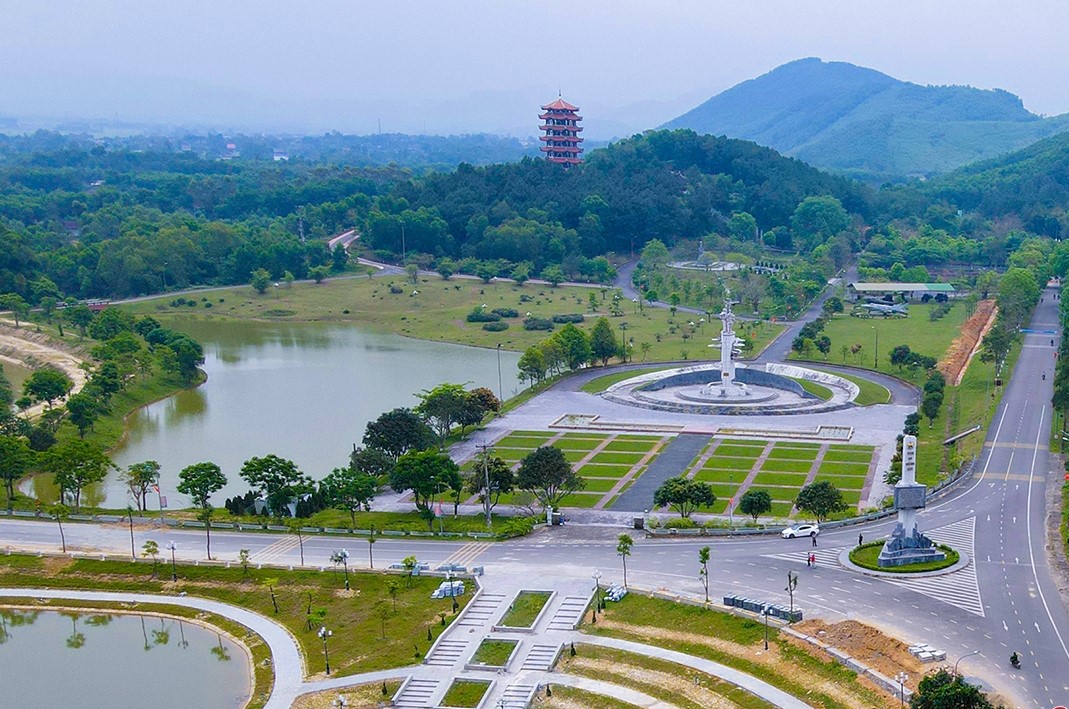 Dong Loc Junction Historical Relic Site
Dong Loc Junction Historical Relic Site -
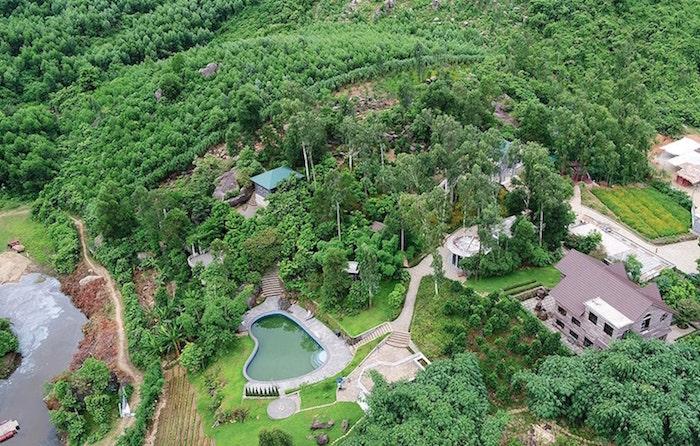 Duc Truong Garden House Eco-tourism area
Duc Truong Garden House Eco-tourism area -
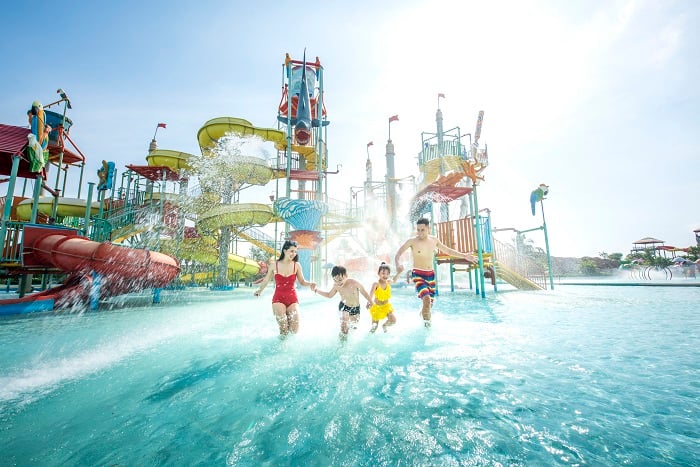 Vinpearl Water Park
Vinpearl Water Park -
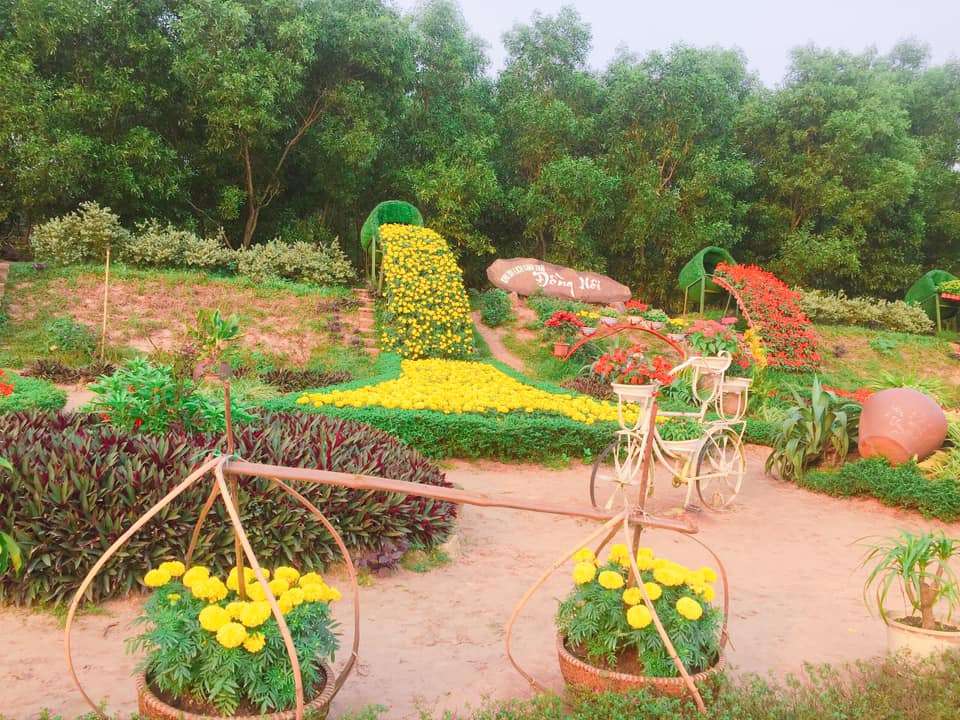 Dong Noi Tourist area
Dong Noi Tourist area
Nghe An
Especially when visiting Nghệ An, you will notice the unique blend and combination of various cultures, as it is home to many ethnic communities, each with its own distinctive characteristics. The people here are diligent, meticulous, and carry on the patriotic traditions of their ancestors, instilling a deep sense of national pride. Here, you can enjoy various traditional songs and unique cultural performances during festivals and celebrations.
Nghe An city also preserves many scenic attractions such as Cua Lo Beach, Cua Hoi Beach, Nghi Thiet Beach, Bai Lu,... with cool blue waves every summer; Kim Lien historical site, where memories of President Ho Chi Minh's homeland are kept; Cua Dong Temple - a symbol of the culture and history of this land, with classical architecture and lush landscapes; or Hon Moc - Xuong Noc - a small archipelago belonging to Huong Son commune, Huong Khe district, famous for its pristine beauty, white sandy beaches, and diverse ecosystems. These tourist destinations are just a small part of the list of attractive destinations in Nghệ An, with its natural beauty and rich cultural heritage. Let's explore many other fascinating destinations in this region with Timtour!
-
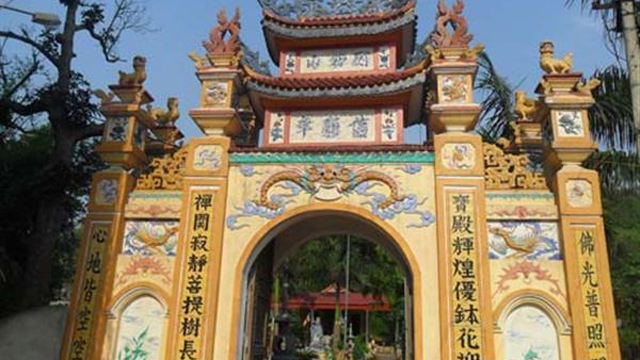 Lo Son Pagoda
Lo Son Pagoda -
 Ong Hoang Muoi Temple
Ong Hoang Muoi Temple -
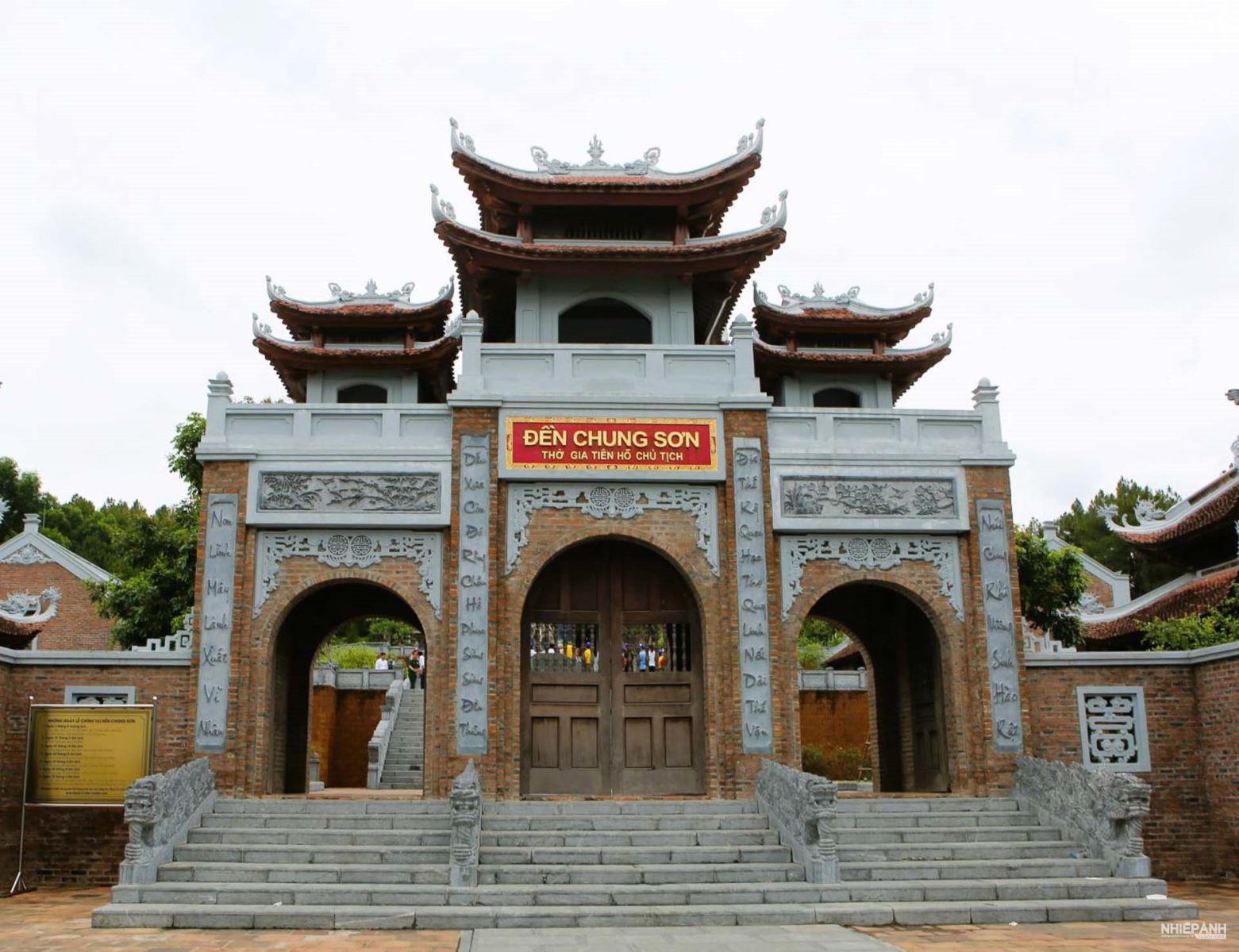 Chung Son Temple
Chung Son Temple -
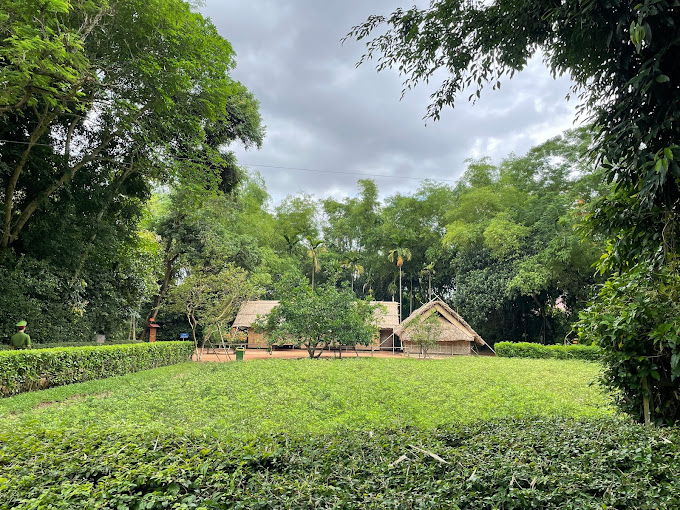 Sen Village
Sen Village -
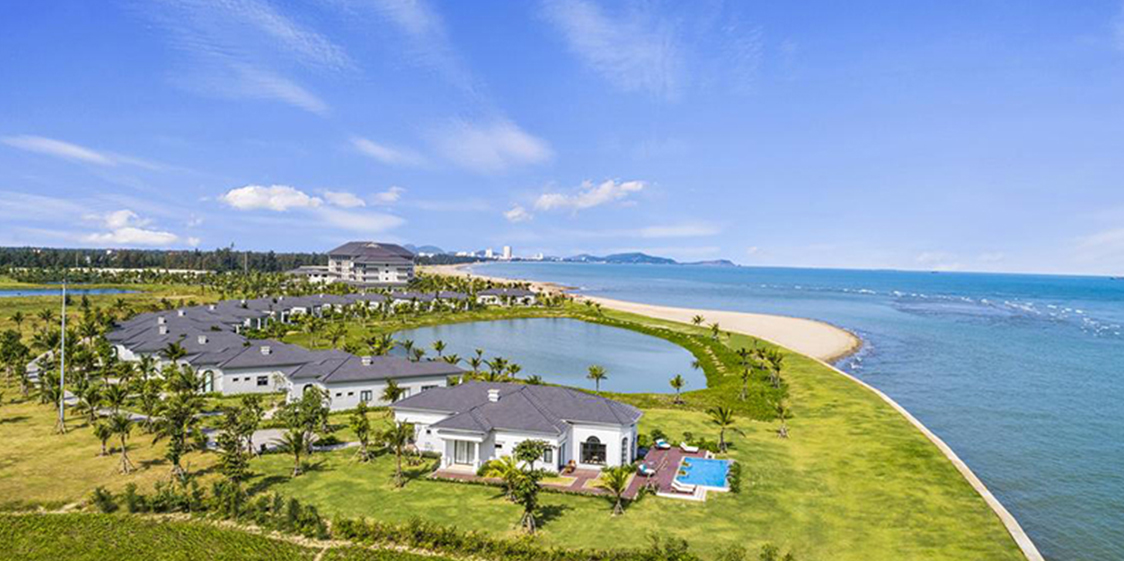 Cua Hoi Beach
Cua Hoi Beach -
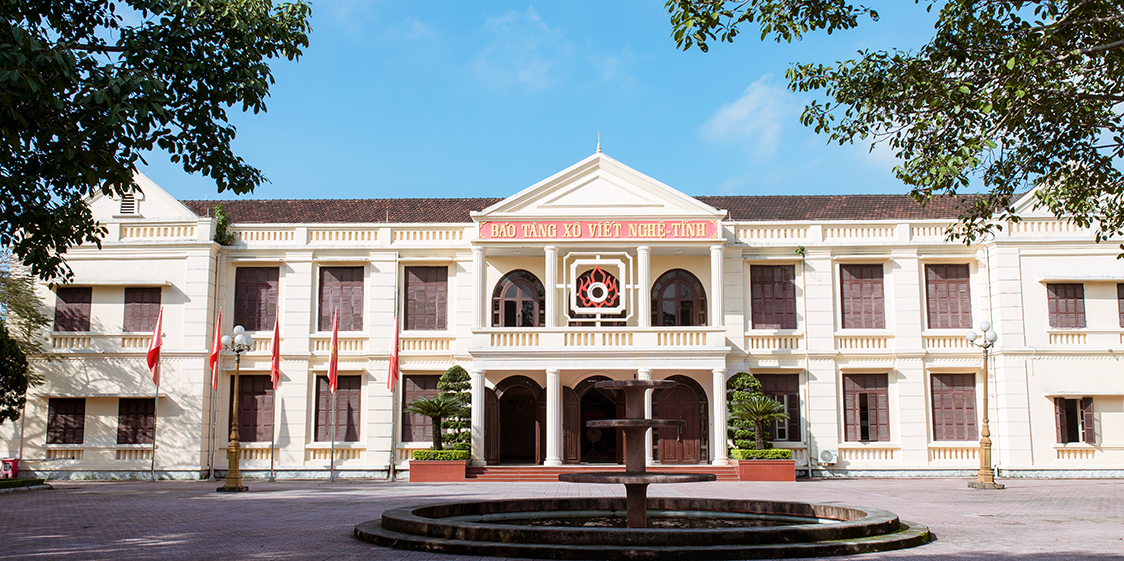 Xo Viet Nghe Tinh Museum
Xo Viet Nghe Tinh Museum
Quang Binh
-
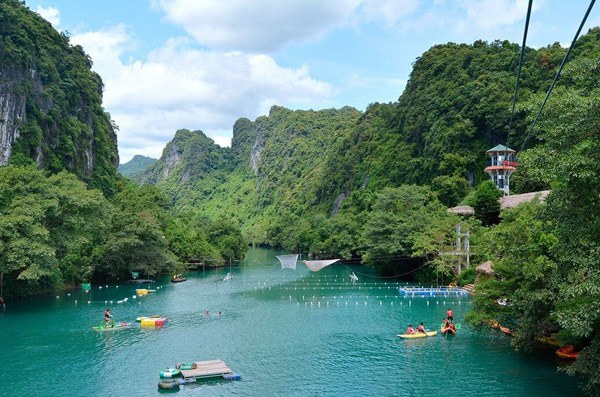 Chay River Dark Cave
Chay River Dark Cave -
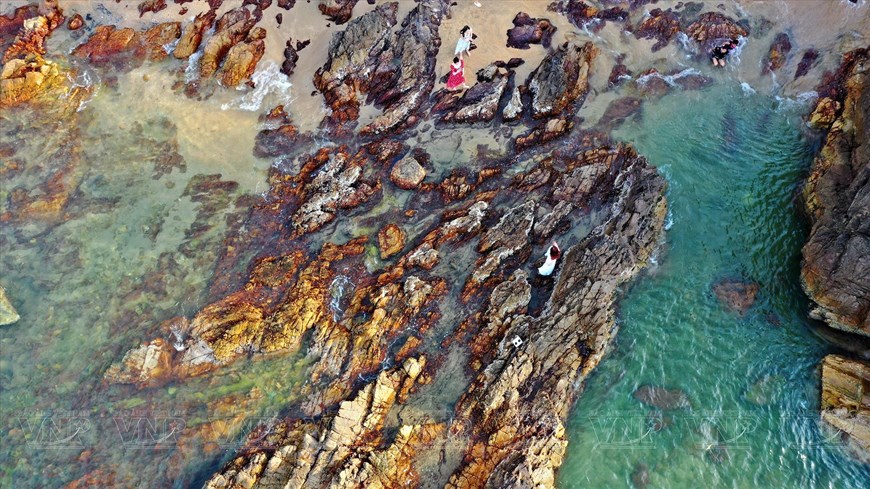 Da Nhay Beach
Da Nhay Beach -
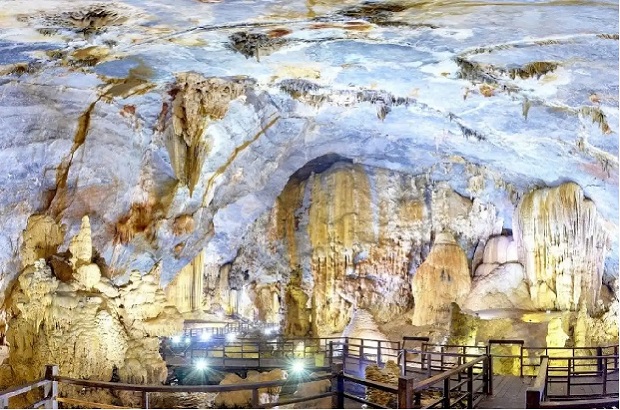 Thien Duong Cave
Thien Duong Cave -
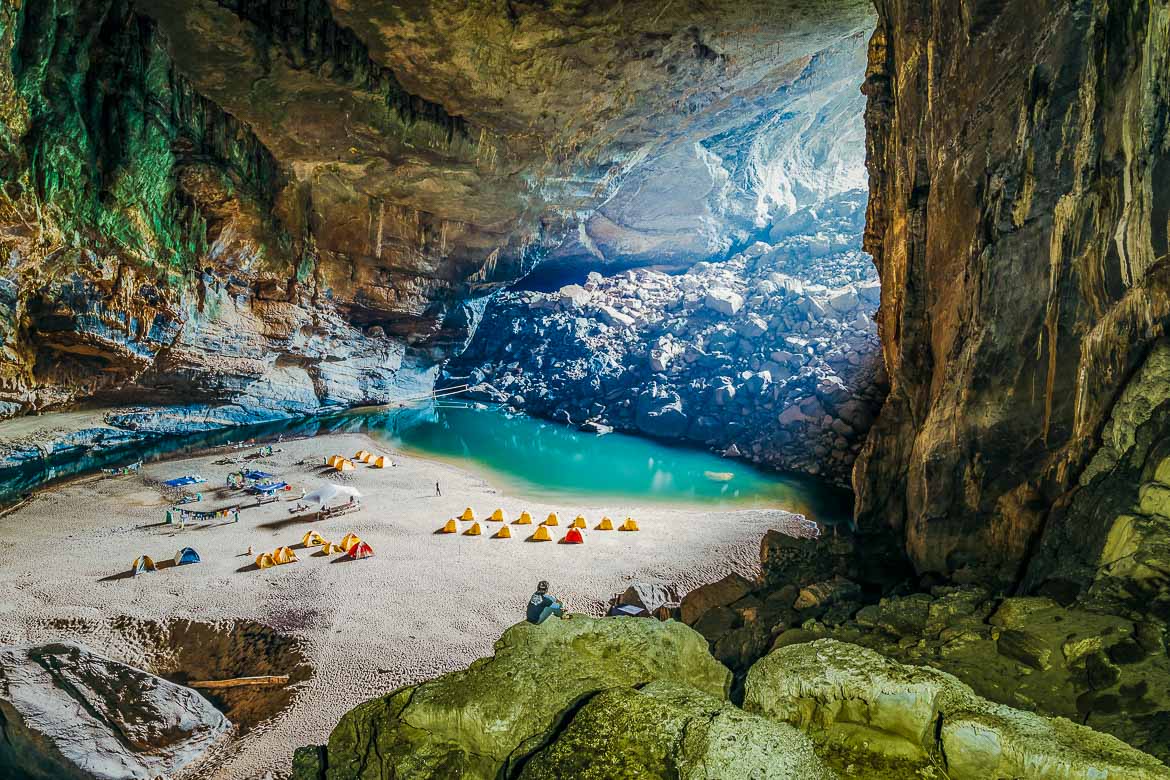 Hang En Cave
Hang En Cave -
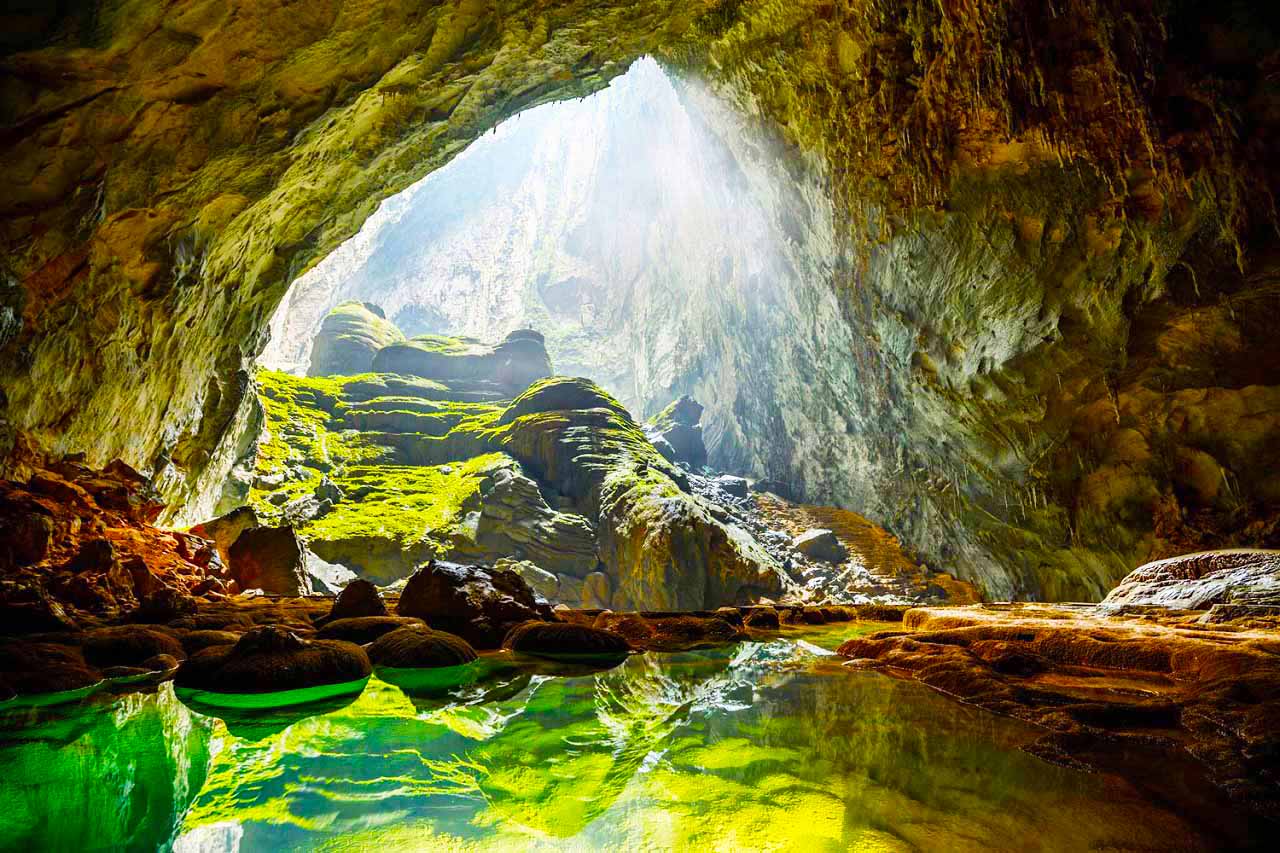 Phong Nha - Ke Bang Cave
Phong Nha - Ke Bang Cave -
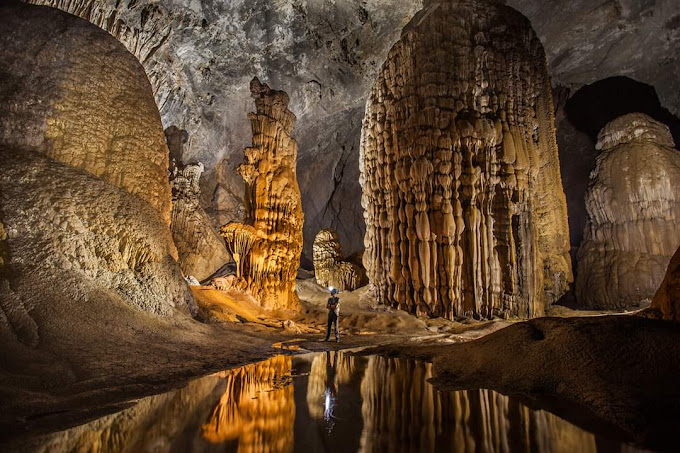 Son Doong cave
Son Doong cave
Quang Tri
Binh Dinh
Binh Thuan
The culture and people of Binh Thuan are an integral part of the beauty and allure of this region. Binh Thuan prides itself on being a melting pot of various cultures, from ancient Cham culture to contemporary Vietnamese culture, creating a diverse and rich tapestry. The people of Binh Thuan live close to the sea and mountains, reflected in their simple, sincere, and gentle way of life. They nurture a spirit of peace, hospitality, and care for the protection and development of their community. Binh Thuan's culinary culture is also remarkable, featuring flavorful seafood dishes such as grilled squid, spicy salt-grilled fish, and traditional Cham dishes.
Notable tourist destinations in Binh Thuan include Cam Ranh Bay with its long beaches and clear blue waters, Phan Thiet sand dunes with their beautiful white landscapes, and Mui Ne Fishing Village showcasing the daily lives of fishermen at sea. Binh Thuan, with its excellent combination of history, culture, and nature, is an ideal destination for those who love exploration and relaxation.
-
The Sailing Bay Beach Resort Mui Ne
-
Pandanus Phan Thiet
-
 Mui Ne Bay Resort
Mui Ne Bay Resort -
 Bamboo Village Resort & Spa Mui Ne
Bamboo Village Resort & Spa Mui Ne -
 The Cliff Resort & Residences
The Cliff Resort & Residences -
 Sea Links Beach Mui Ne
Sea Links Beach Mui Ne
Ninh Thuan
Phu Yen
-
 Phu Yen Everyday
Phu Yen Everyday -
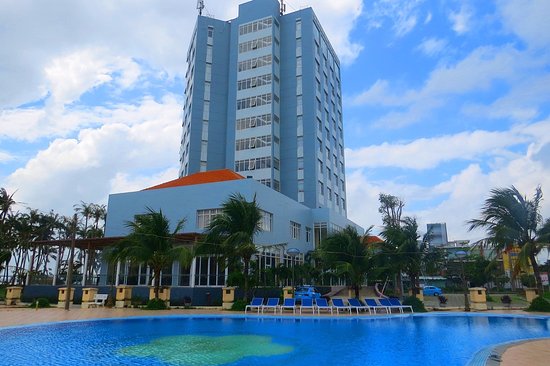 Sai Gon - Phu Yen
Sai Gon - Phu Yen -
 Sala Grand Tuy Hoa Hotel
Sala Grand Tuy Hoa Hotel -
 Sala Tuy Hoa Beach
Sala Tuy Hoa Beach -
 Kaya Phu Yen
Kaya Phu Yen -
Stelia Beach Resort Tuy Hoa
Quang Ngai
Kon Tum
-
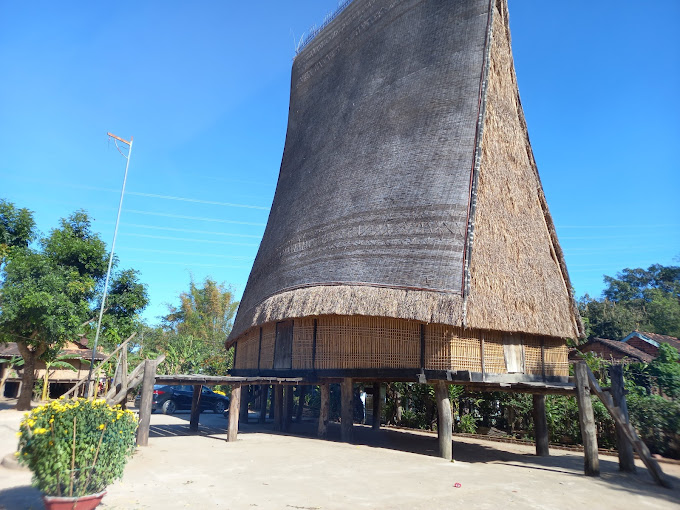 Kon Klor Communal House
Kon Klor Communal House -
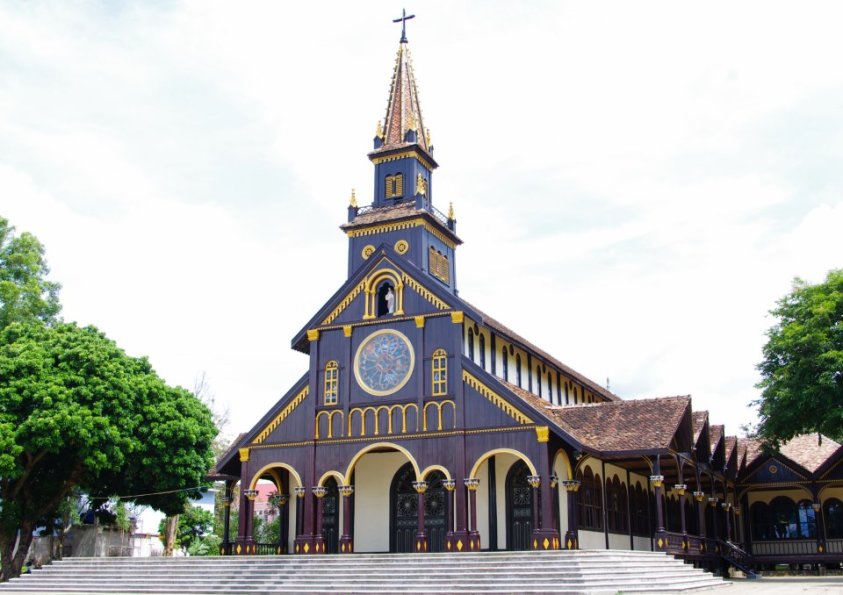 Wooden church
Wooden church -
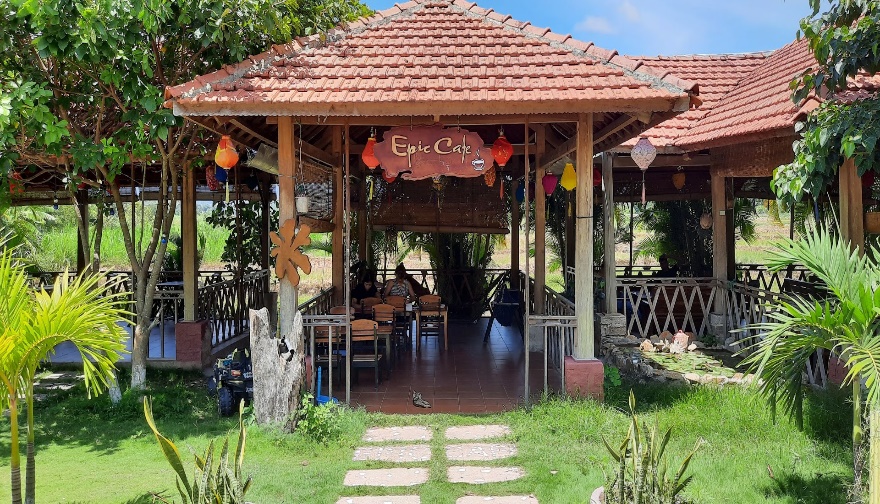 Epic Tourist Area
Epic Tourist Area -
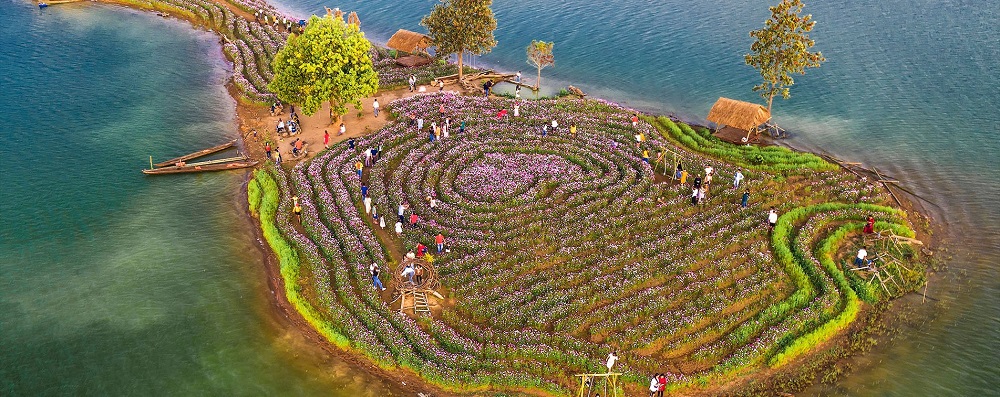 Long Loi Flower Garden
Long Loi Flower Garden -
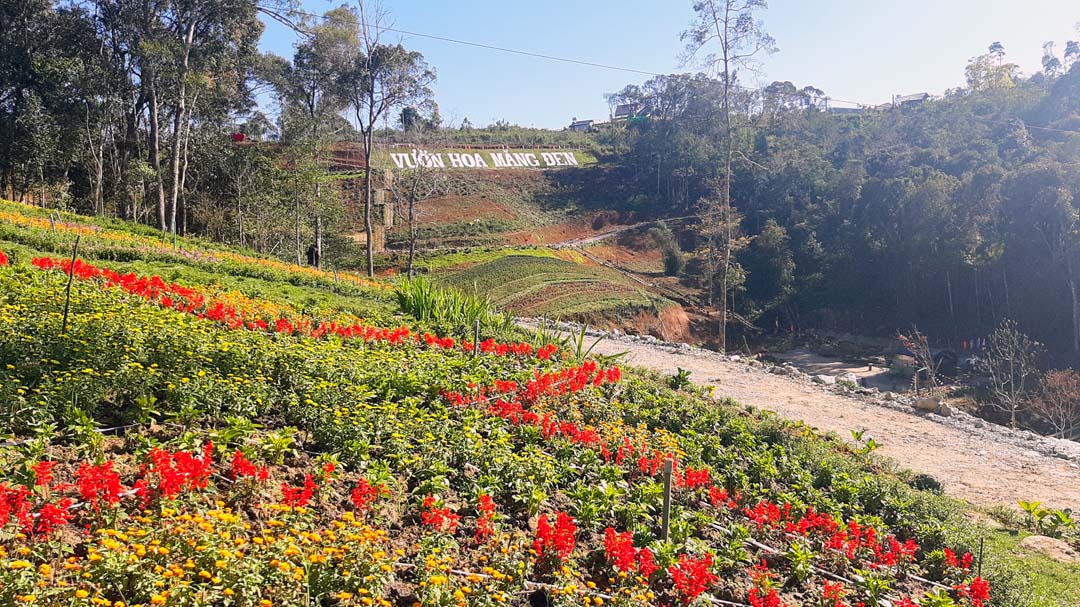 Mang Den Flower Garden
Mang Den Flower Garden
Dak Lak
Đak Nong
Furthermore, the unique cultural heritage, including tangible and intangible cultural values such as the Tay Nguyen Gong Culture Space, the Ot N'drong Epic, Nau M'pring folk songs, observing artisans perform stone carving, traditional weaving, and bamboo knitting, as well as the diverse and rich traditional cuisine of ethnic minority communities living here, are also factors attracting tourists from both domestic and international markets.
Gia Lai
An Giang
Truly, An Giang is beautiful in every season and worth experiencing. If tourists want to visit during the flood season to admire the floating water hyacinths or the lush Tra Su cajuput forest, they can visit around October to November. Alternatively, if they prefer to visit during the dry and cool season, they can go between March and May. Or if they want to experience the grand festival of the Mountain Lady Xứ in Sam Mountain, they can try visiting in April (23rd-24th of July in the lunar calendar). During this time, there will be many fun activities and shopping opportunities for tourists visiting this "Land of Seven Mountains."
Bac Lieu
Ben Tre
Binh Duong
Binh Phuoc
Binh Phuoc also boasts a rich and diverse ecosystem of primary forests and various ethnic cultures. This is the key "Specialty" for developing the tourism industry in Binh Phuoc, driving the economic development of the province. Speaking of the tourism potential of Binh Phuoc, three types of tourism must be mentioned: ecotourism in natural forests, aquatic tourism, homestay tourism, and cultural, historical, and folk belief tourism.
Ca Mau
Can Tho City
-
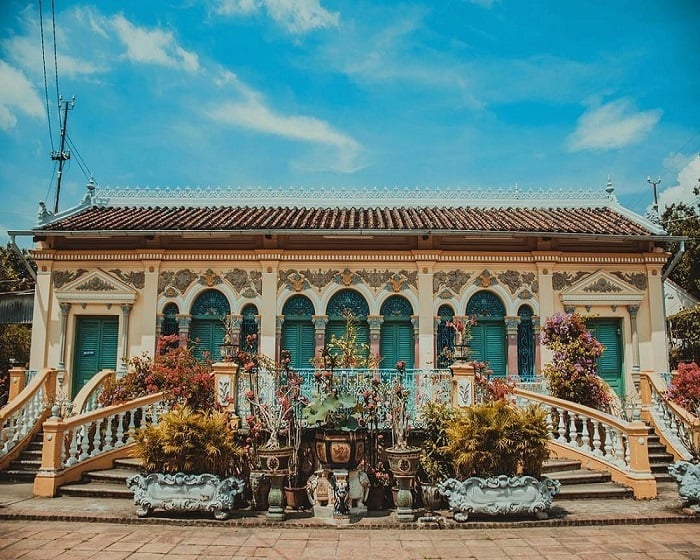 Binh Thuy Ancient House
Binh Thuy Ancient House -
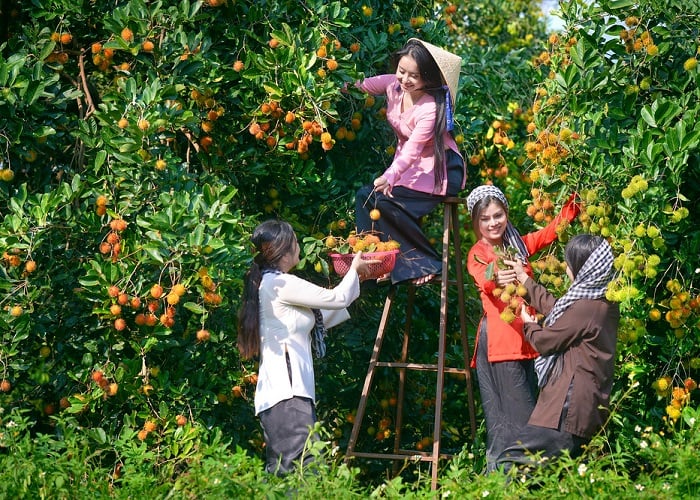 Chin Hong Garden
Chin Hong Garden -
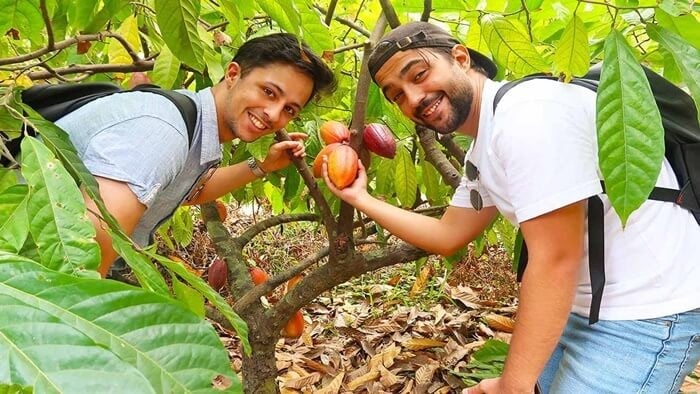 Muoi Cuong garden house
Muoi Cuong garden house -
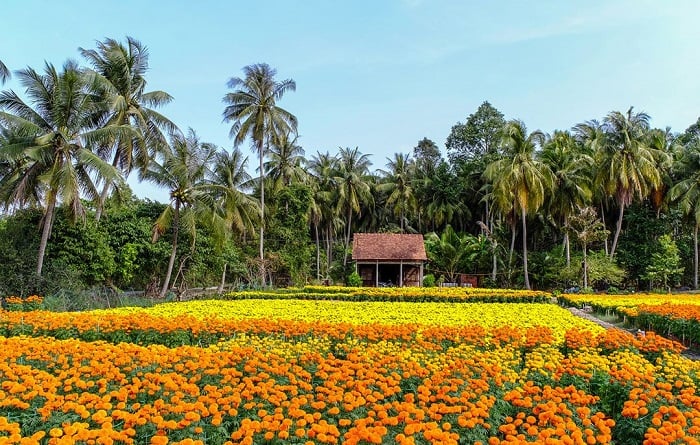 Ba Bo flower village
Ba Bo flower village -
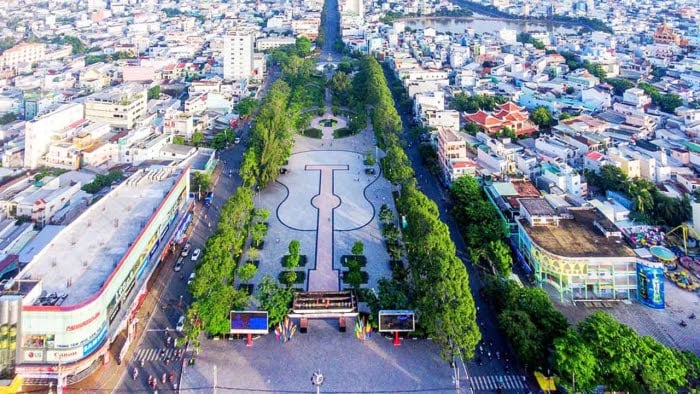 Luu Huu Phuoc Park
Luu Huu Phuoc Park -
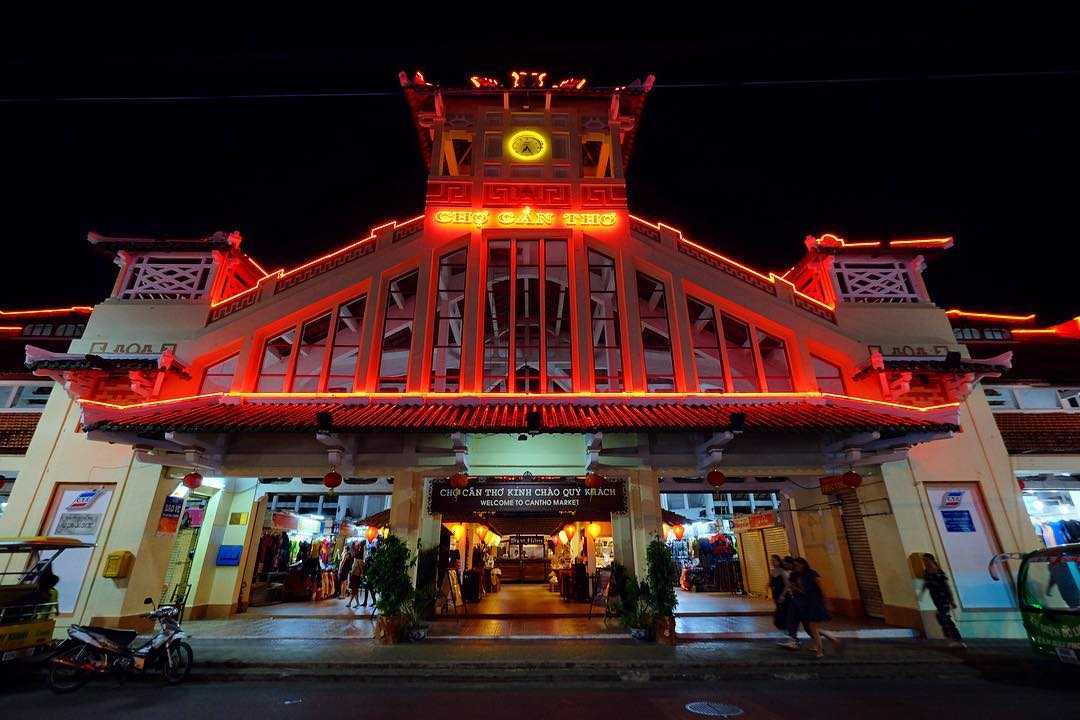 Tay Do Night Market
Tay Do Night Market
Dong Nai
The prominent feature of Dong Nai's eco-tourism destinations is their close resemblance to the water-based tourism of the Mekong Delta while also possessing the distinctive characteristics of the Southeast region. Therefore, this is also one of the advantages for developing eco-tourism in Dong Nai, which will become a significant competitive advantage in the tourism development process.
Dong Thap
For a trip to Dong Thap during the rainy season, you will have the opportunity to enjoy the lush vegetation and admire the gentle beauty of the blooming lotus fields. And if you visit this region during the dry season, you will be greeted by flourishing spring flower gardens full of vibrant colors, along with the chance to indulge in the delicious sweet citrus fruits of Lai Vung. To fully experience the beauty of Dong Thap and its exquisite local specialties, it is recommended to plan your trip during the flood season, from August to November according to the lunar calendar each year.
Hau Giang
In addition, Hau Giang also attracts tourists with its traditional fishing villages, local cultural characteristics, and beloved local specialties such as pomelos, oranges, and grapefruits.
Living in the Mekong Delta, the people of Hau Giang carry the rich cultural heritage of the river region. Living on boats or stilt houses along the rivers is still common, although many have now moved to areas further from the river to trade in markets or settle on the mainland. They engage in trade, raise families, and pass down traditions through generations, embodying the hospitable and gentle nature of the Western region. When visiting Hau Giang, tourists can feel the warmth of the riverine people, their hospitality, and sincerity in every service or tourism product offered.
Long An
Long An has rich potential for diverse tourism development. In addition to Dong Thap Muoi ecotourism site, it also owns Noi Pagoda (Vinh Hung district), Ton Thanh Pagoda, hundred column house, Rach Cat Military Post (Can Duoc District), Vam Nhut Tao historic relic (Tan Tru district), tomb of Nguyen Huynh Duc (Tan An city).
In Long An, there are special dishes such as sour fish soup, grilled snakehead, fish sauce hot pot, Nang Thom rice in Dao market, Go Den wine, Long Tri watermelon, Duc Hoa peanuts, Thu Thua sugarcane, Chau Thanh blue dragon...ect. Each specialty characteristic of the land and local people is also a major factor to attract all tourists.
Soc Trang
Soc Trang is covered by vast rice paddies, shrimp lagoons, luxuriant fruit gardens like longan, rambutan, durian, and orange. Viet (Kinh), Khmer, Hoa ethnic groups live together here. The province has 89 pagodas of Khmer group, 47 pagodas of Hoa people. Ma Toc (Bat), Khleang, Chruitim Chas, Chen Kieu, and Buu Son Tu (Set) are famous pagodas. Coming to there, tourists like to taste tropical fruit in My Phuoc River Islet, or join many recreation and entertainment activities in Binh An Tourist Resort. Chol Chnam Thmay, Oc Om Boc festivals, Ngo Boat Race also attract many visitors.
Tay Ninh
Tien Giang
Tien Giang has rich aquatic supply including freshwater fish, brackish fish, and saltwater fish. Some of special fruits are Trung Luong plum, Vinh Kim star-apple, Cai Be guava, sweet mango, rambutan, and thick-skinned orange. Many fruits, vegetable, and other products are anchored on lively Cai Be Floating Market and Tan Phong Island, along Tien Giang River. Visitors also like to picking fruit, enjoy them and experience the life of Mekong River Delta community in orchards of Thoi Son Island.
Located 120km from My Tho City, Dong Tam Snake Farm is an interesting place to see snake, bird and mutant turtles. Vinh Trang Pagoda owns many precious wood statues and beautiful tree in large garden.
Tra Vinh
When talking about the specialty food in Tra Vinh. Visitors will mention immediately Vinh Kim dried shrimp and Tra Vinh glutinous rice cake (Bánh Tét). Vinh Kim dried shrimp has been a well-known brand of Tra Vinh for a long time.Tra Vinh glutinous rice cake (Bánh Tét) is a traditional food there. This rice cake is made by a secret way that have more delectable tasty than others. It also brings a memories home for people who living away home for a long time.
Vinh Long
Coming to there, visitors have chance to walk among the trees, relax in hammocks, try all kinds of delicious tropical fruits in the gardens of An Binh and Binh Hoa Phuoc islands. Several popular places are Mr. Sau Giao's Flower Garden, Mr. Muoi Day's Stilt-House, and Mr. Hai Hoang's Old House.
Luang Prabang
Its former names include Muang Sua, Xieng Thong and Lane Xang; the present name derives from the Pha Bang, a revered Buddha image currently on the grounds of the National Museum in the city centre.
Luang Prabang is best known today for its protected, unique juxtaposition of temples, traditional architecture, and colonial buildings and for the natural beauty of its surrounding province. And even as the city warmly welcomes visitors from all over the world, it remains a vital political, educational, and trade hub for the diverse cultures of Northern Laos.
So the daily markets of Luang Prabang–where you’ll find fresh wild mushrooms from the nearby mountains alongside hand-woven textiles and distinctive, locally-prepared dishes–mean as much to the life of this city as magnificent temple complexes like Wat Xieng Thong, Wat Mai, and Wat Visoun. Souphanouvong University and the Teacher Training College are as important, today, as the National Museum. Slow boats and fishermen continue to ply the Mekong River as jets touch down at the international airport. It is a city forged–but not constrained–by history and tradition.
Luang Prabang Province is situated in the center of northern Laos, bordering the provinces of Oudomxay, Phongsaly and Houaphanh to the north, Vientiane the capital and Xayabouly to the south and south west and Xieng Khouang to the east.
Luang Prabang was the capital of Lane Xang until it moved to Vientiane in 1560 by King Setthathirath (although Luang Prabang remained the country’s main religious center). The city’s contact with western emissaries occurred in the mid-17th century during the reign of King Surigna Vongsa. After his death in 1694, Lane Xang broke up into three separate kingdoms; Vientaine, Champasak and Luang Prabang.
By the late 19th century Luang Prabang was under attack by marauding black flag bandits who destroyed may sacred Buddha images, temples and historical documents.
Under king Sisavang Vong (1904 – 1959) a number of restoration and beautification projects were launched, many of which are still evident today. French influenced buildings began to appear in the late 1800s adding to the mixture of Lao, Tai Lue, Burmese, Chinese and Tai architecture.
Phnom Penh
The city offers several cultural and historical attractions including the Royal Palace, Silver Pagoda and the National Museum. There are also a wide variety of services including five star hotels and budget guest houses, fine international dining, sidewalk noodle shops, neighborhood pubs, international discos and more.
Phnom Penh, like other Asian-city tourist destinations, is in the midst of rapid change. Over the past few years, the number of restaurants and hotels have grown considerably and in the last year there has been a huge increase in the number of visitors. Three overland border crossings have opened since 1998 and now there are daily direct flights from several Asian cities. Even travel within the country is easier with road conditions gradually improving, several airlines flying domestic routes, and regular bus service to major cities like Sihanouk ville and Kampong Cham. Cambodia is becoming easier to visit everyday.
Ha Long bay
Ha Long is a city under Quang Ninh province. The city is named after Ha Long Bay, a famous natural heritage of Vietnam located to the south of the city. "Ha Long" translates to "descending dragon."
Located approximately 160 km from Hanoi, Ha Long City is a renowned tourist destination not only in northern Vietnam but also nationally and globally. Ha Long boasts a beautiful bay, world heritage sites, diverse tourism activities, and delicious cuisine that attract tourists. With its strategic location, modern infrastructure, and developed transportation system, Ha Long City attracts tens of millions of domestic and international tourists every year.
When mentioning Ha Long City, one cannot overlook Ha Long Bay, covering an area of 1,553 square kilometers with 1,900 limestone islands of various shapes and sizes. The bay has been recognized multiple times by UNESCO as a natural wonder of the world and is an unmissable tourist destination.
Phu Quoc island
Sapa
Sa Pa (also written as Sapa) is located about 30 km from the center of Lào Cai city. Situated at an average altitude of 1500 – 1800 meters above sea level, Sa Pa Town is often shrouded in floating clouds, creating an extraordinarily beautiful and mystical landscape. The area boasts a year-round cool and fresh climate, with an average temperature of 15-18°C.
Tourists come here not only to enjoy the fresh air and the simple peace of a northwest region but also to admire the pristine beauty of terraced fields, waterfalls, and majestic mountains. Visitors can explore the customs and cultural beauty of mountain ethnic groups such as the Black H’Mong, Red Dzao, Tay, and Dzay.
Sa Pa is home to Fansipan peak, which stands at 3,143 meters on the Hoang Lien Son mountain range; Ham Rong Mountain, located near the town, where any tourist can climb to get a panoramic view of the town, Muong Hoa Valley, Sa Pa, and Ta Phin hidden in the mist; the ancient Stone Church; and Silver Waterfall, with water cascading from a height of over 200 meters, creating a spectacular mountain sound.
A special cultural feature in Sa Pa is the Sa Pa Market, held on Sundays in the town. People from distant areas must travel on Saturday. On Saturday night, everyone stays up enjoying each other's company with folk songs sung by H’Mong and Dzao boys and girls, the sounds of the H’Mong flute and khèn (panpipe), and overflowing cups of wine among the elders. This unique gathering is often referred to as the "love market."
-
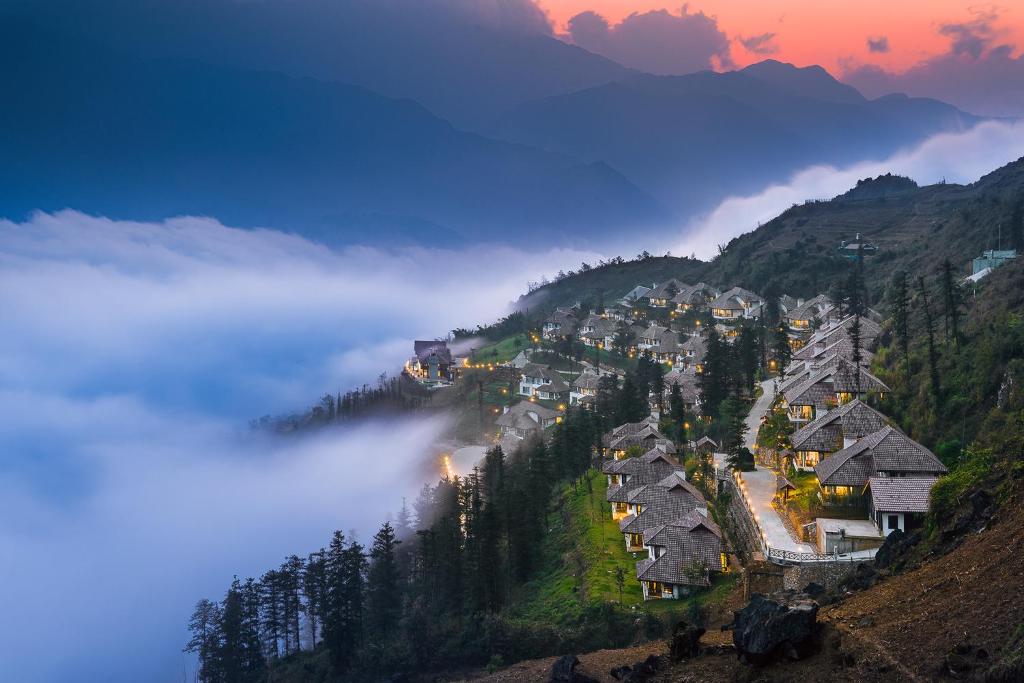 Ville De Mont Mountain Resort
Ville De Mont Mountain Resort -
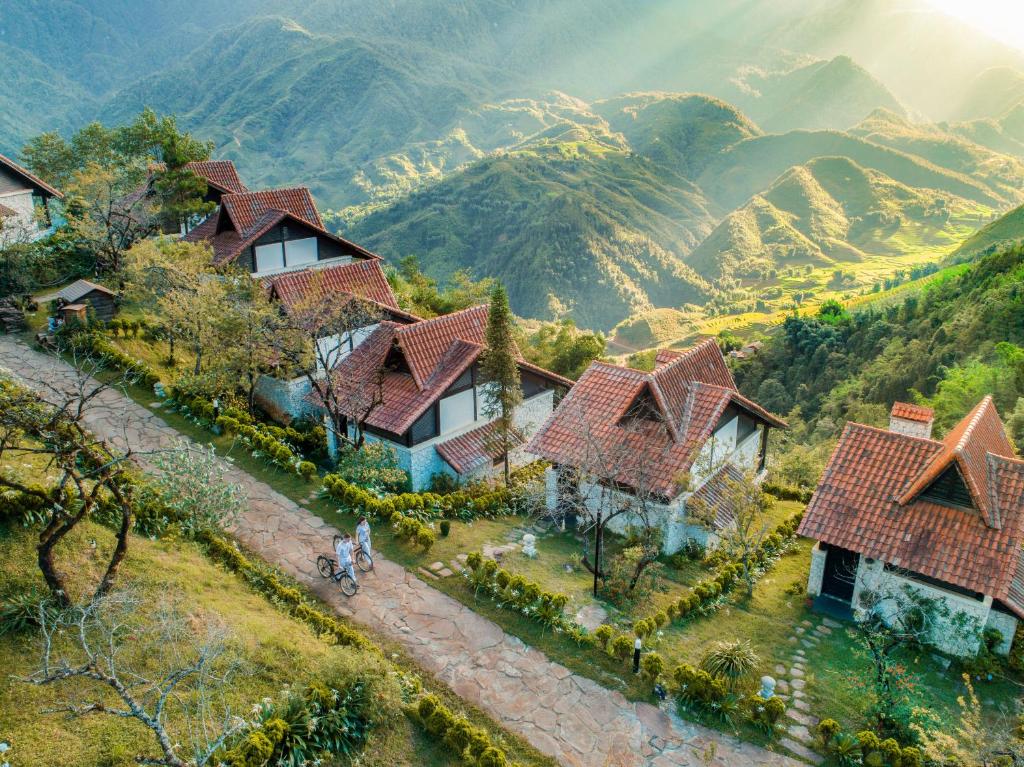 Sapa Jade Hill Resort & Spa
Sapa Jade Hill Resort & Spa -
 Silk Path Grand Sapa Resort & Spa
Silk Path Grand Sapa Resort & Spa -
 Amazing Sapa
Amazing Sapa -
 DeLaSol Phat Linh Sapa
DeLaSol Phat Linh Sapa -
 Bamboo Sapa
Bamboo Sapa
Moc Chau Highlands
Moc Chau is a district located in the southern part of Sơn La province, approximately 200 km northwest of the capital city Hanoi. The entire district has a population of over 150,000 people, covering an area of 2025.1 km2 with a population density of 69 people/km2.
Moc Chau is the largest and most beautiful plateau in the northern mountainous region, characterized by a temperate climate with seasonal winds, often likened to the second Dalat of Vietnam. Famous tourist attractions include Hang Doi cave, Mộc Châu pine forest, Thái Hưng waterfall... and not to be missed are the tea hills and grassy fields in the town of Moc Chau Farm.
Hoi An city
-
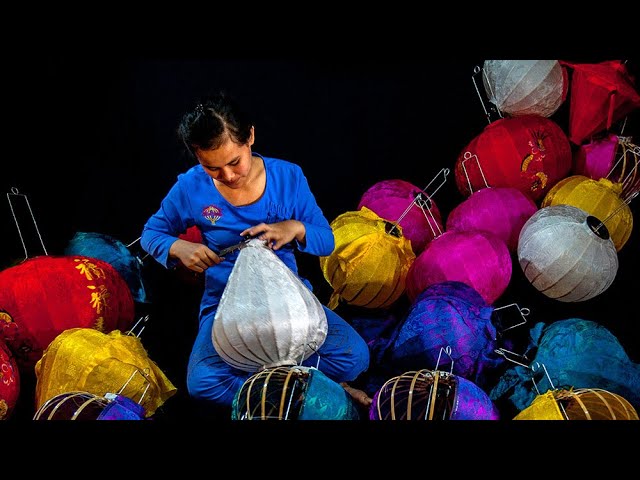 Lantern making craft village
Lantern making craft village -
 Hoi An Impression Park
Hoi An Impression Park -
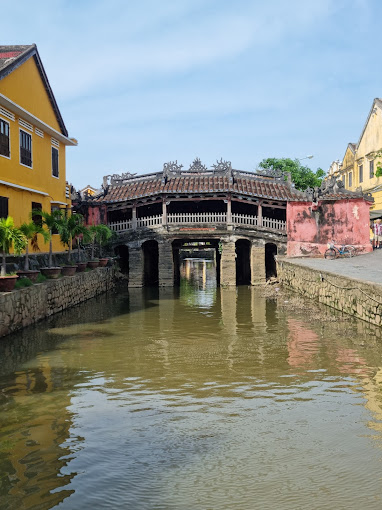 Cau Pagoda
Cau Pagoda -
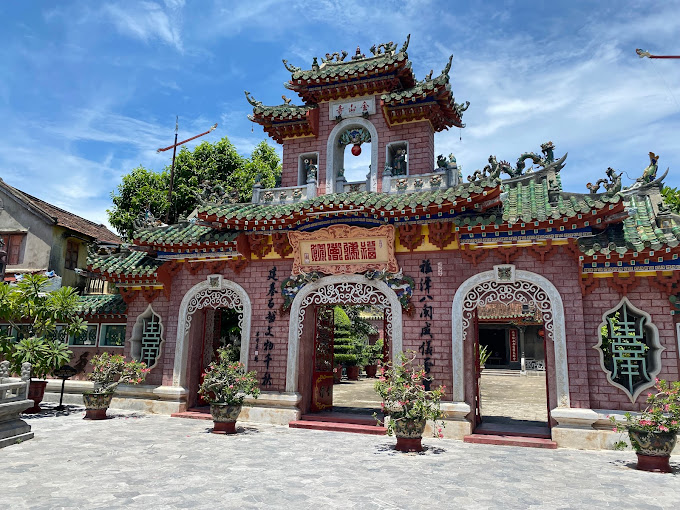 Phuc Kien Assembly Hall
Phuc Kien Assembly Hall -
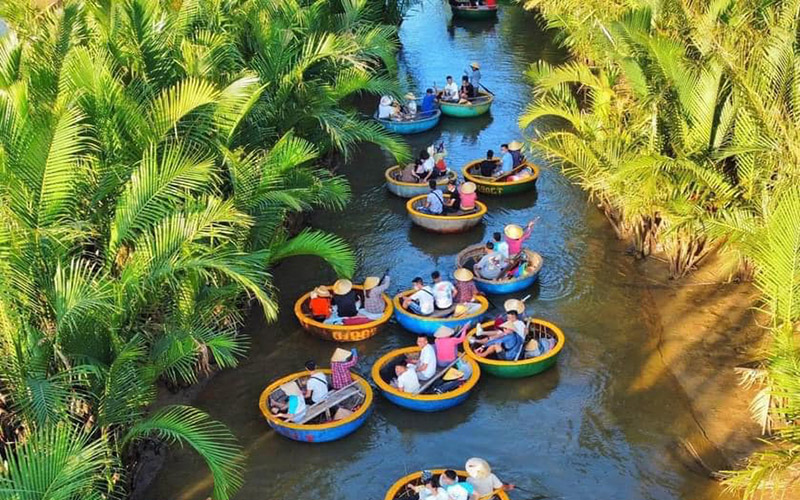 Bay Mau coconut forest
Bay Mau coconut forest -
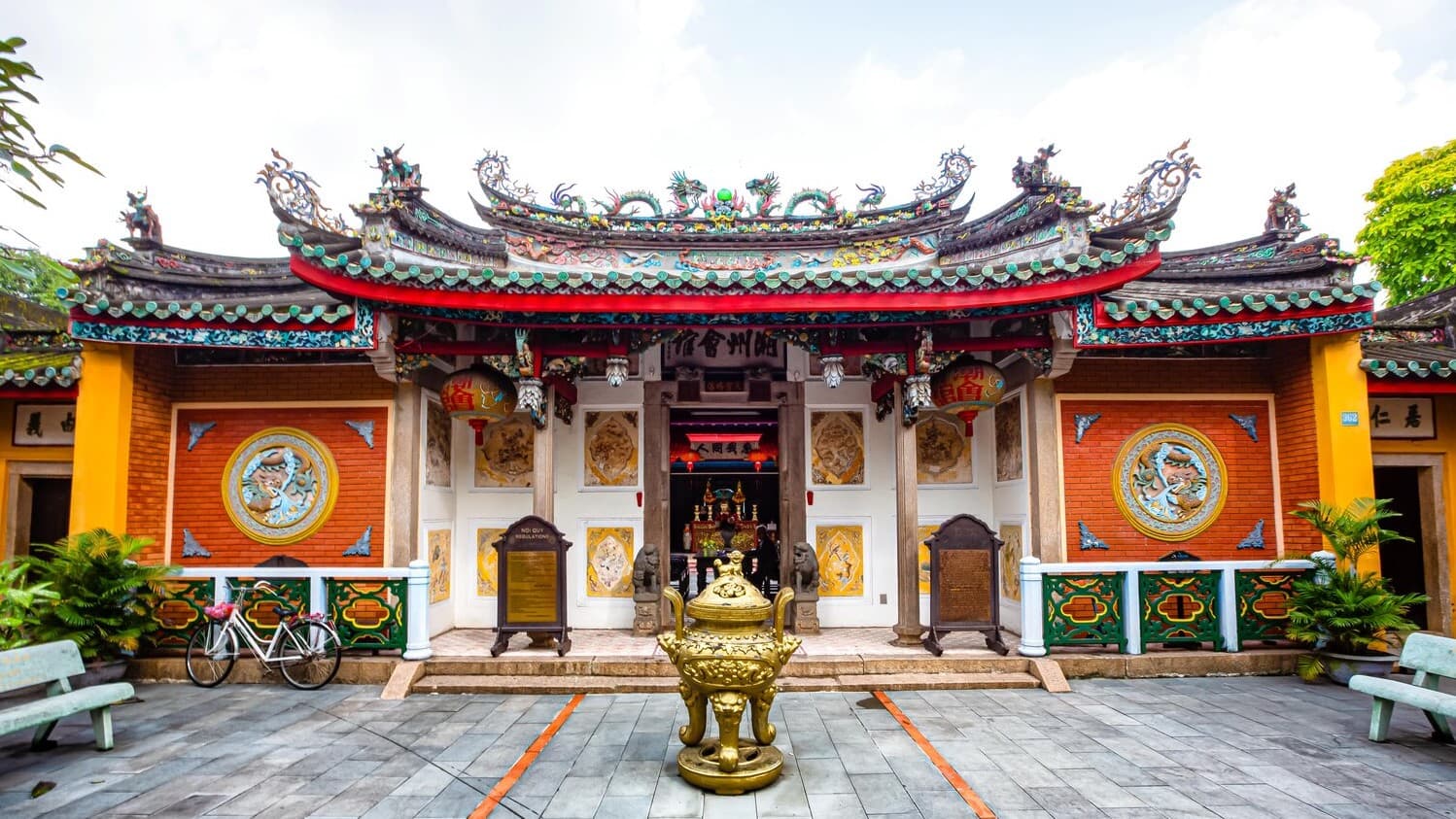 Trieu Chau Assembly Hall
Trieu Chau Assembly Hall
-
 Kim An Hoi An
Kim An Hoi An -
 Hoi An Central
Hoi An Central -
Bel Marina Hoi An Resort
-
 La Siesta Hoi An Resort & Spa
La Siesta Hoi An Resort & Spa -
 Vinh Hung Riverside Resort & Spa
Vinh Hung Riverside Resort & Spa -
 Anantara Hoi An Resort
Anantara Hoi An Resort
Da Lat city
-
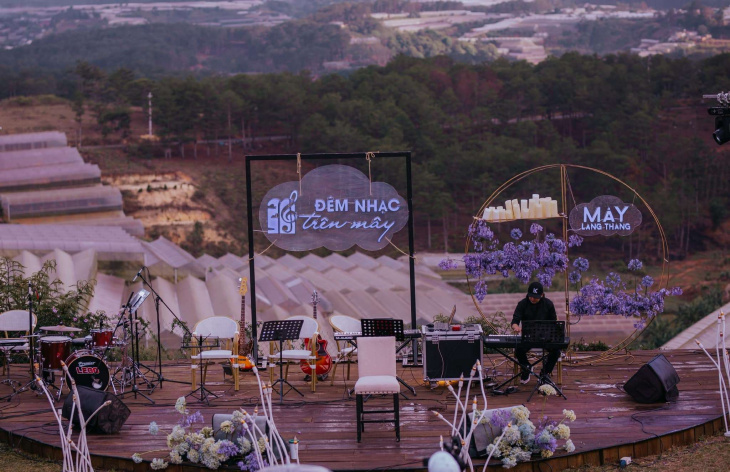 May Lang Thang
May Lang Thang -
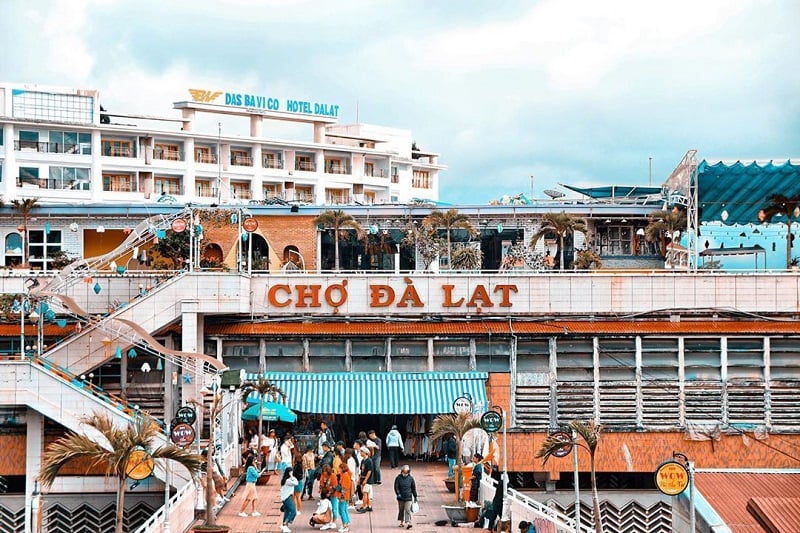 Da Lat Night Market
Da Lat Night Market -
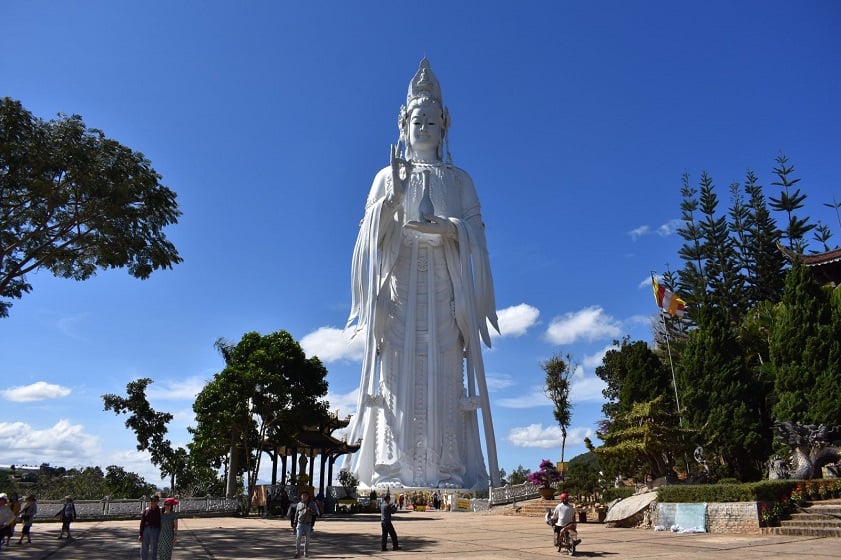 Linh An Pagoda
Linh An Pagoda -
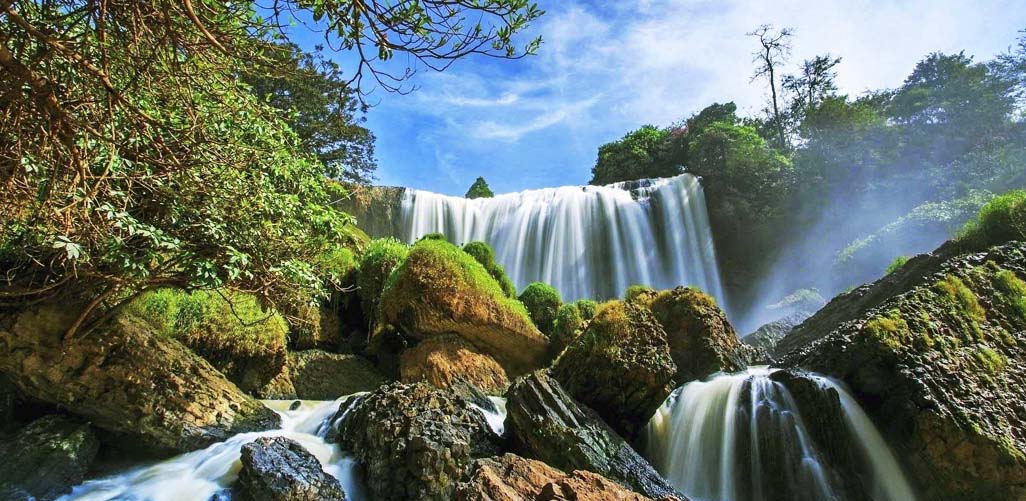 Elephant Waterfall
Elephant Waterfall -
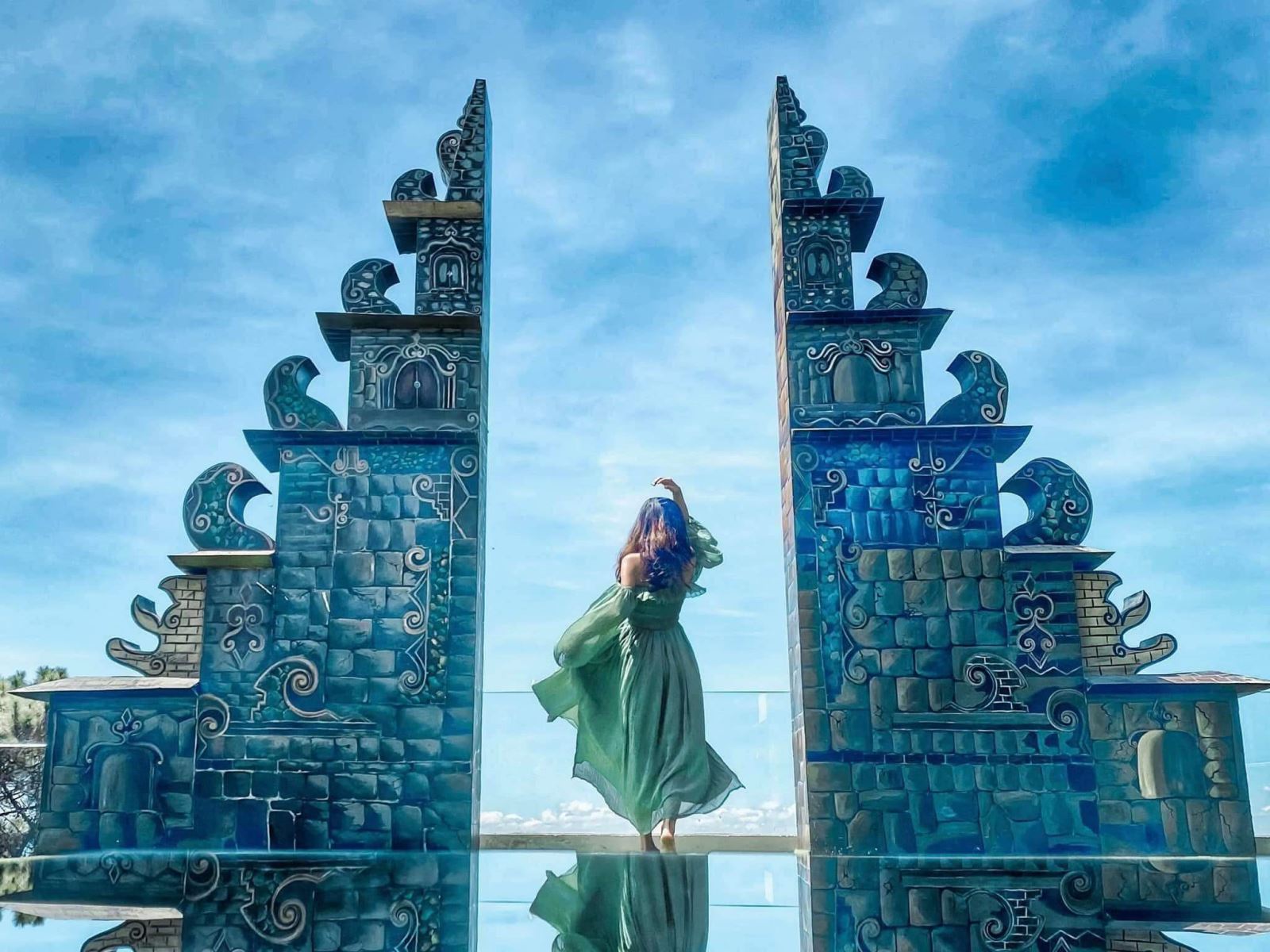 Bali Green Hills
Bali Green Hills -
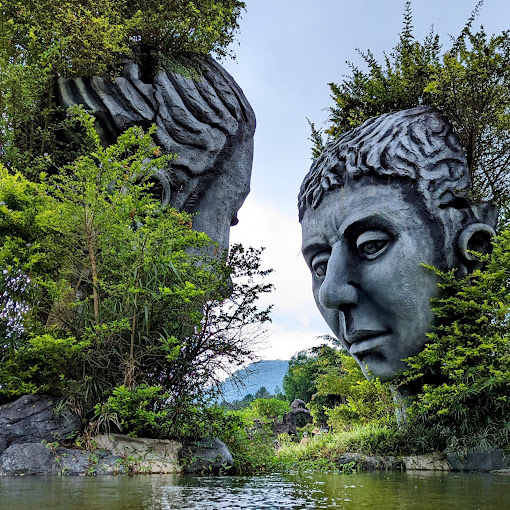 Dalat Sculpture Tunnel
Dalat Sculpture Tunnel
Vientiane
Vientiane Capital is the home to the most significant national monument in Laos: That Luang (Great Stupa), which is the symbol of Lao and an icon of Buddhism in Laos. Of the many beautiful Wats in Vientiane, a visit to Wat Sisaket is a must; built in 1818, this is one of the oldest temples in Vientiane. Other Buddhist holy places are Wat Ong Teu Mahavihan, known for its 16th century bronze Buddha sheltered by a carved wooden masterpiece, and Wat Si Muang, the site of the Lak Meuang or pillar-stone of Vientiane. Wat Si Meuang is also home to the guardian spirit of the city. Hor Phakeo, across the street from Wat Sisaket houses a beautiful collection of Buddha statues, including traditional Lao style of the “Calling for Rain” and “Offering Protection”. Spend a morning in the Lao National Museum, which displays an interesting mixture of revolutionary and contemporary exhibitions. The main sights in Vientiane are only a short walk or bicycle ride from most hotels. Wat Xieng Khouan, better known as the Buddha Park should not be missed: take a tuk-tuk to this unique park that includes Buddhist and Hindu. Shopping for handicrafts is easy in Vientiane Capital; visit Talat Sao (morning market) for a wide range of colourful textiles including silks, wall-hangings and other decorative pieces. For very fine handicrafts, try one of the many upscale galleries in the city center. Keep your eyes open for traditional wood carvings, mulberry paper and a variety of basketry made from bamboo and rattan.
In the old part of Vientiane city, an attractive and interesting settlement is situated along the Mekong River where the ancient temples, museums, monuments and parks are all located just a short distance apart.
The cosmopolitan capital of Laos, Vientiane, has galleries, boutiques, theatres, nightclubs and internet cafe, making it a major attraction for visitors from all around the globe. Although the city is small, it offers visitors a great variety of restaurants serving both Lao and foreign cuisine. When you get hungry try the nation’s signature dish, tam mak-hung (spicy green papaya salad), laap (spicy minced meat salad) and ping kai (fried chicken). Quench your thirst with a refreshing Beer Lao or fresh fruit shake from one of the many small restaurants found along almost every street in town. At dusk, find a spot along the Mekong promenade to enjoy an amazing view of the sunset over the river.
The largest fair, Boun Pha That Luang, is held in Vientiane Capital around mid-November each year. Celebrations begin at Wat Si Muang followed by a procession to That Luang. Festivities last a full week, ending in fireworks on the last night, which coincides with the full moon. In mid-October, the riverbank overflows with spectators watching the annual boat races. Boun Ok Phansa or the last day of Buddhist Lent precedes the boat races by one day. In the evening of Boun Ok Phansa, Lao people prepare small banana leaf boats called heua fai and set them afloat on the Mekong illuminated by candles and incense in a charming ceremony meant to bring good luck and prosperity.
Hoang Sa islands
https://dangcongsan.vn/bien-dao-viet-nam/hoang-sa-va-truong-sa-la-cua-viet-nam-553850.html
Truong Sa islands
https://dangcongsan.vn/bien-dao-viet-nam/hoang-sa-va-truong-sa-la-cua-viet-nam-553850.html
Nha Trang
-
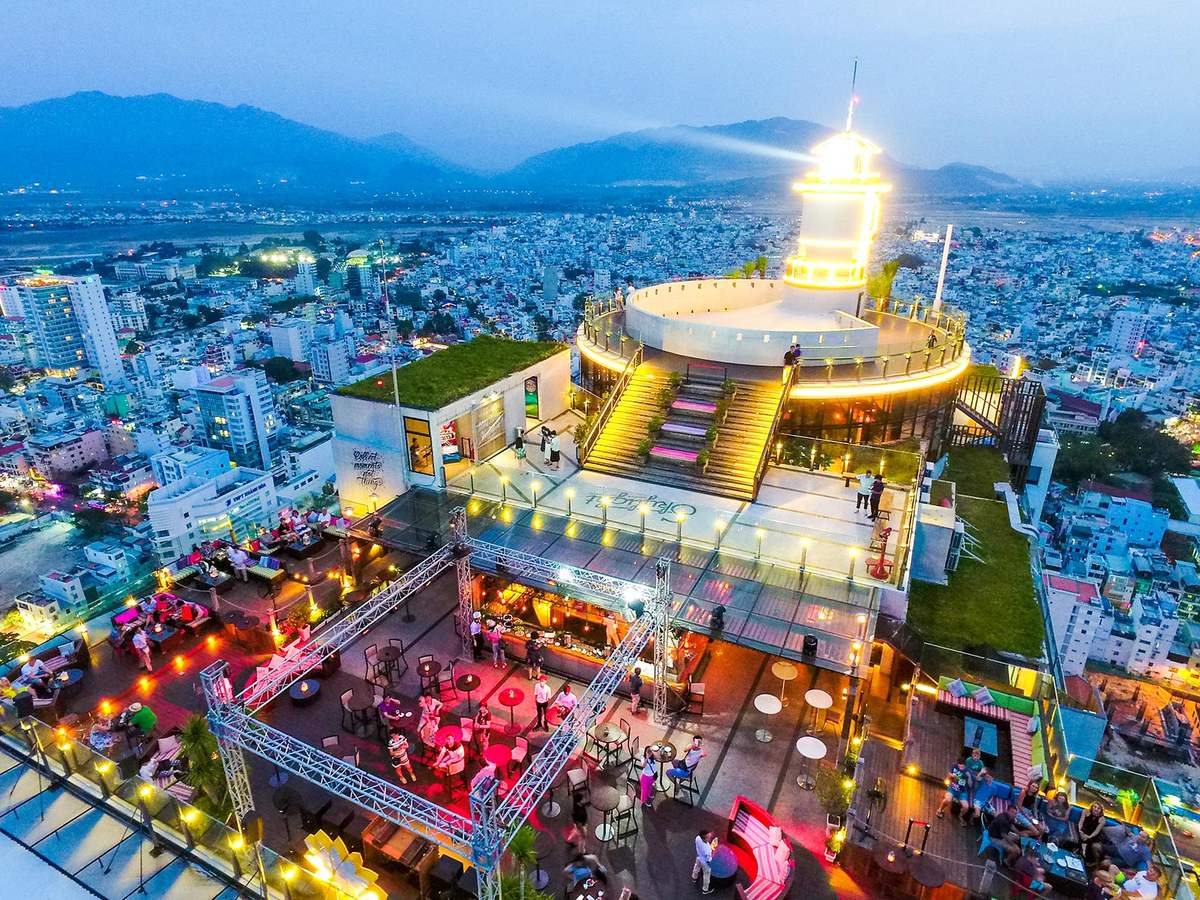 Skylight Club
Skylight Club -
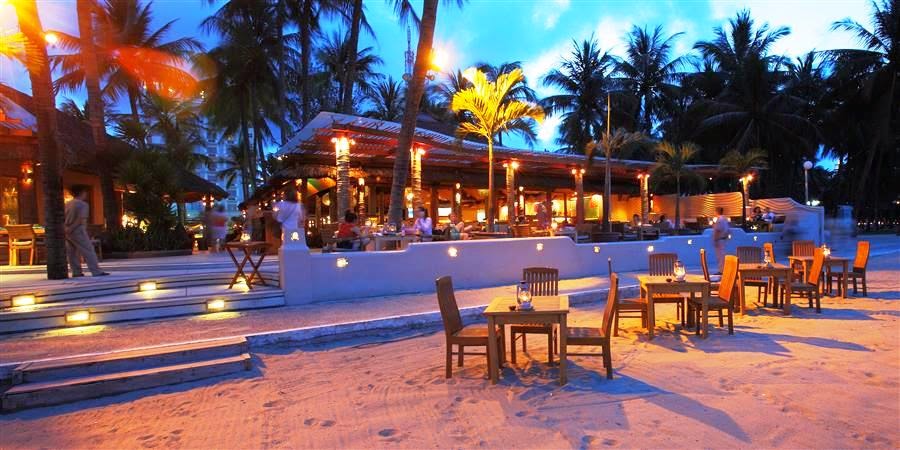 Sailing Club
Sailing Club -
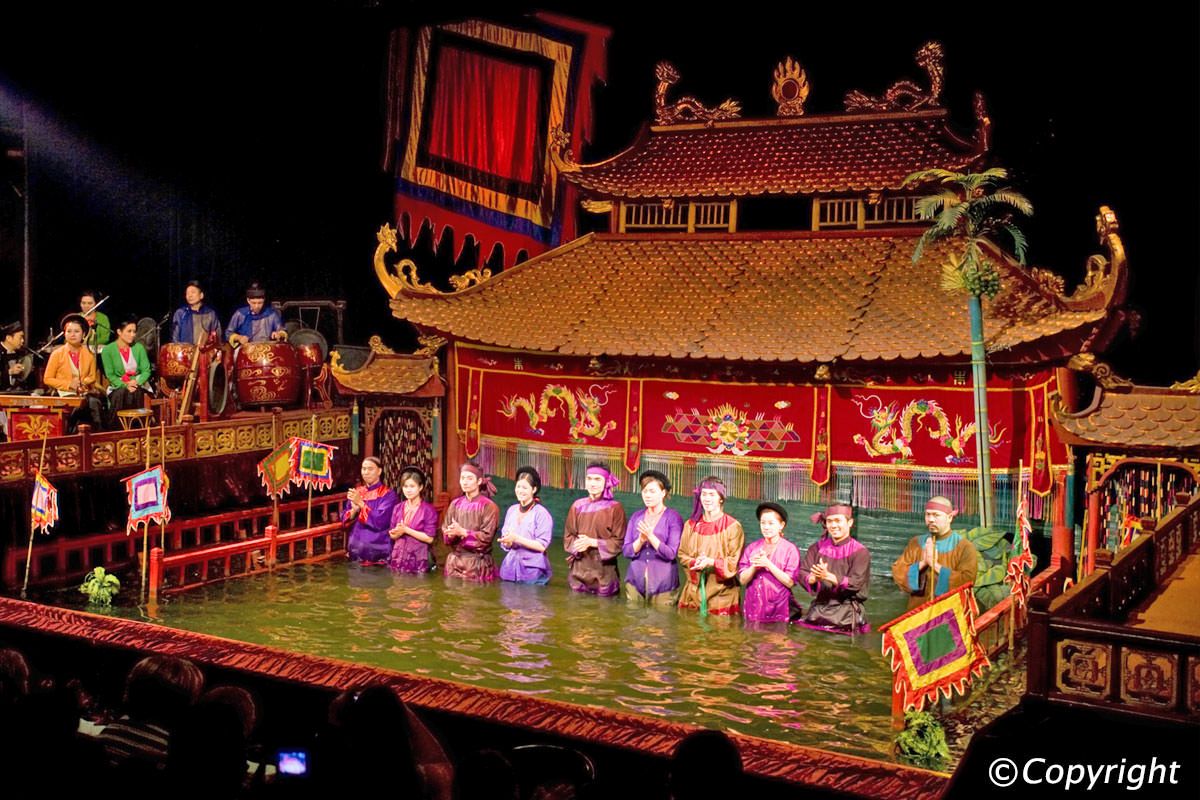 Nha Trang Water Puppet Theatre
Nha Trang Water Puppet Theatre -
 Agarwood Tower
Agarwood Tower -
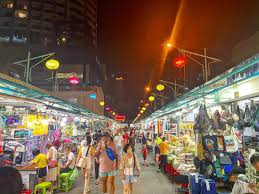 Nha Trang Night Market
Nha Trang Night Market -
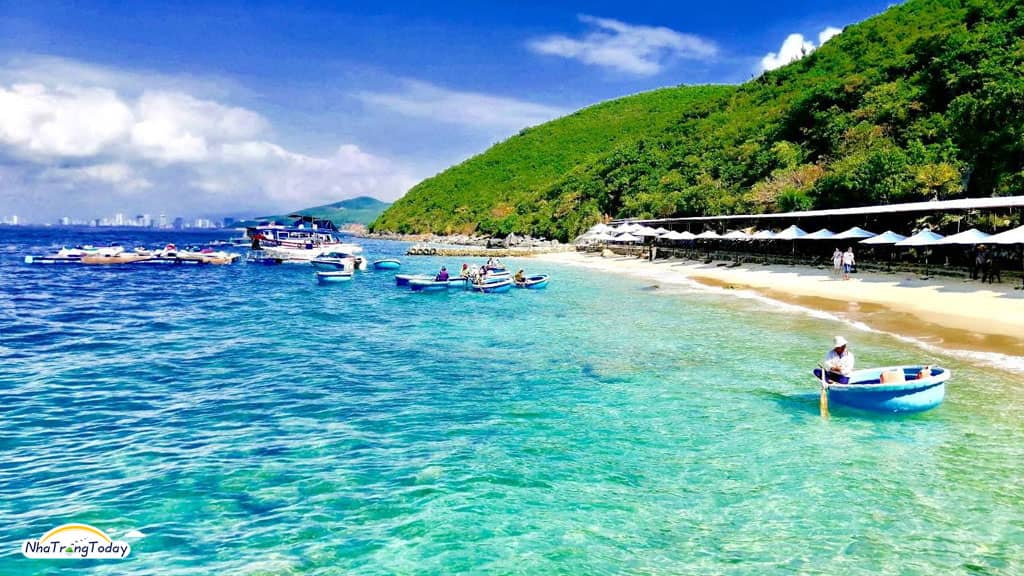 Coral Bay
Coral Bay
-
 Saphia Nha Trang
Saphia Nha Trang -
 Balcony Nha Trang
Balcony Nha Trang -
 Gem Nha Trang
Gem Nha Trang -
 Red Sun Nha Trang
Red Sun Nha Trang -
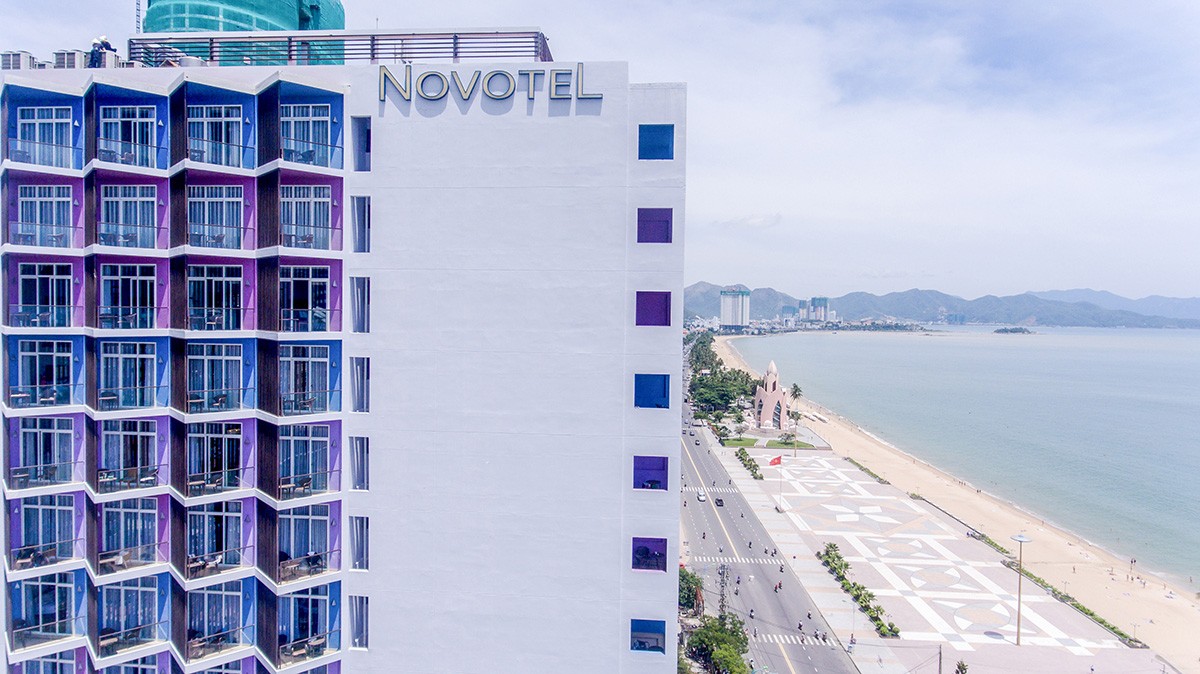 Novotel Nha Trang
Novotel Nha Trang -
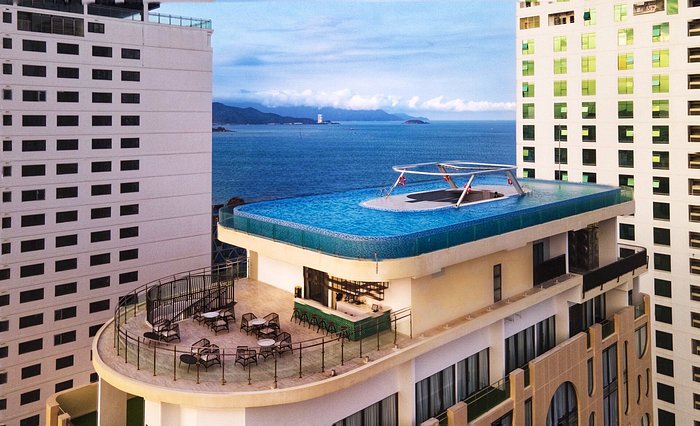 Grand Tourane Nha Trang
Grand Tourane Nha Trang
Siem Reap
Today Siem Reap has the large network of big hotels, restaurants, bars, stores and shopping malls as well as mini hotels and guesthouses. Besides, visit Siem Reap and discover ancient temples, you can enjoy the traditional Apsara dance of Cambodia girls or make a boat trip on Tonle Sap Lake, fishing village.
You can travel to Siem Reap by road, river or plane. In the end of 1992, UNESCO recognized Angkor is a World Heritage Site. You should choose hotel near Old Market once you visit Siem Reap for easy to travel around. The Old Market is the place which most of tourists gather at night to wander around, buy souvenir gifts, and have a coffee.
There are many transports in Siem Reap by bicycle, electric bicycle, motorbike, tuk tuk, car/van, helicopter and hot air ballon. And the most convenient transport to travel around Siem Reap is electric bicycle to visit Angkor. There is direction maps show how to visit Angkor clearly. Must see sites in Siem Reap are Angkor Wat, Angkor Thom, Bayon, Ta Prohm, Phnom Bakheng, Banteay Srei, Preah Khan…
-
 Angkor Century Resort & Spa
Angkor Century Resort & Spa -
 Royal Crown Hotel & Spa
Royal Crown Hotel & Spa -
 Koulen Hotel
Koulen Hotel -
 Angkor Holiday Hotel
Angkor Holiday Hotel -
 Golden Temple Residence
Golden Temple Residence -
 Naga Angkor Hotel
Naga Angkor Hotel
Vietnam Tourism
Indochina Tour
Cruise trip
News
Explore Vietnam
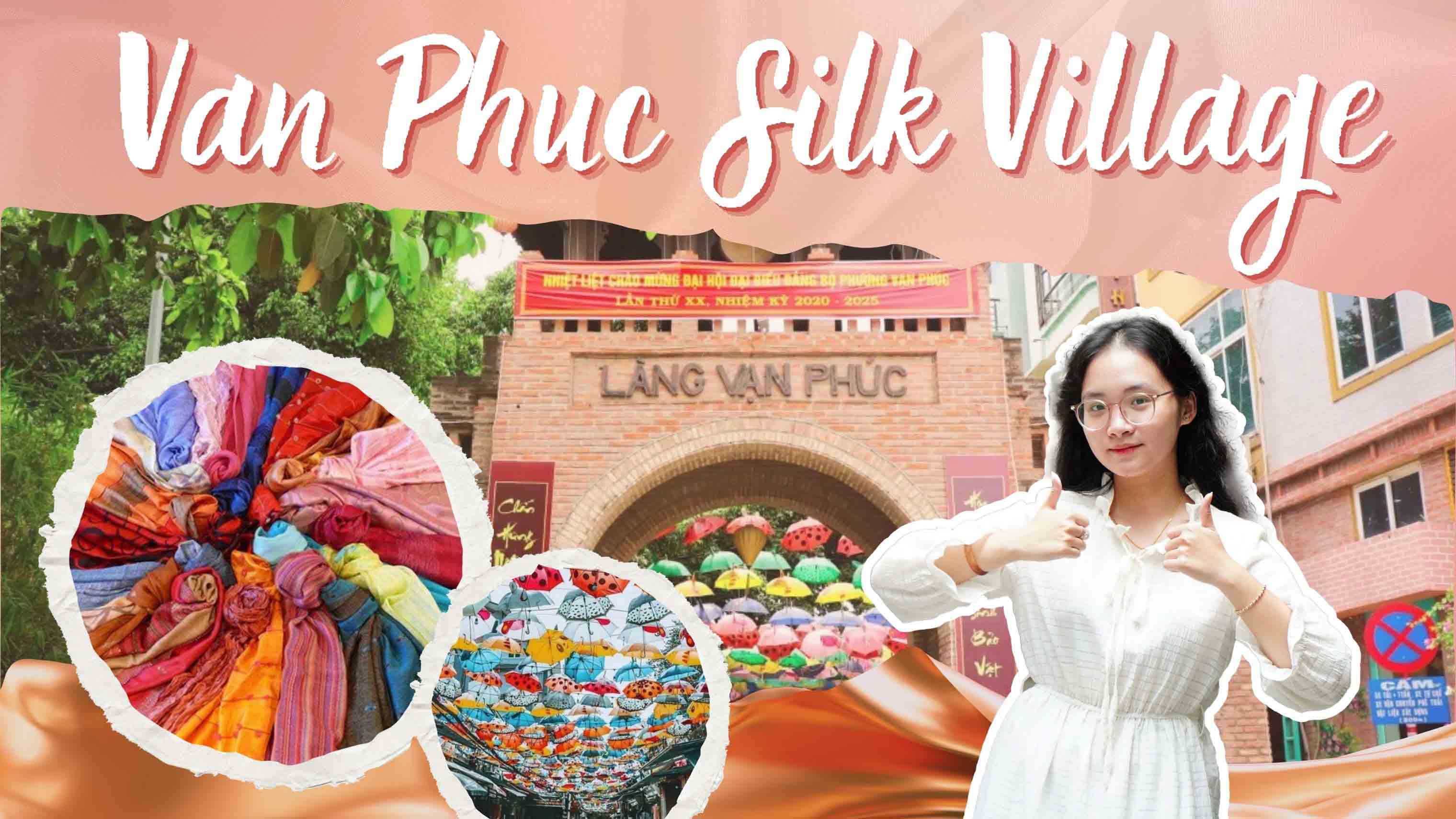
Van Phuc Silk Village: The Cradle of Vietnamese Silk Elegance
It is the perfect place for anyone who wants to visit a handicraft place that has characteristics typical of a Northern Vietnam’s village.
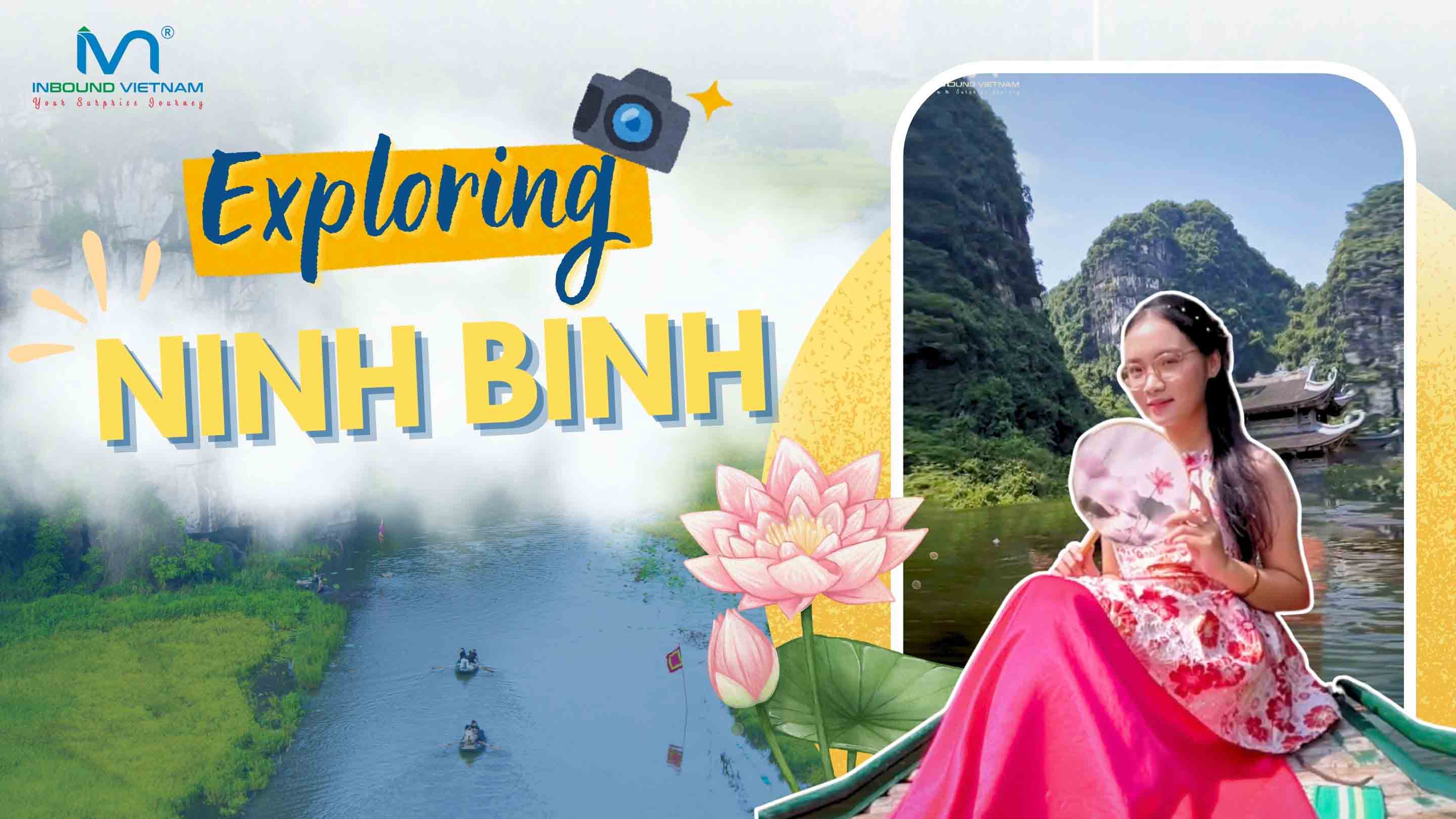
Ninh Binh - Top destination in Vietnam
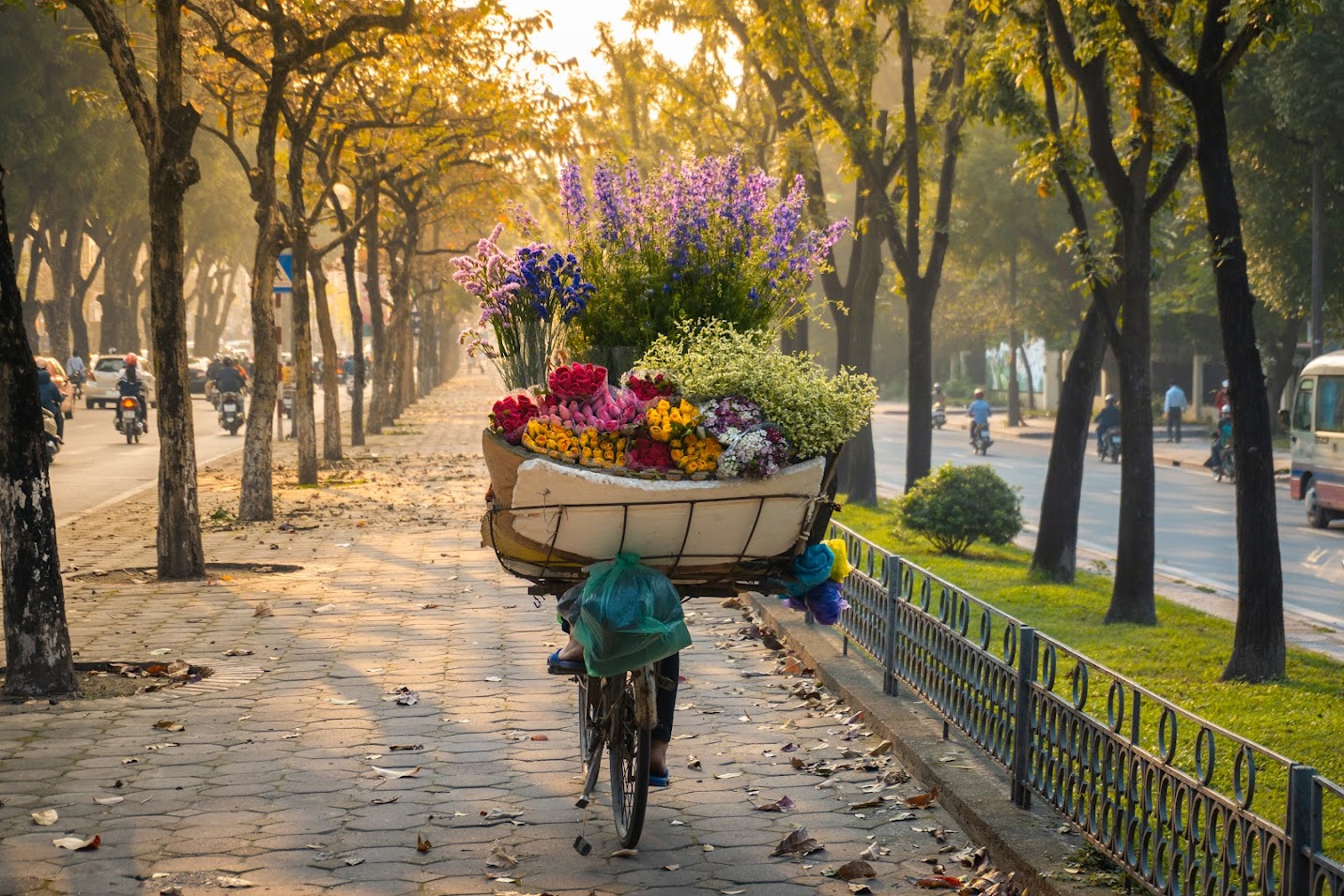
Hanoi in autumn - where to go?
Travel guide
Food Tour Ha Noi - A Culinary Journey Through the Capital
Top 10 Most Attractive Food Tour Destinations in Ha Noi
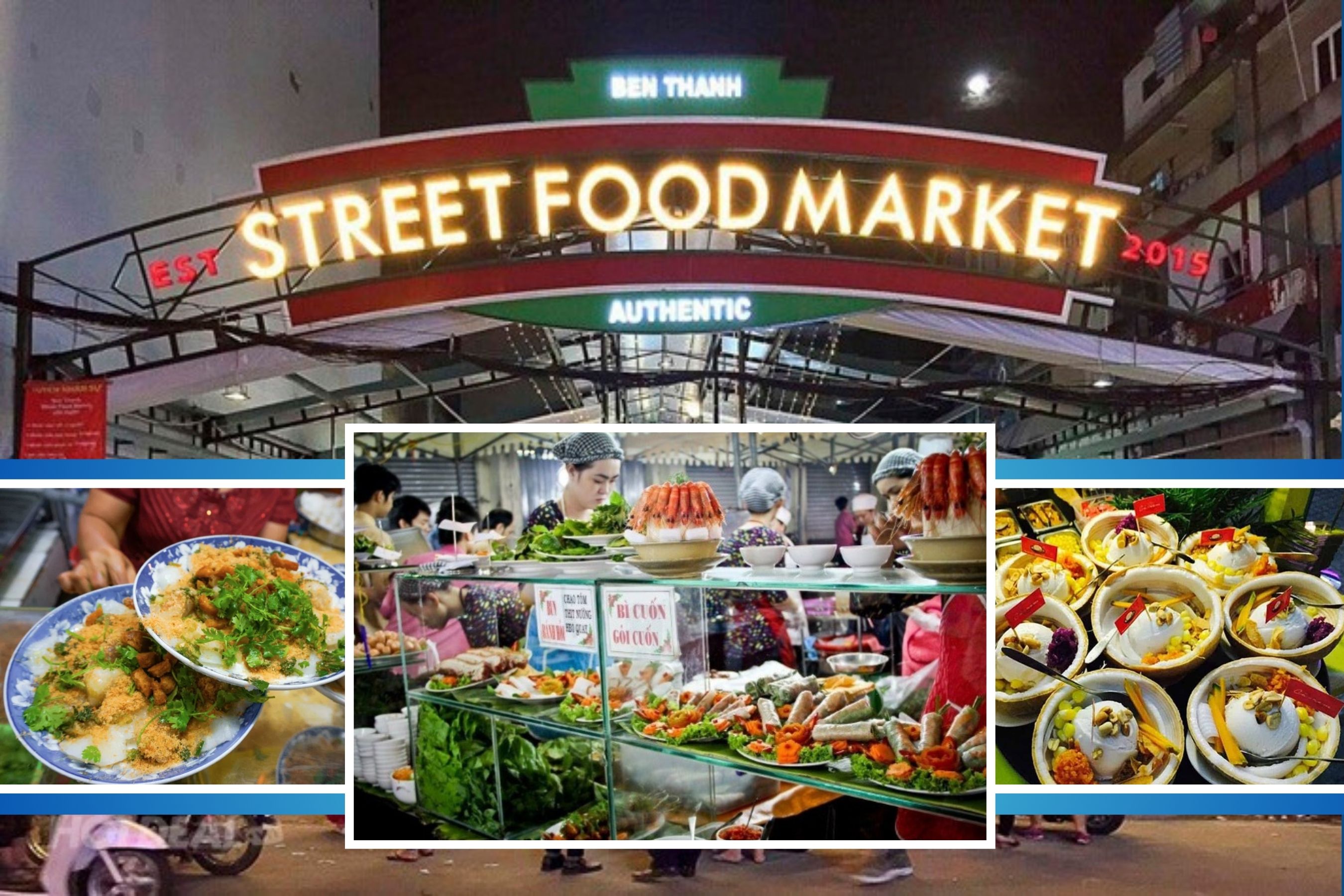

.jpg)
.jpg)
.jpg)
.jpg)

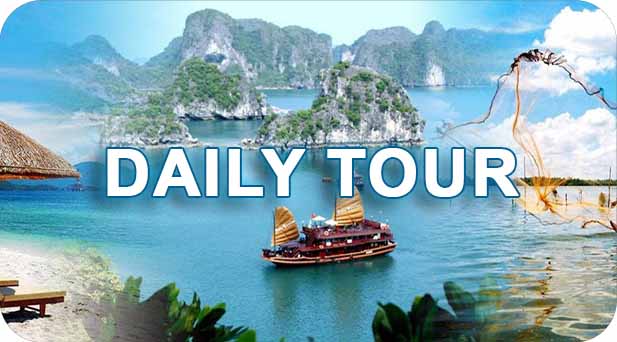

.jpg)










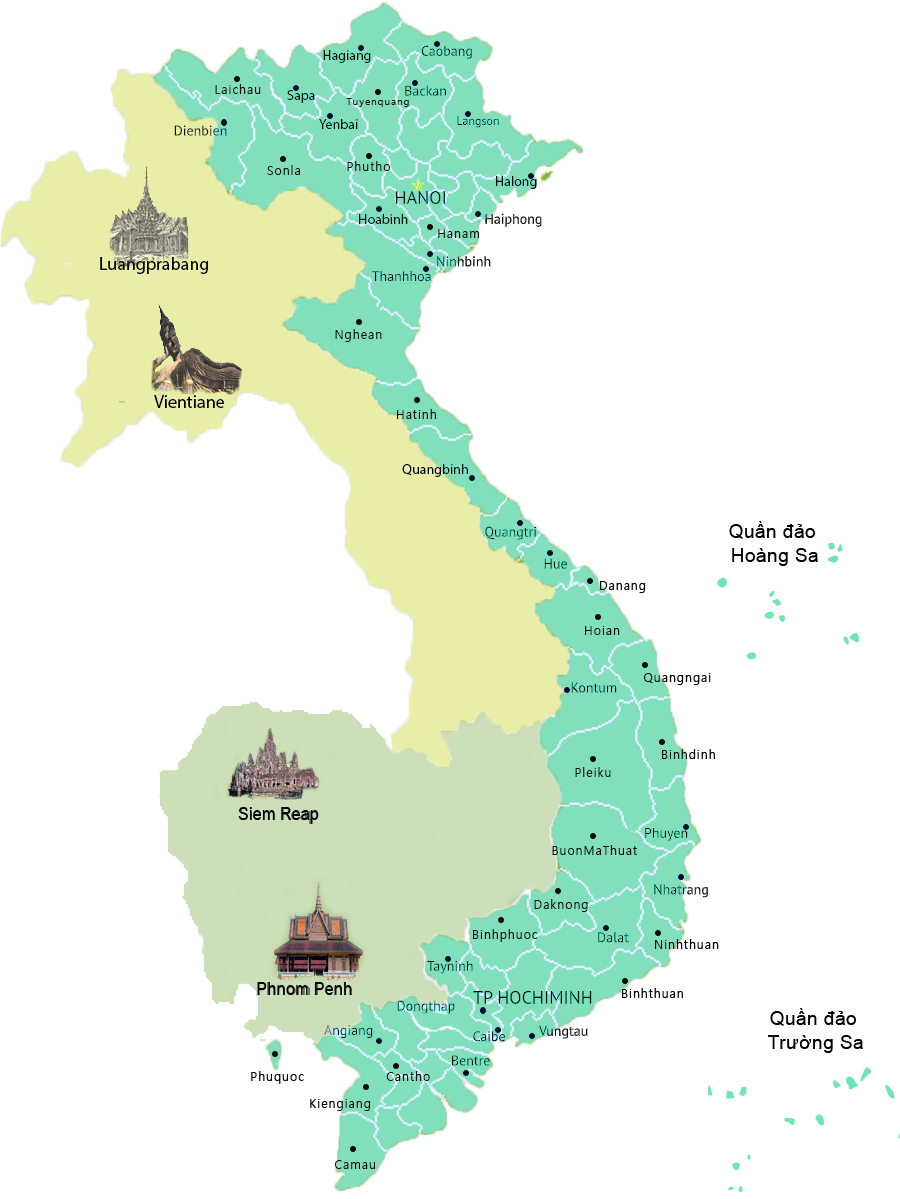
.png)

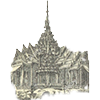





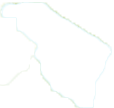



























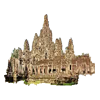
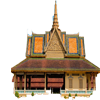
































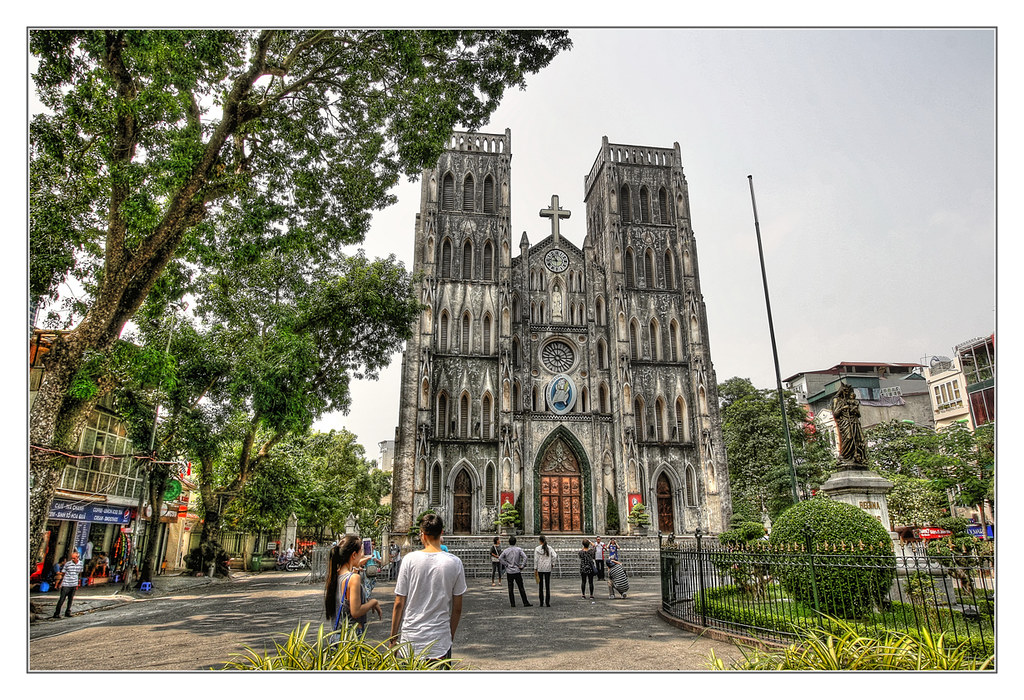
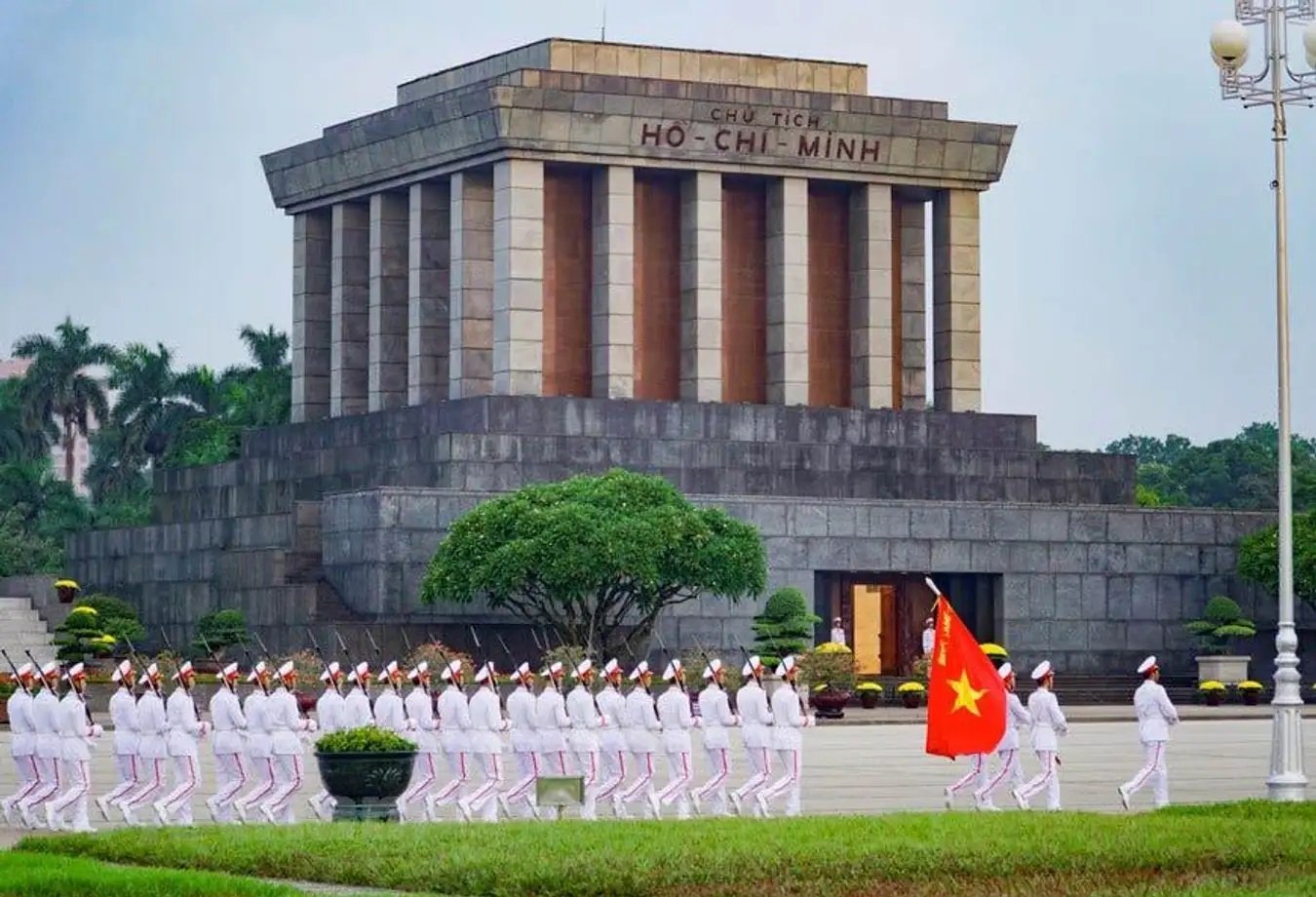
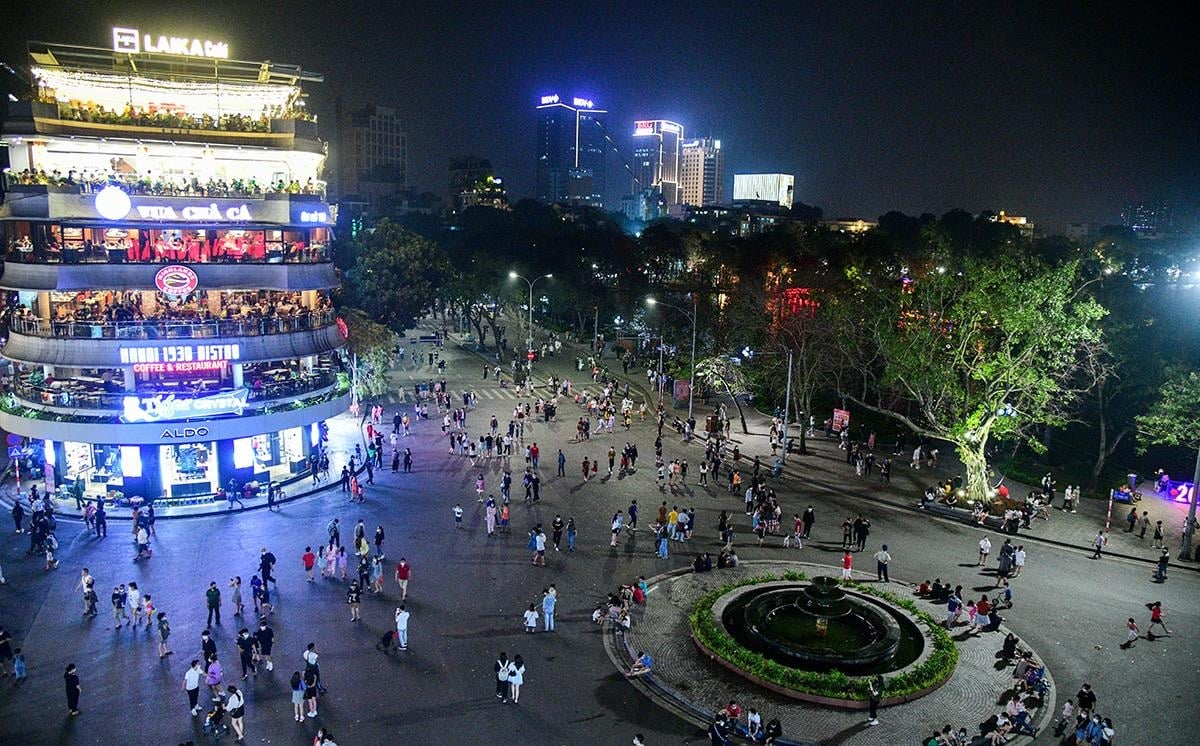
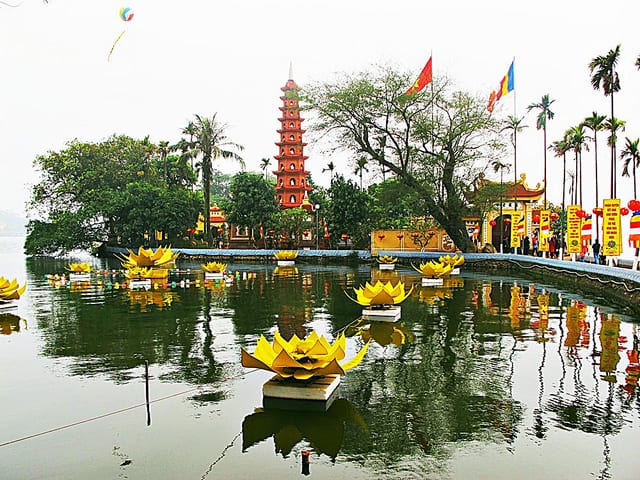
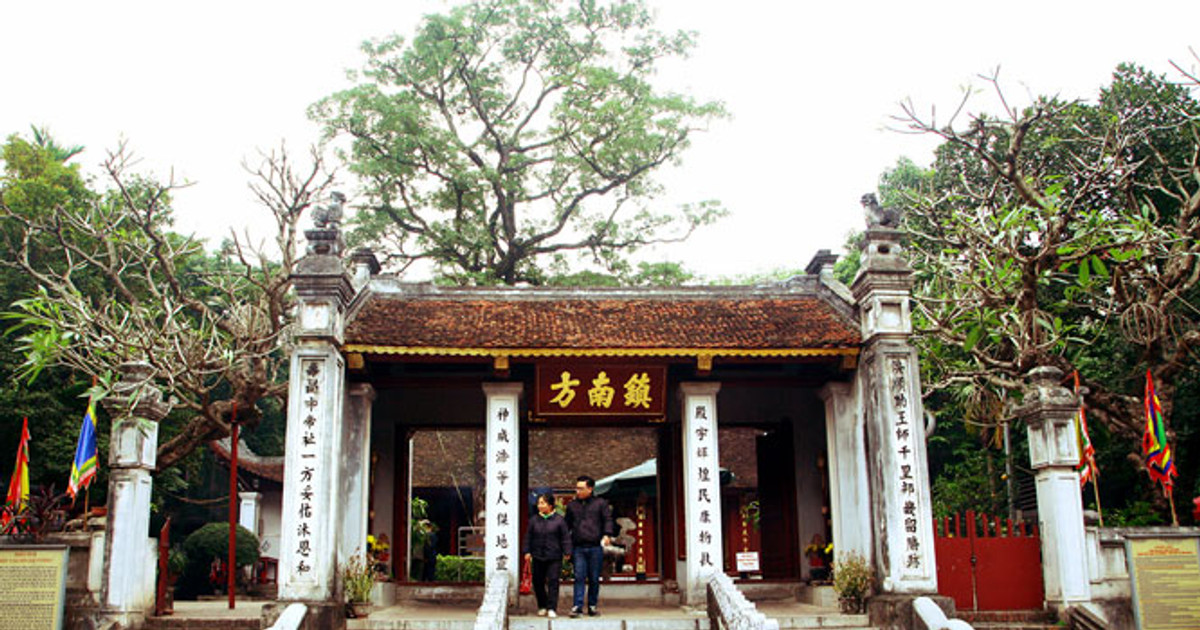
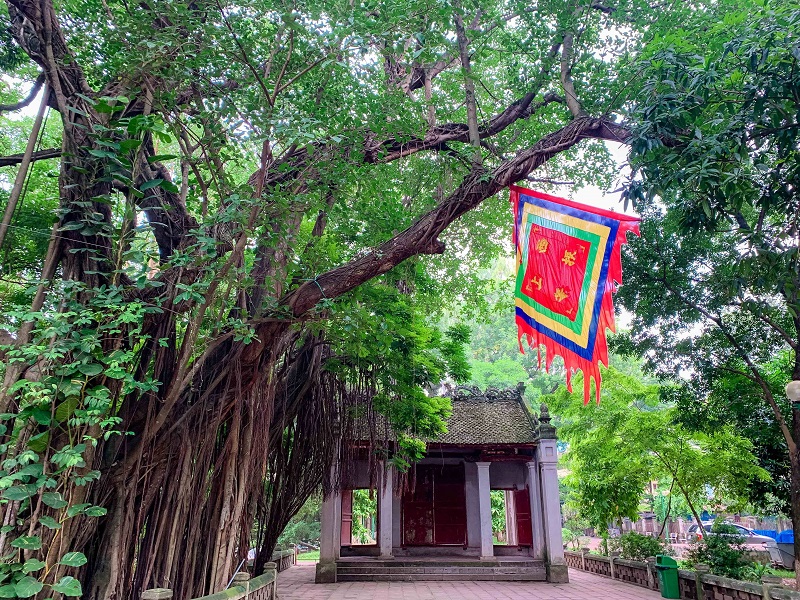







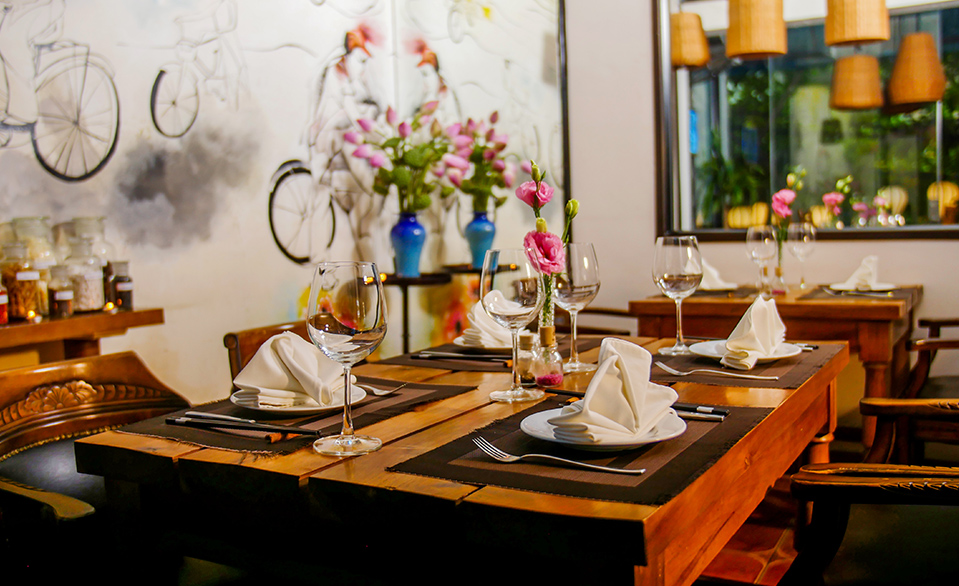


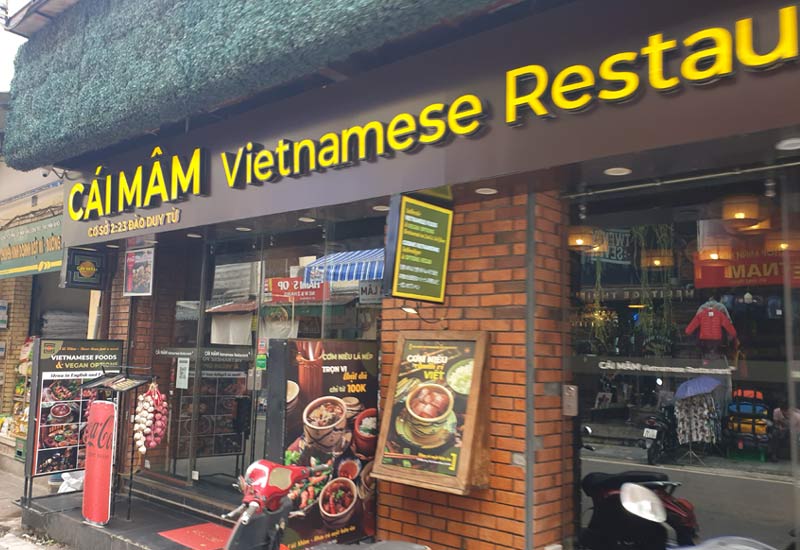

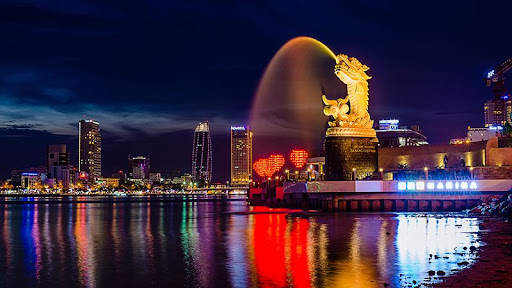
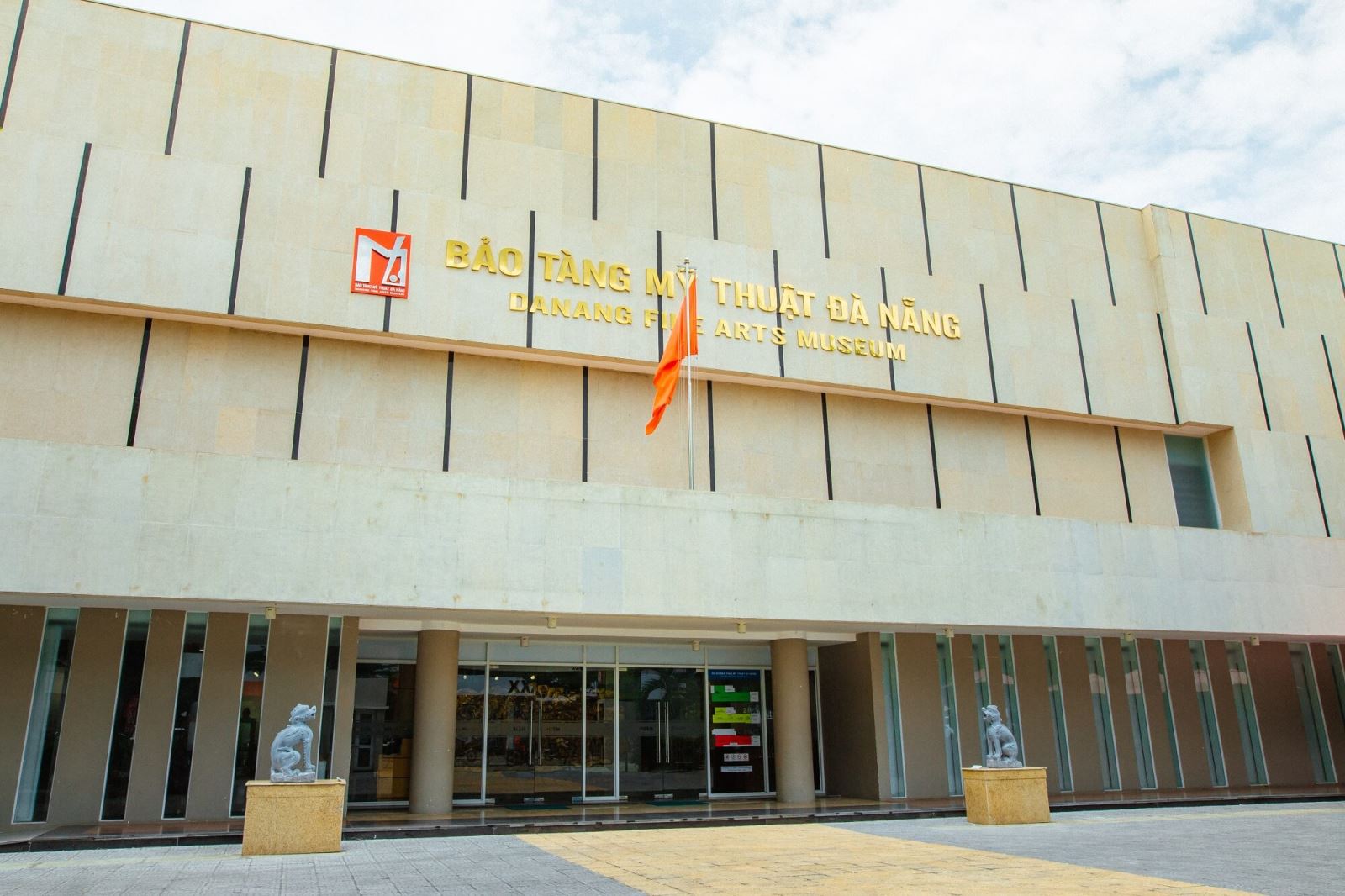
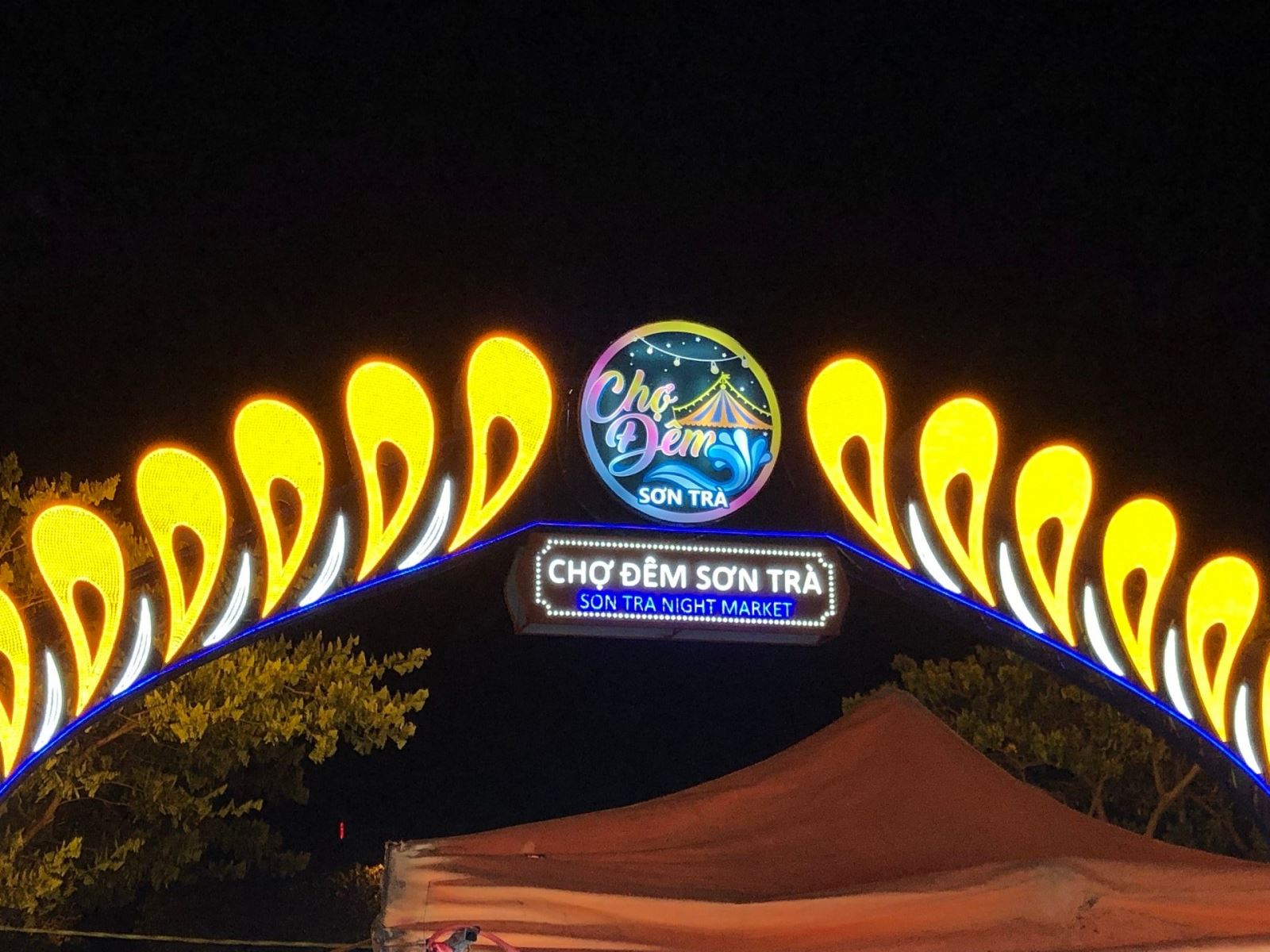
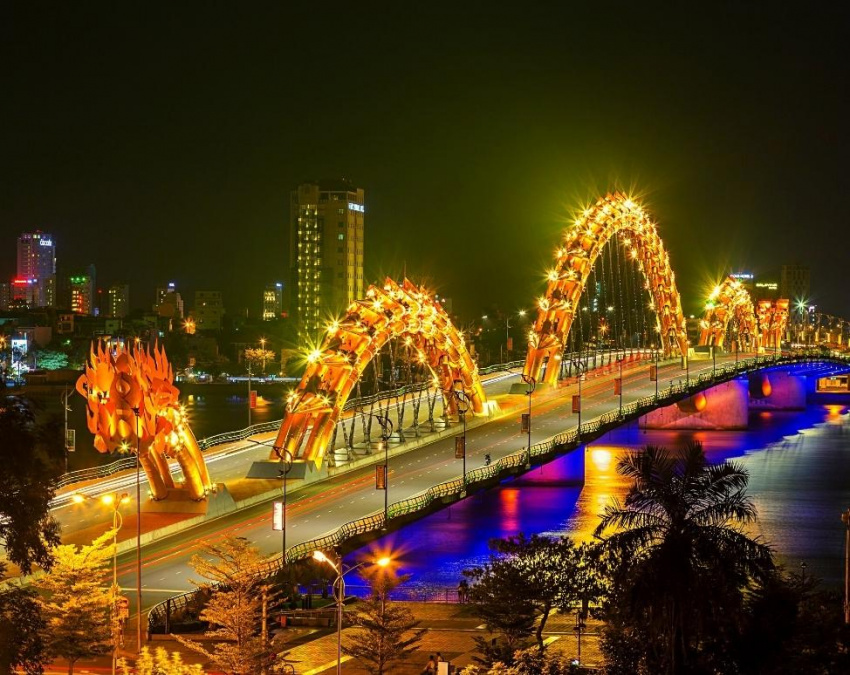
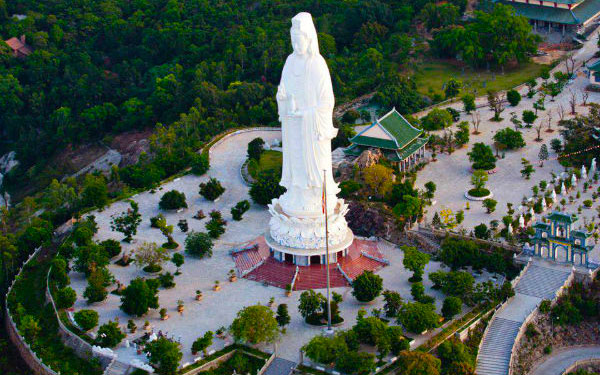
















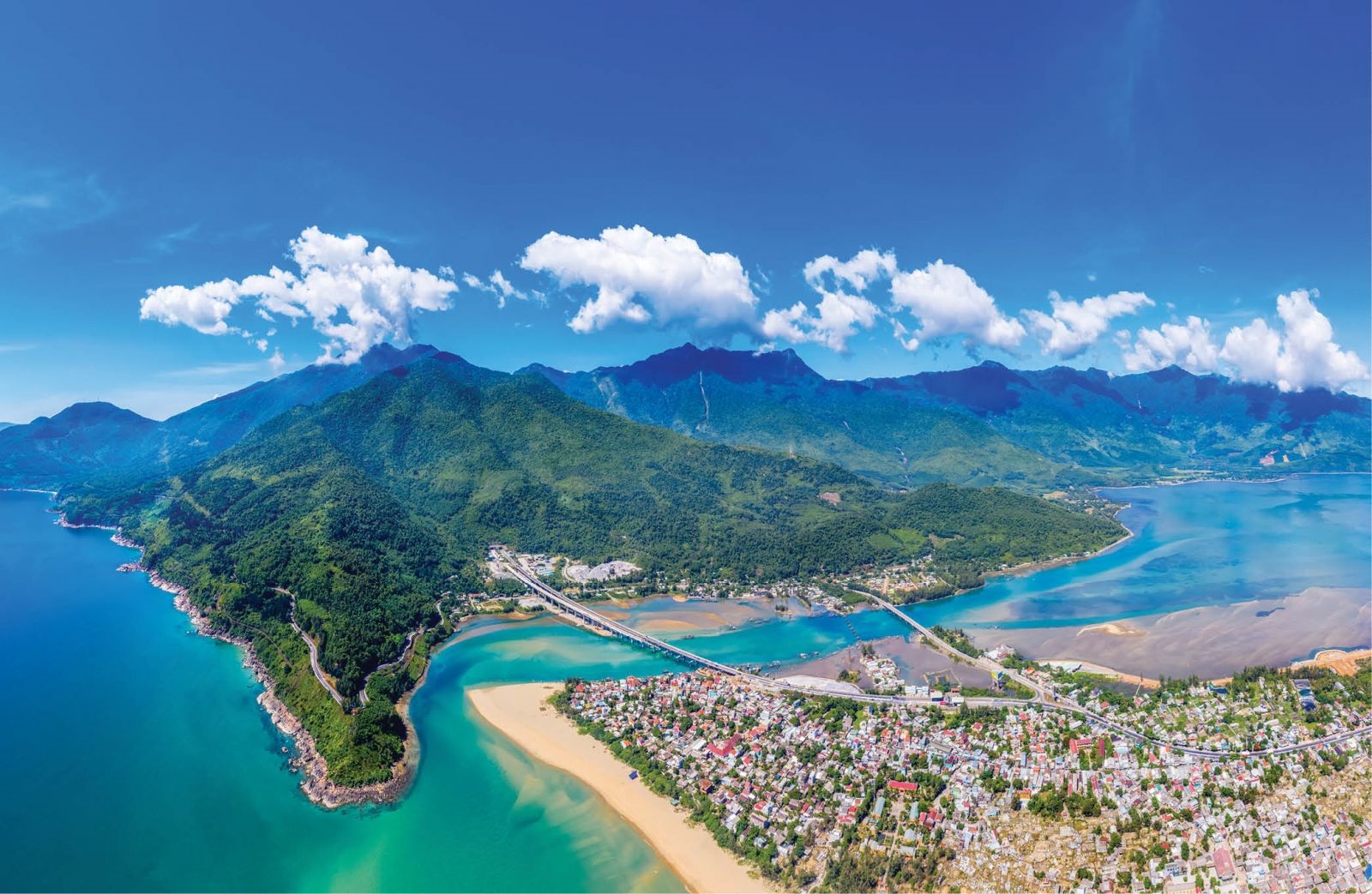
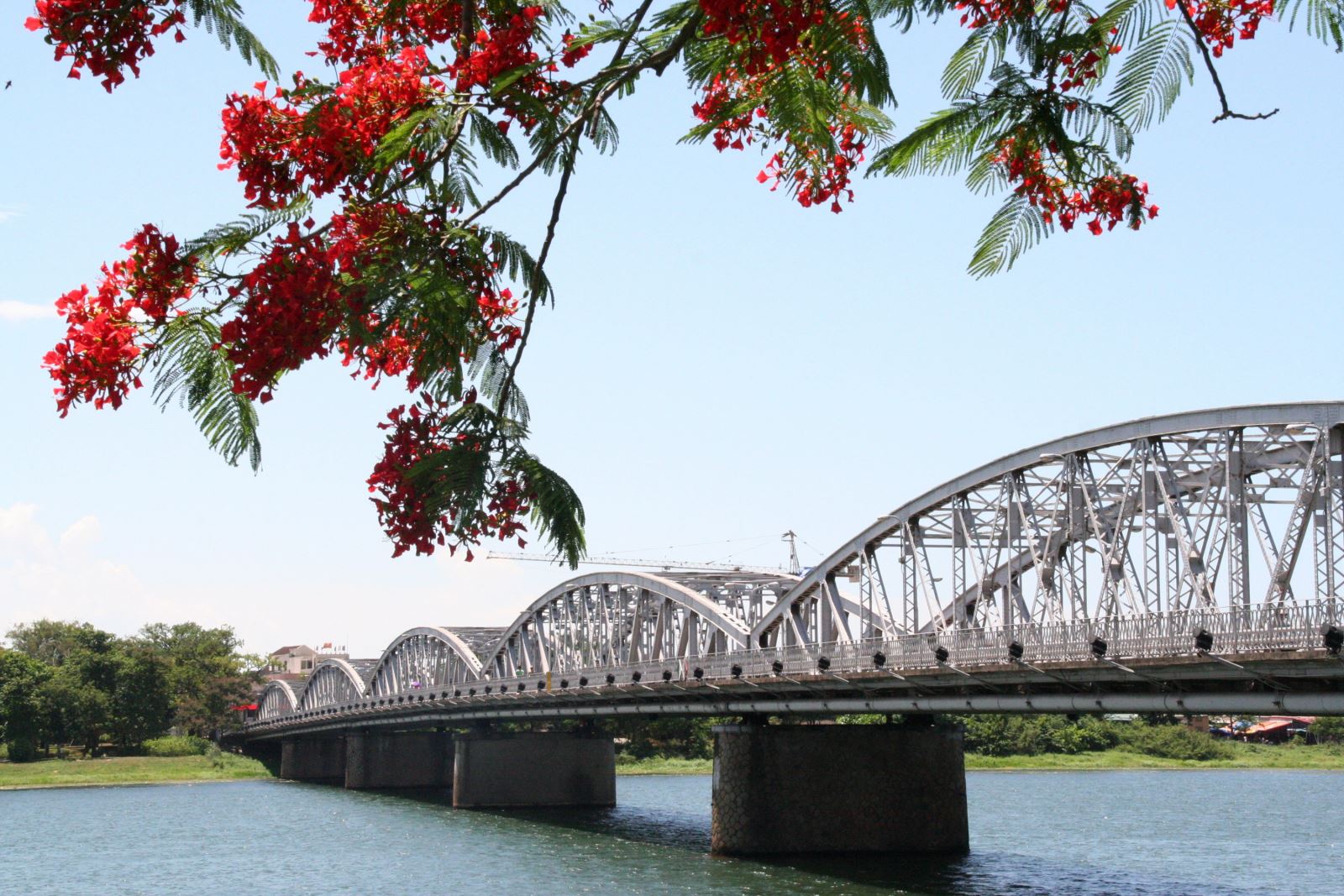
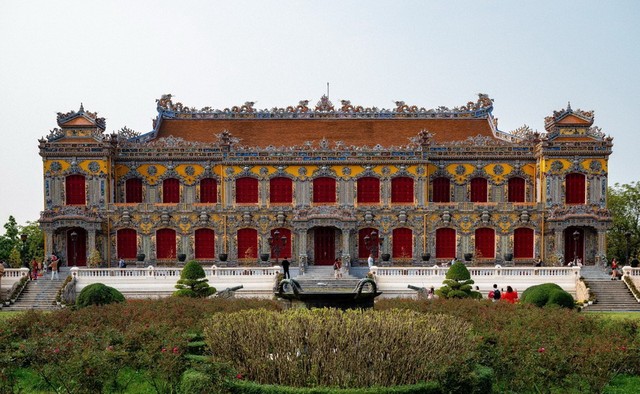
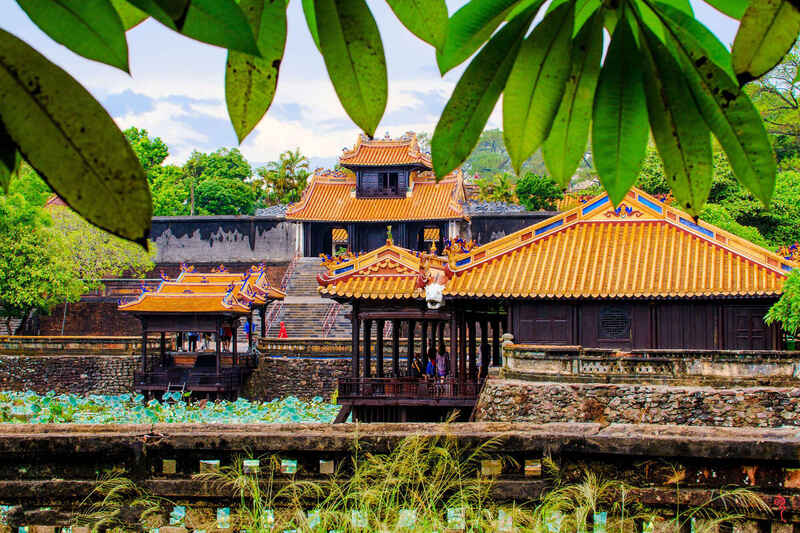
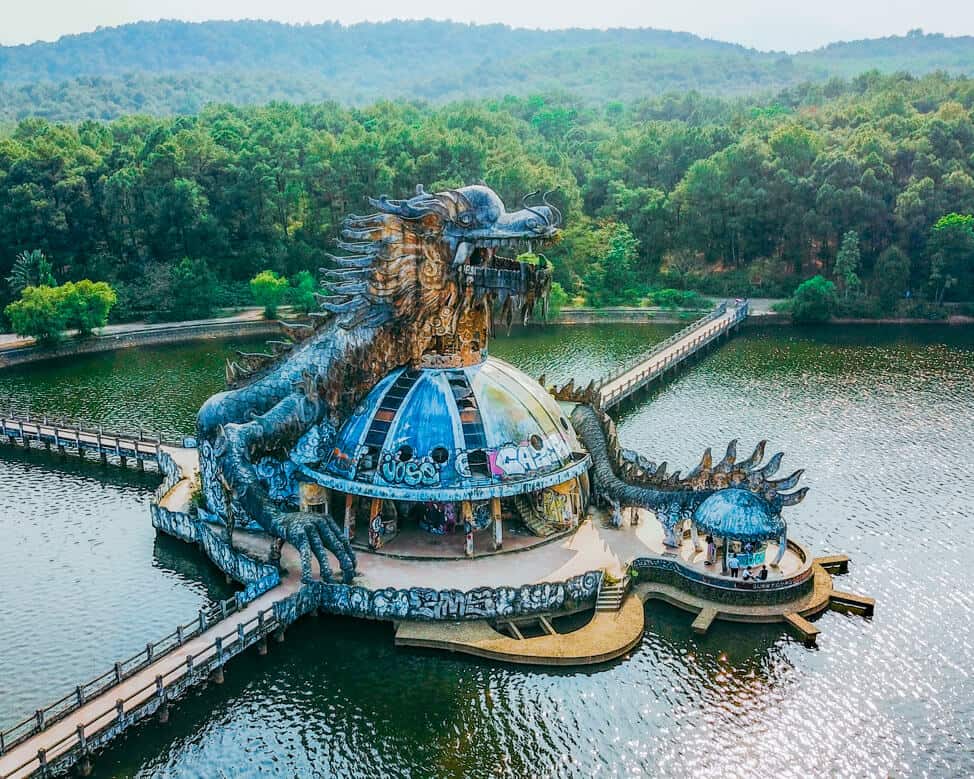
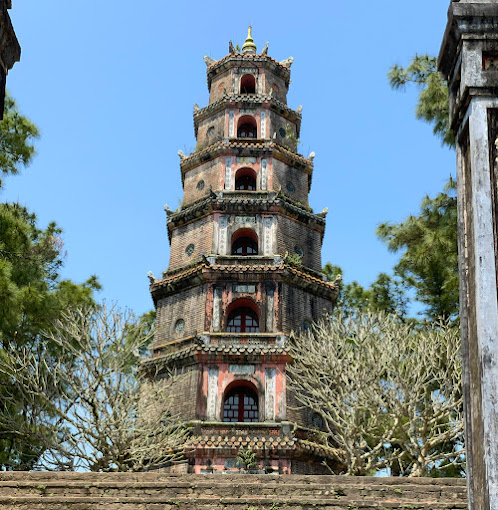






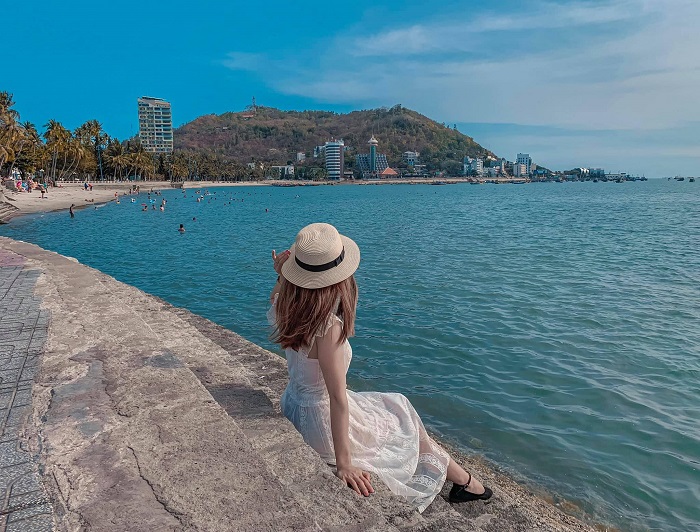
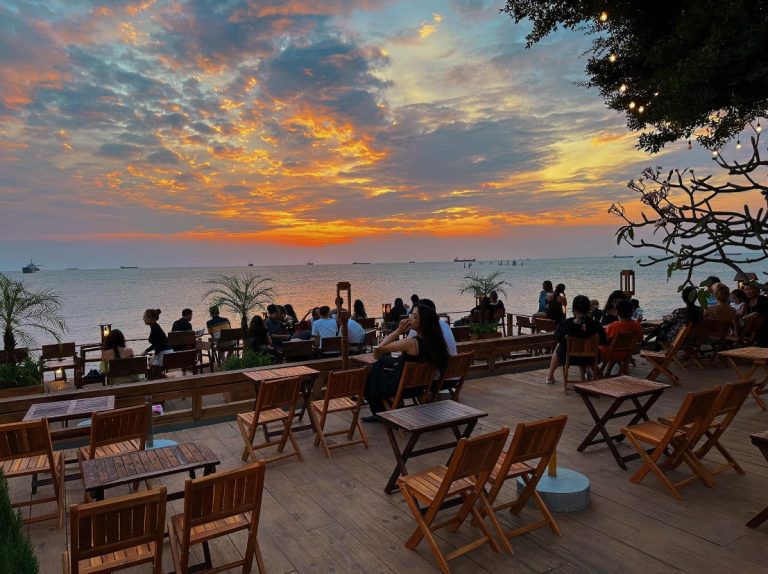
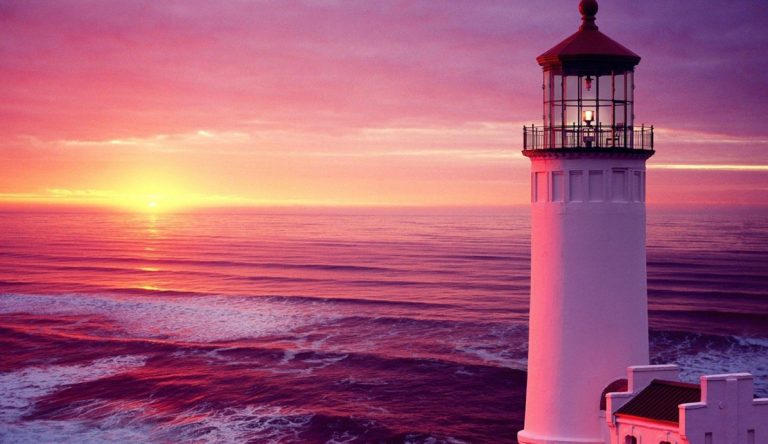

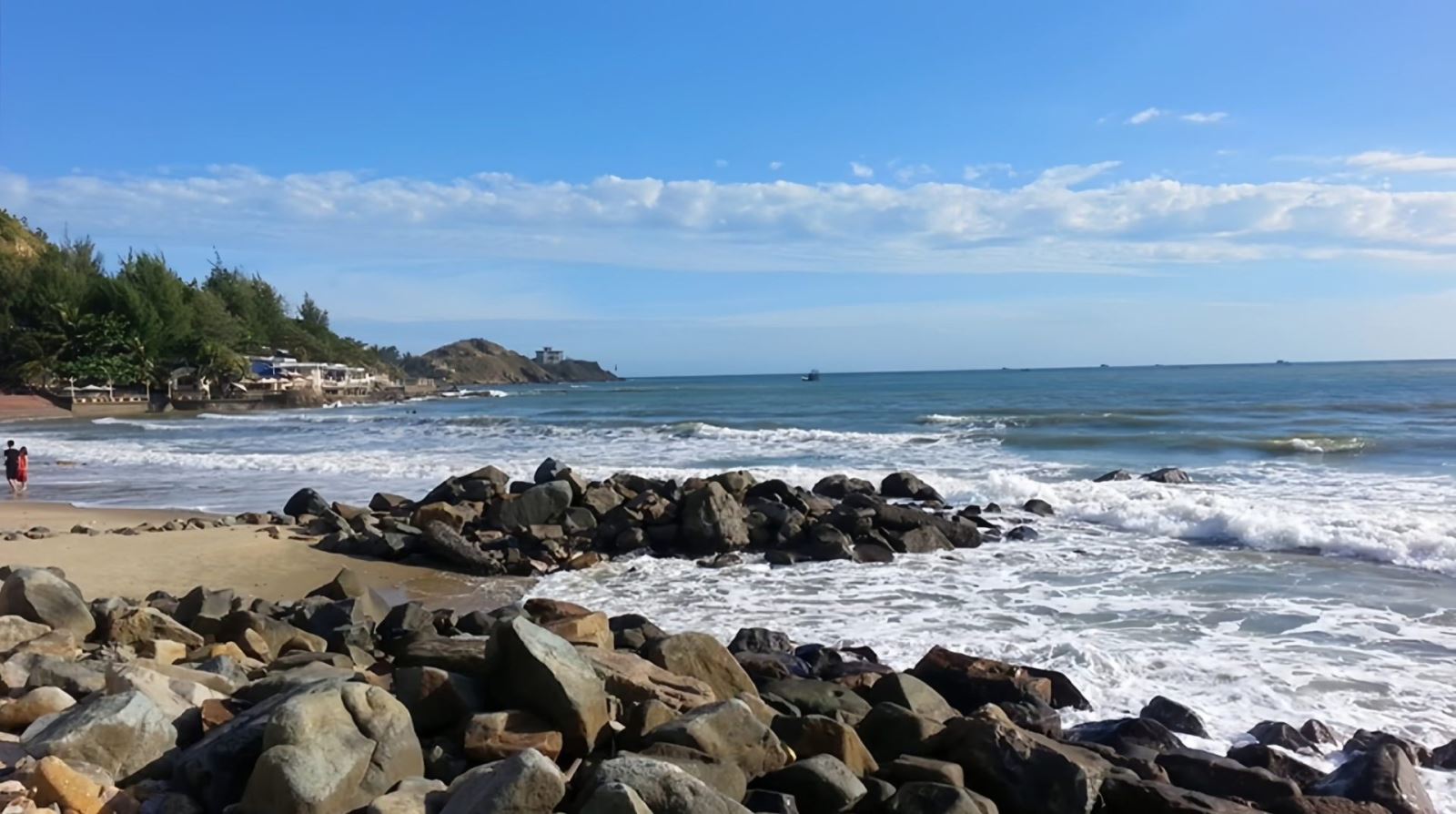



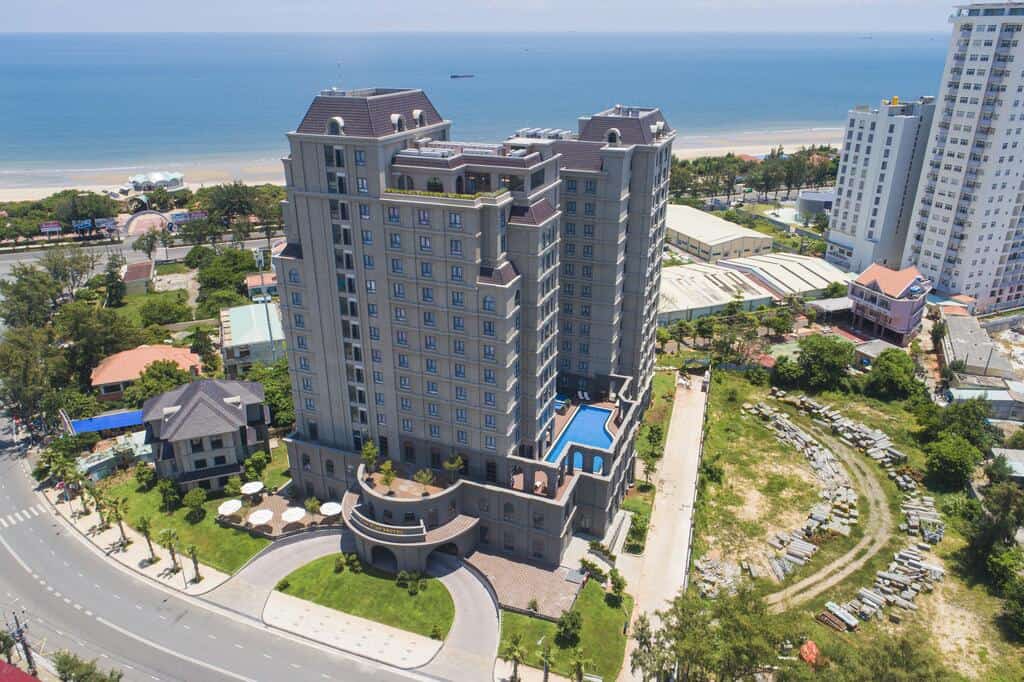










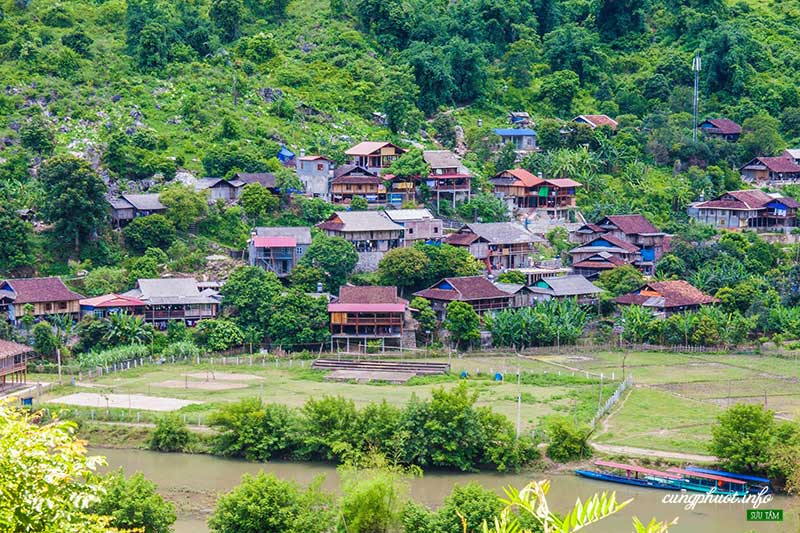
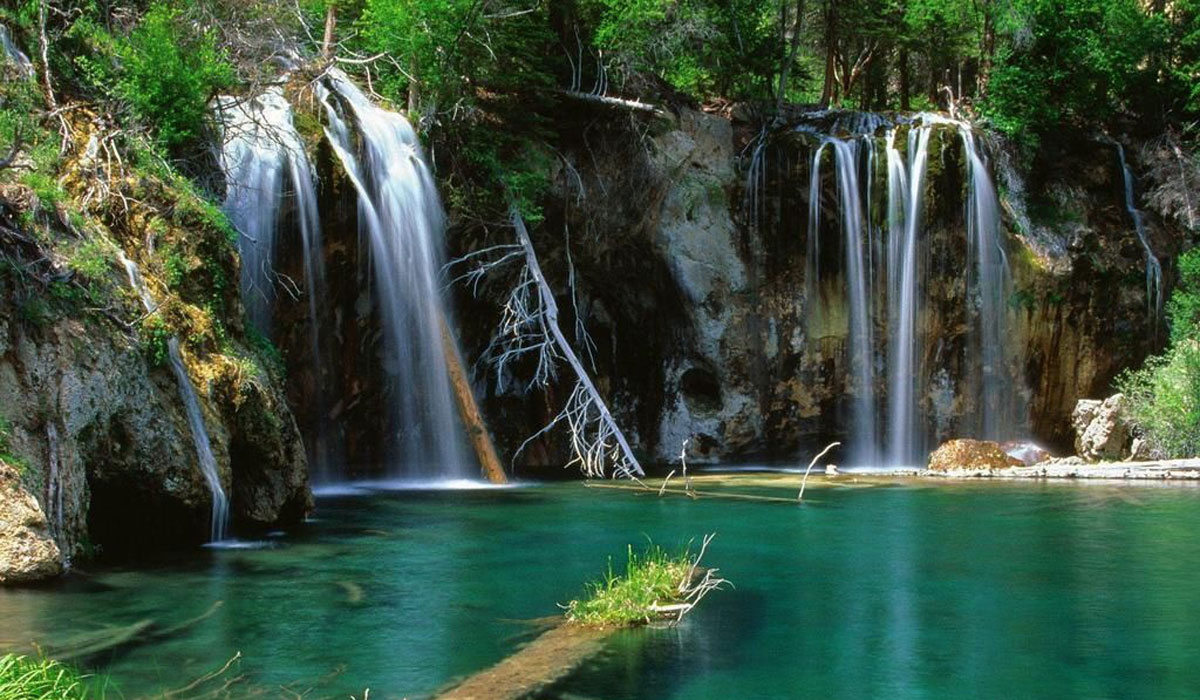
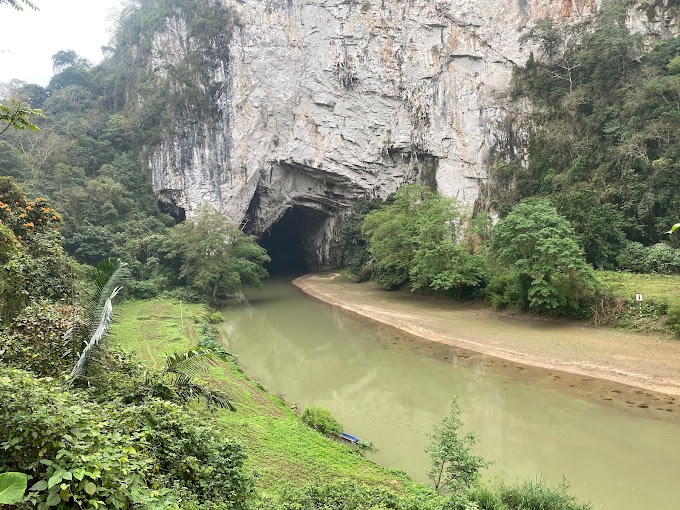
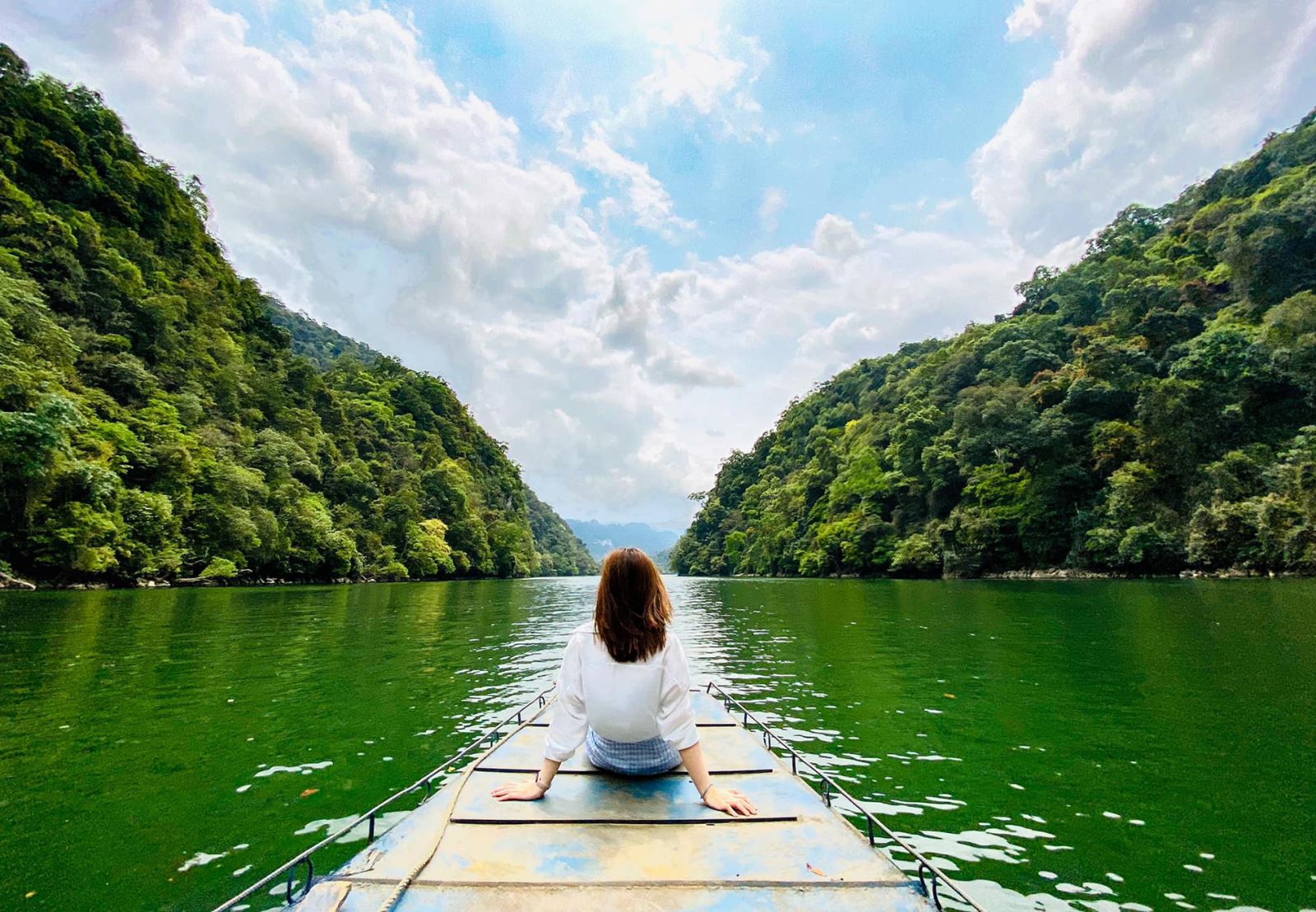




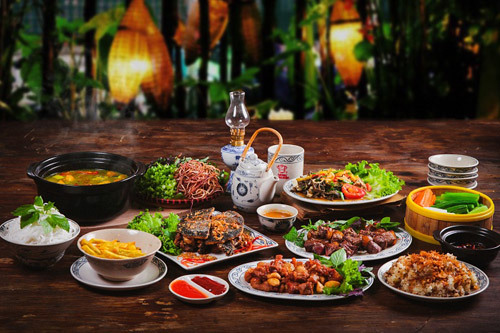













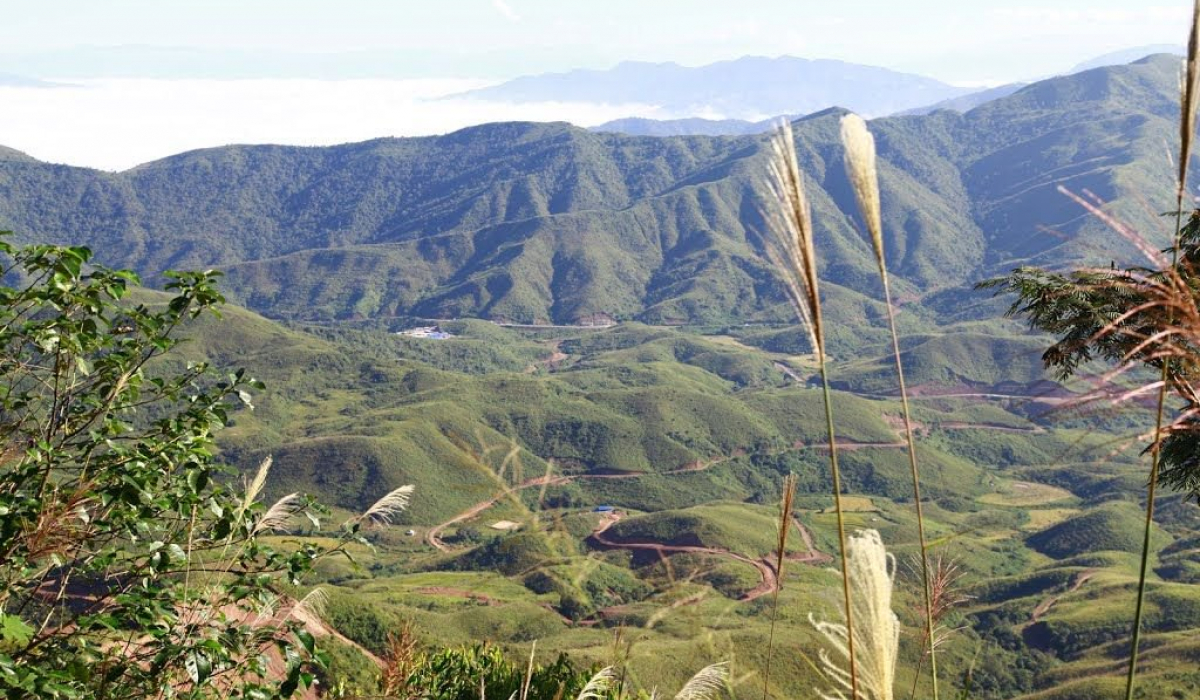
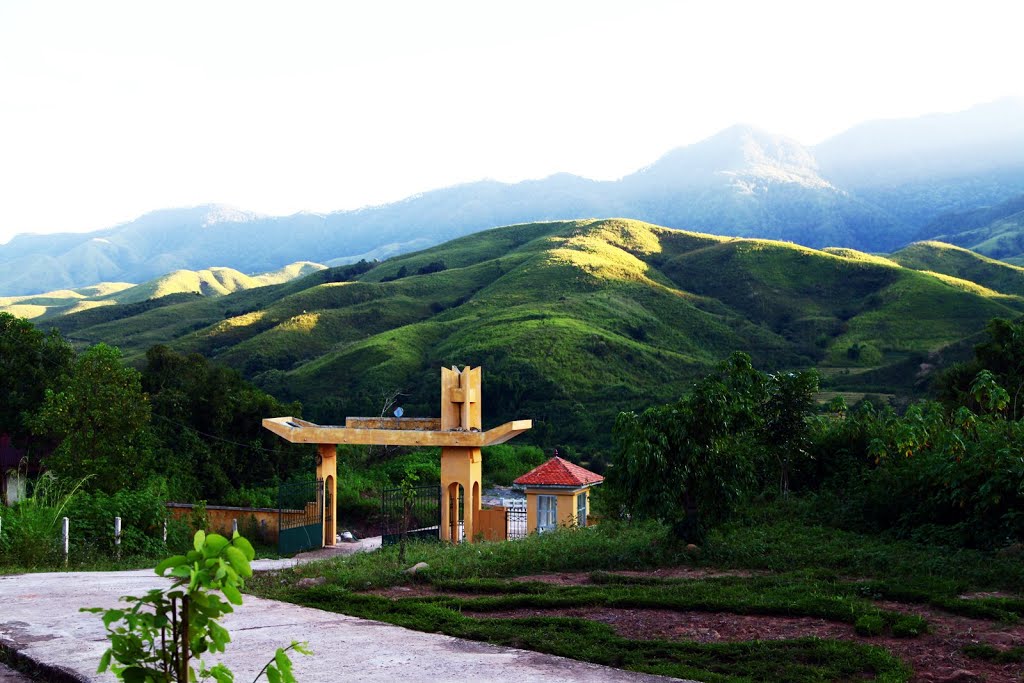








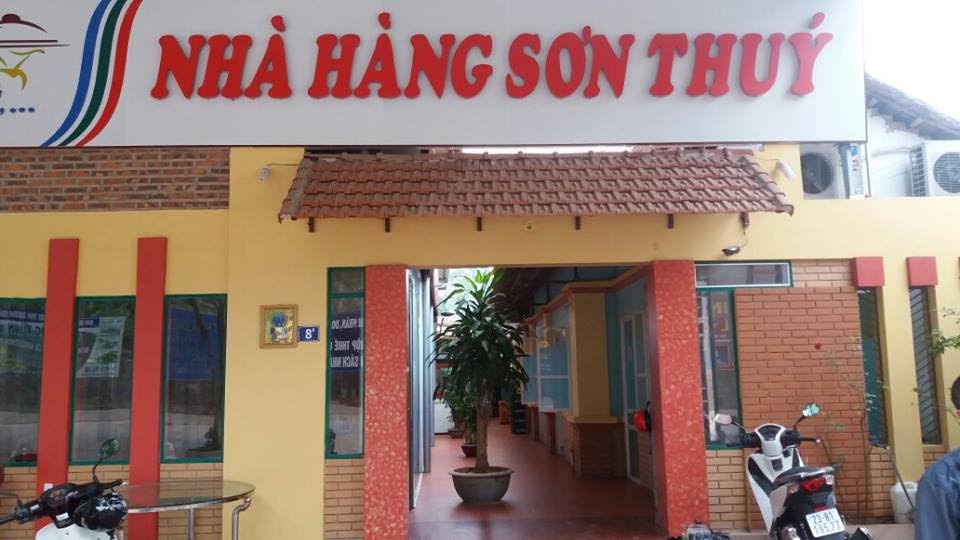




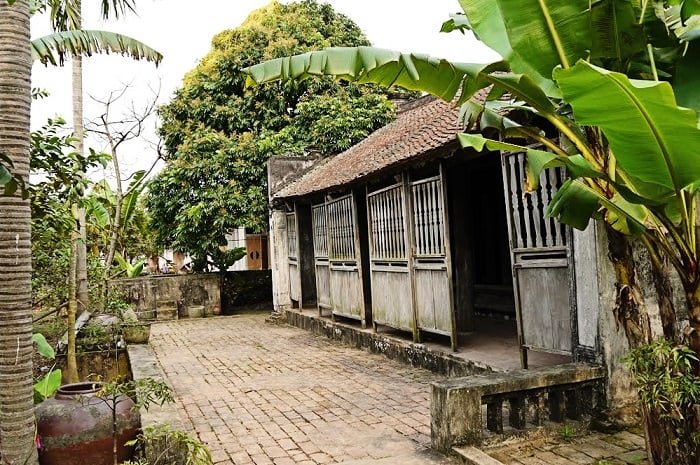
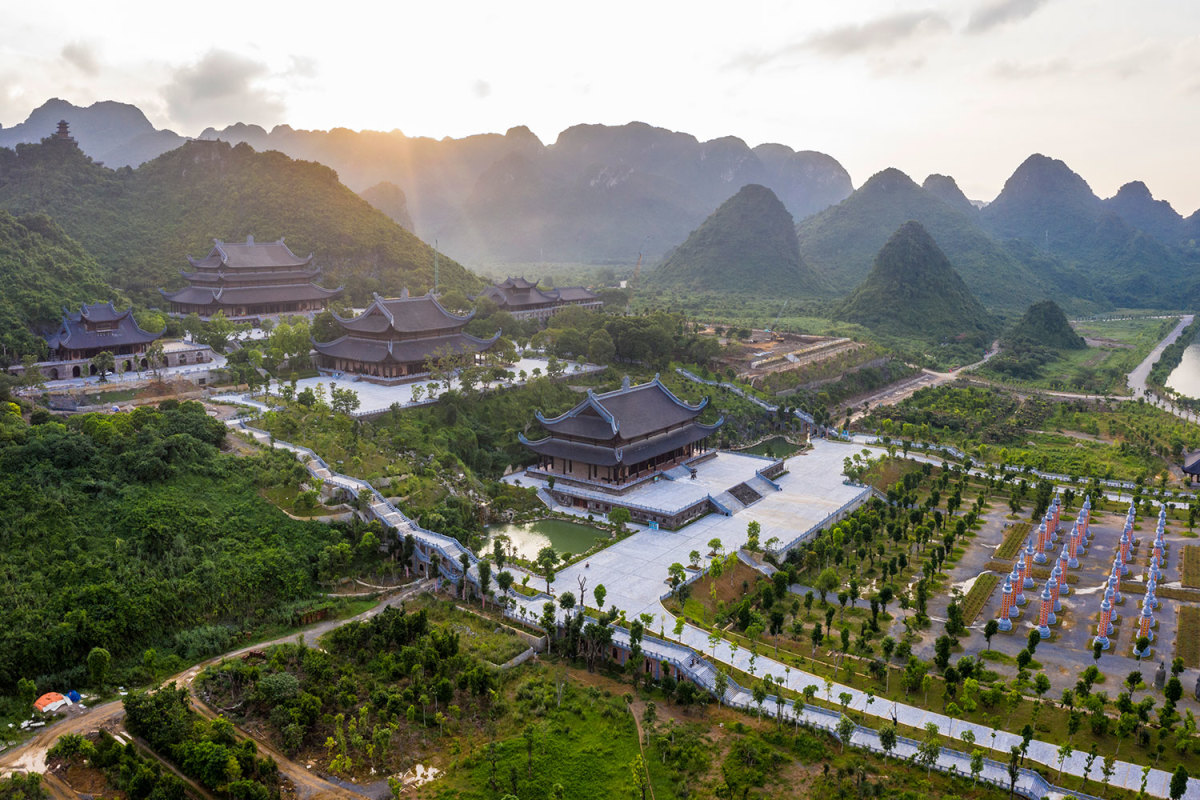






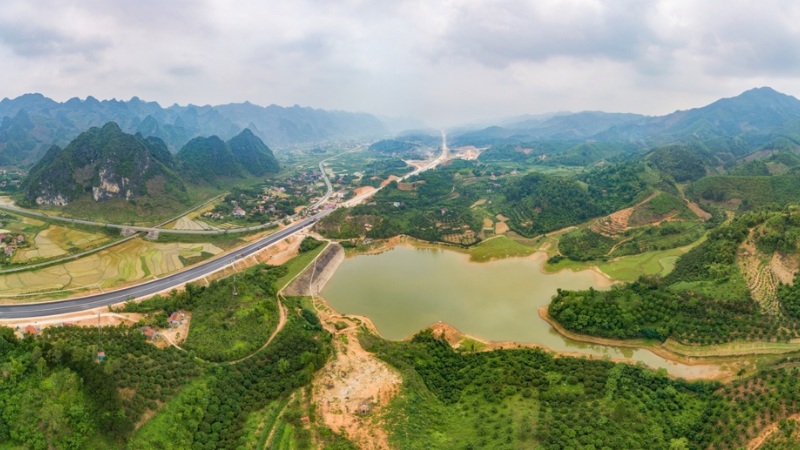
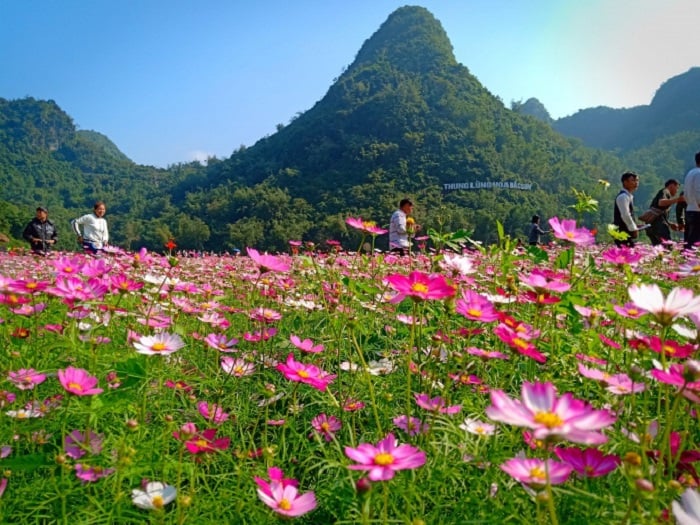
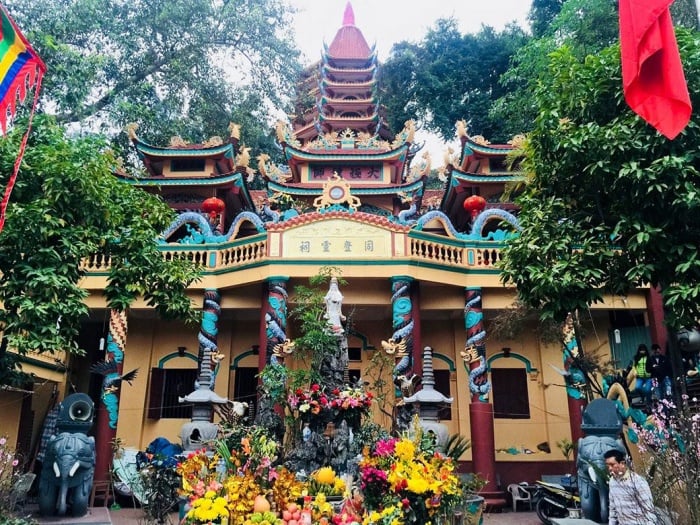
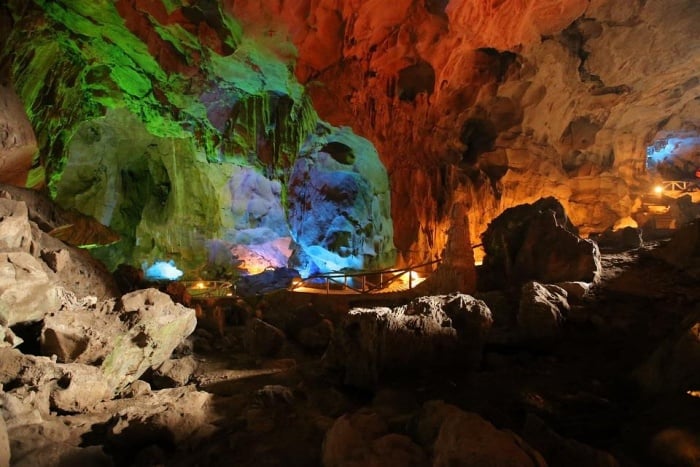













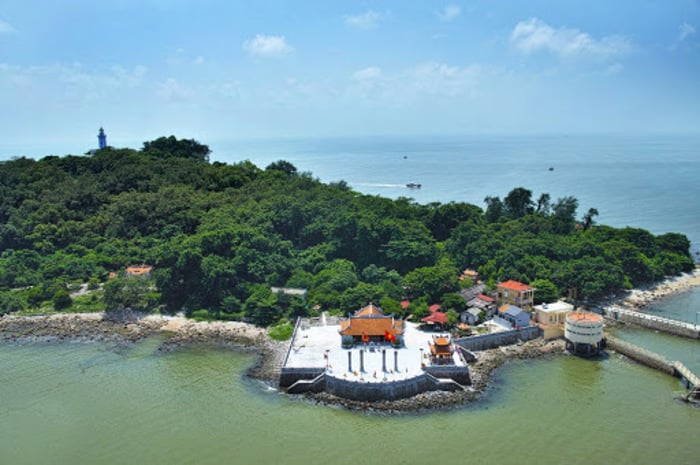
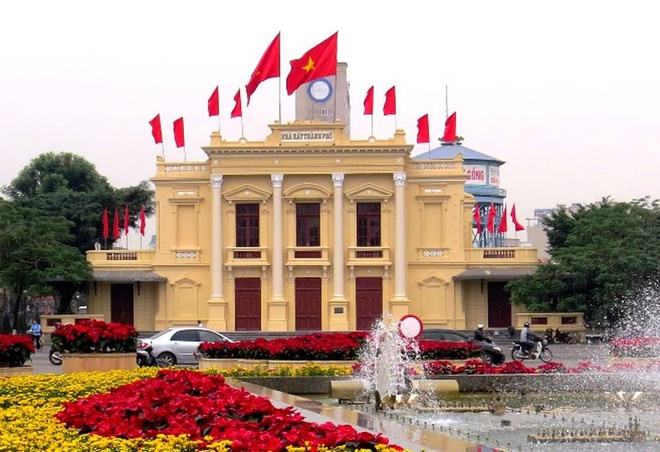
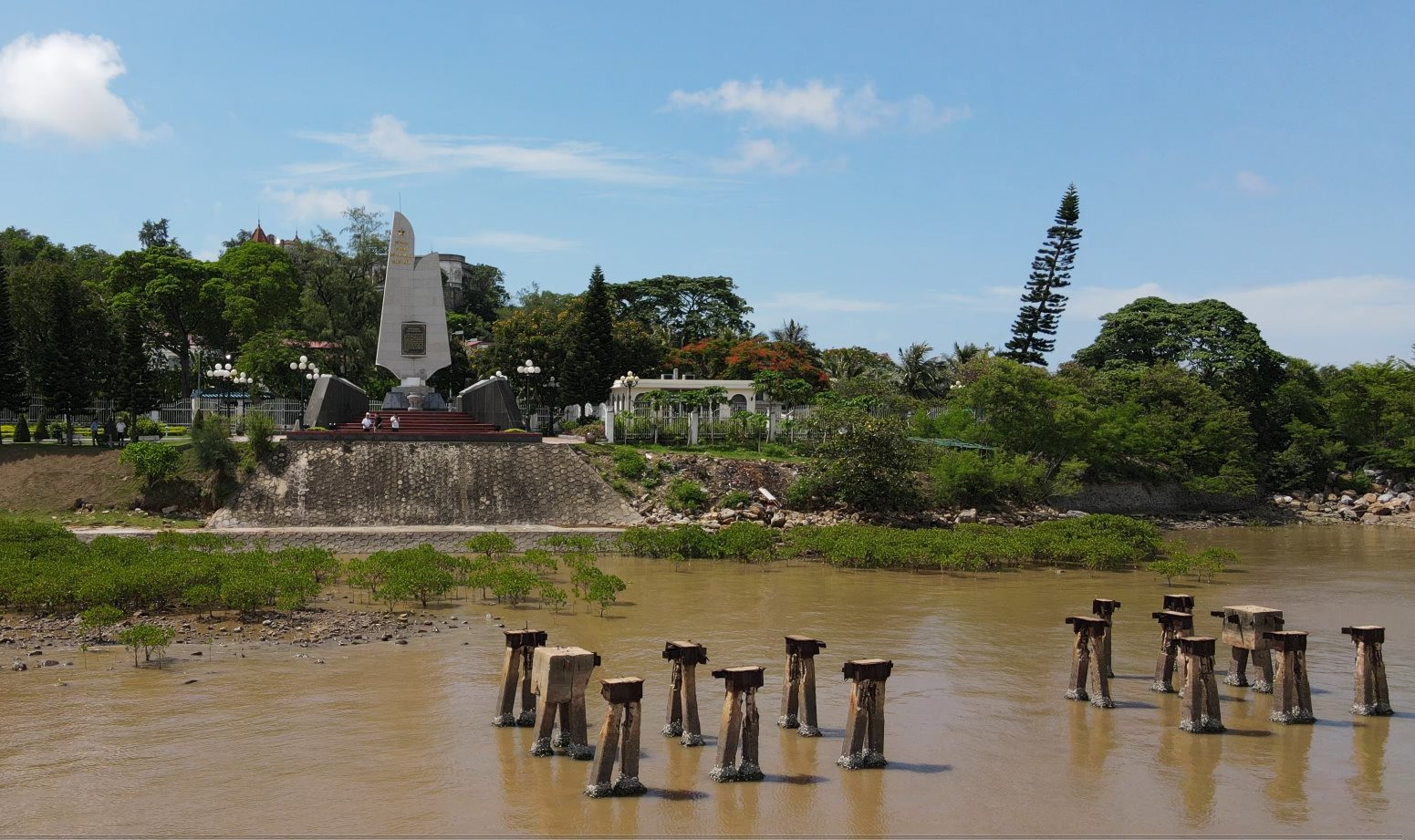
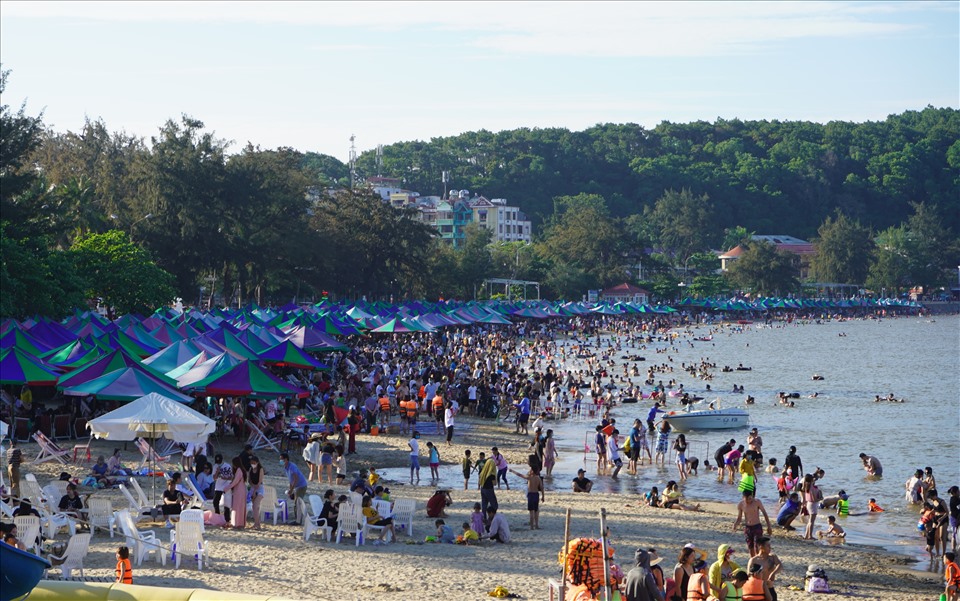
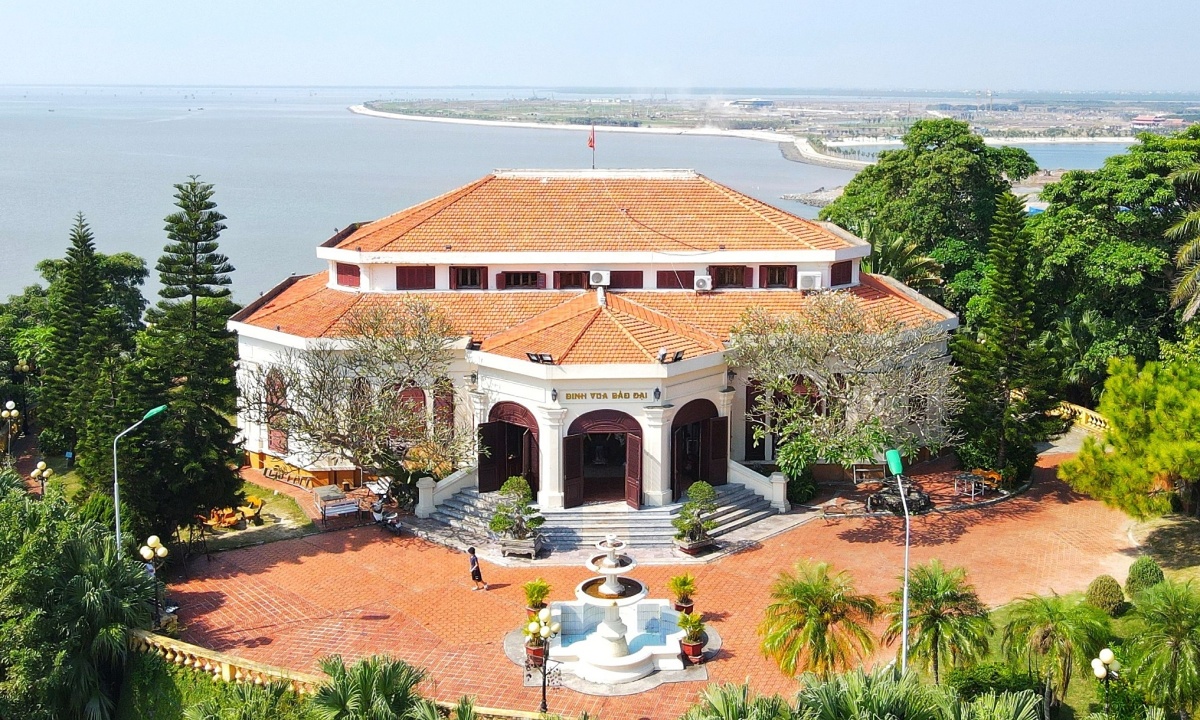
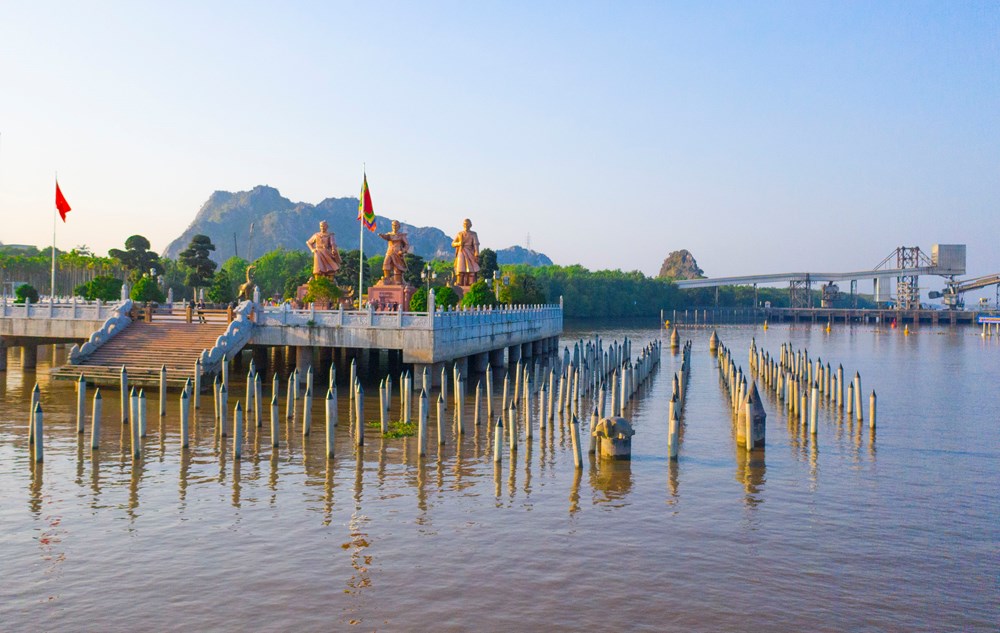
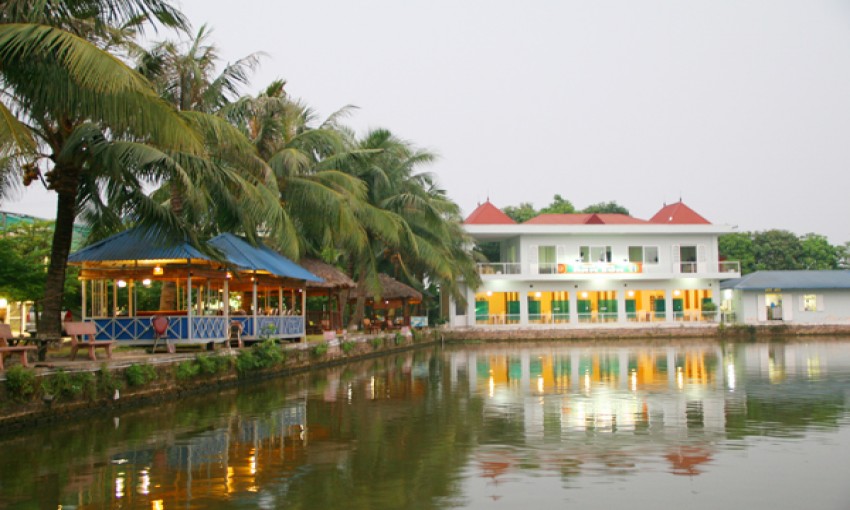










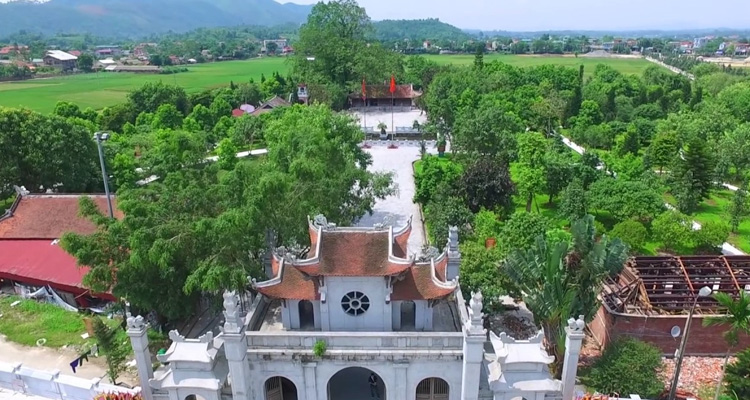
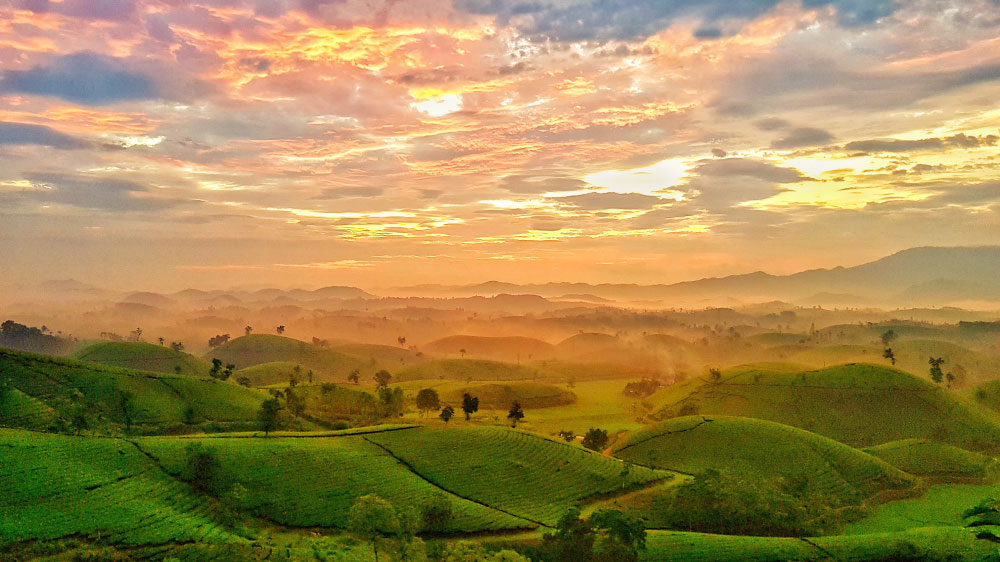
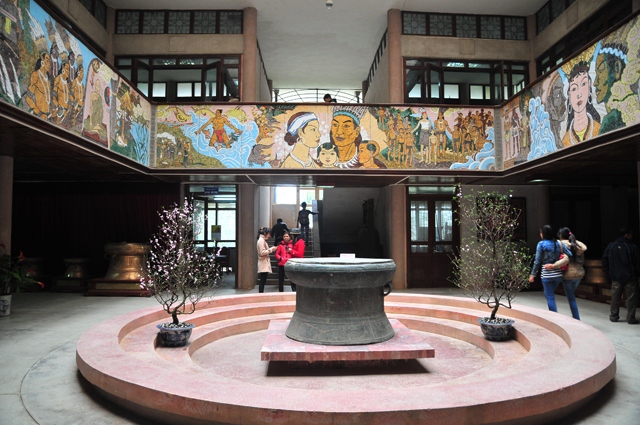
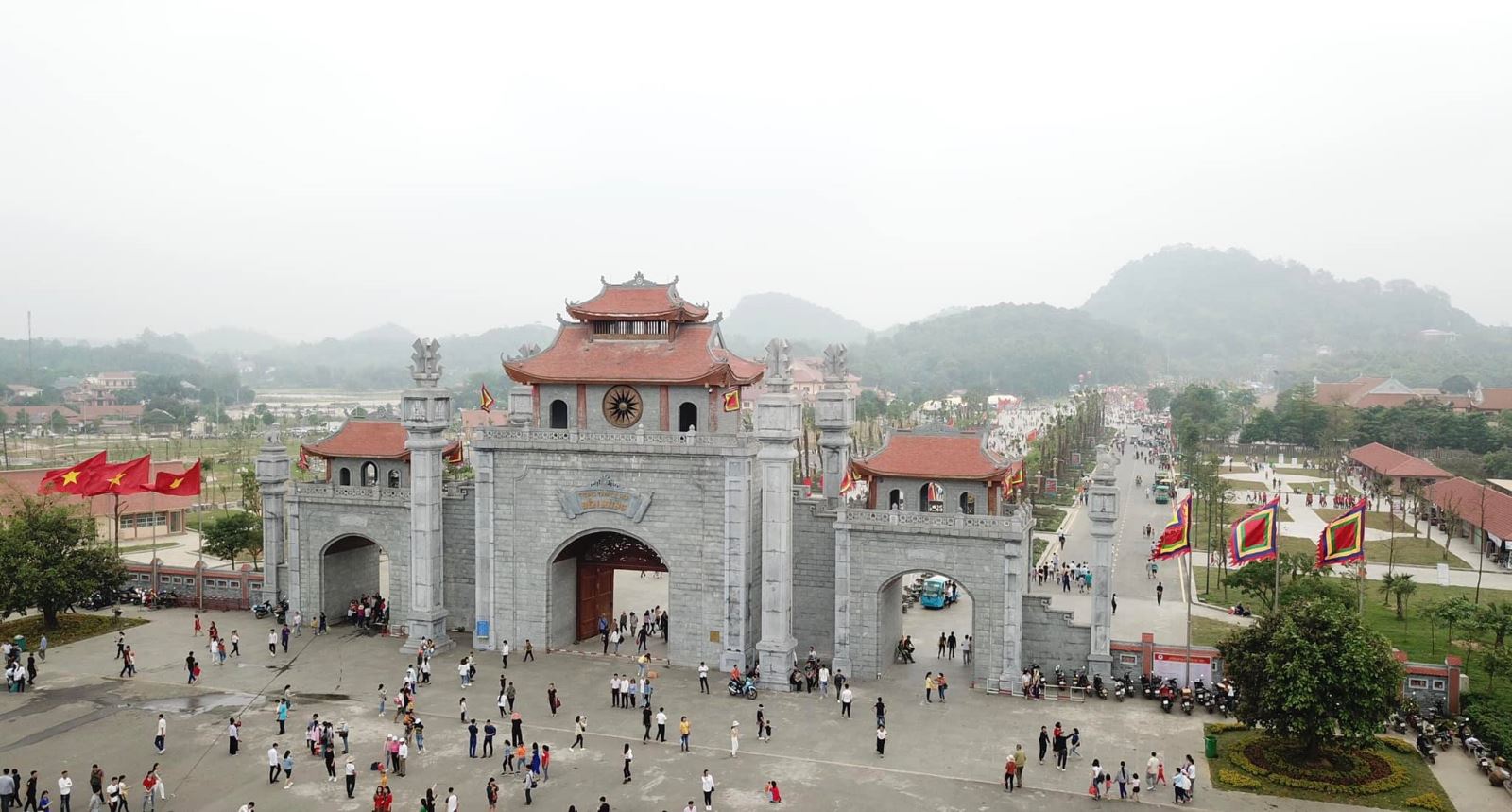
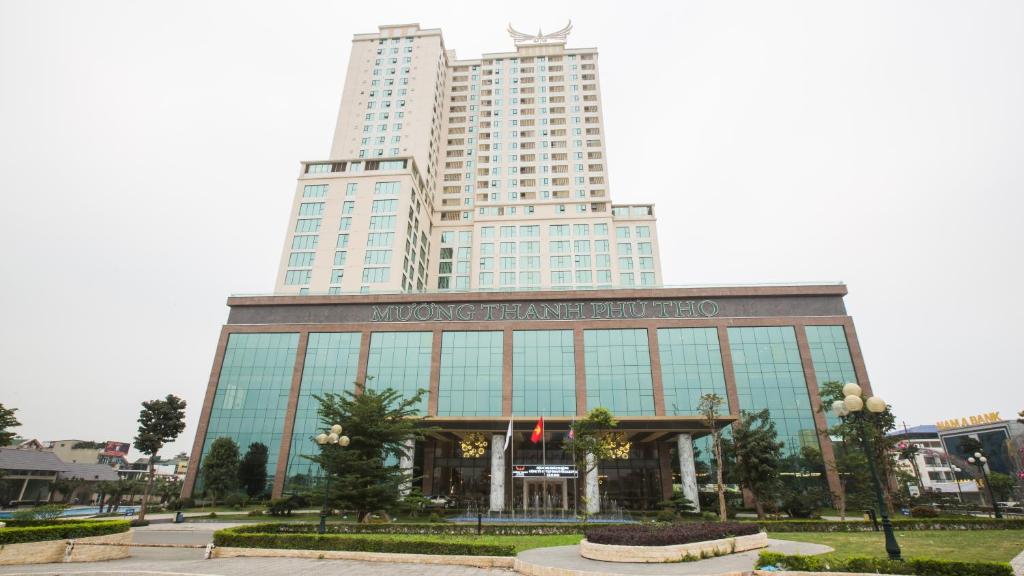


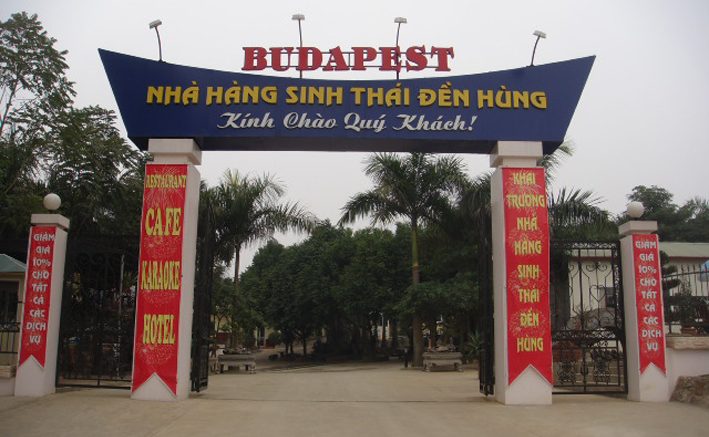
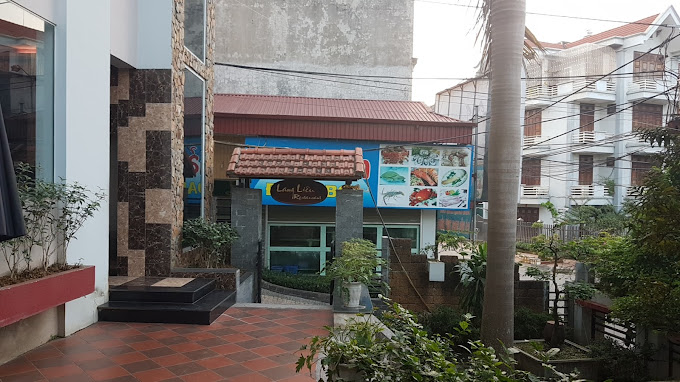





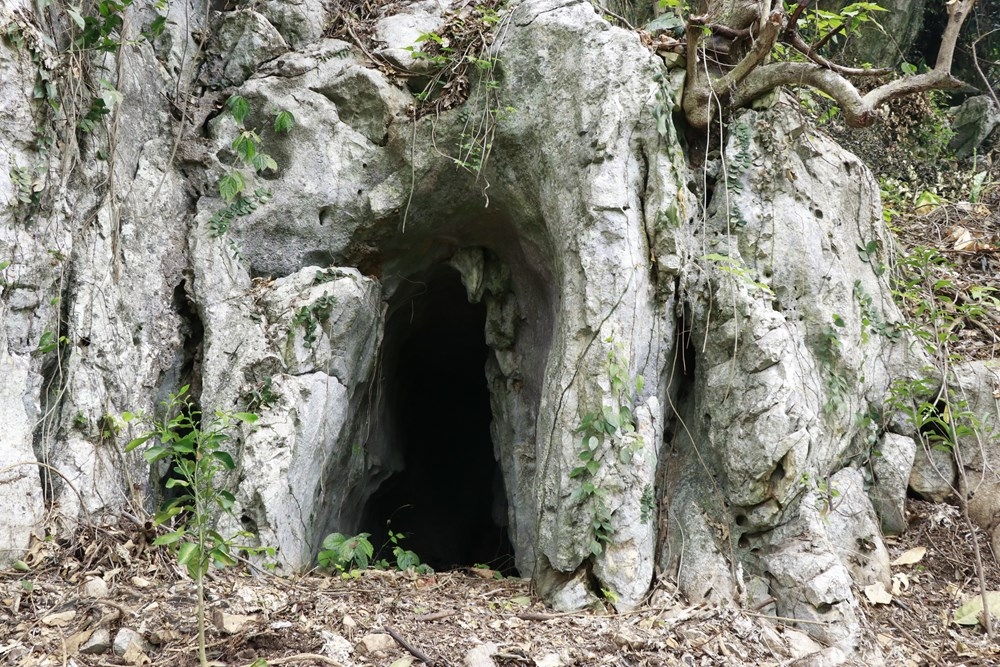
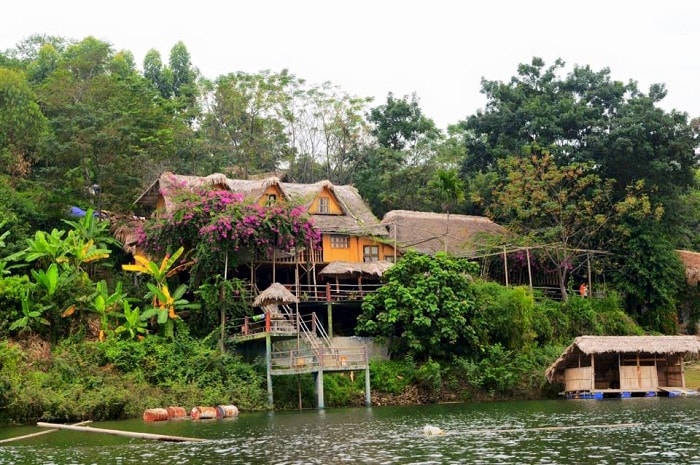
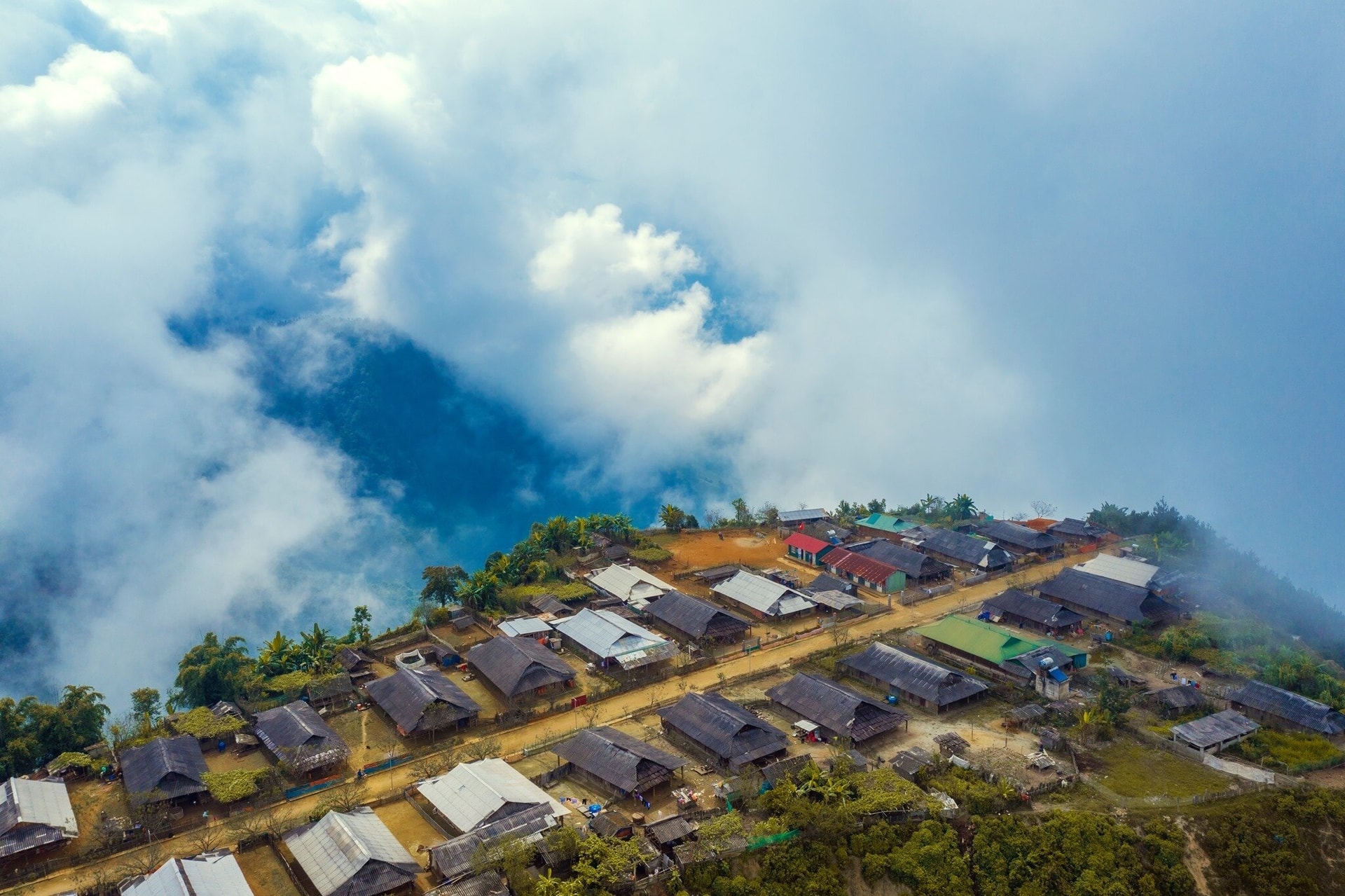
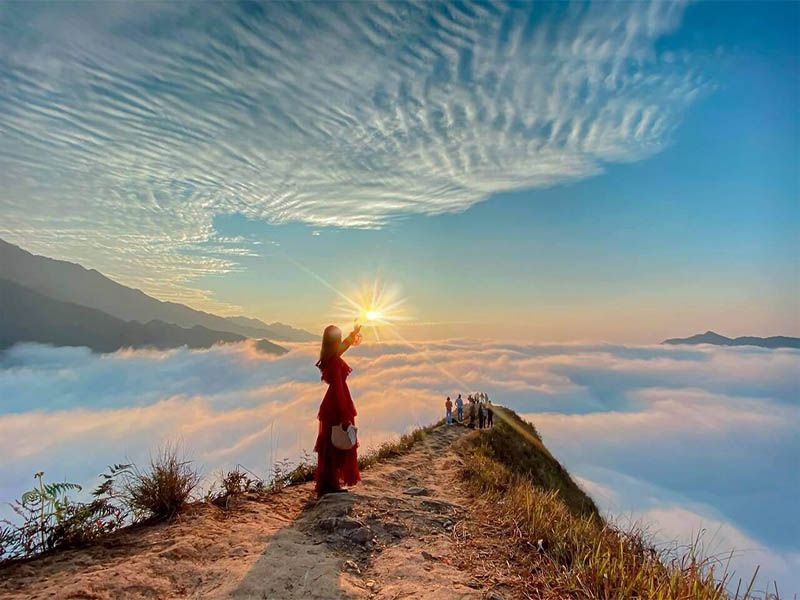

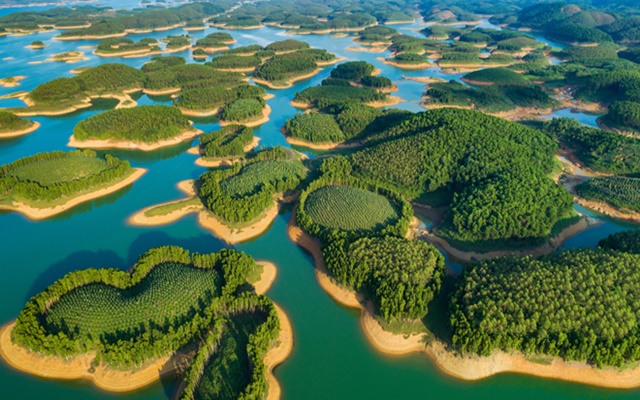




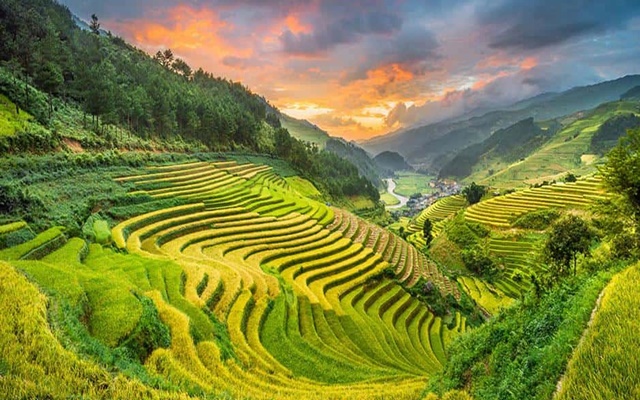
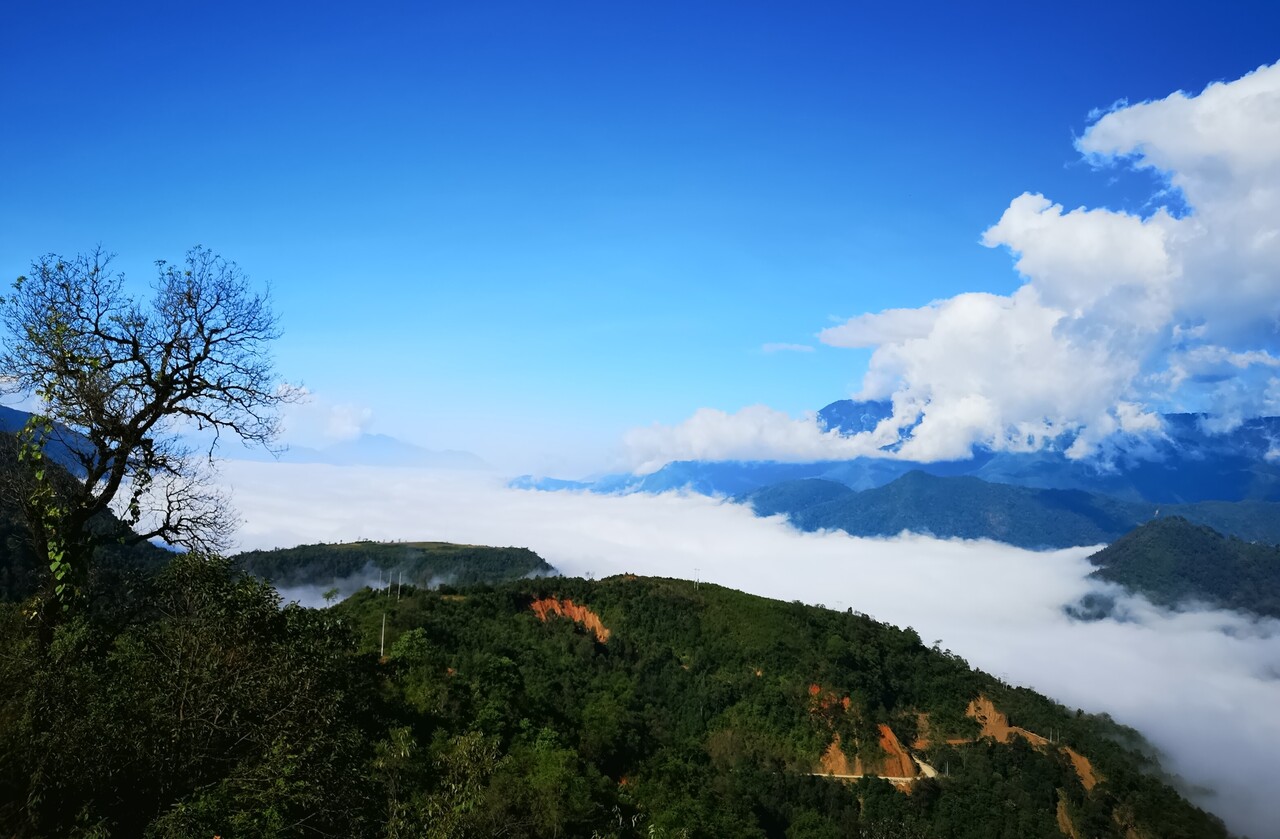
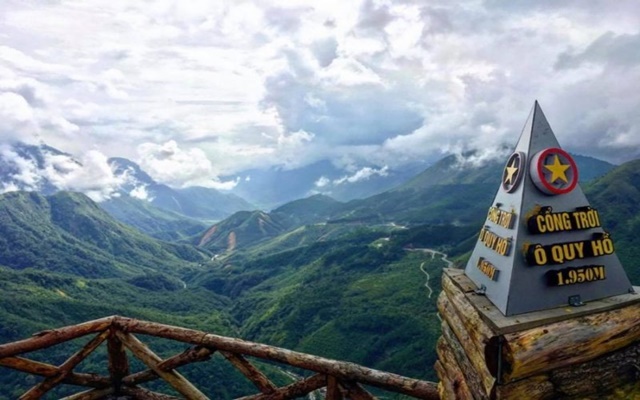




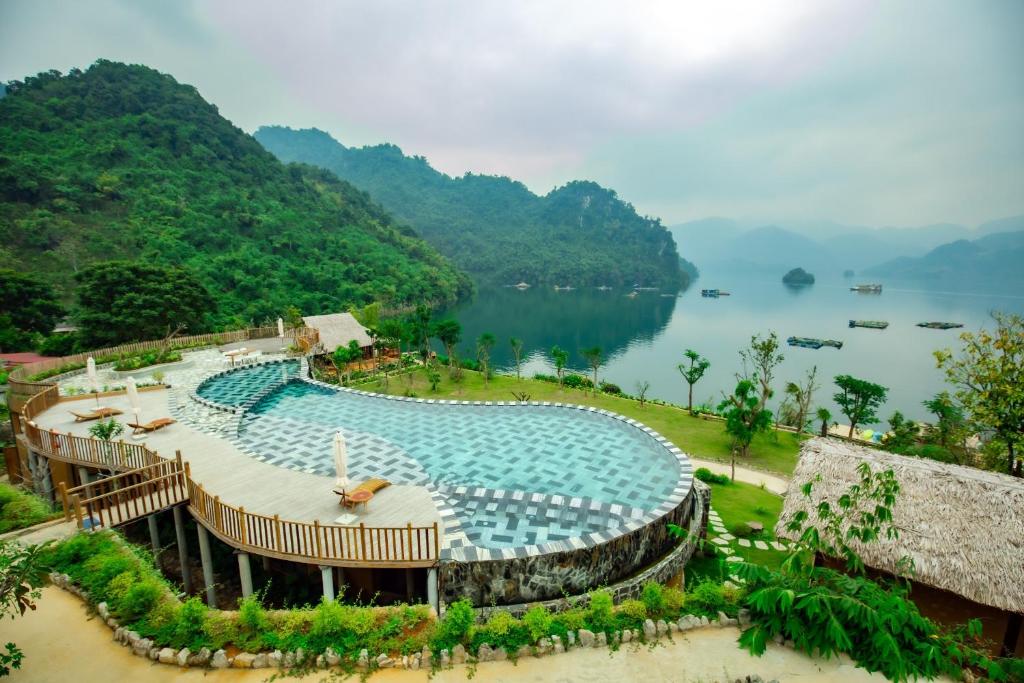
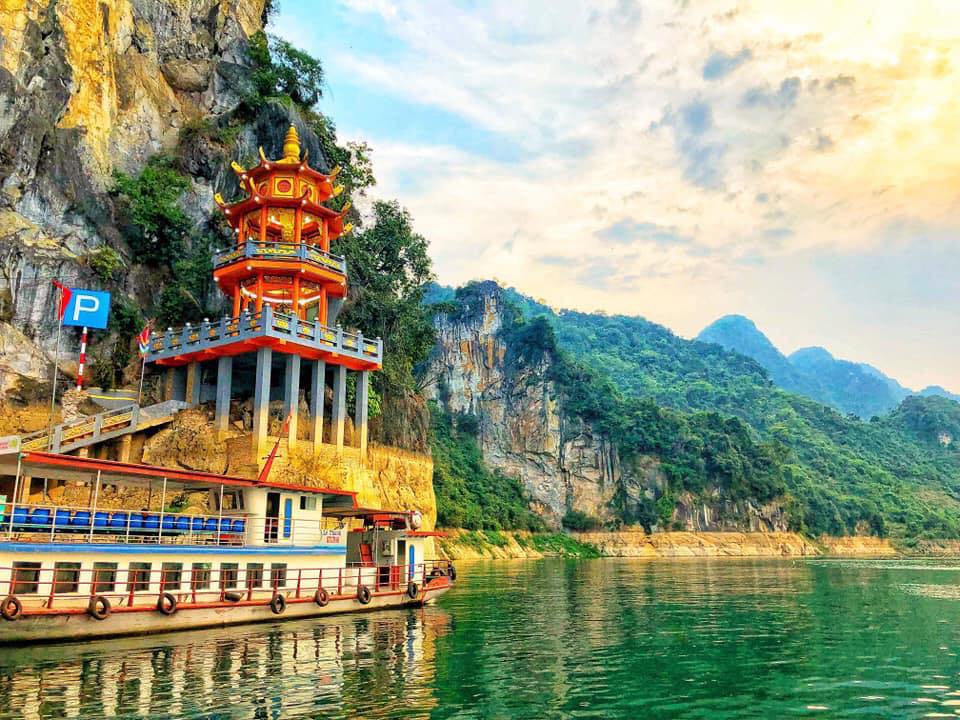
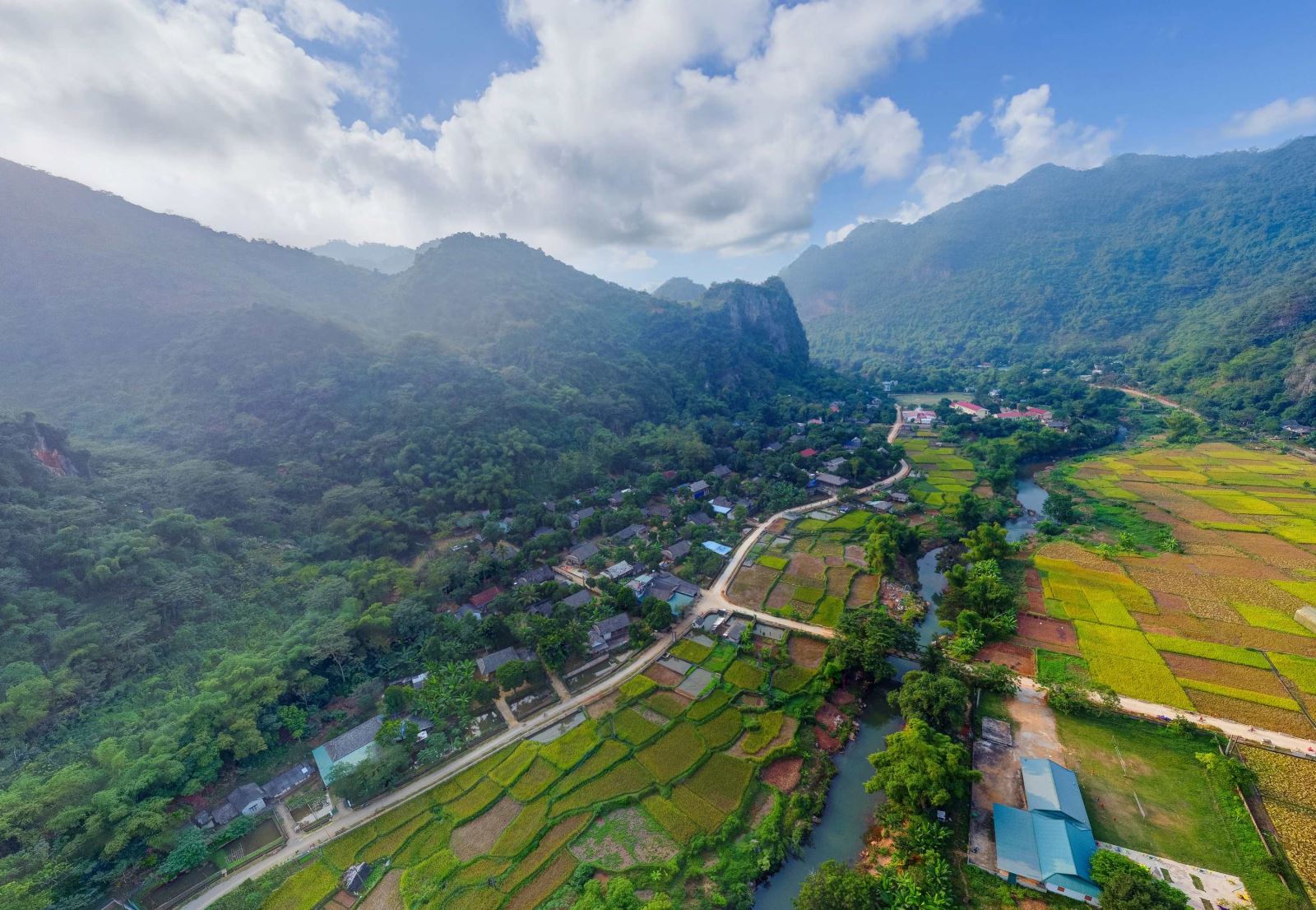
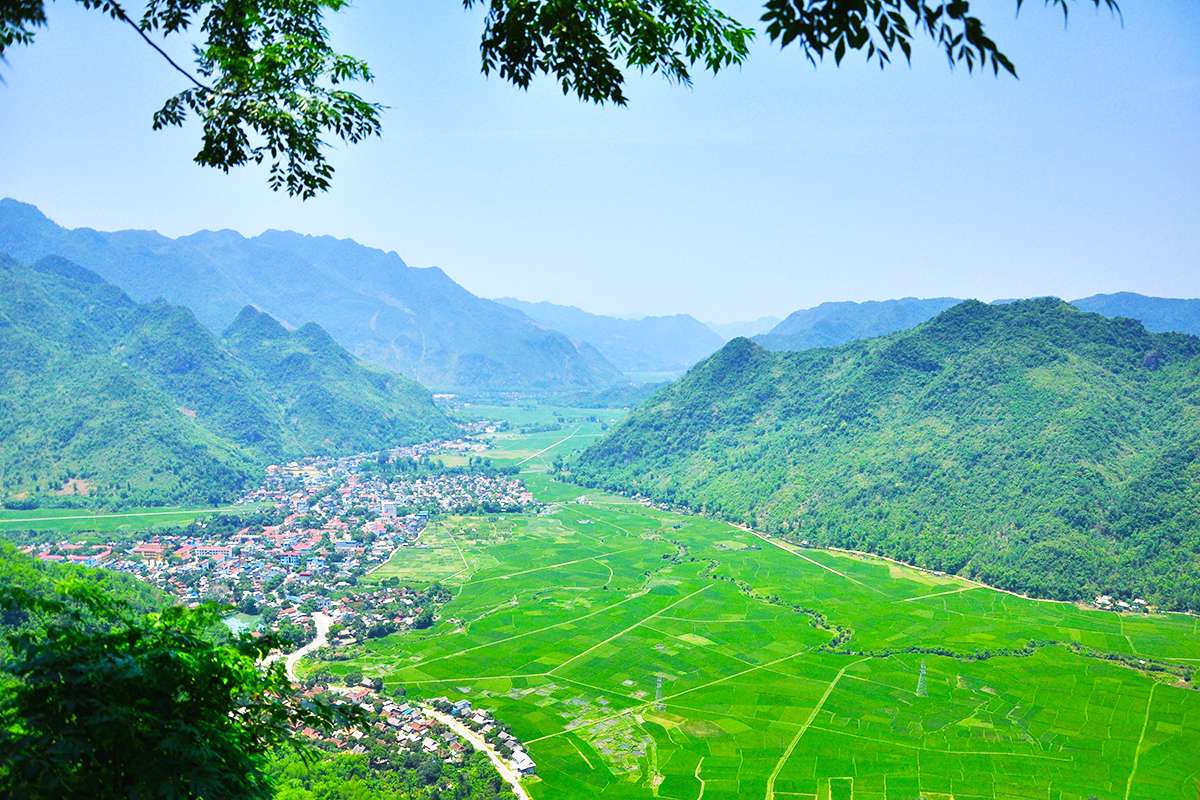
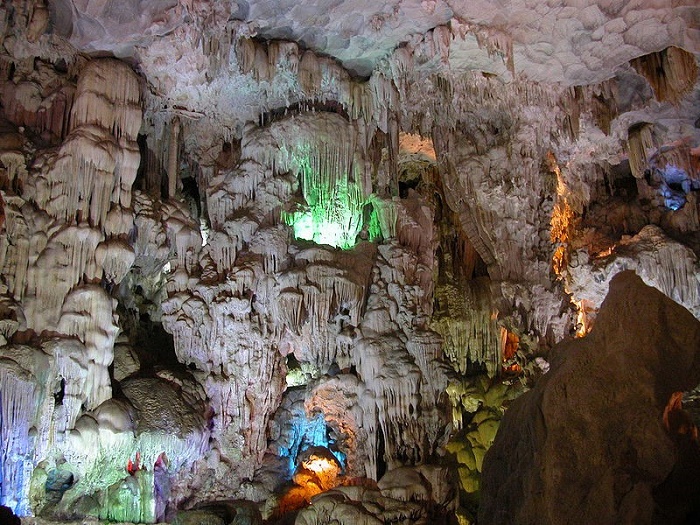
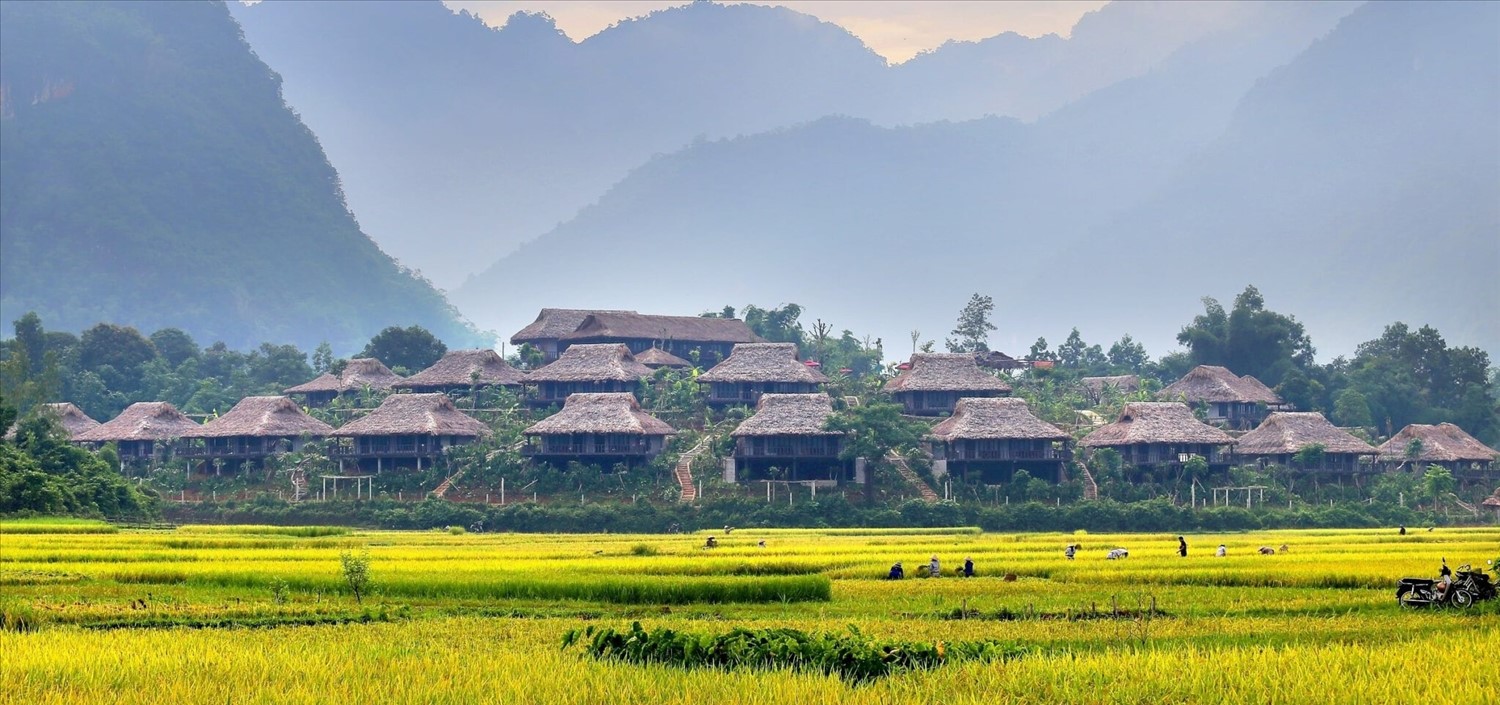









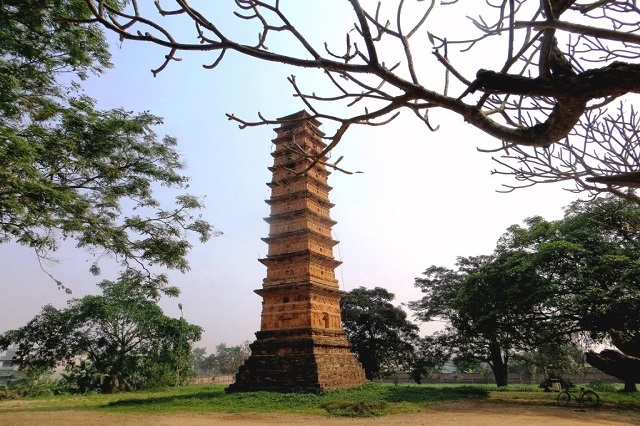
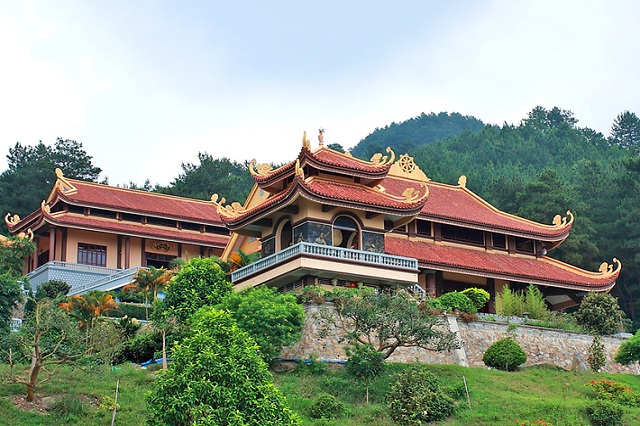
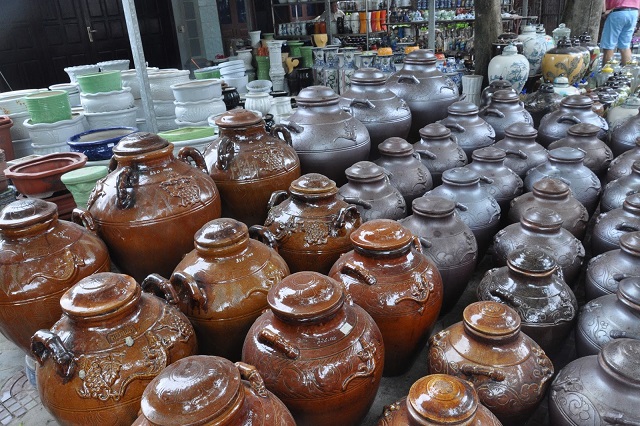
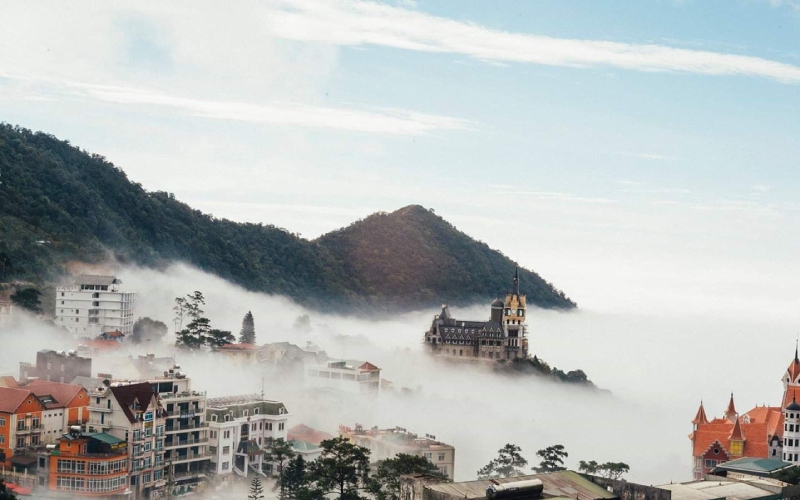
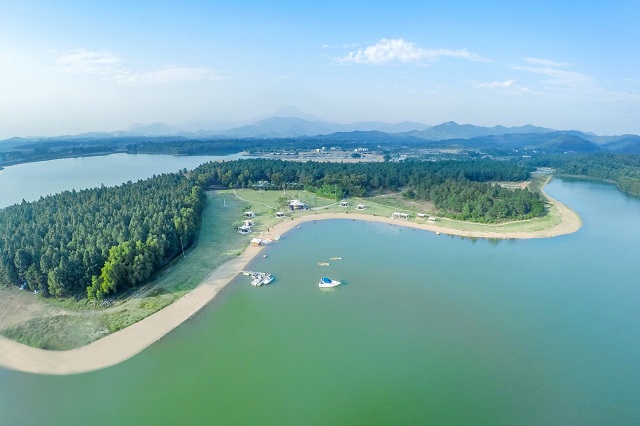
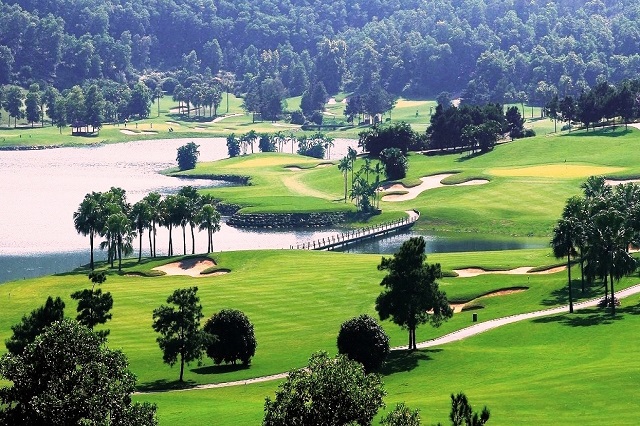







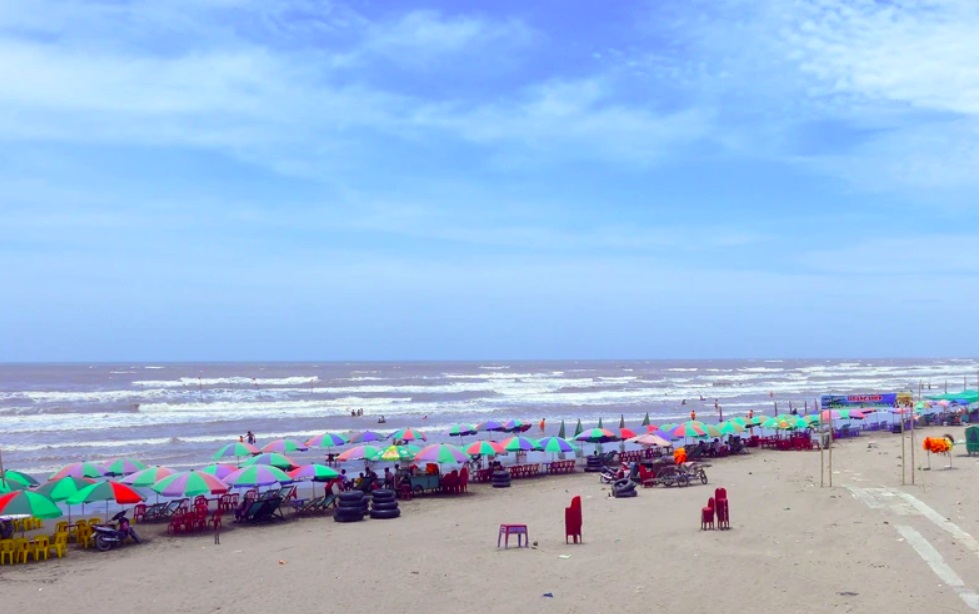
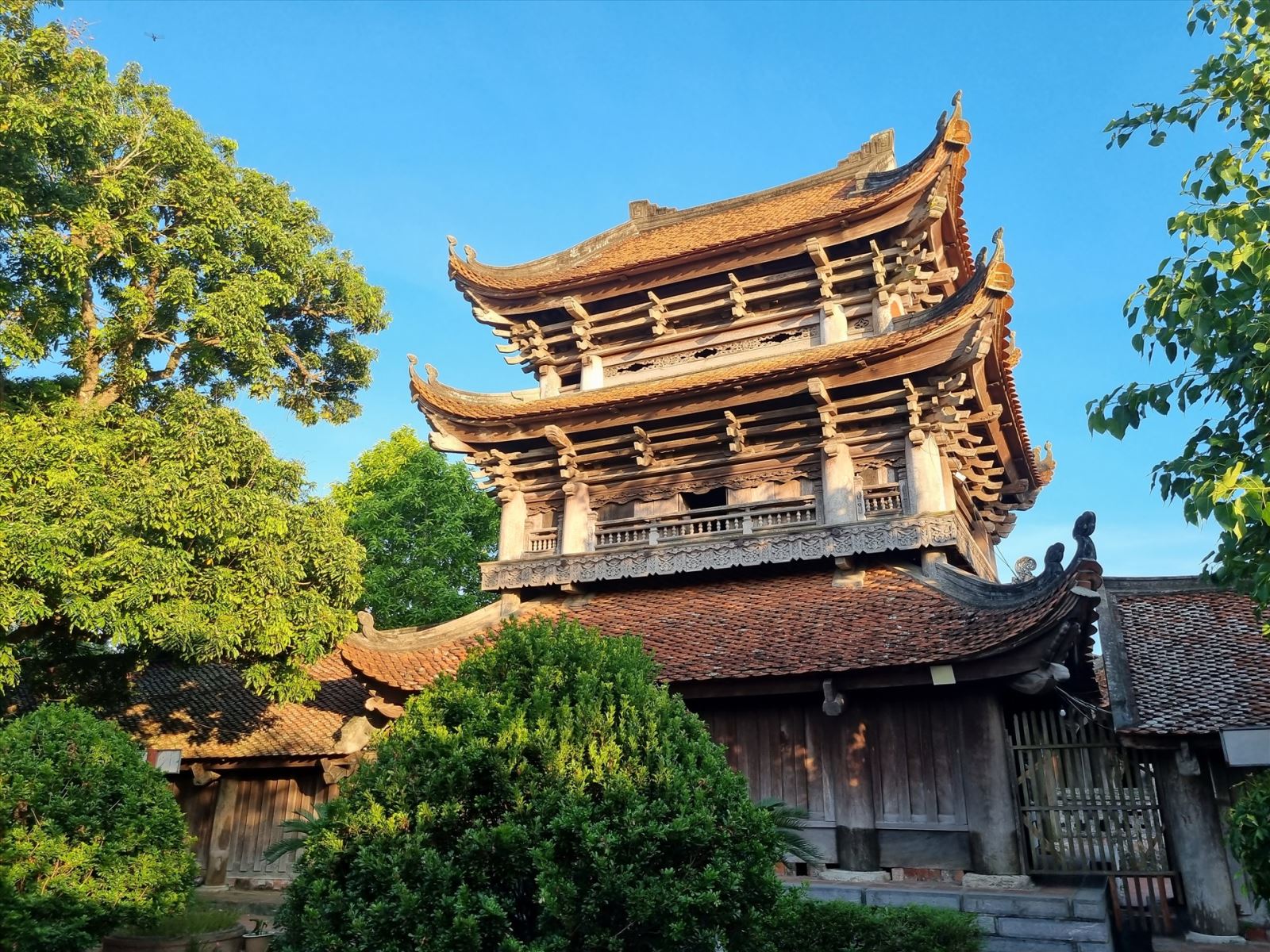
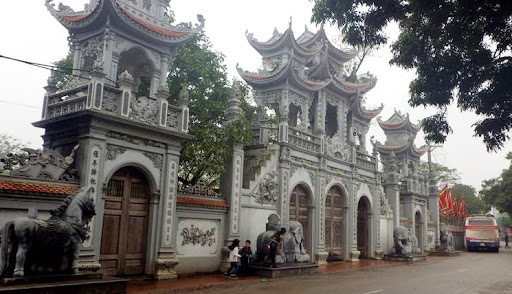
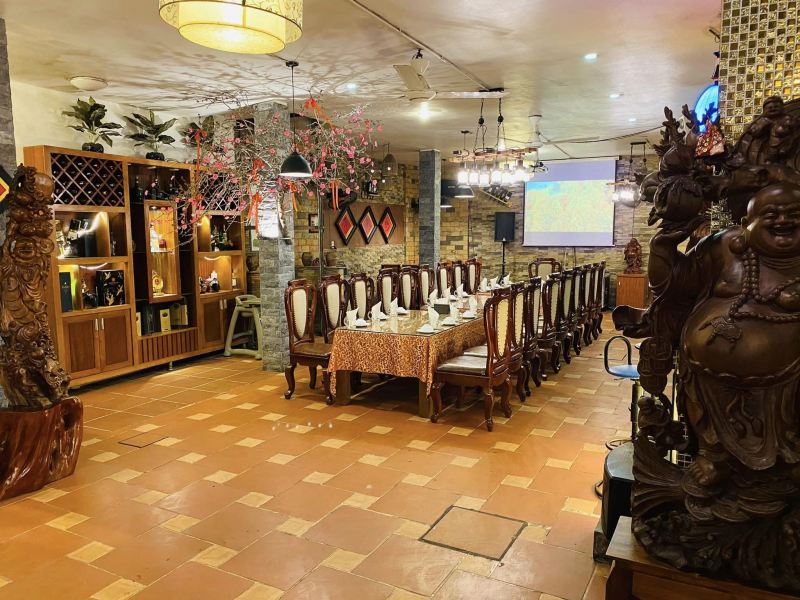


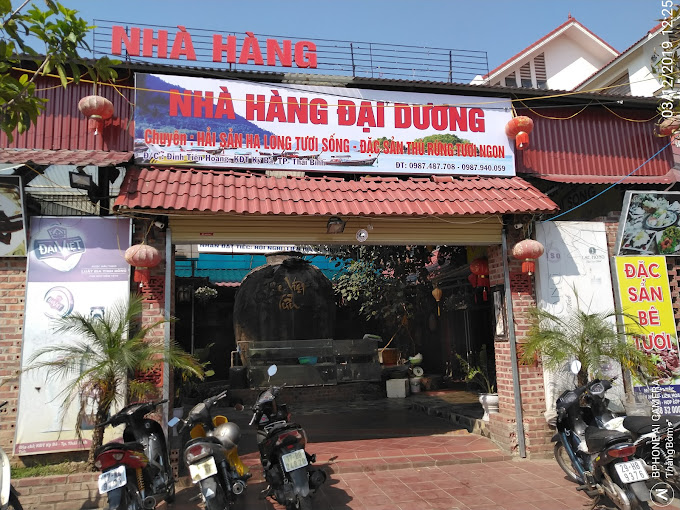
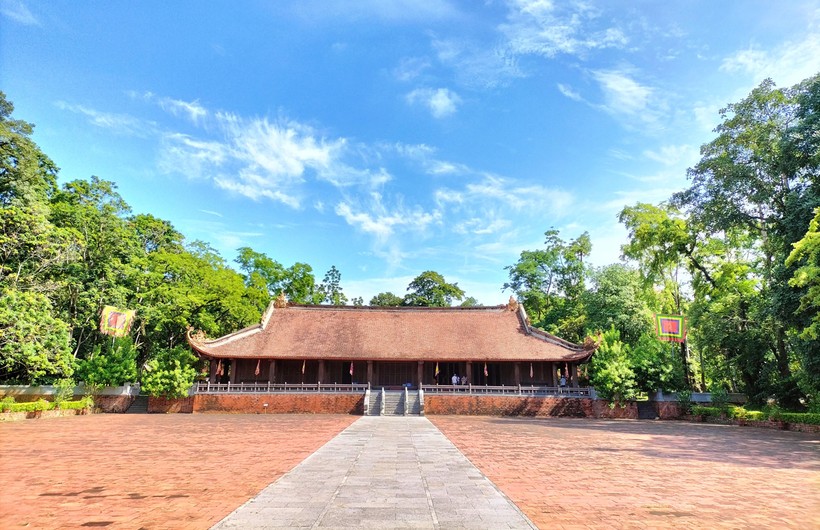
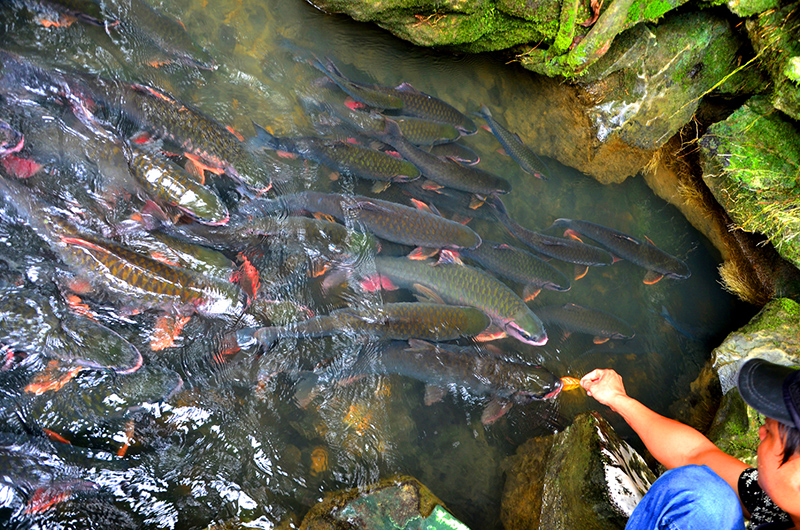
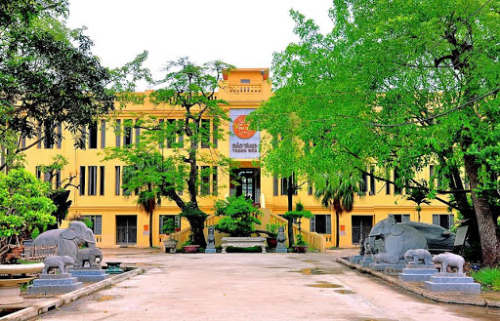
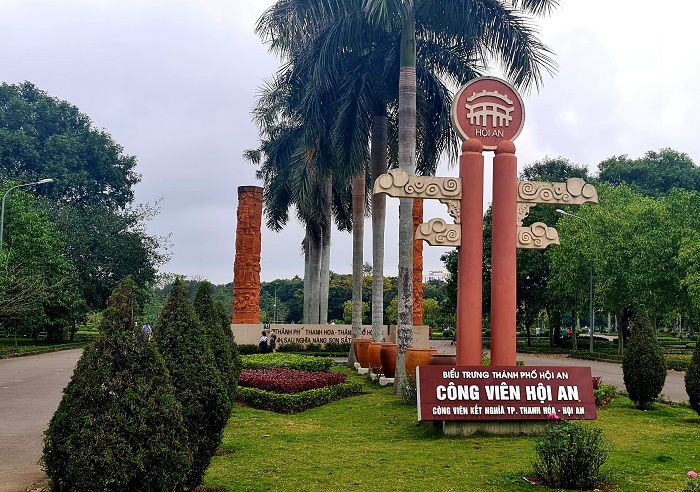






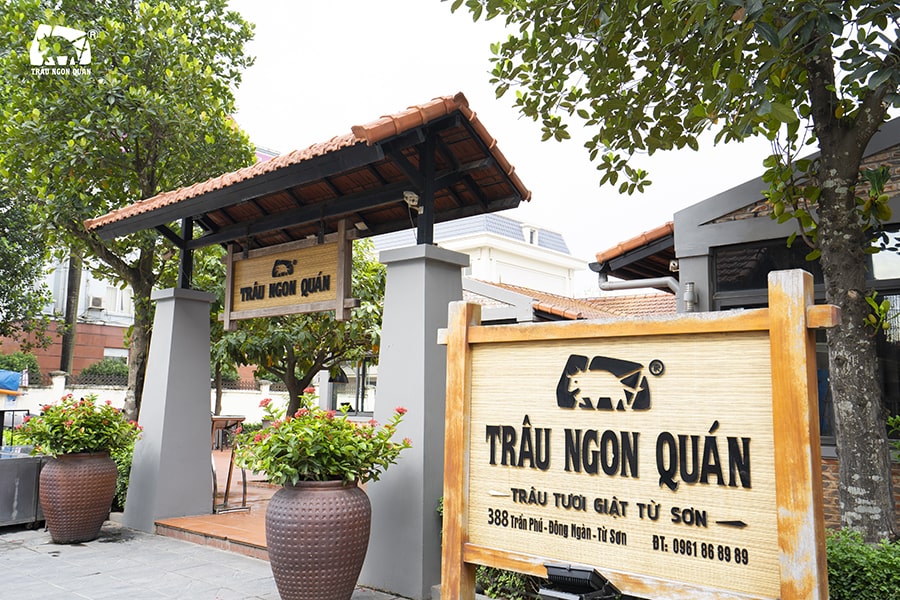

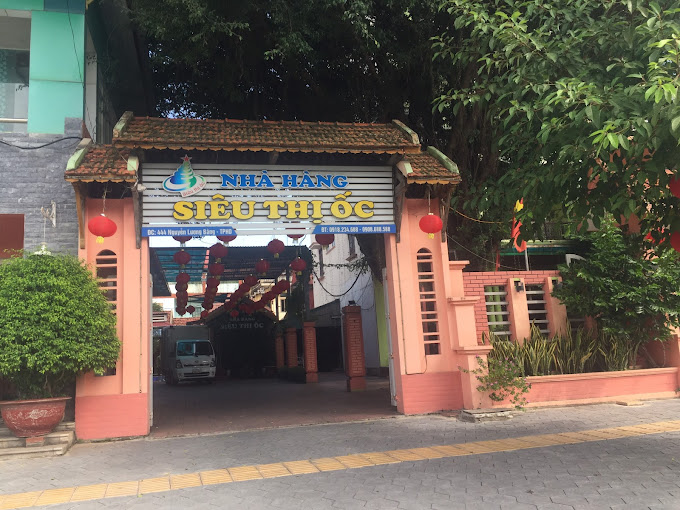
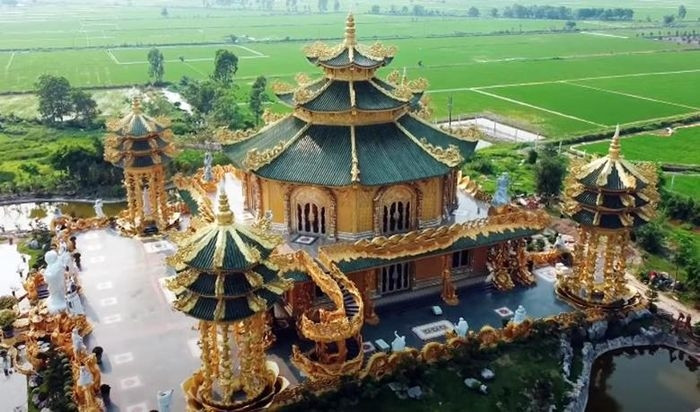
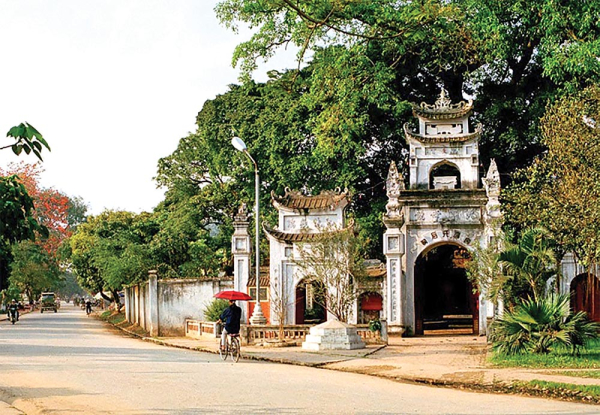
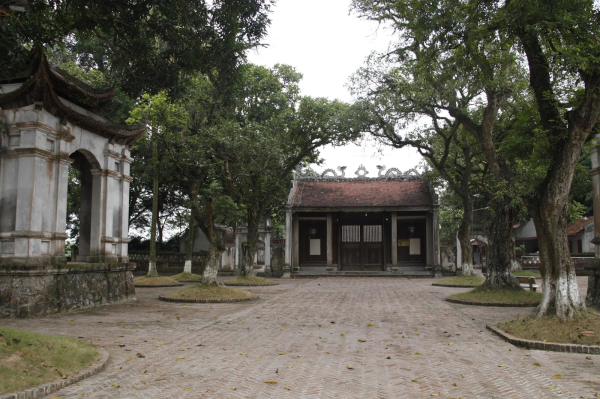
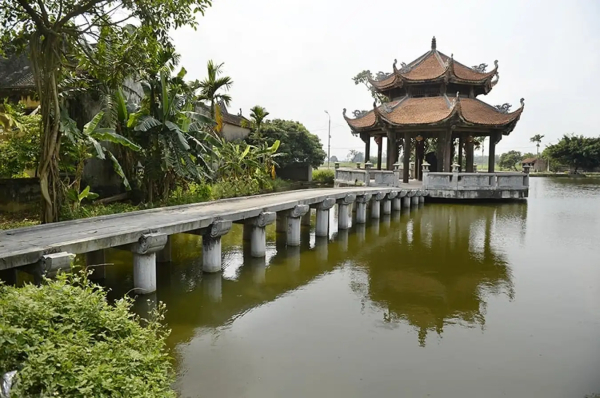
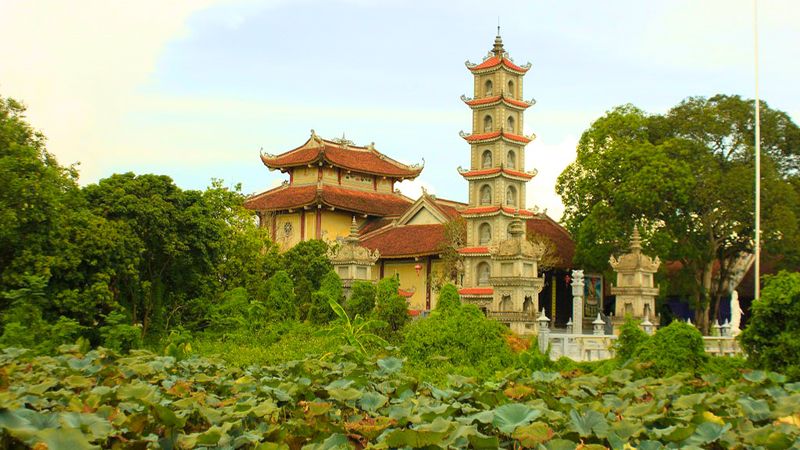
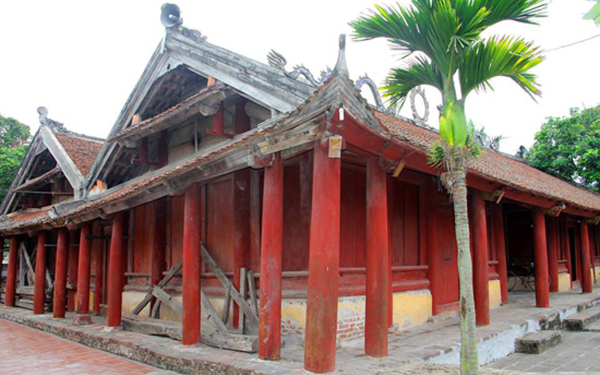

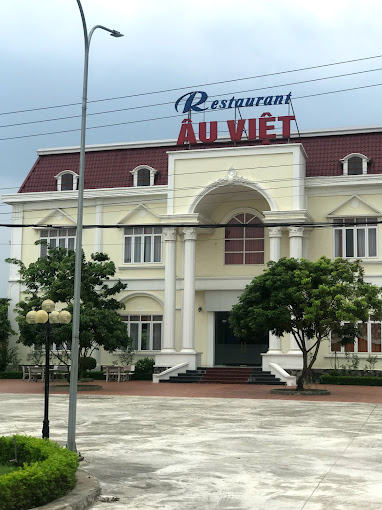













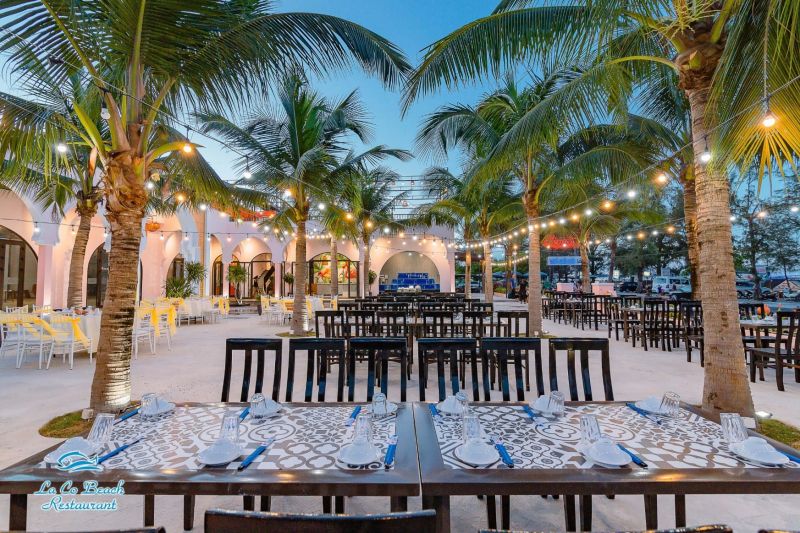
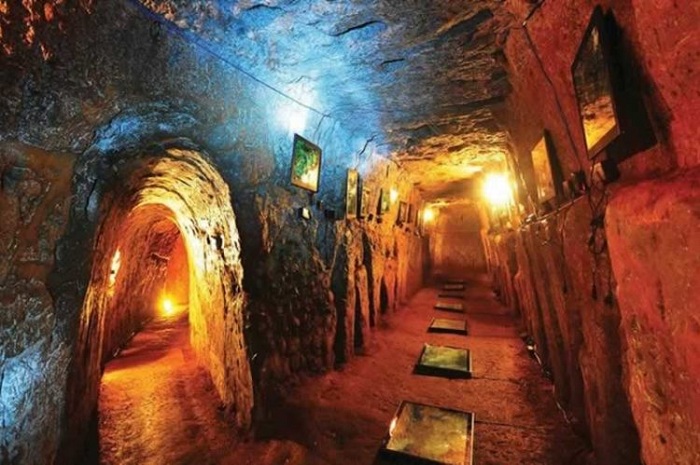
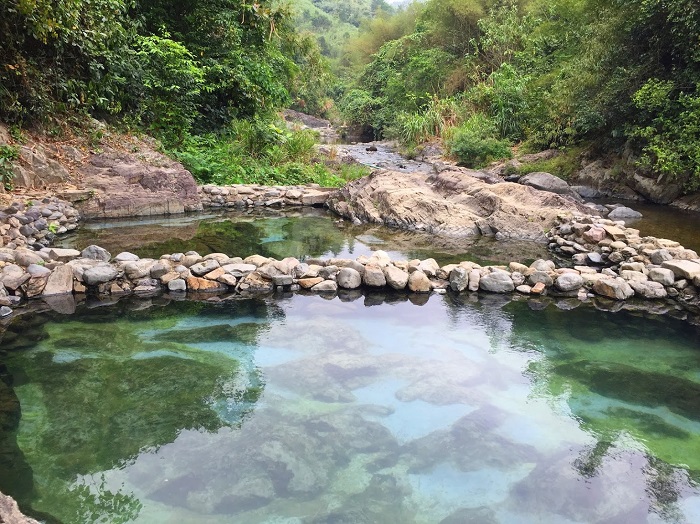
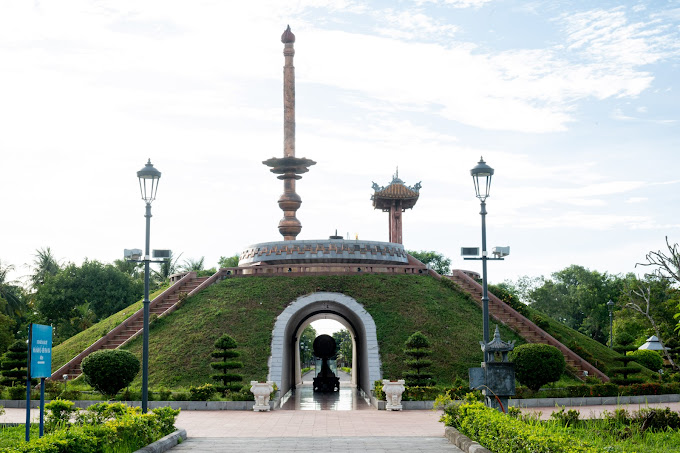
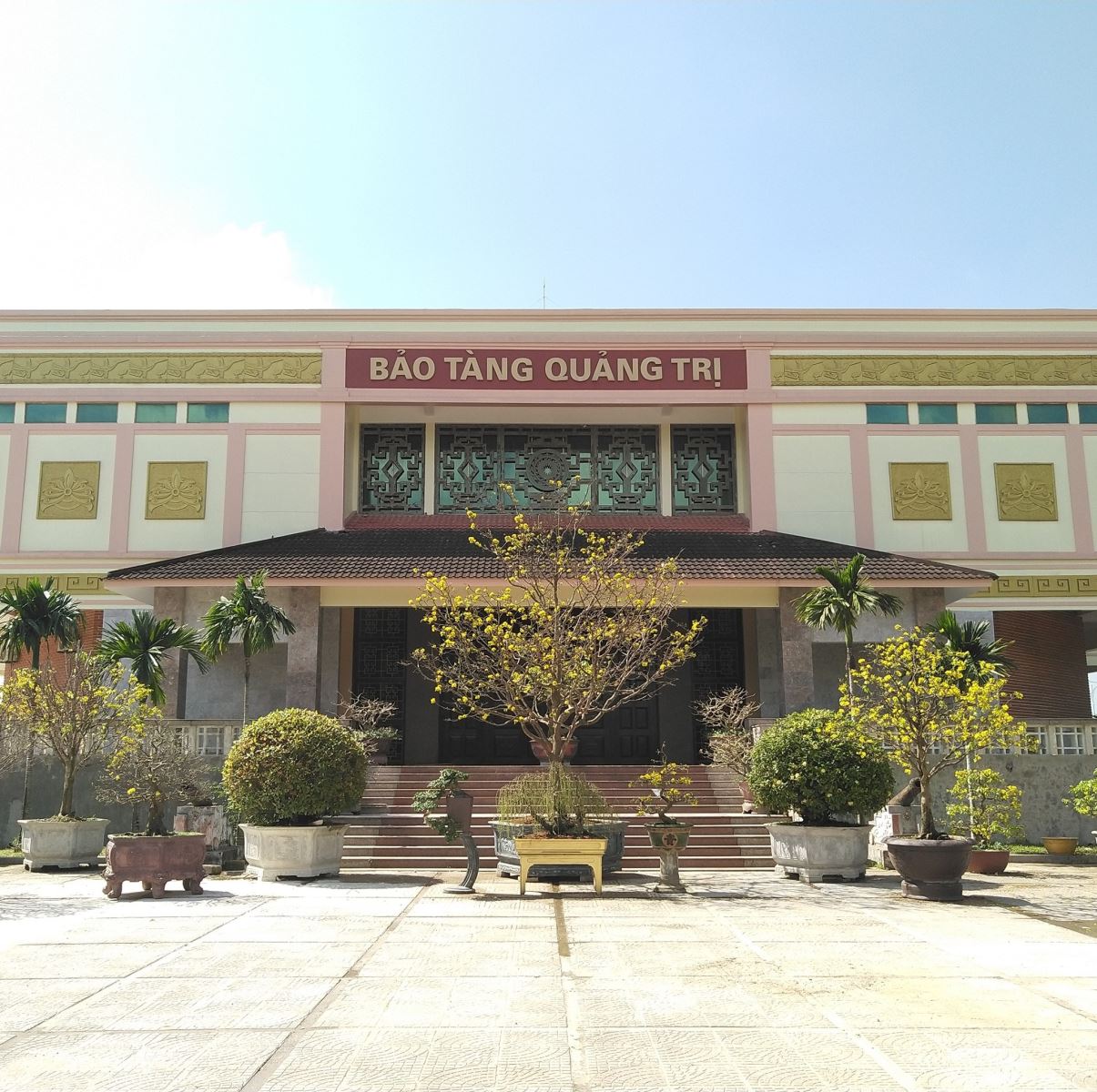
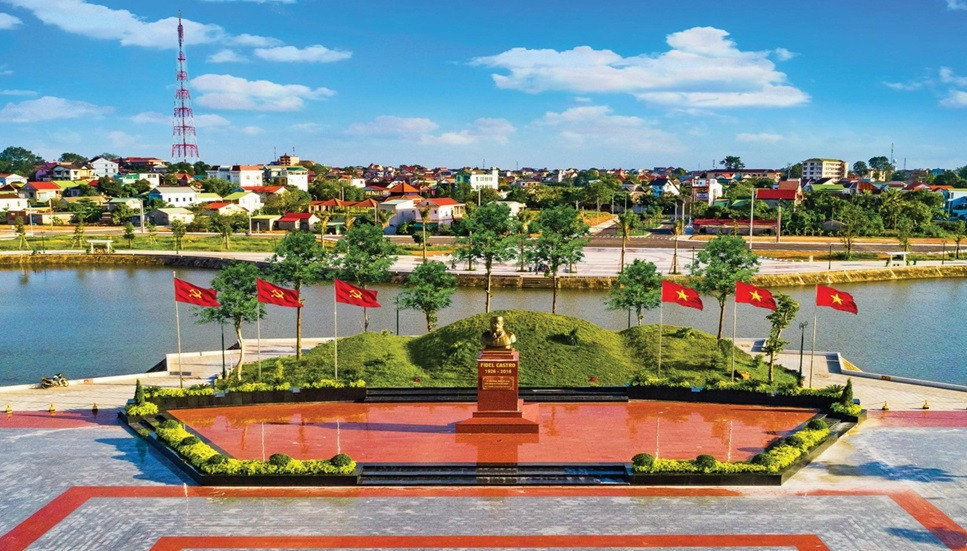





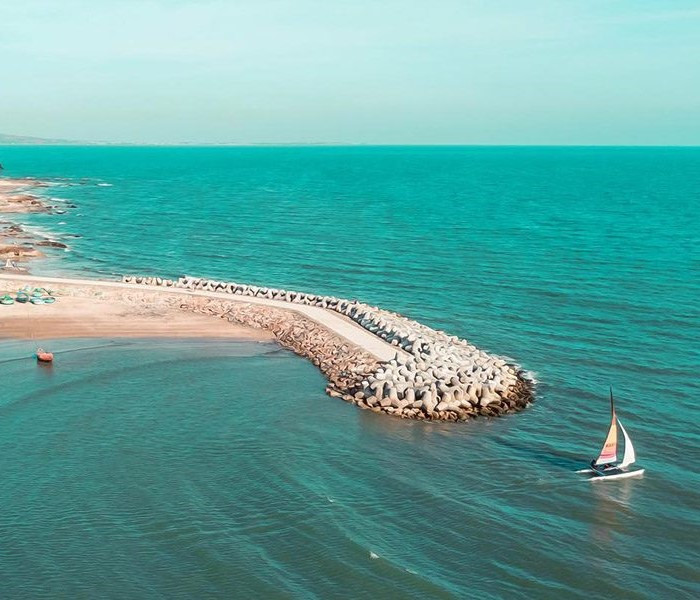
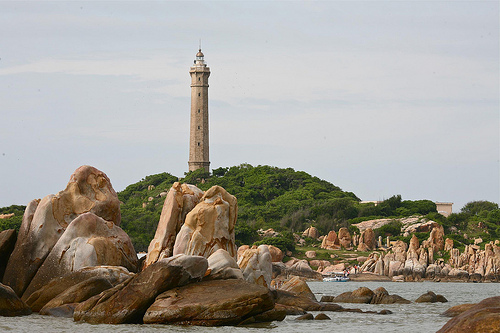

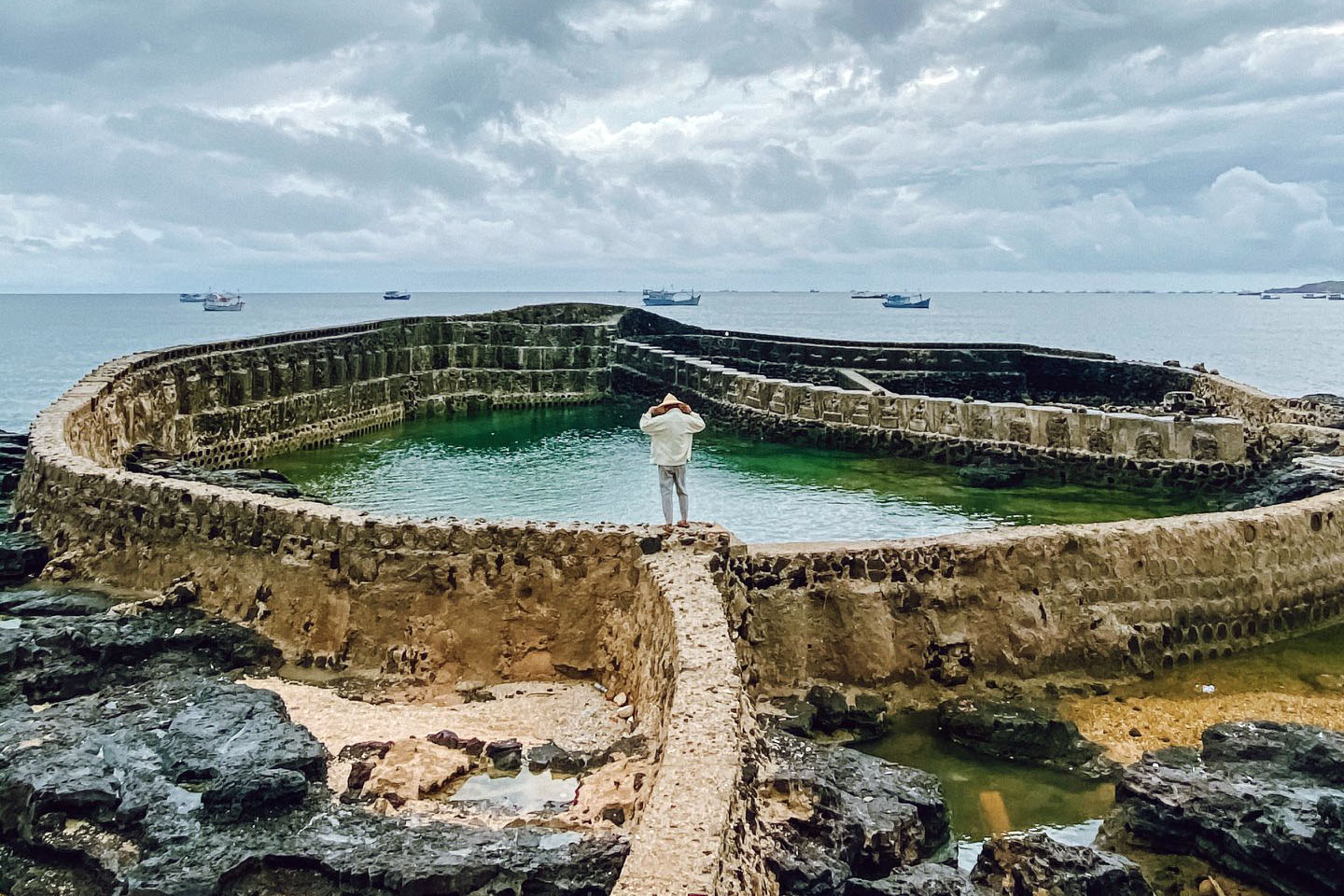
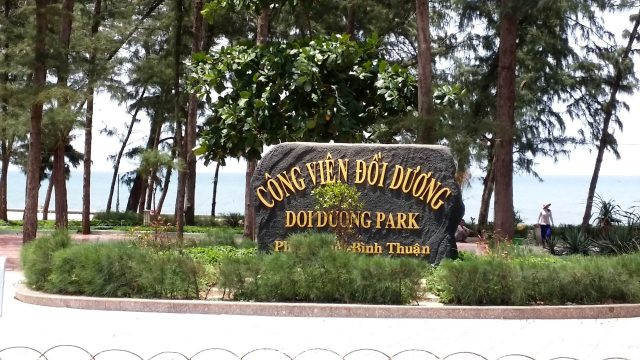
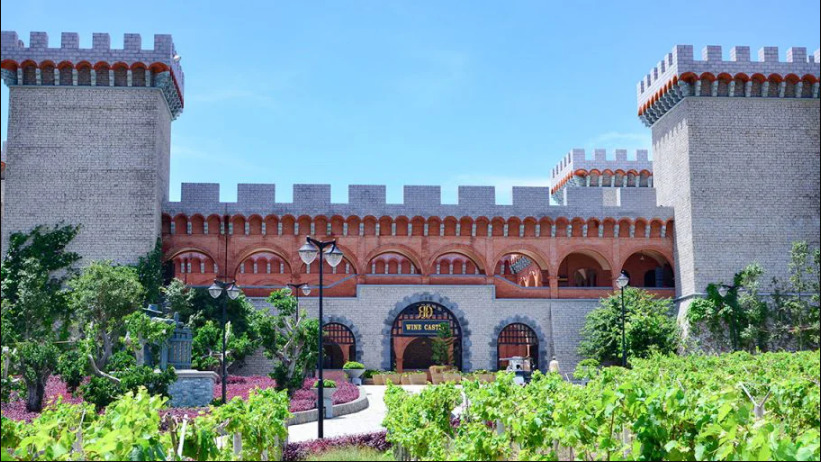





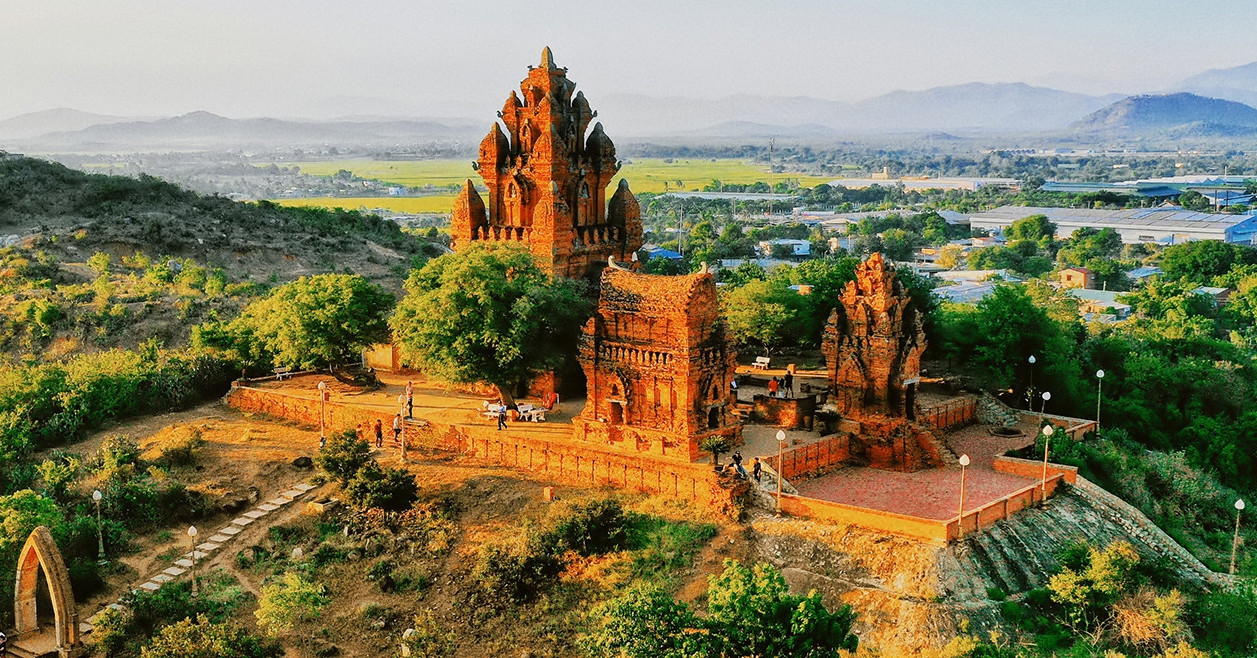

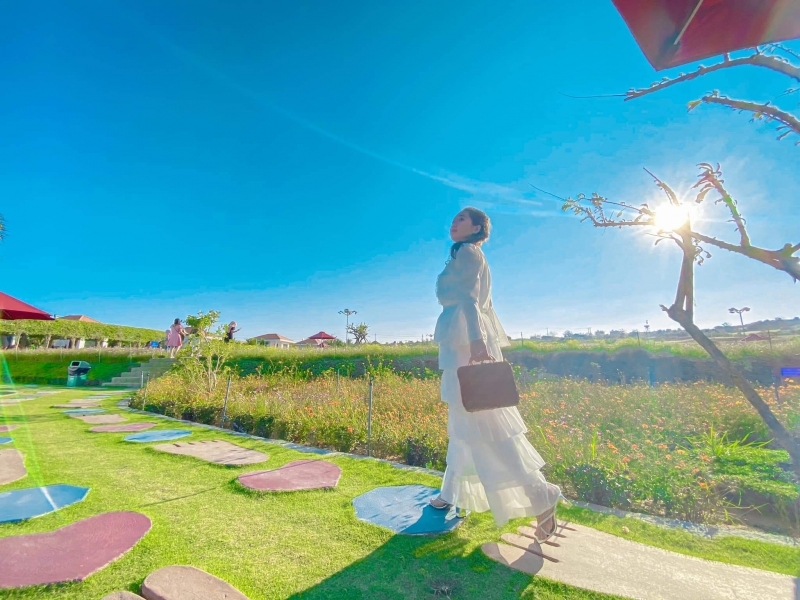
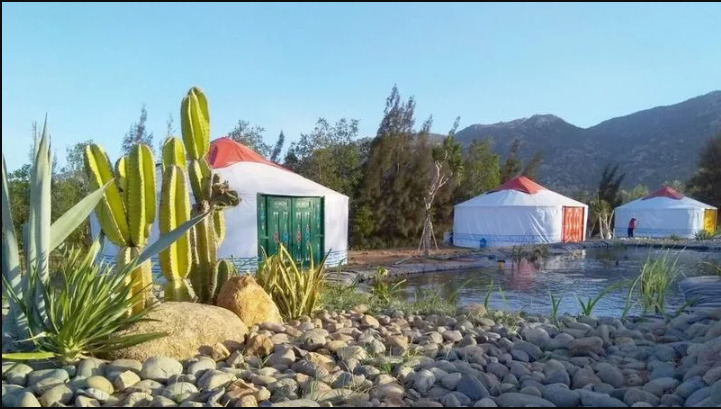
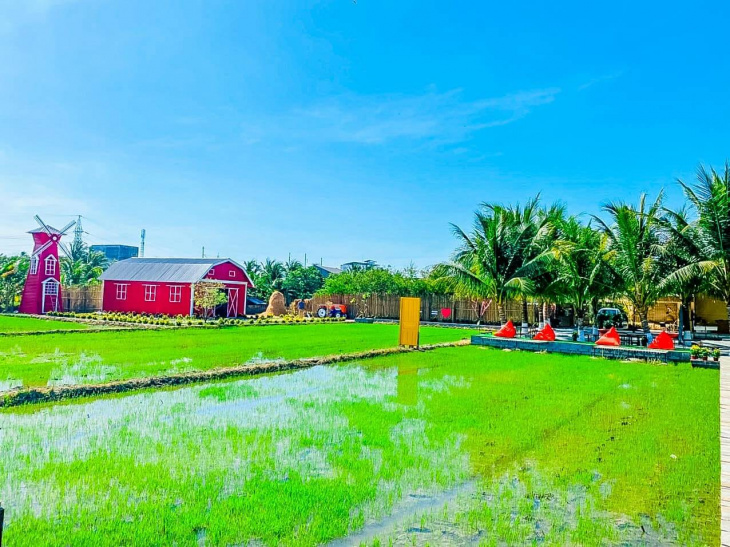





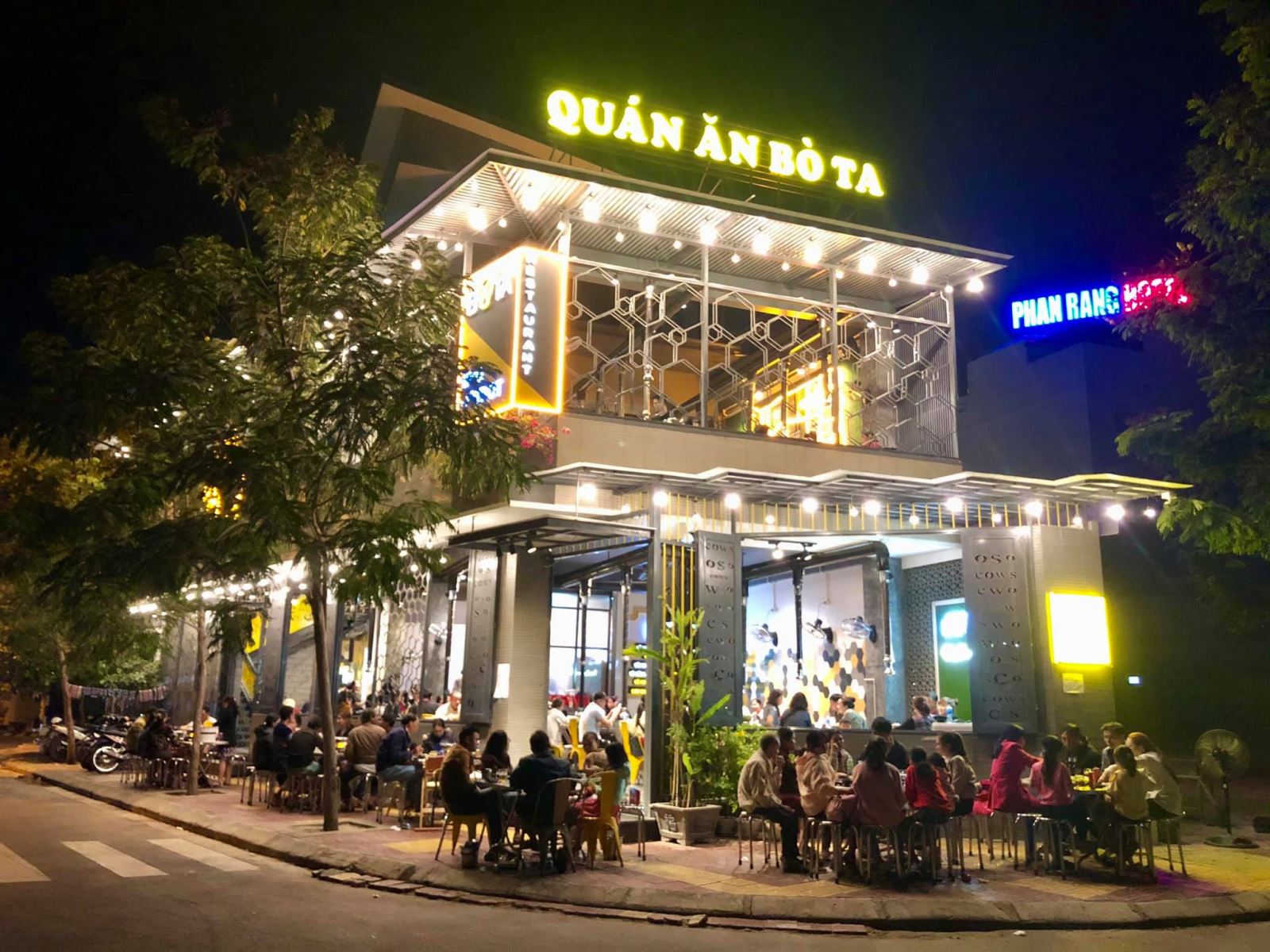
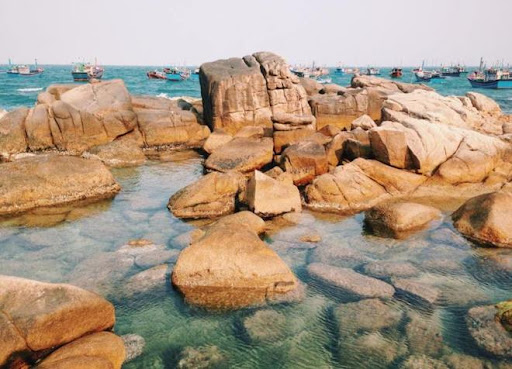
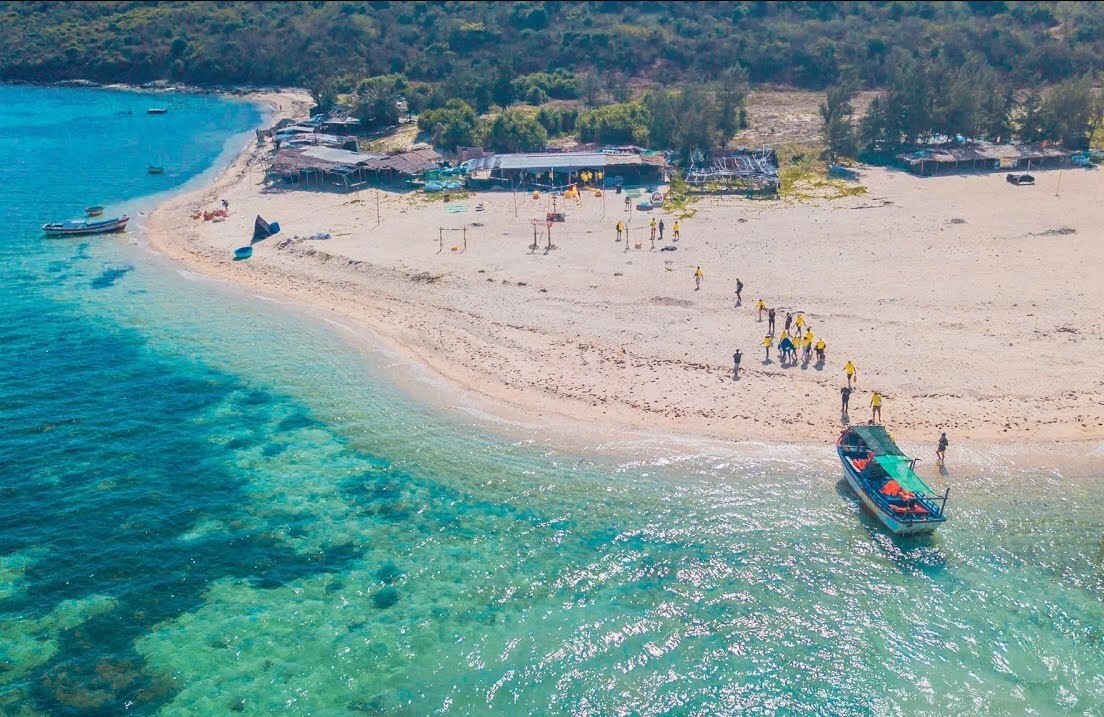

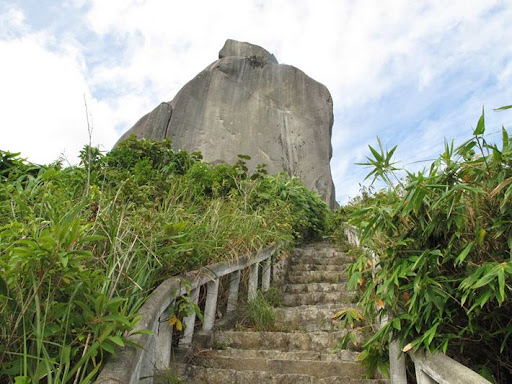
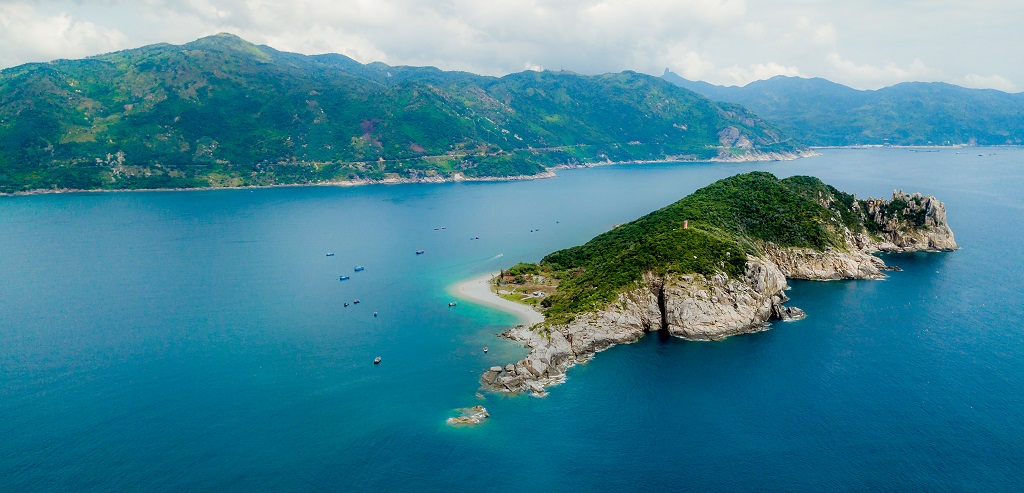
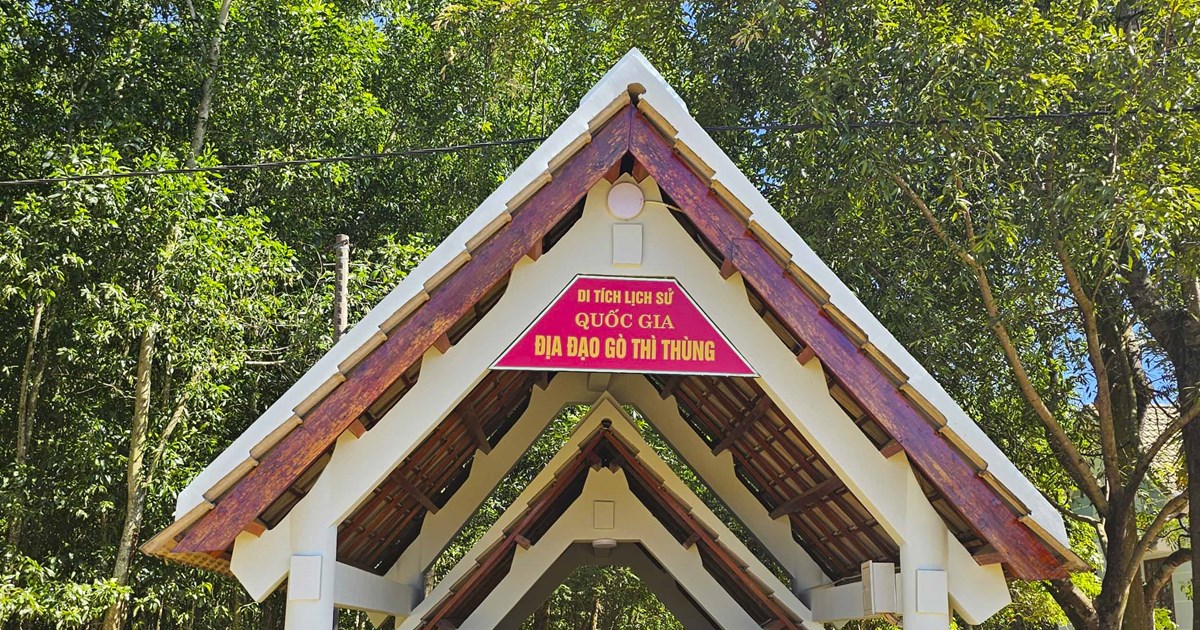




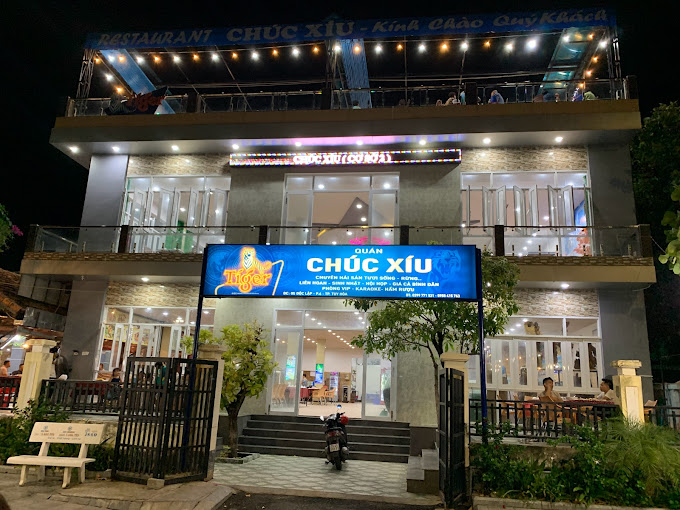
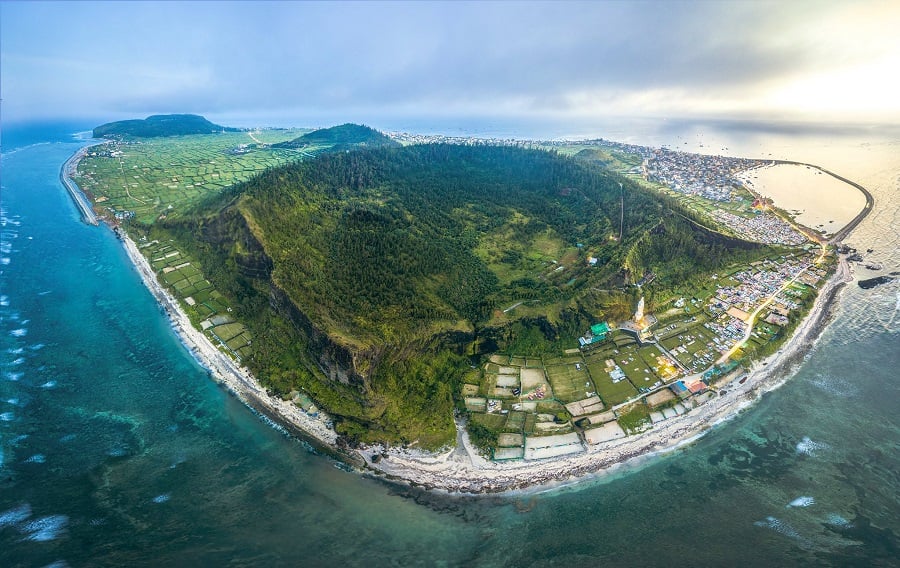
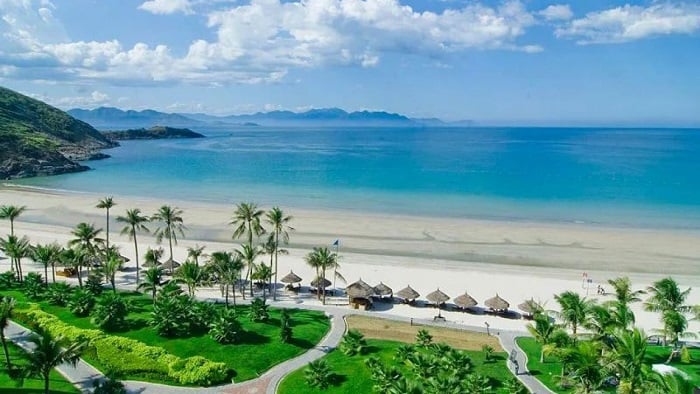
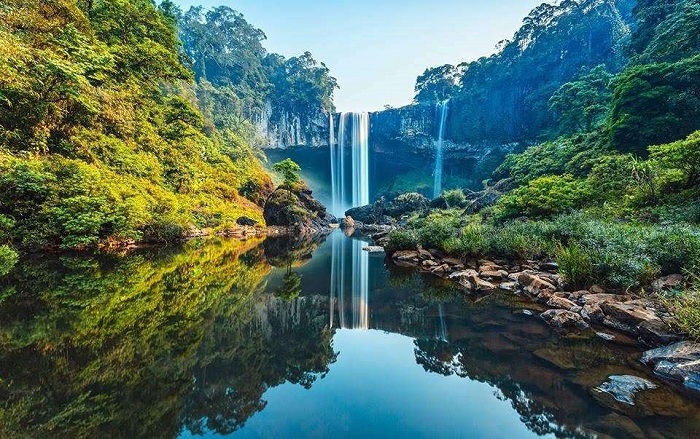
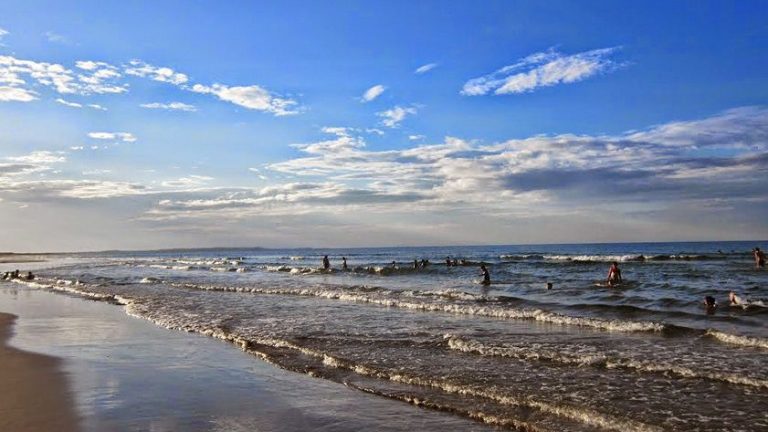
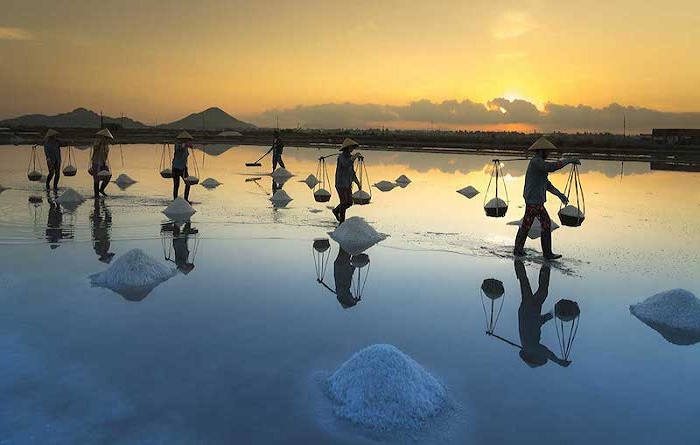
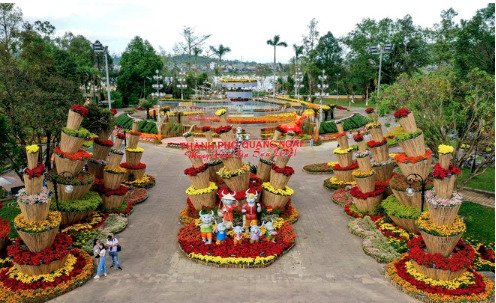




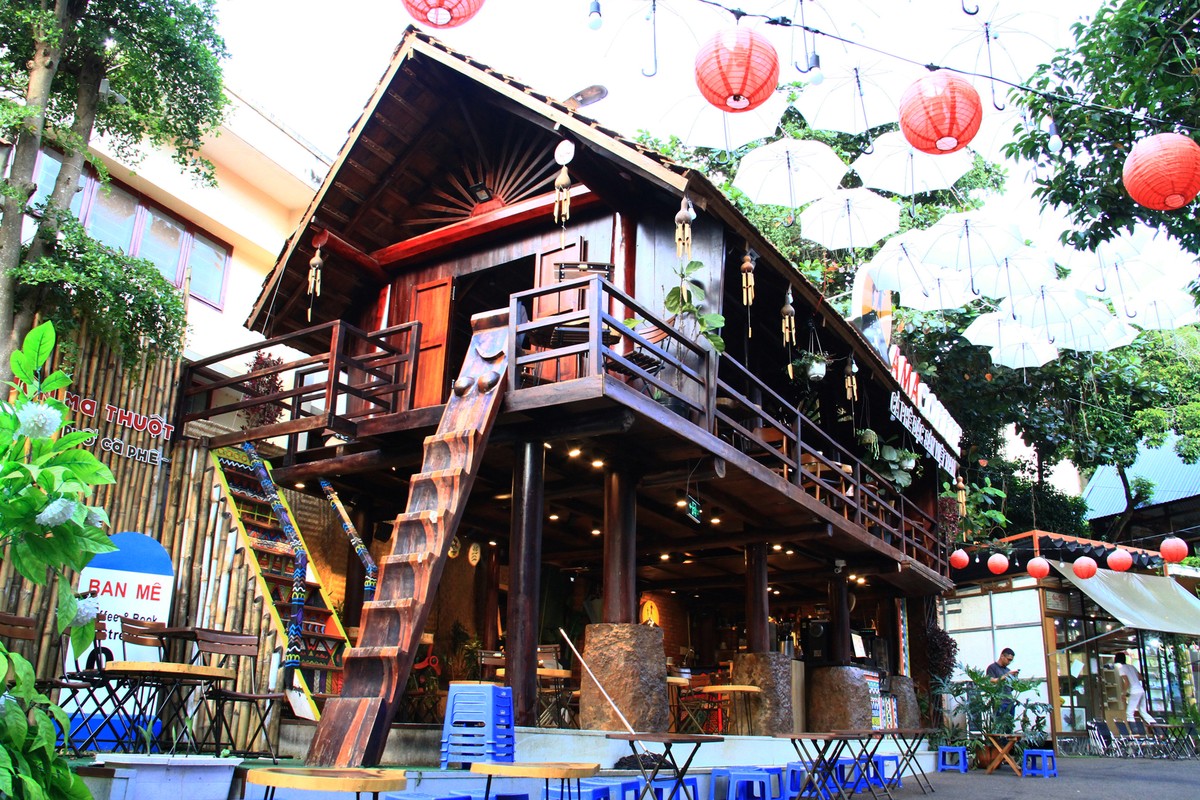
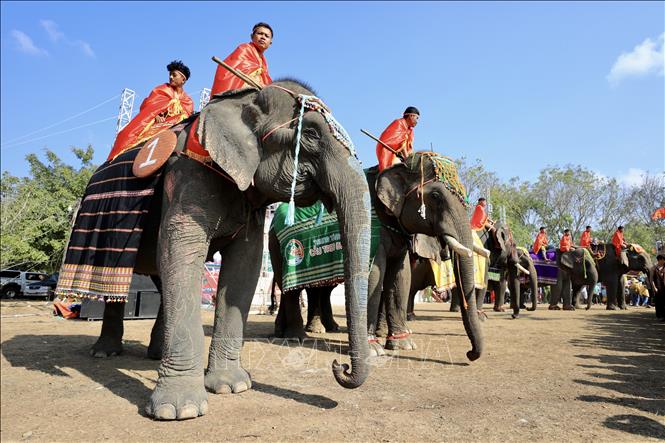
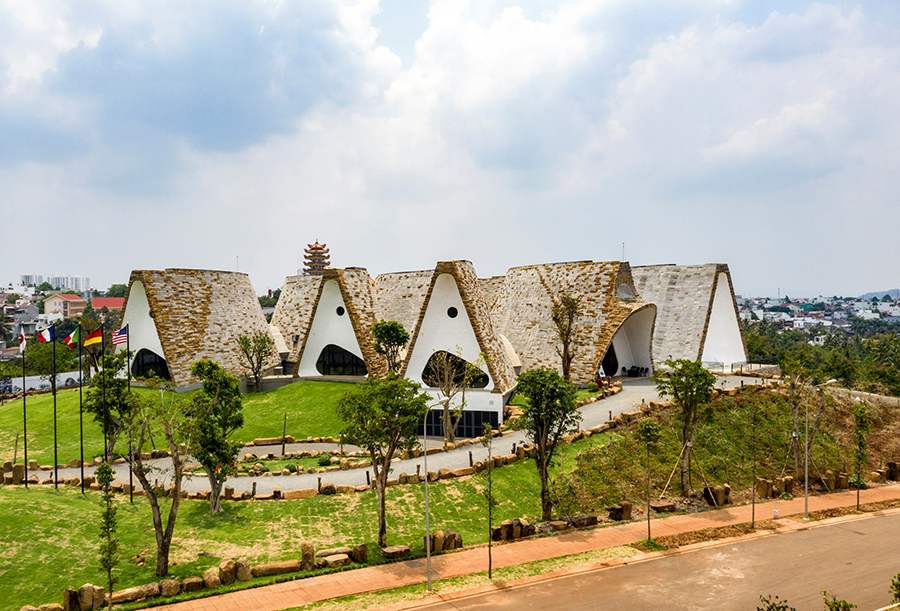
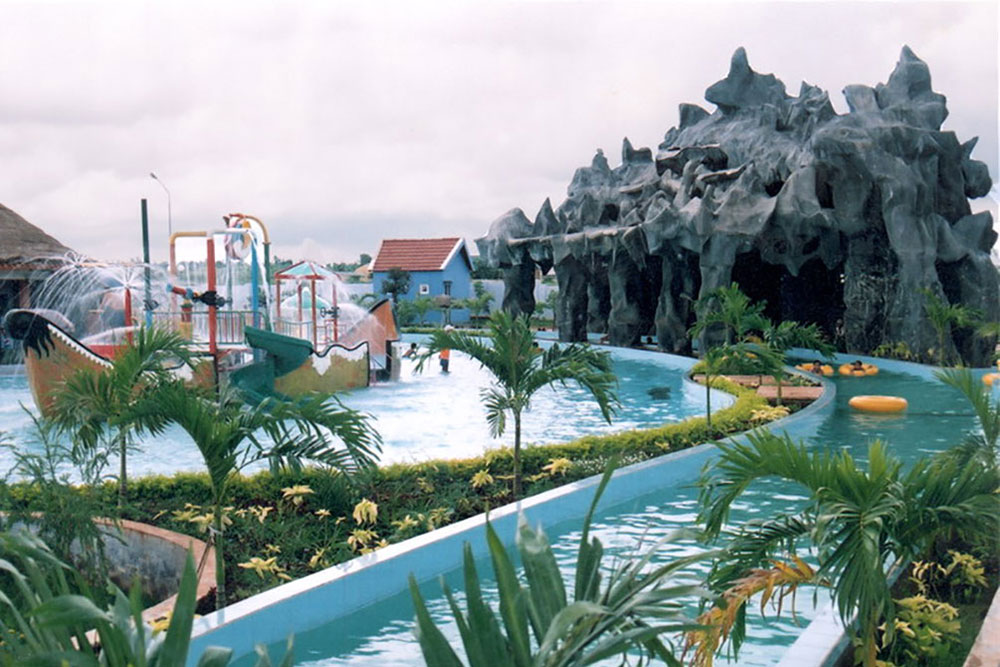
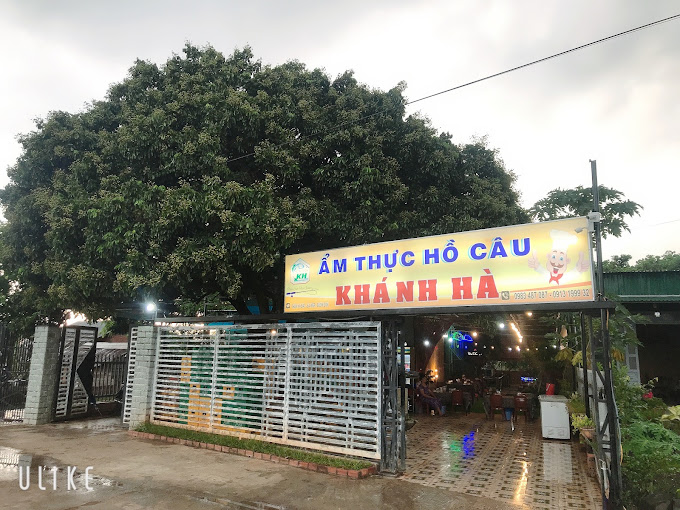
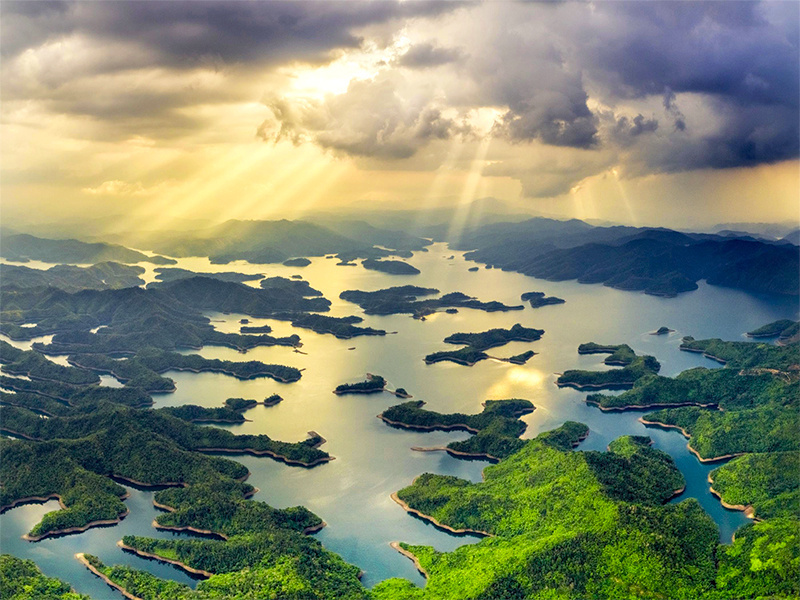
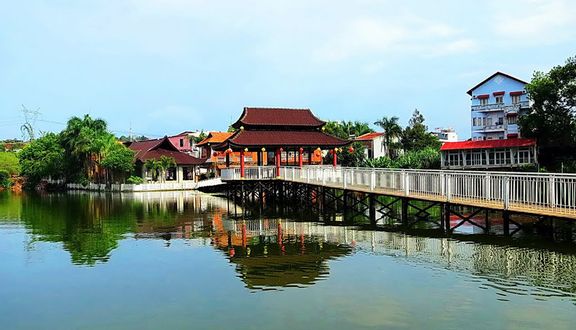



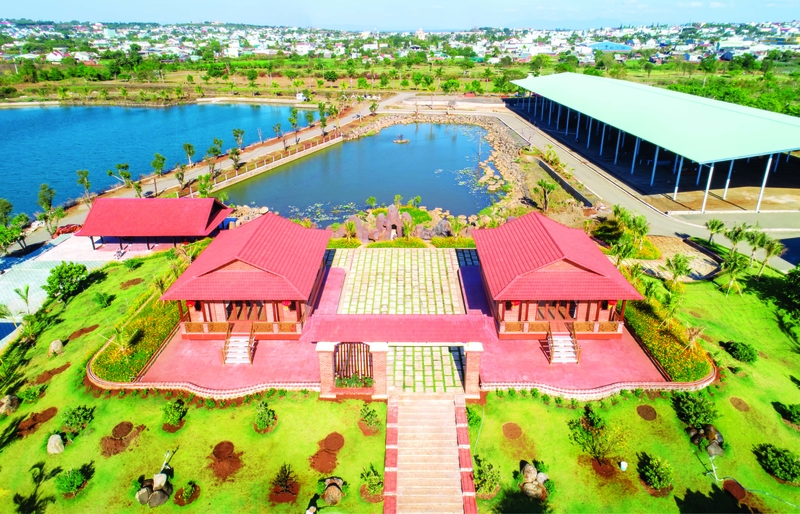
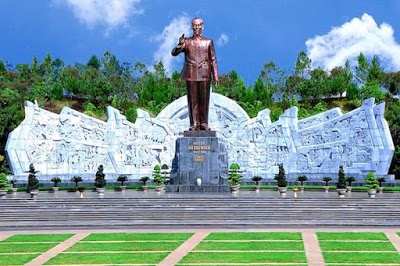
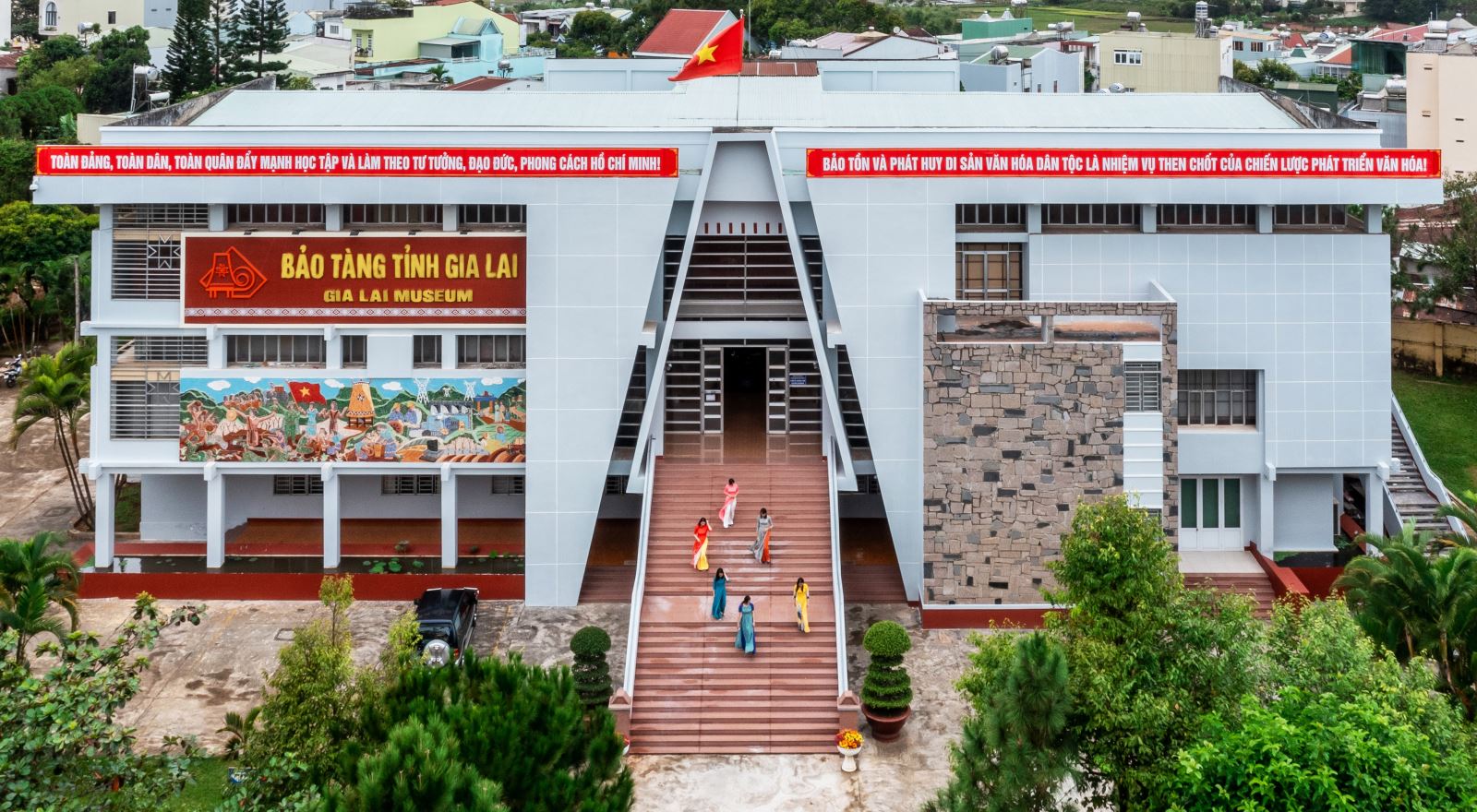
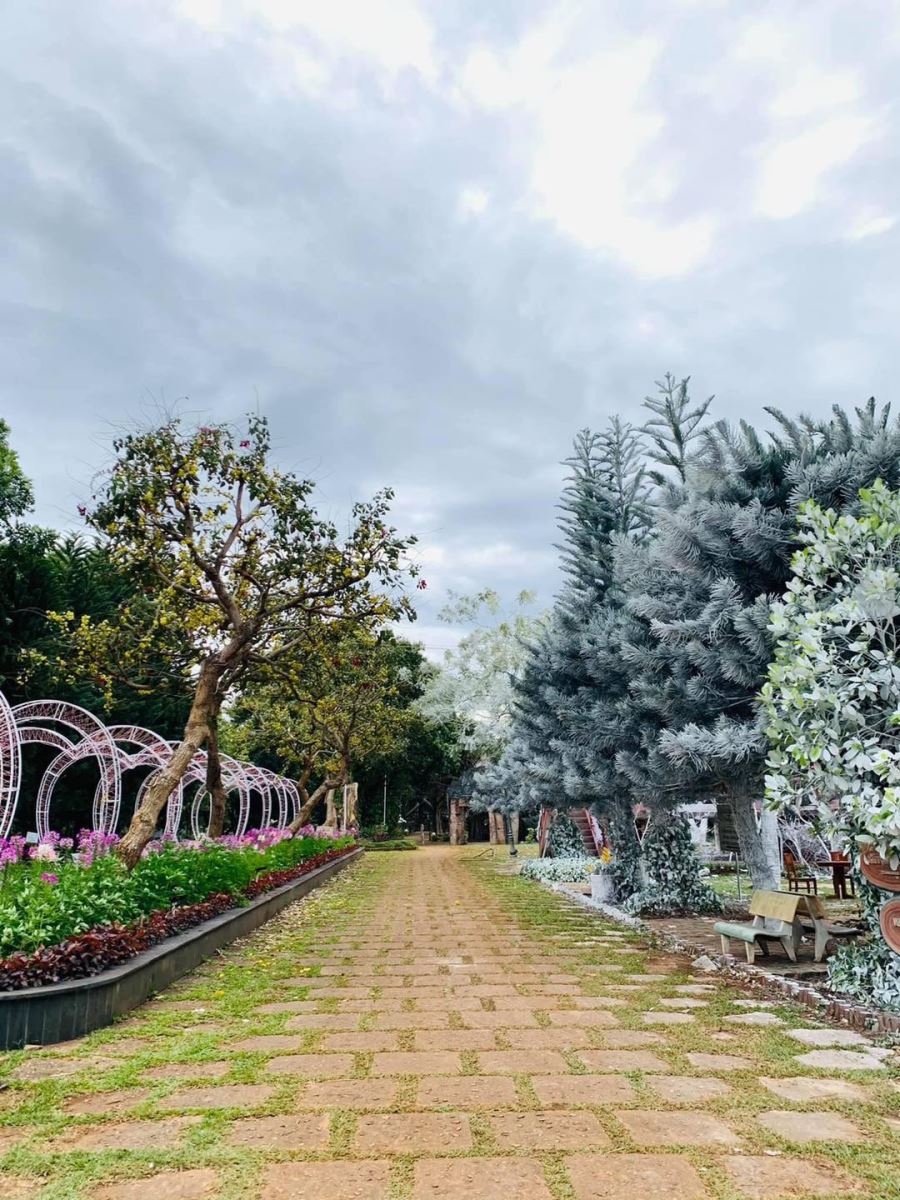




























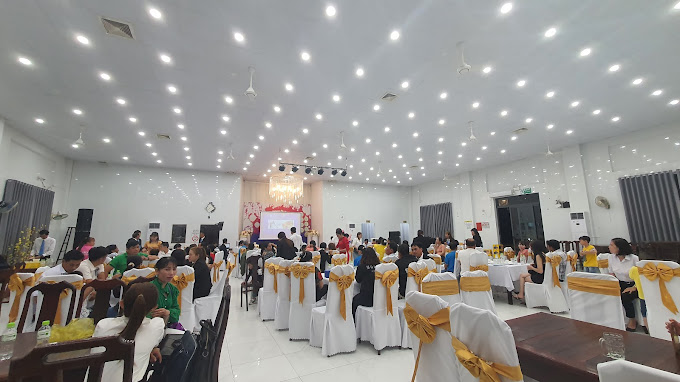





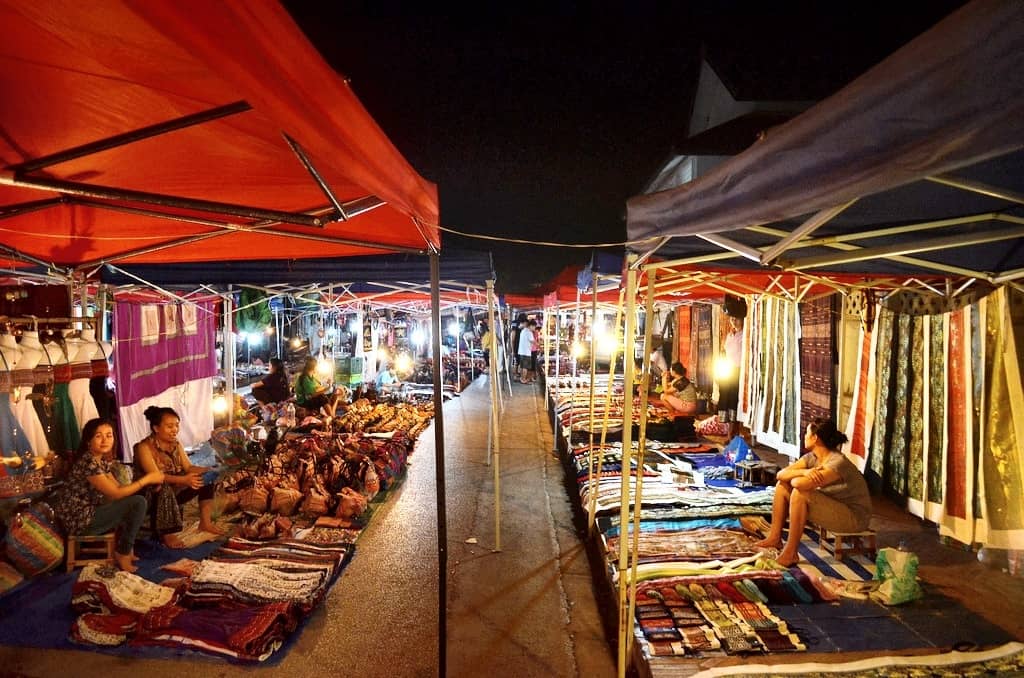
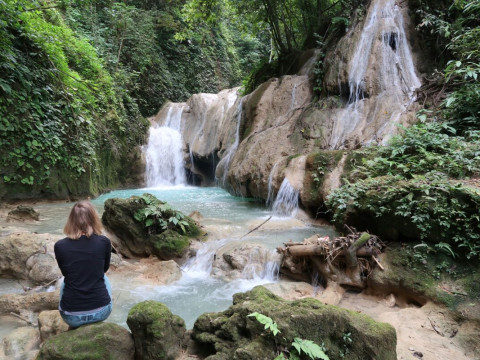
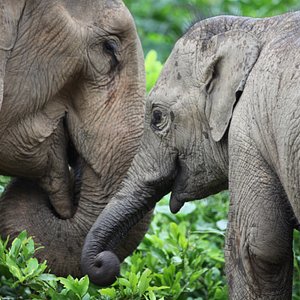
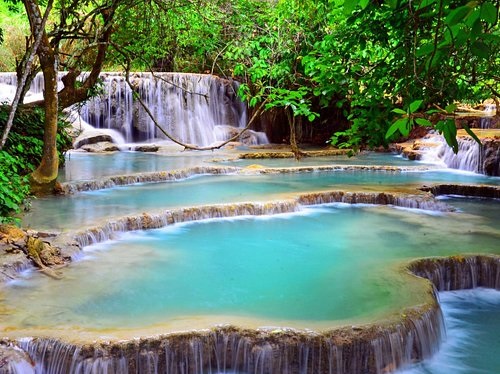
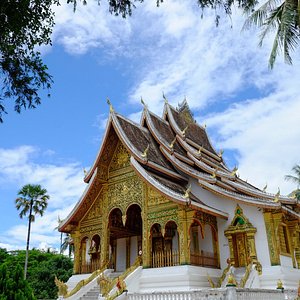
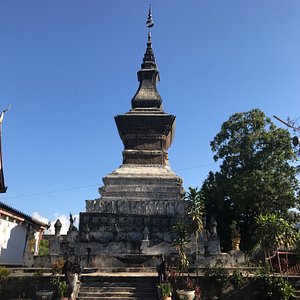











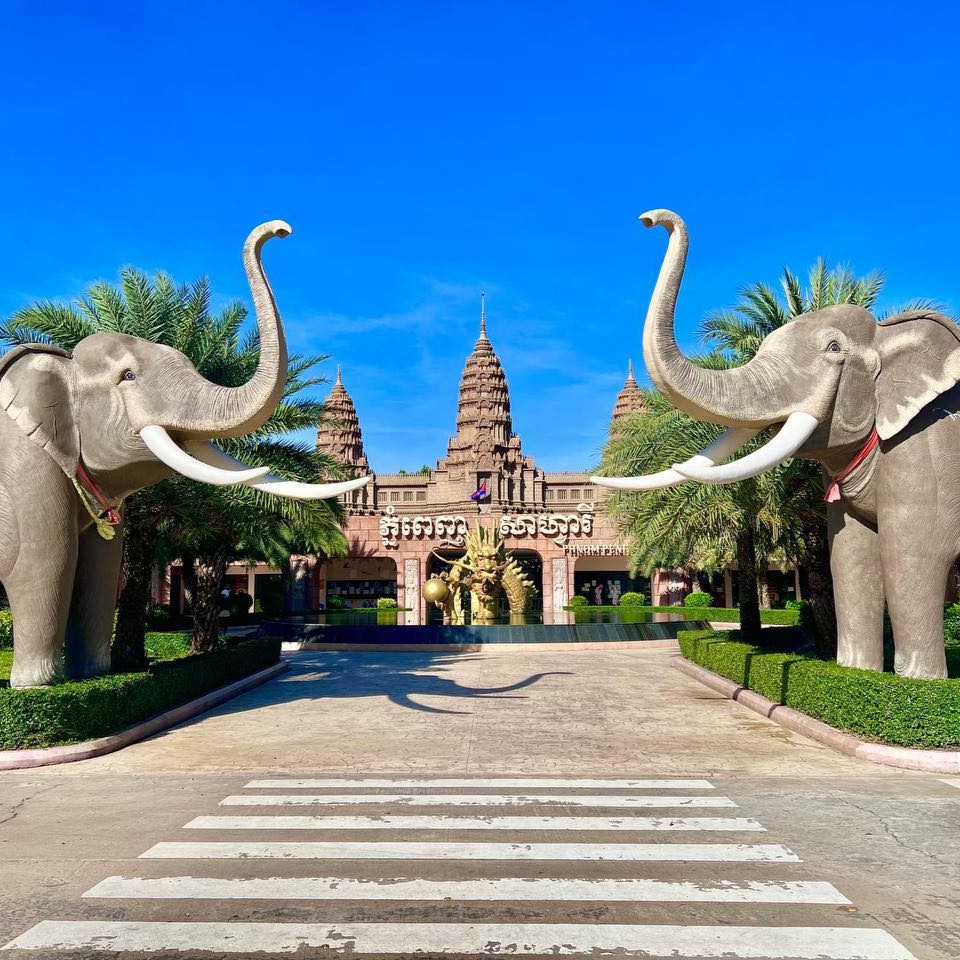
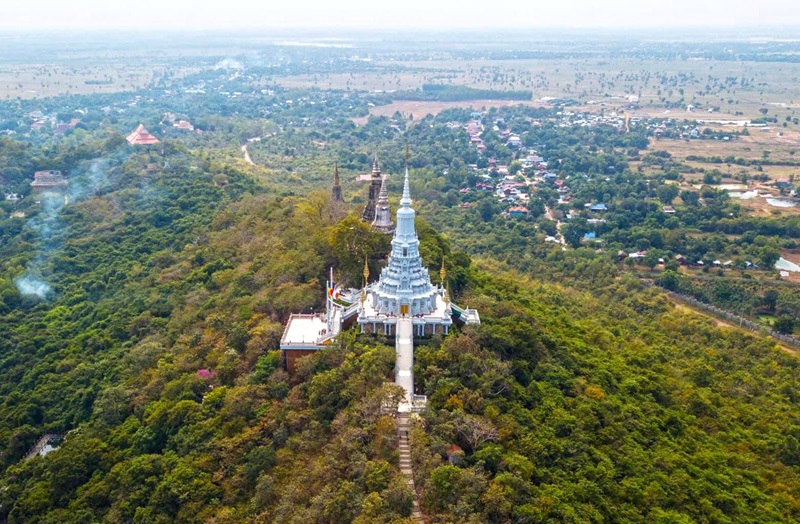
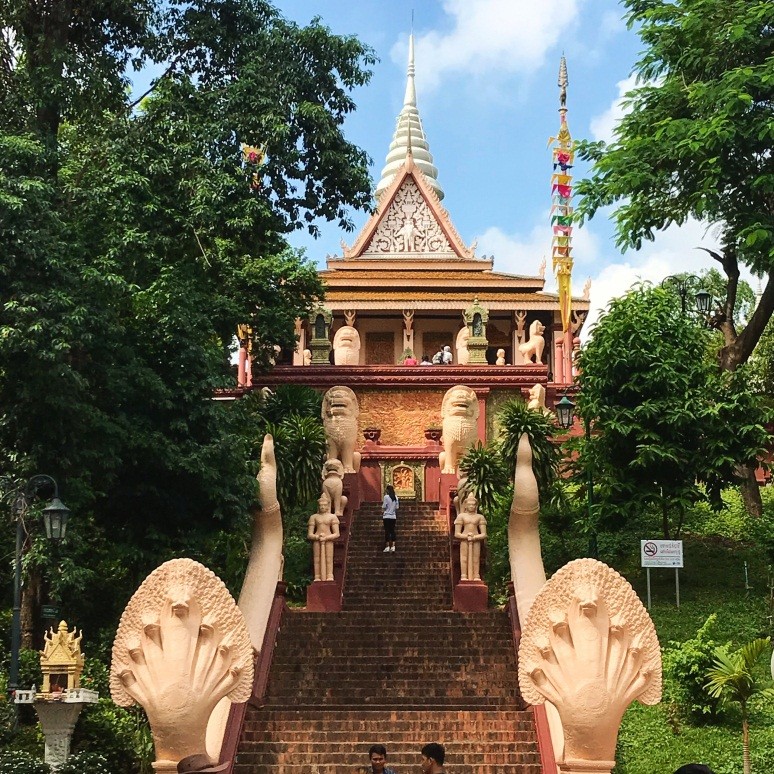
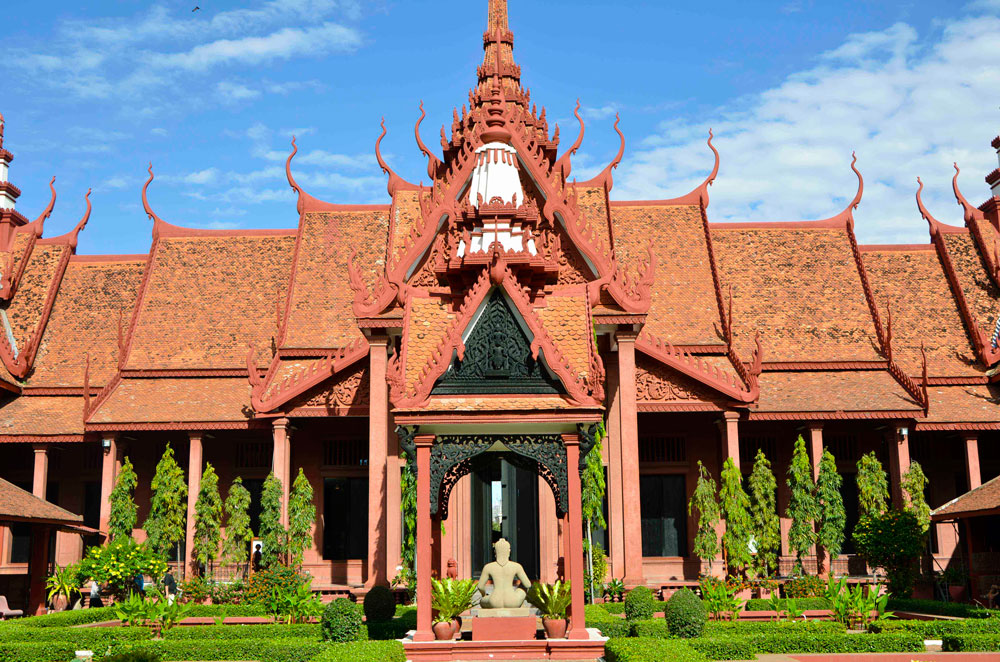
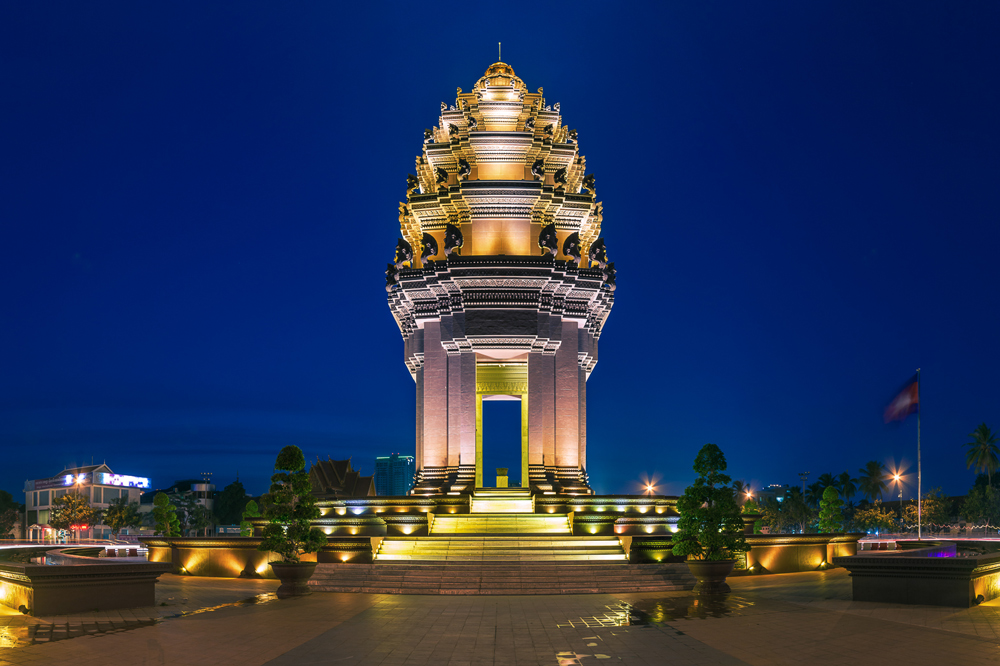
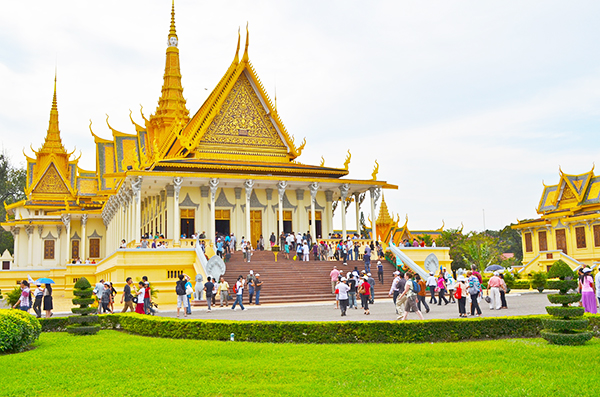






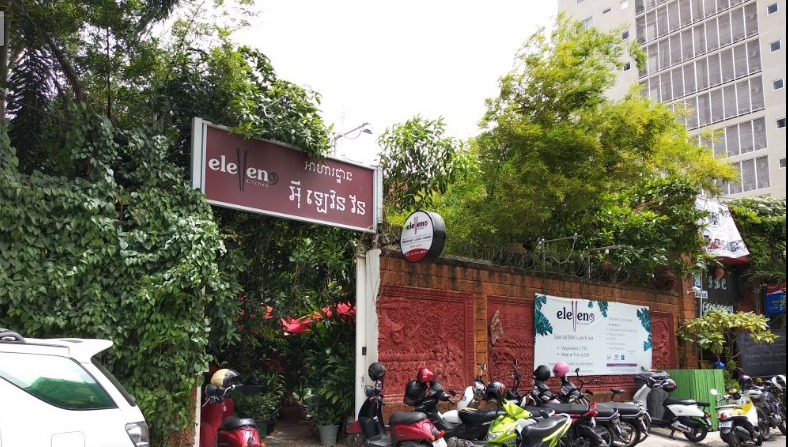





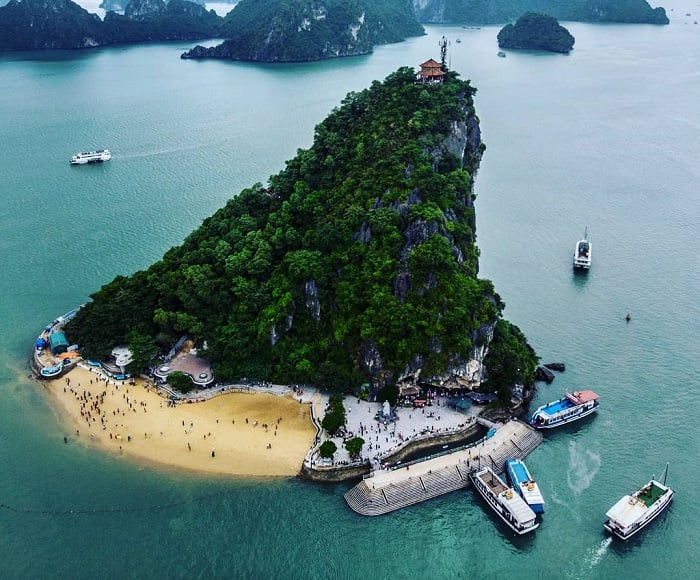
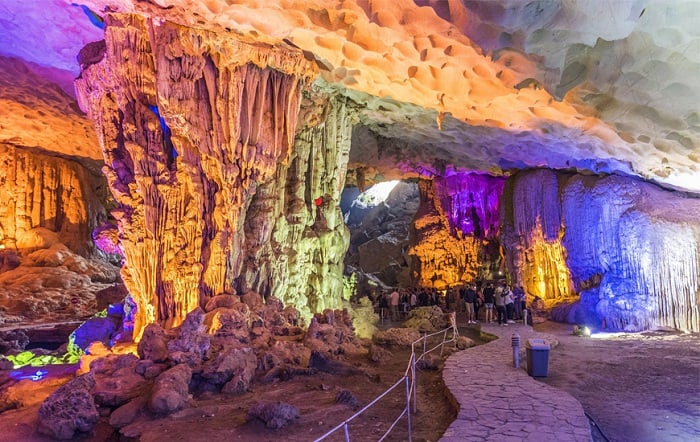
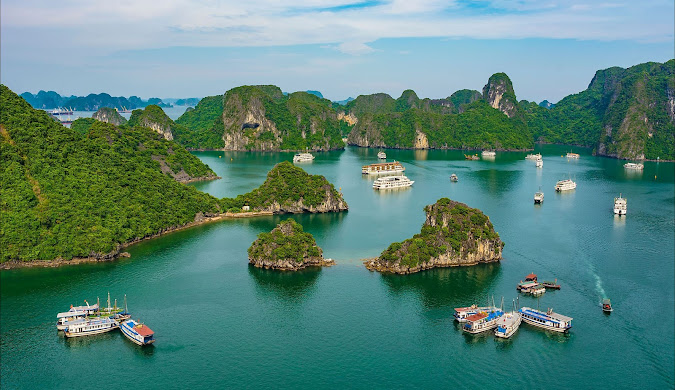
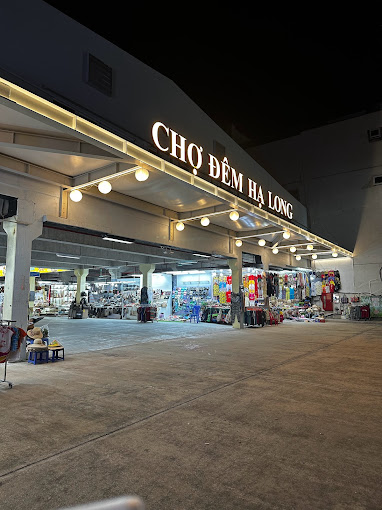
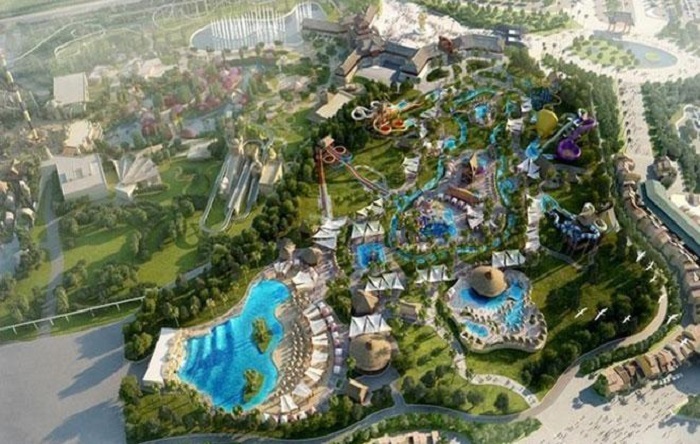



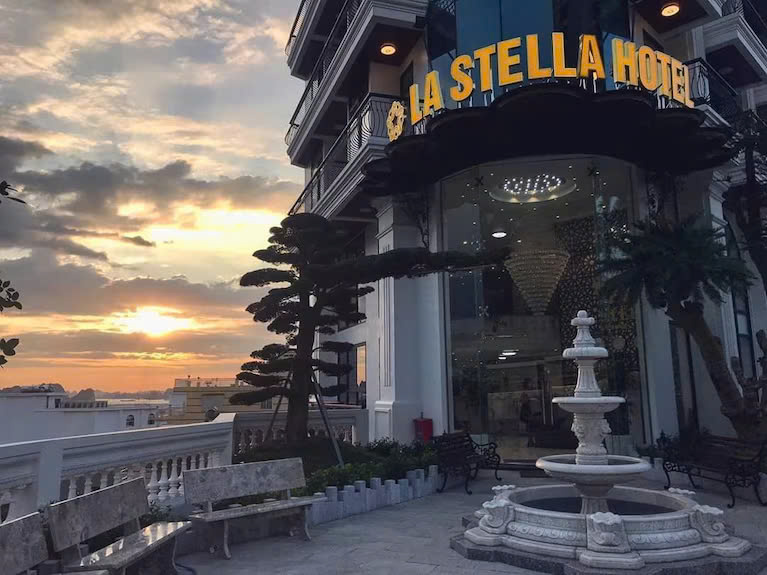








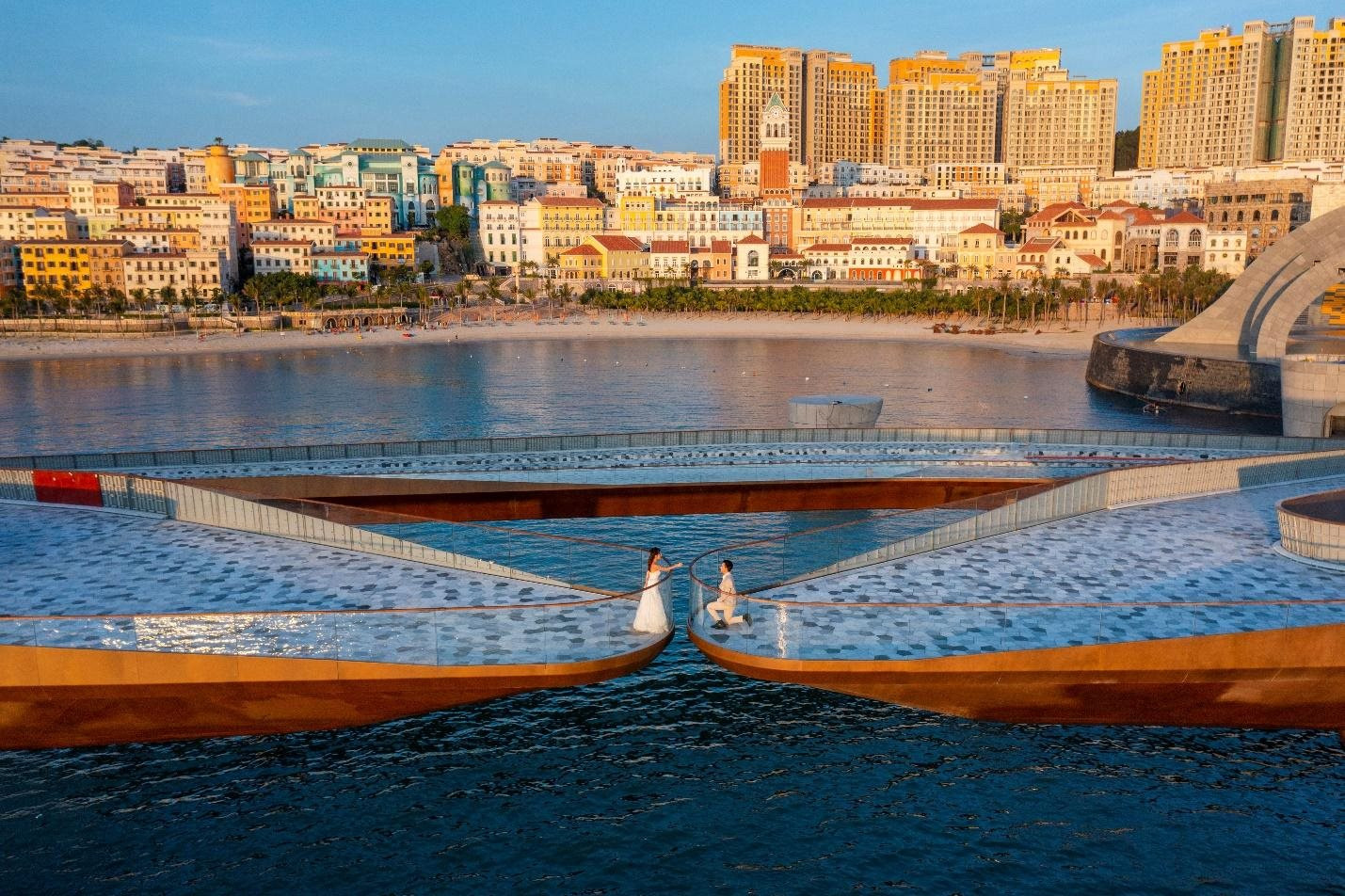
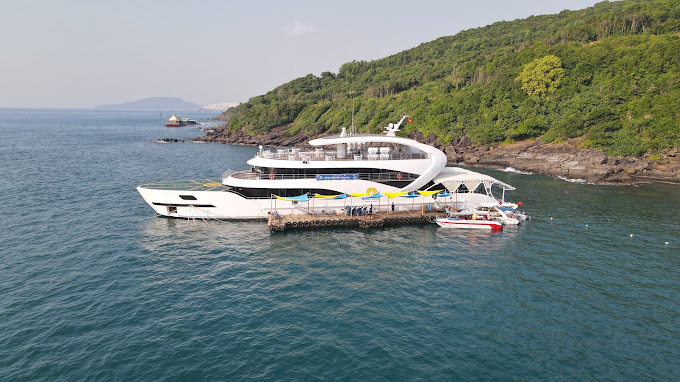
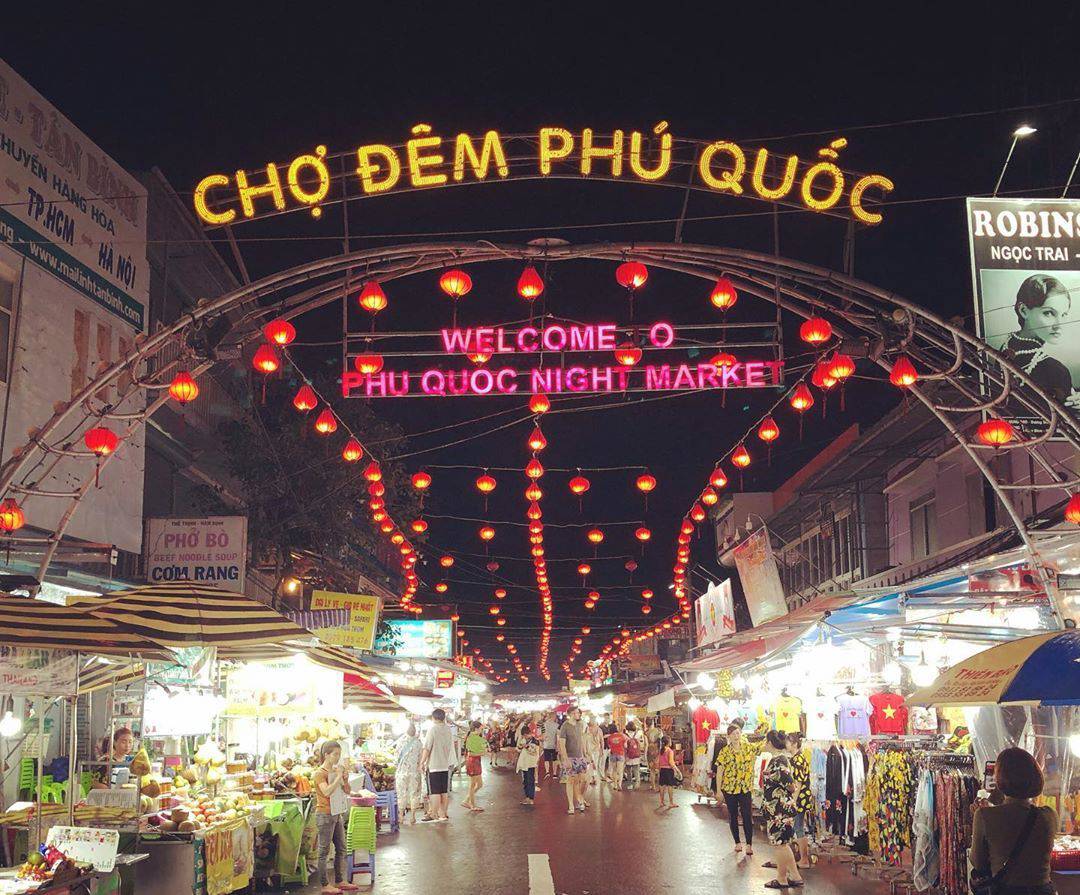
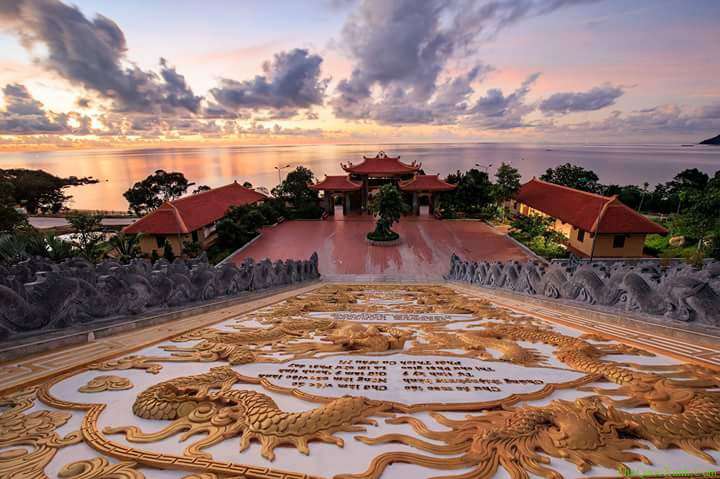
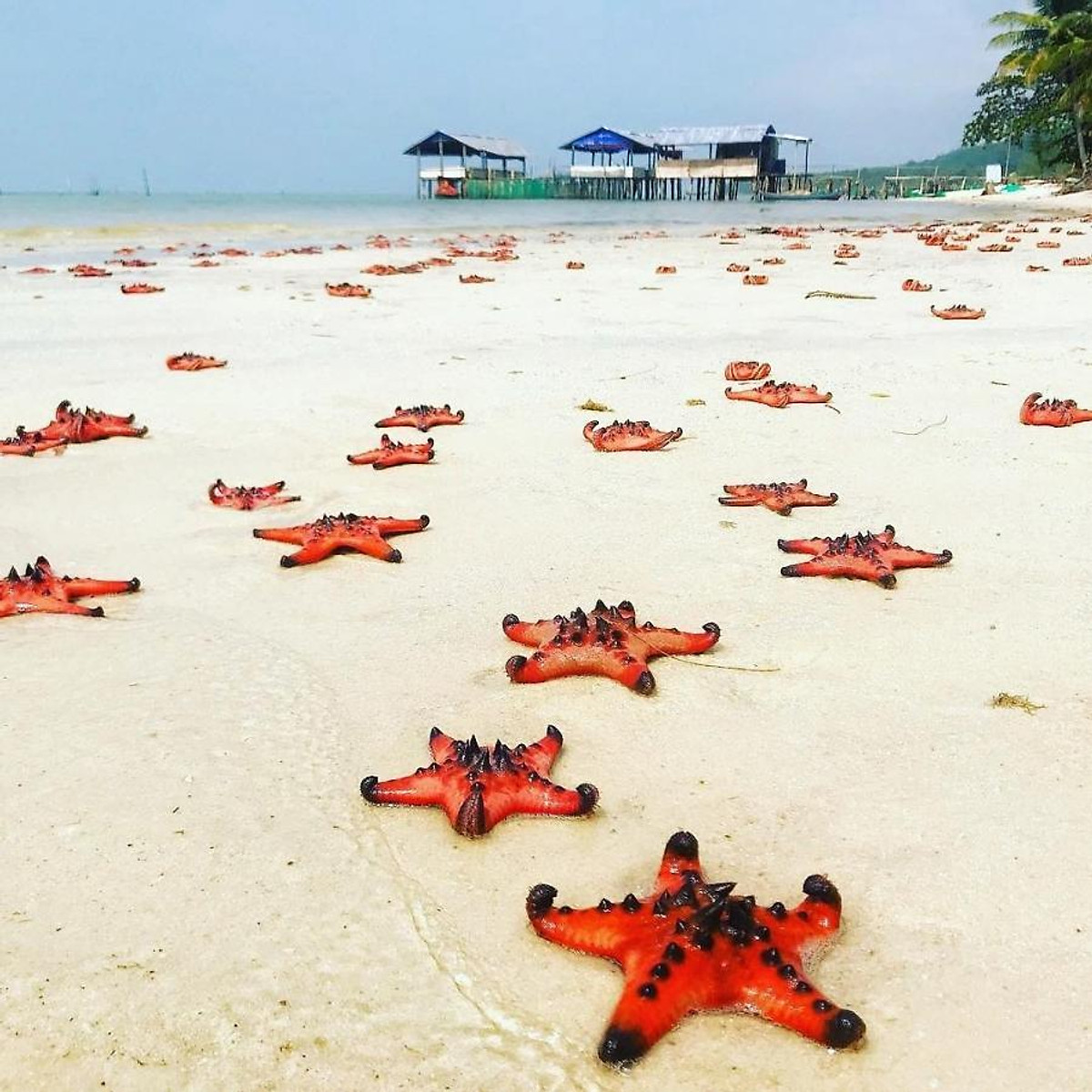
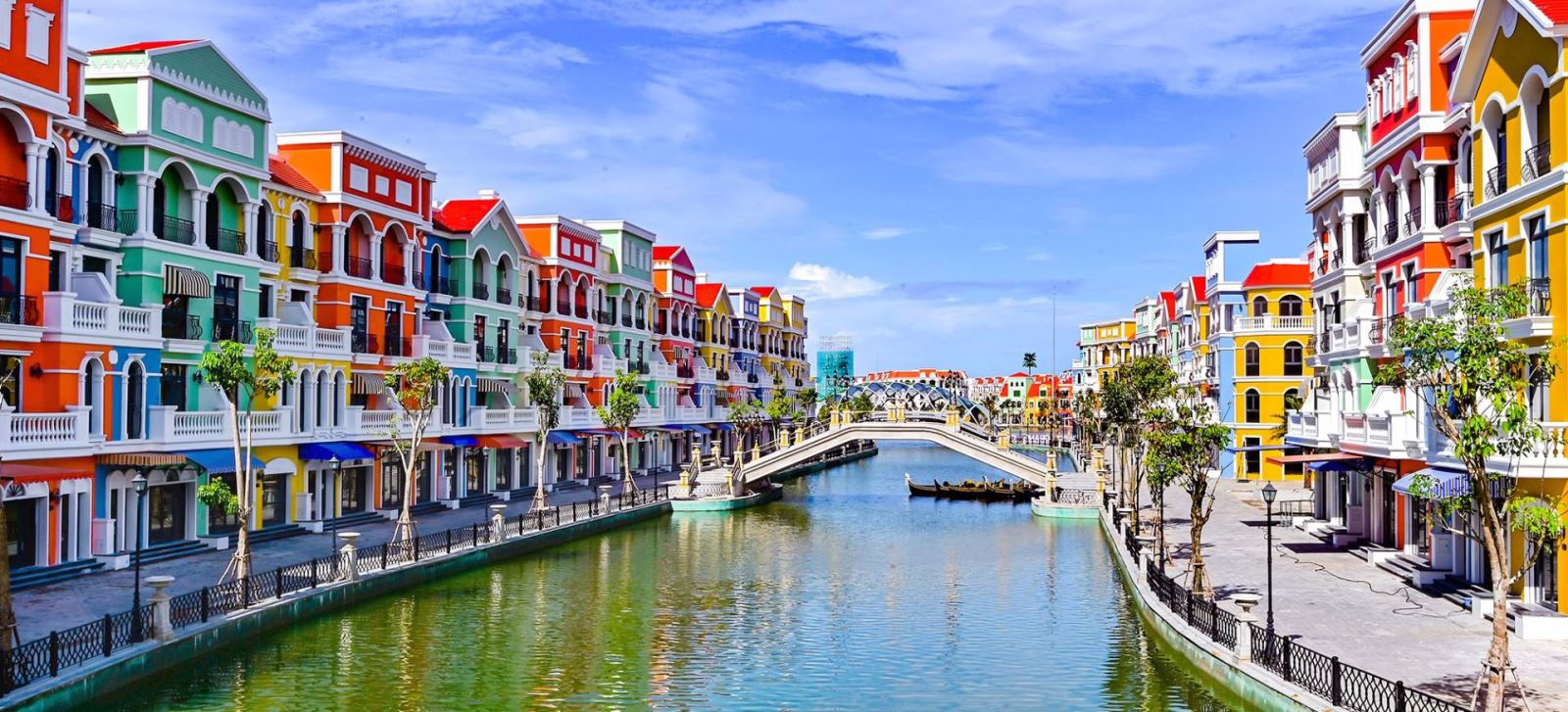
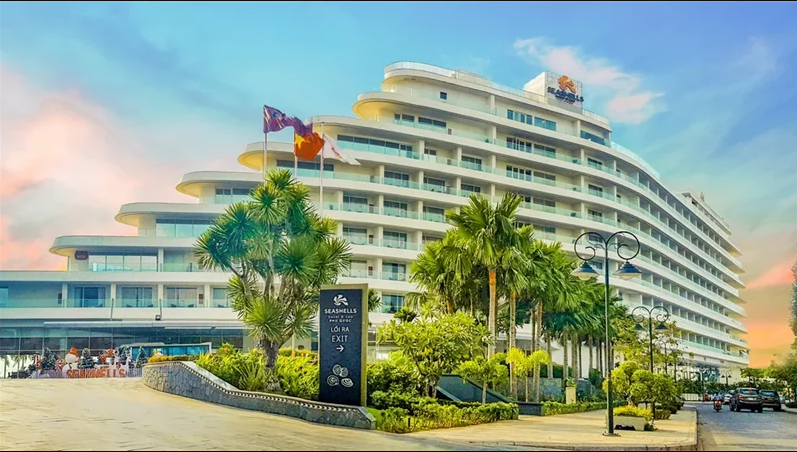

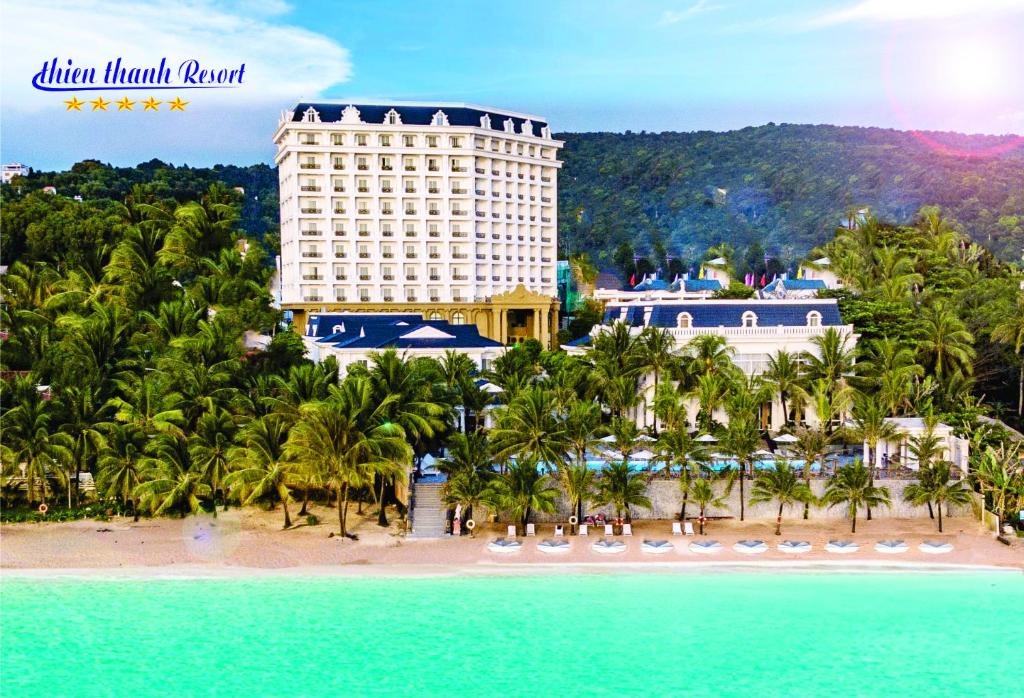


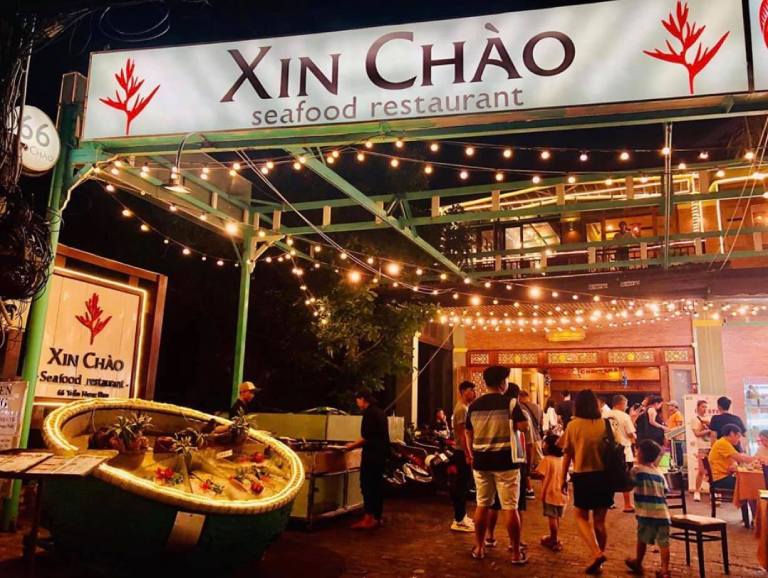





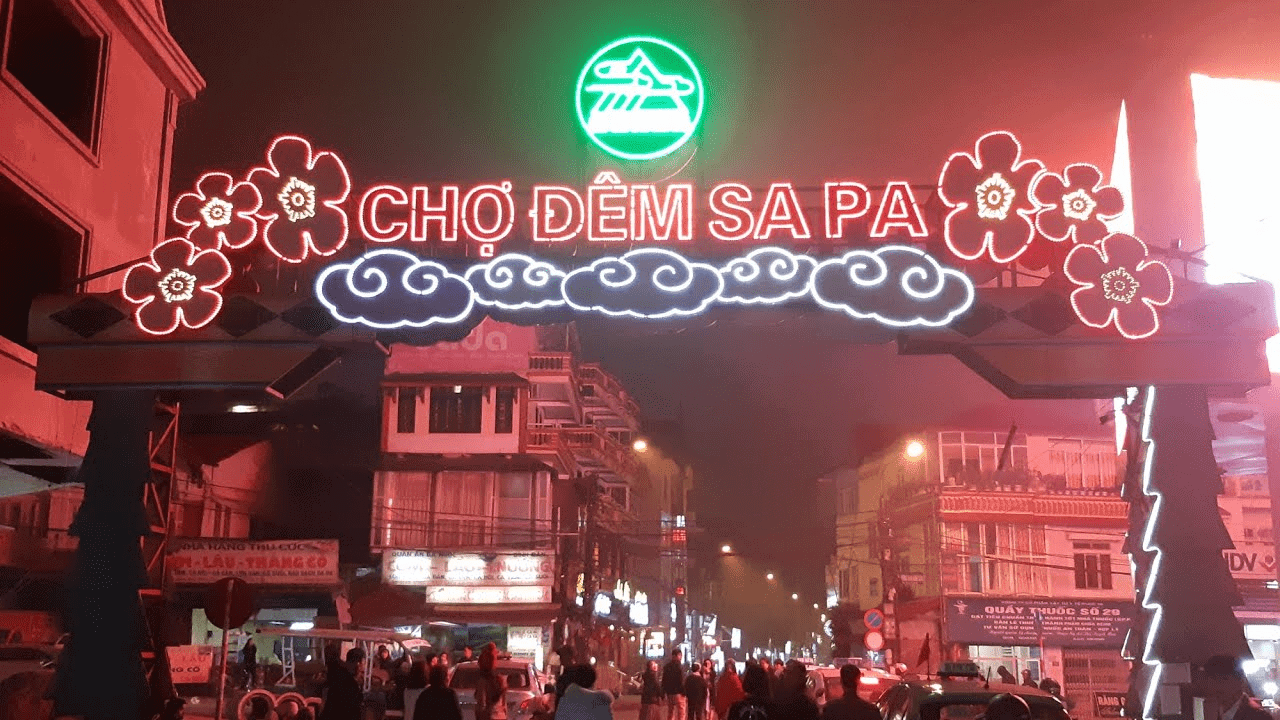
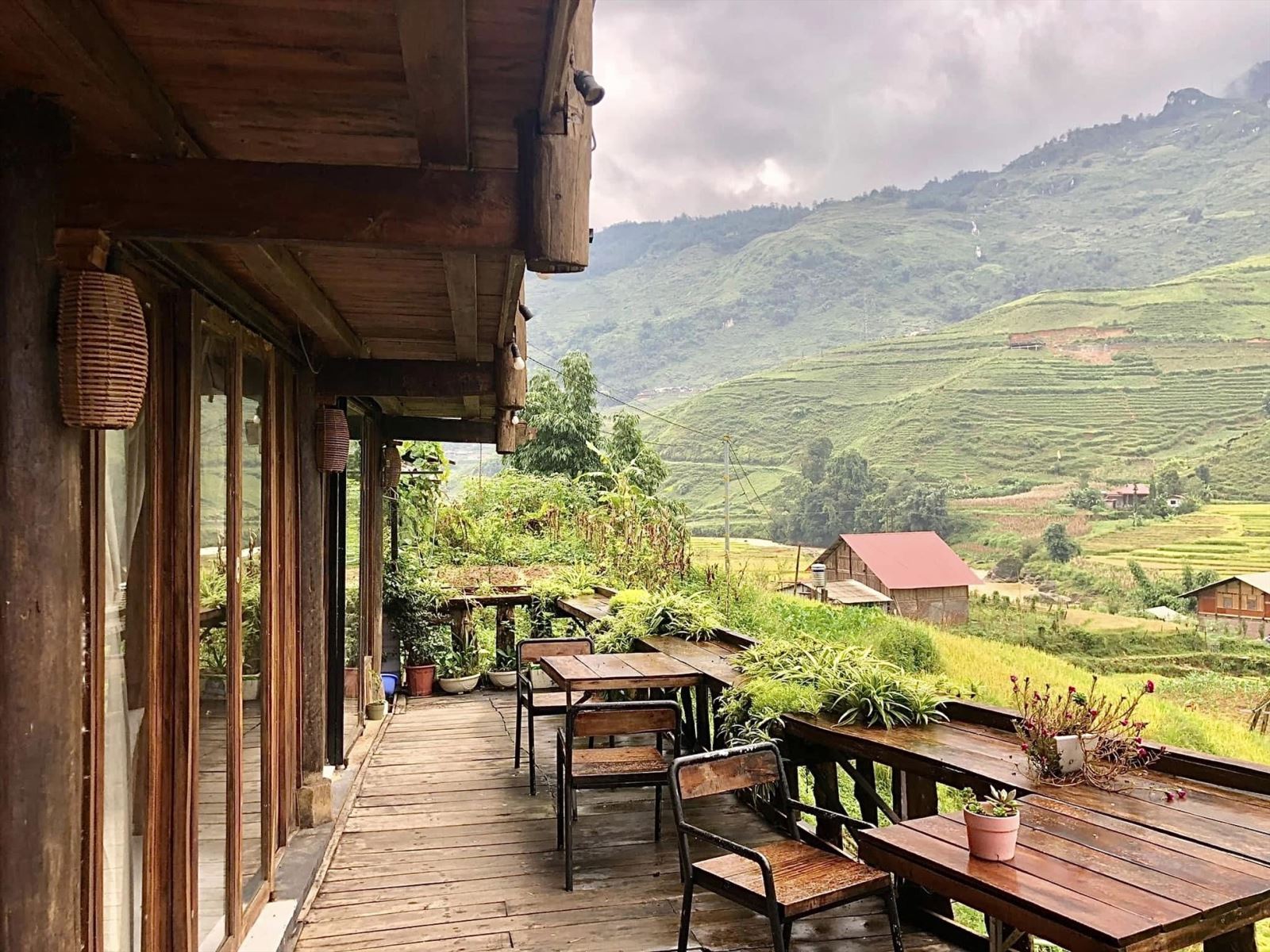
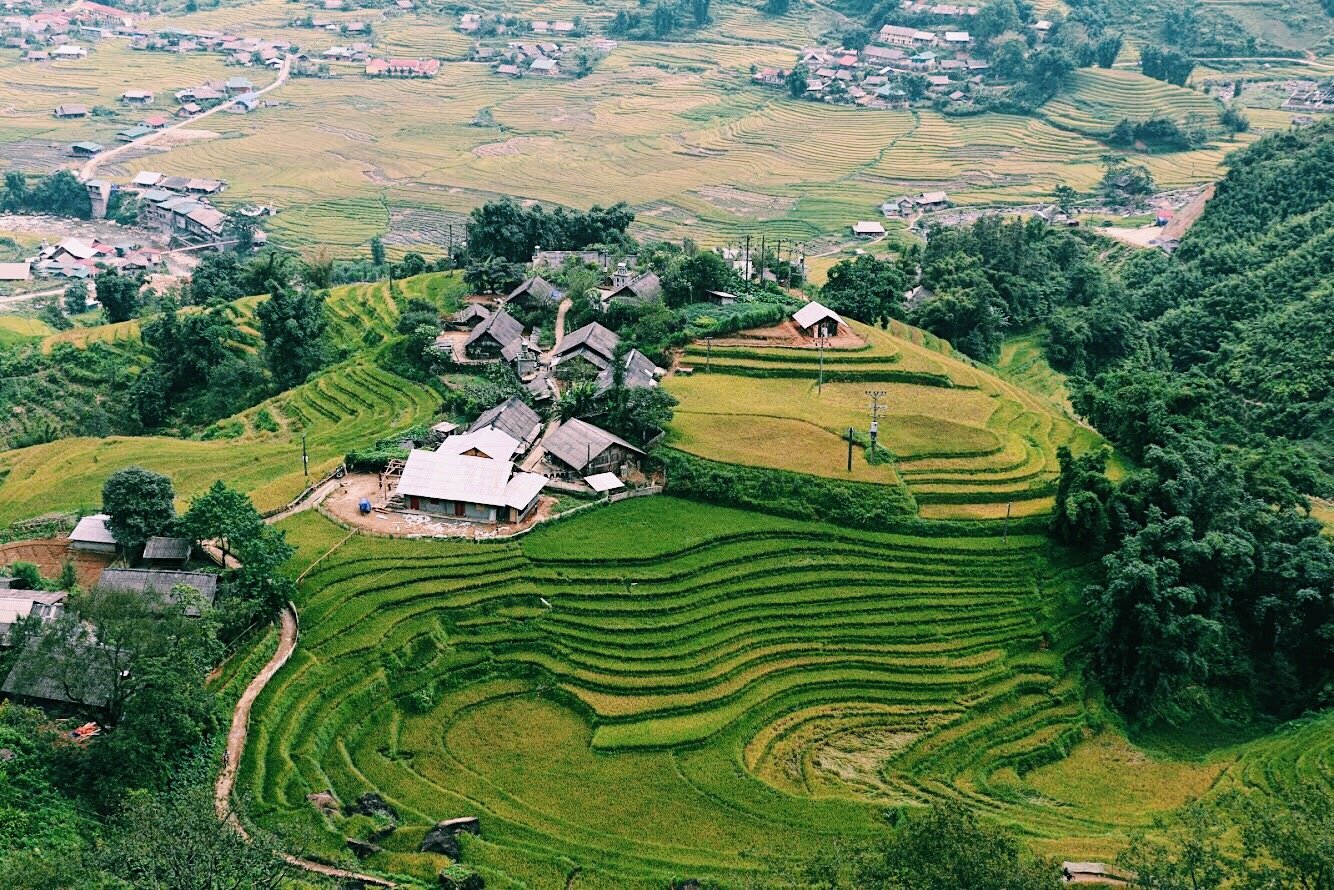
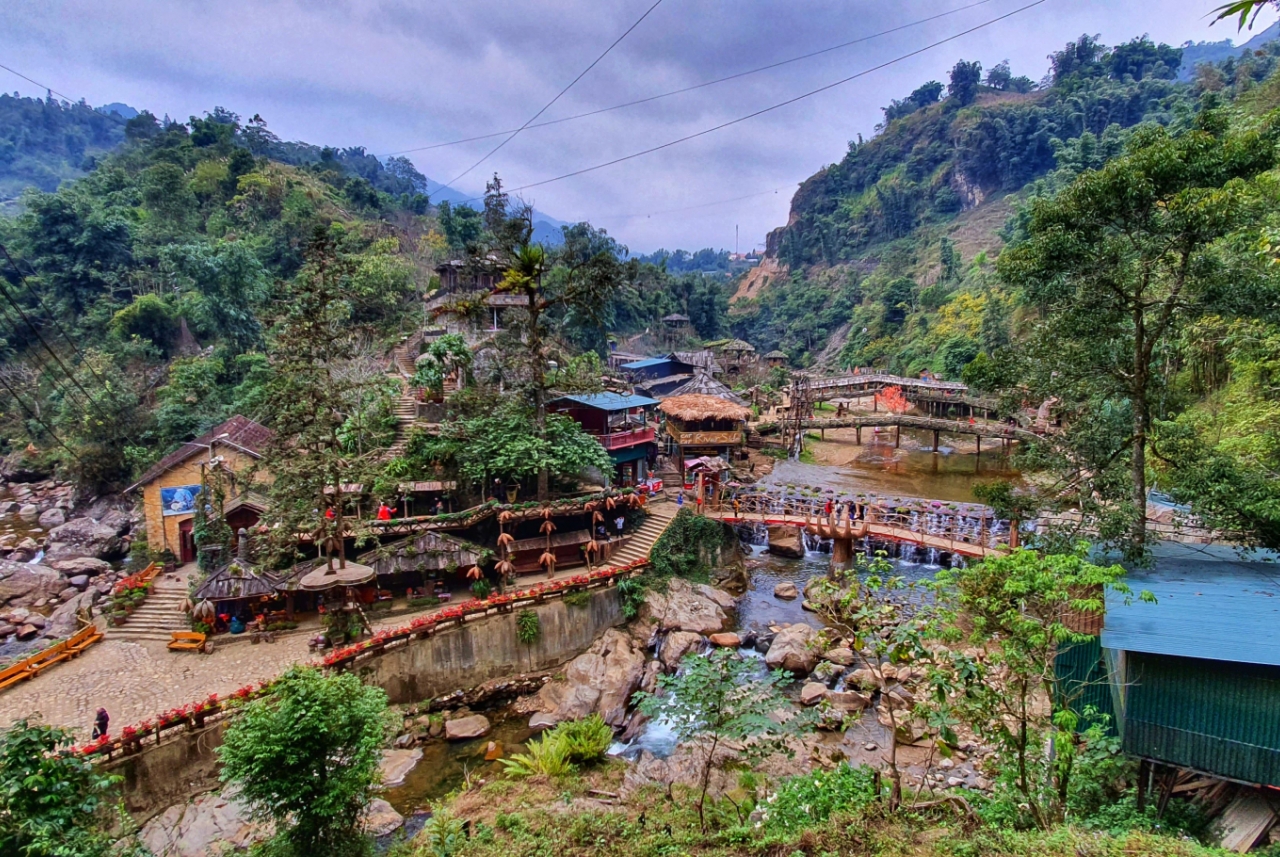
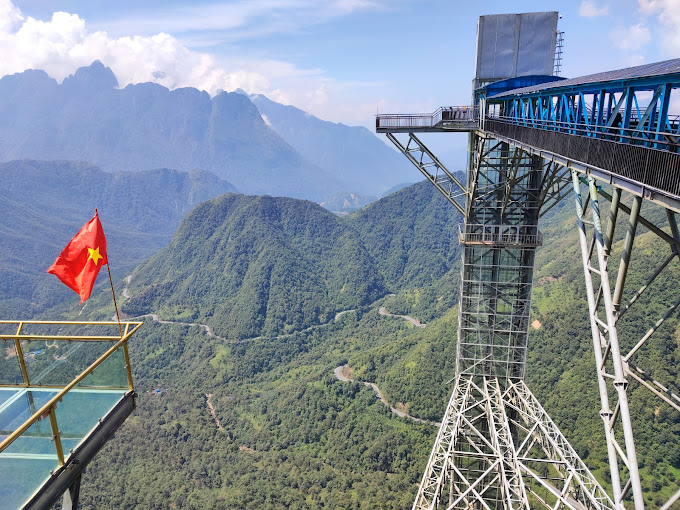






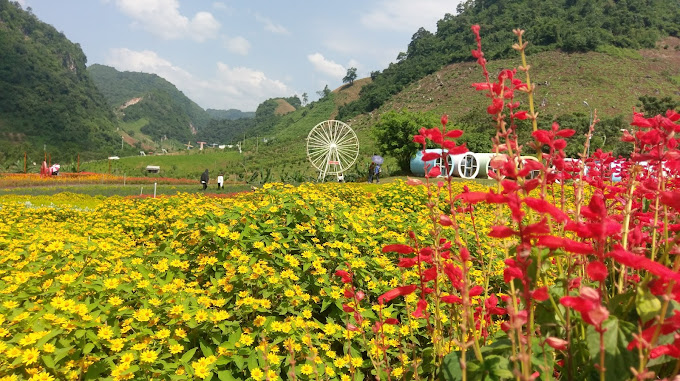
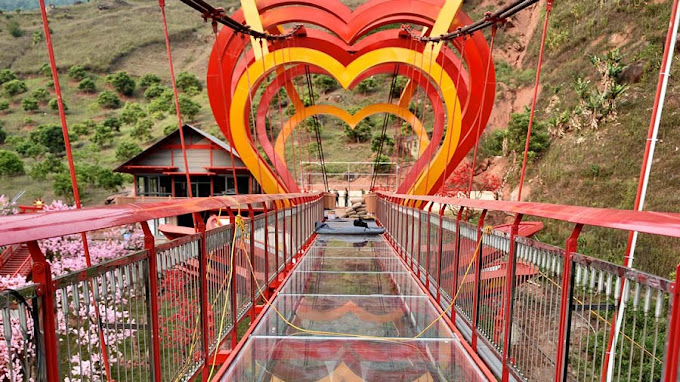
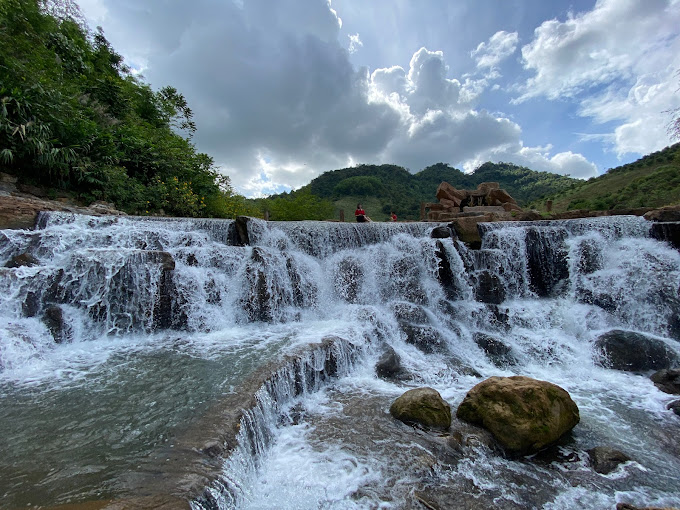

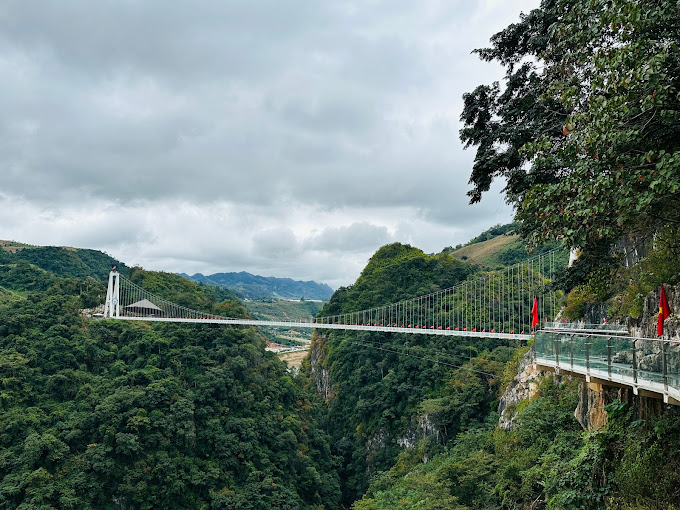



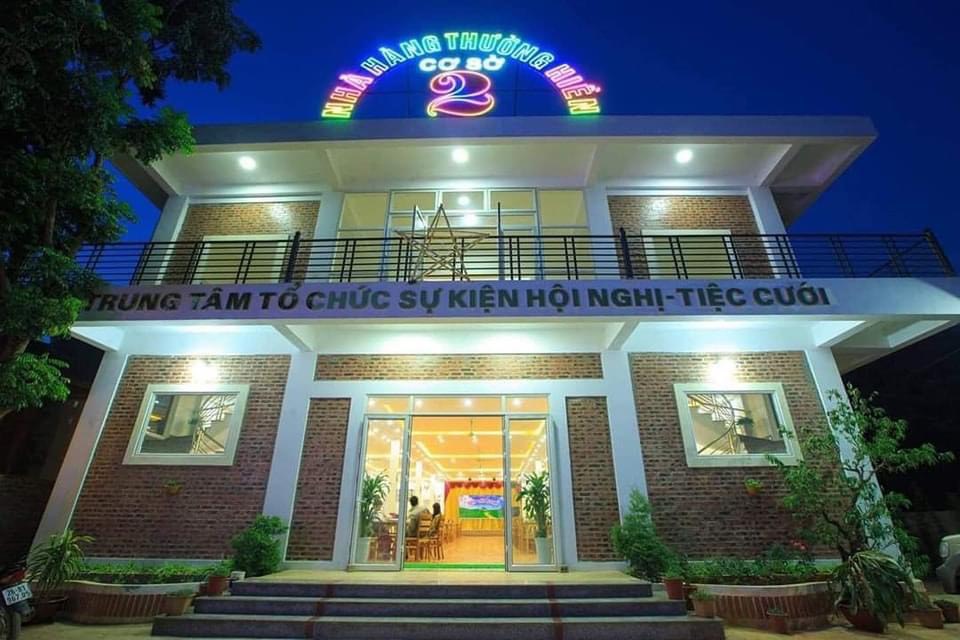

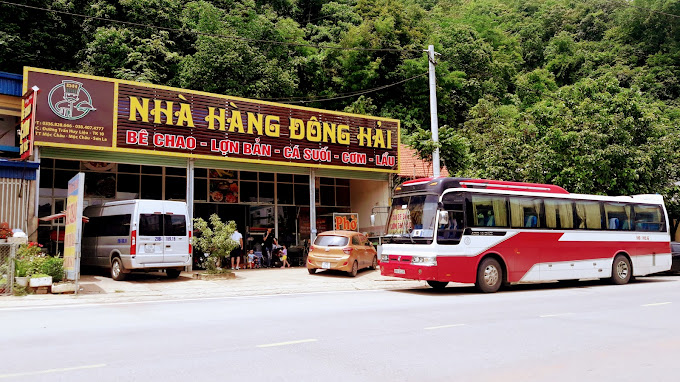















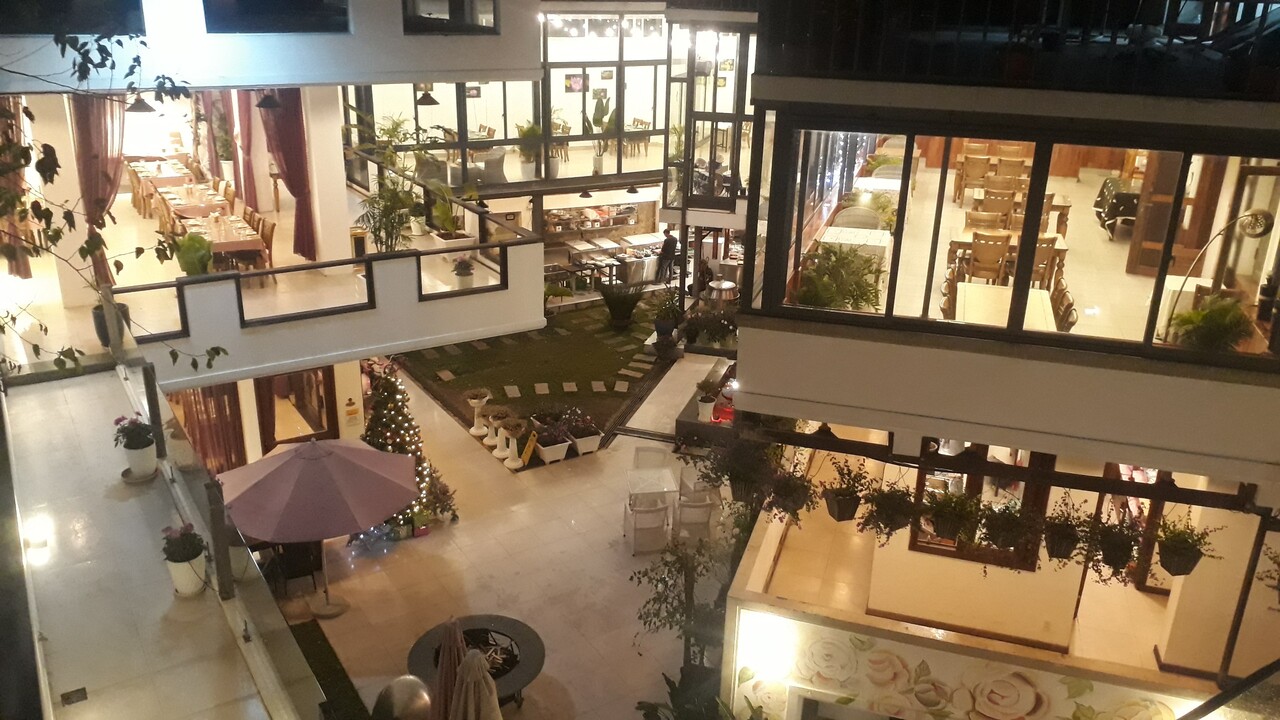



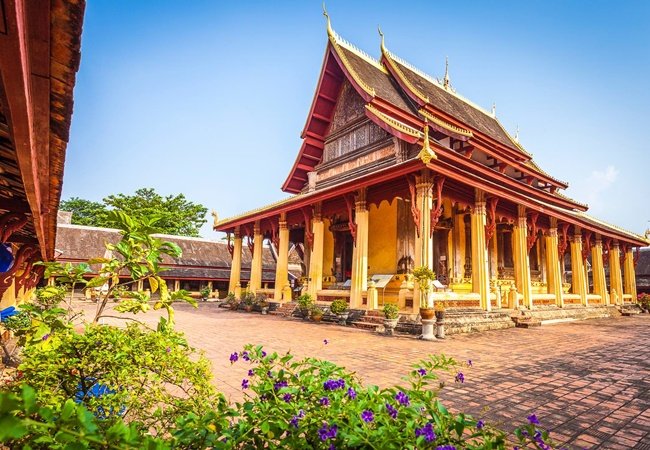
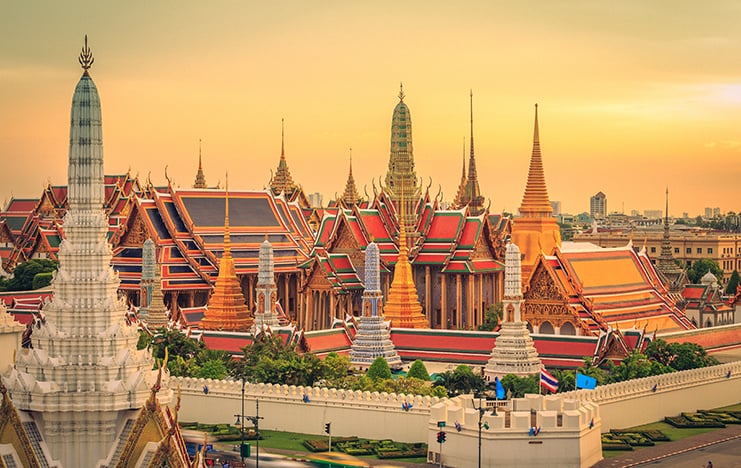
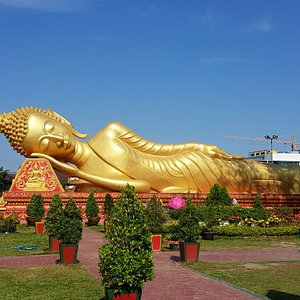
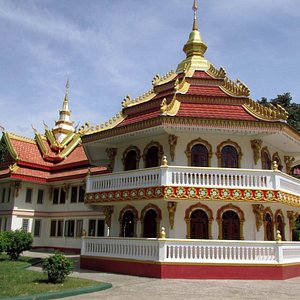
.jpg)
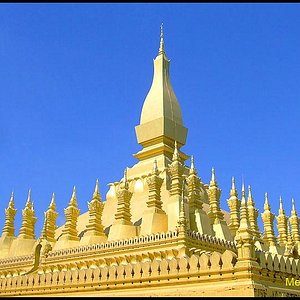
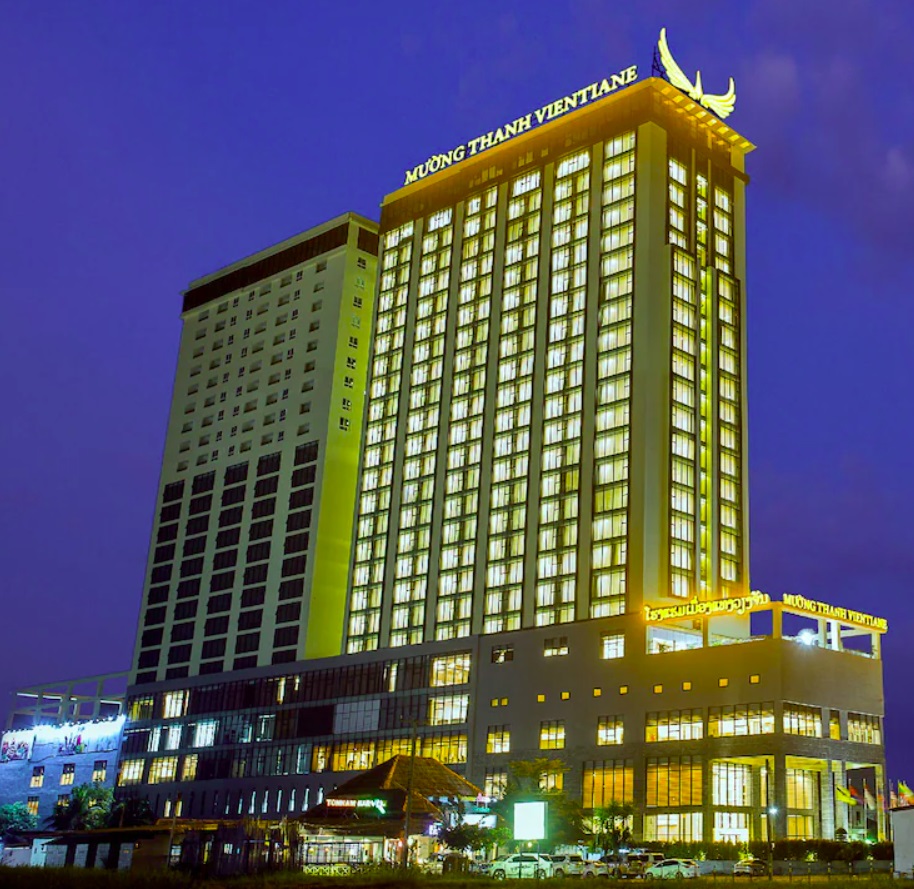


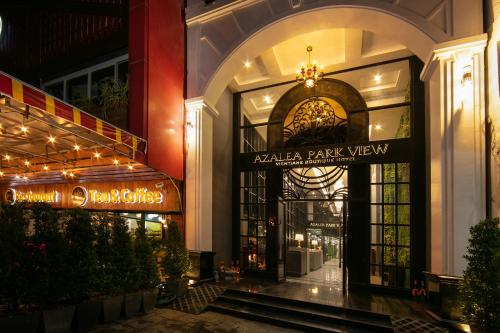
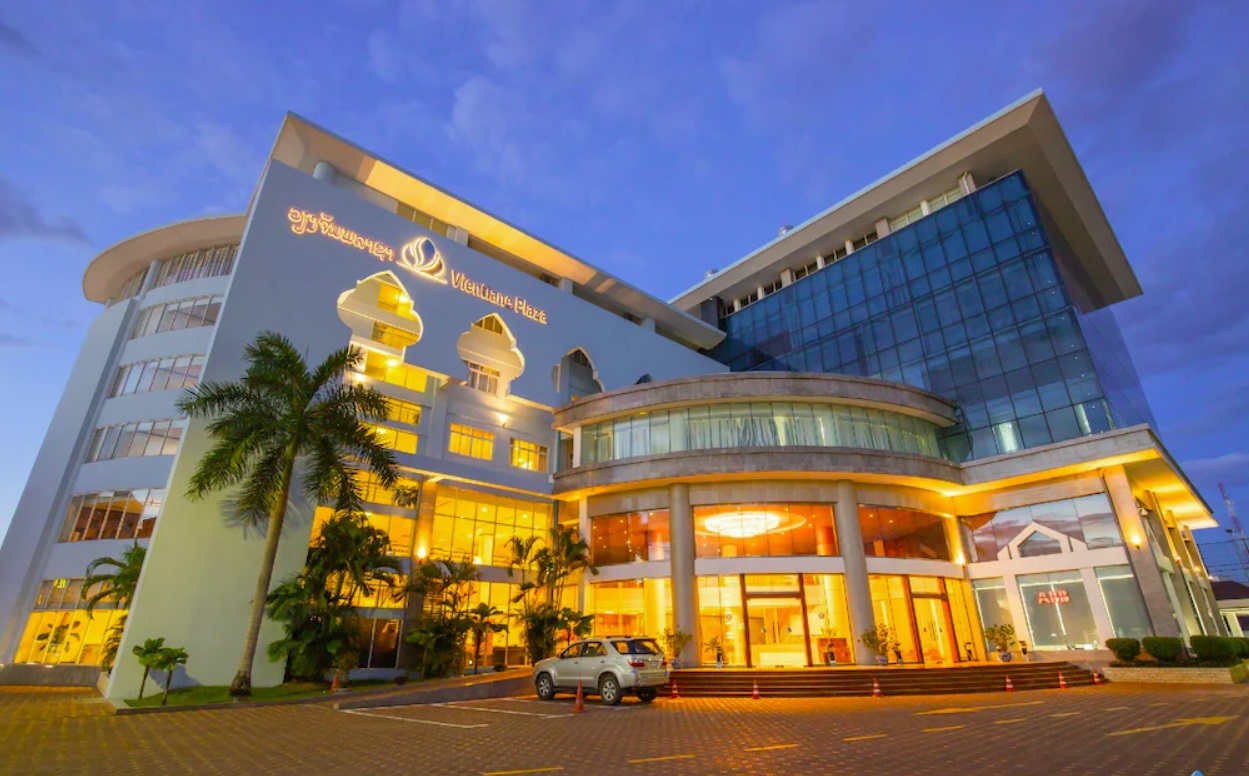













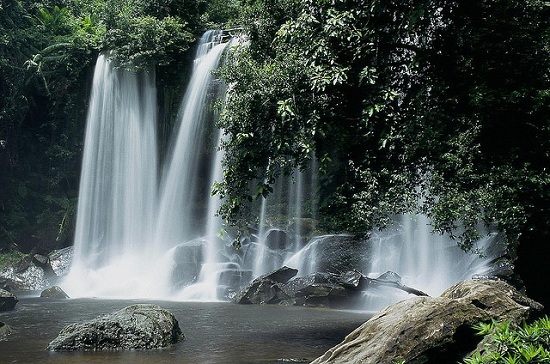
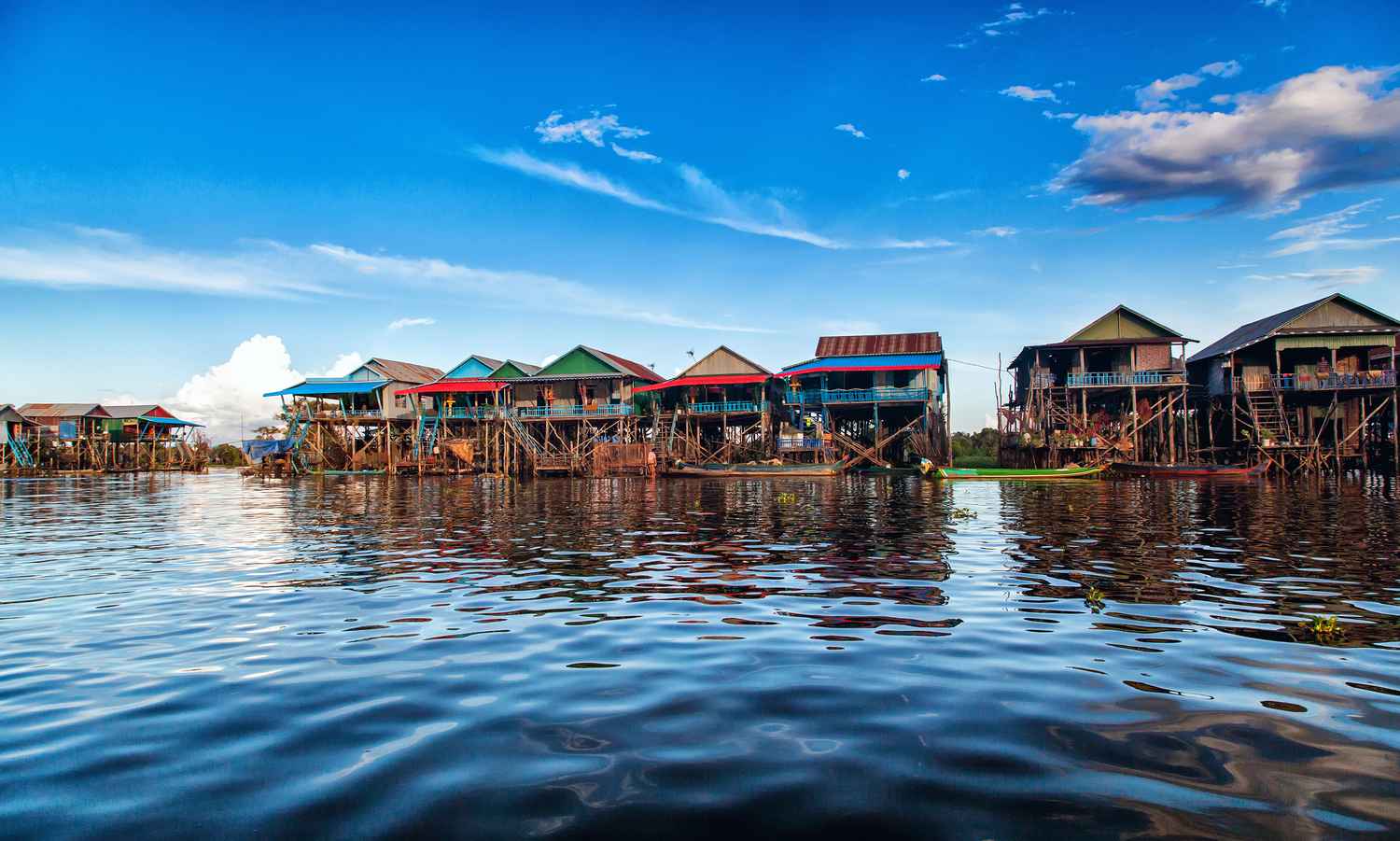
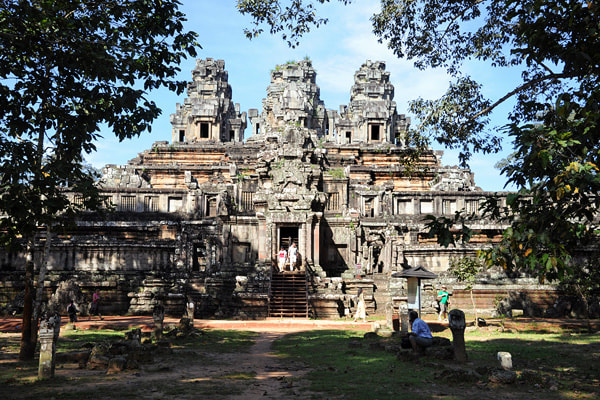
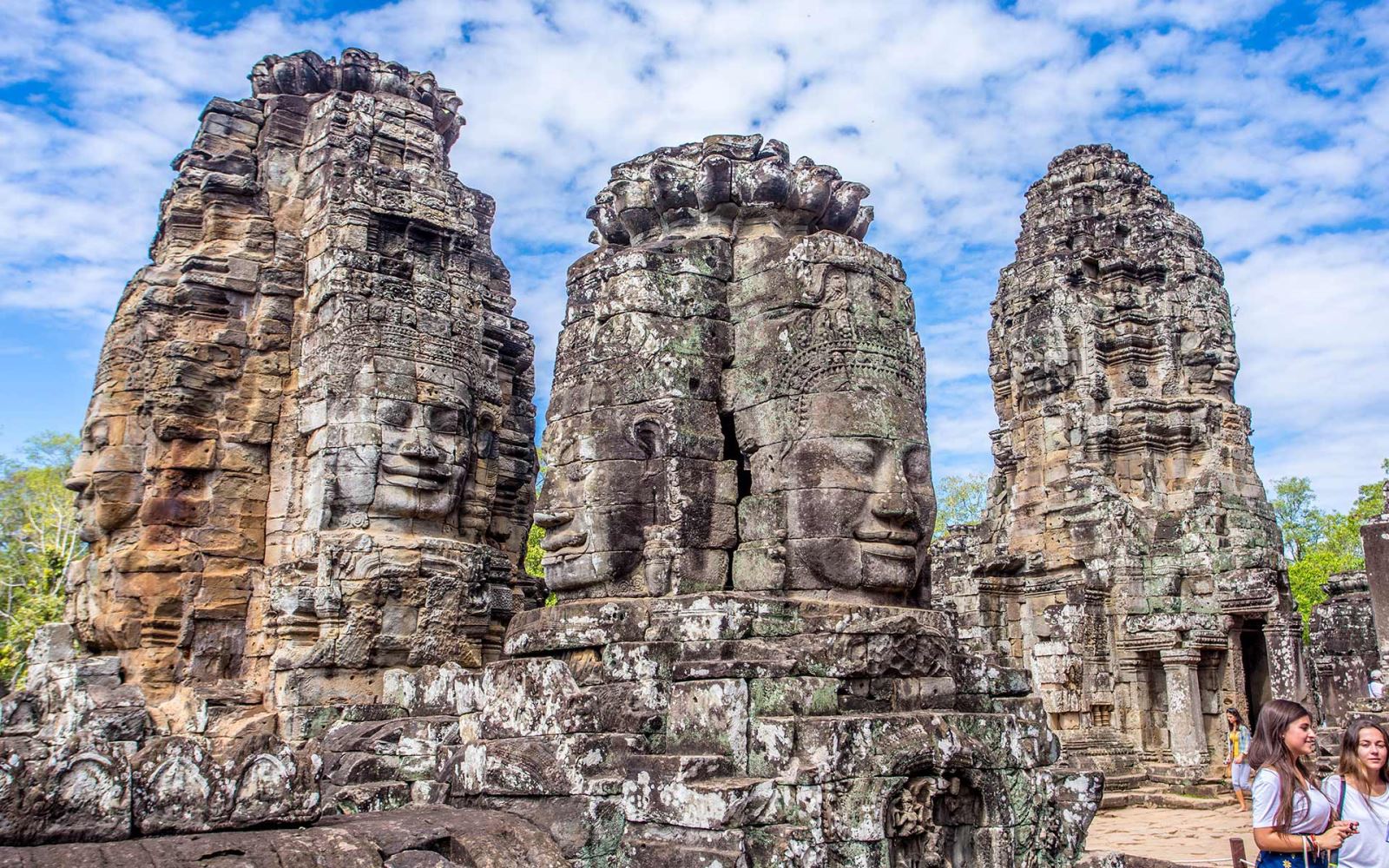
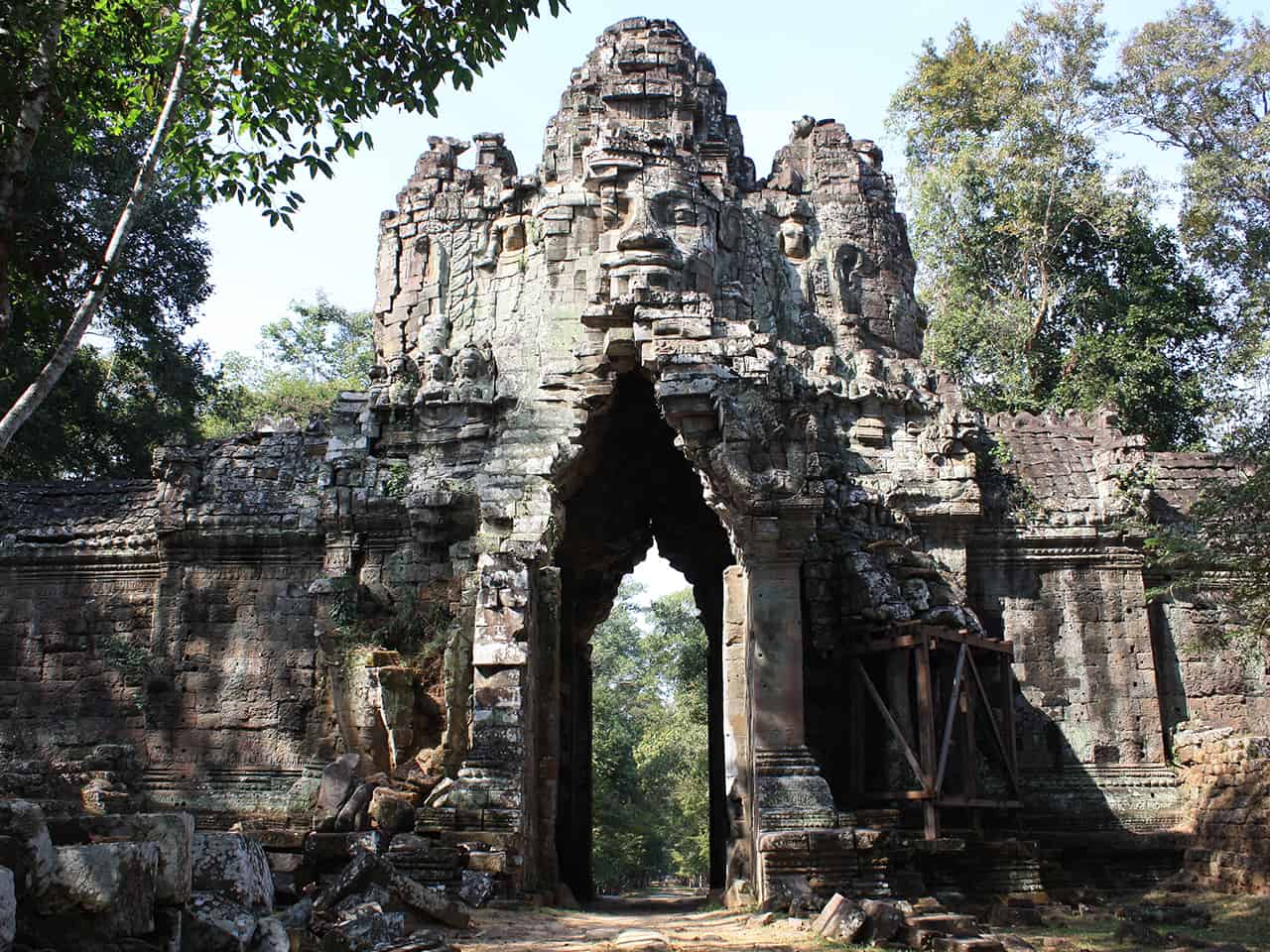
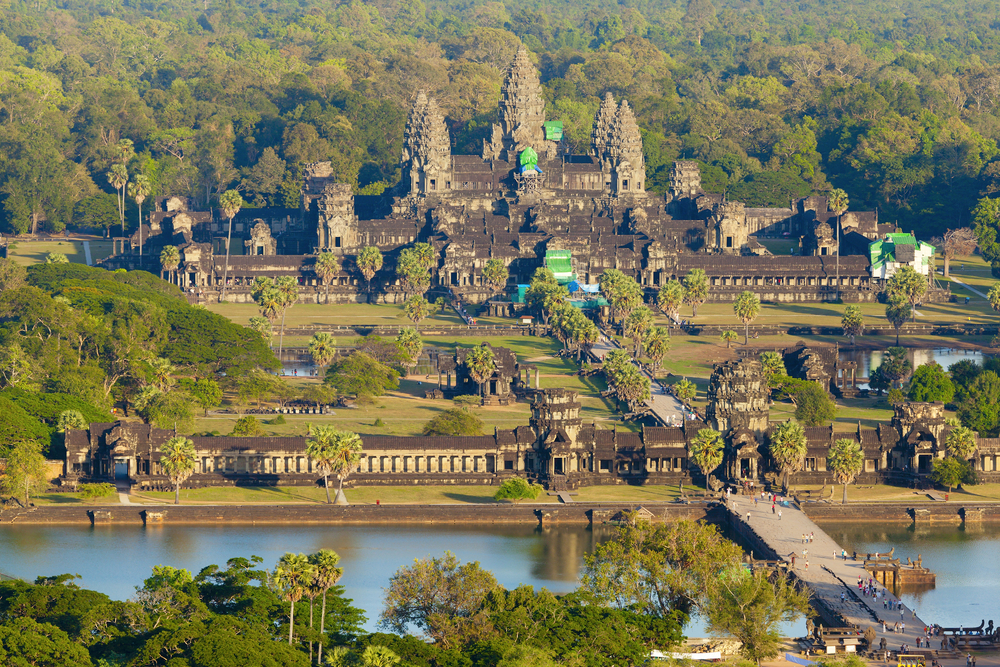







.jpg)
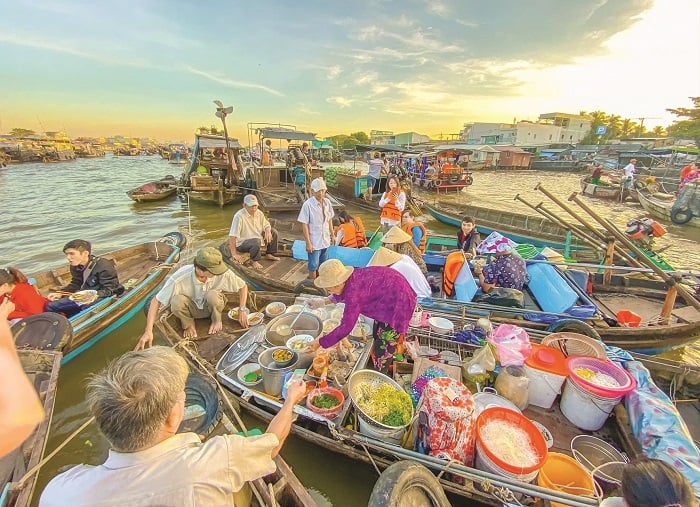
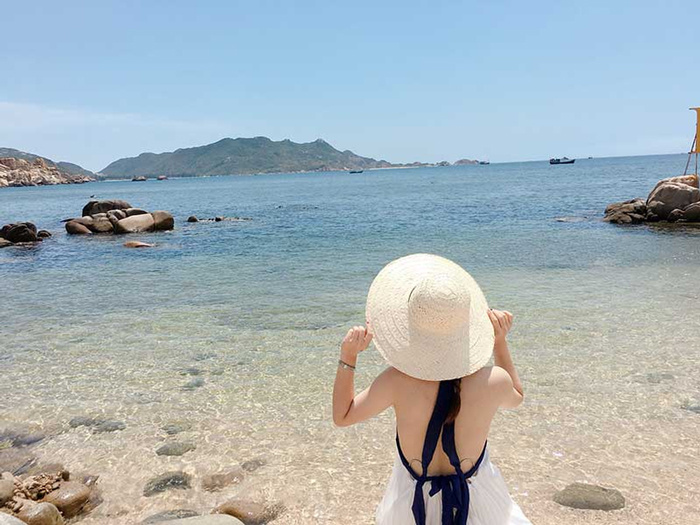
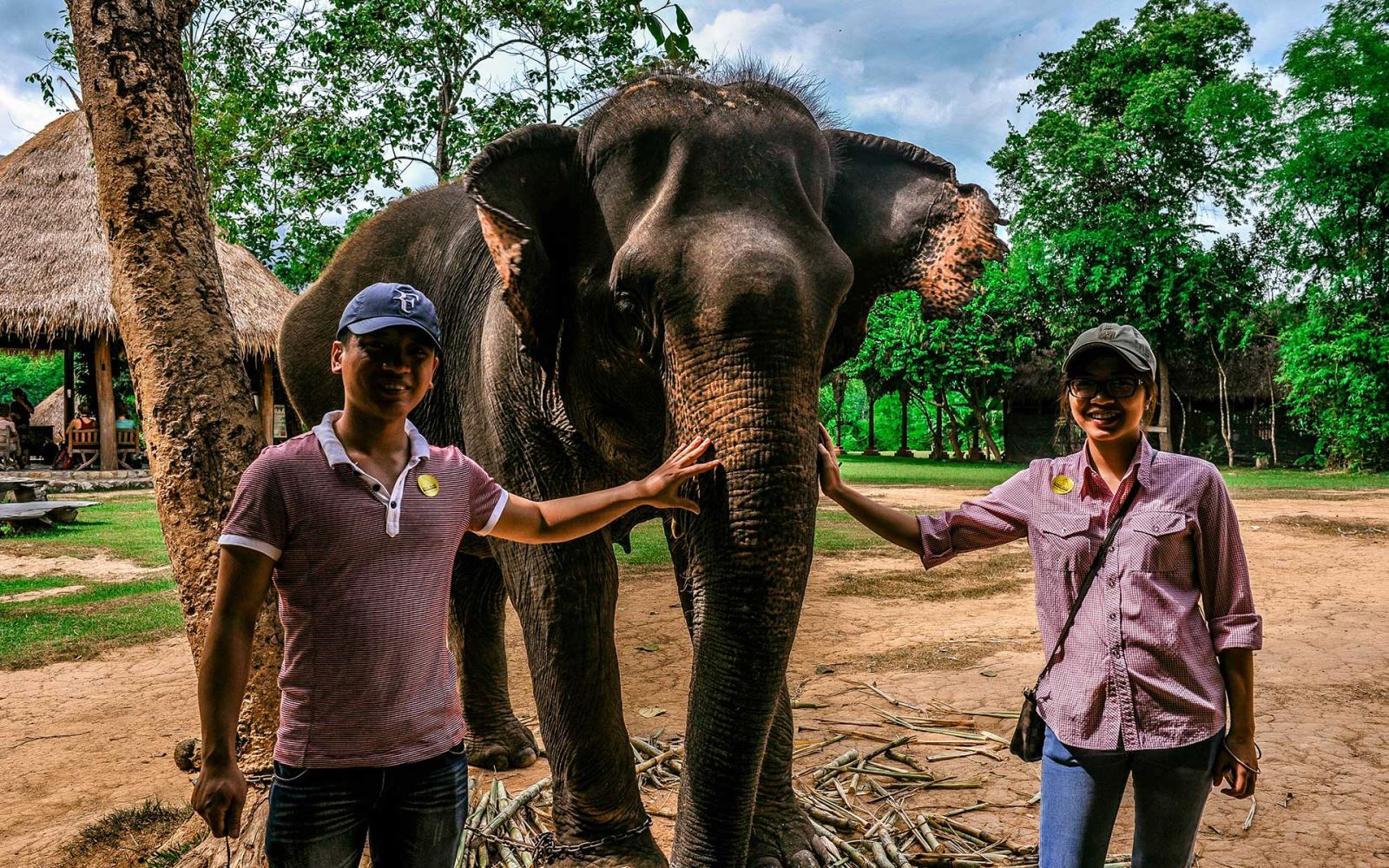
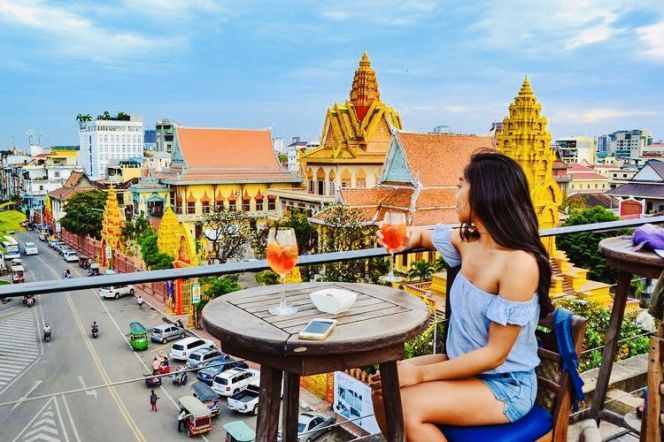
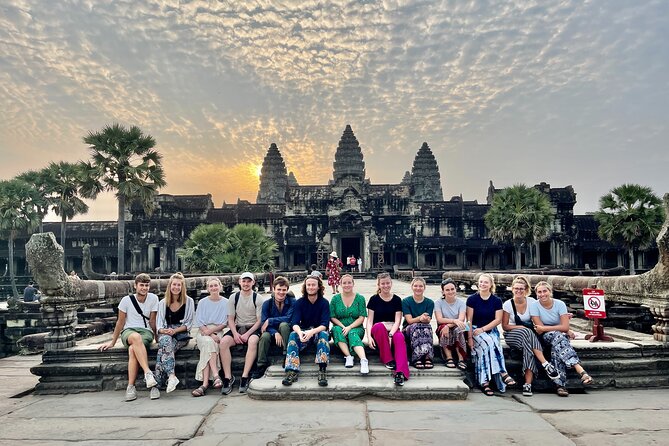
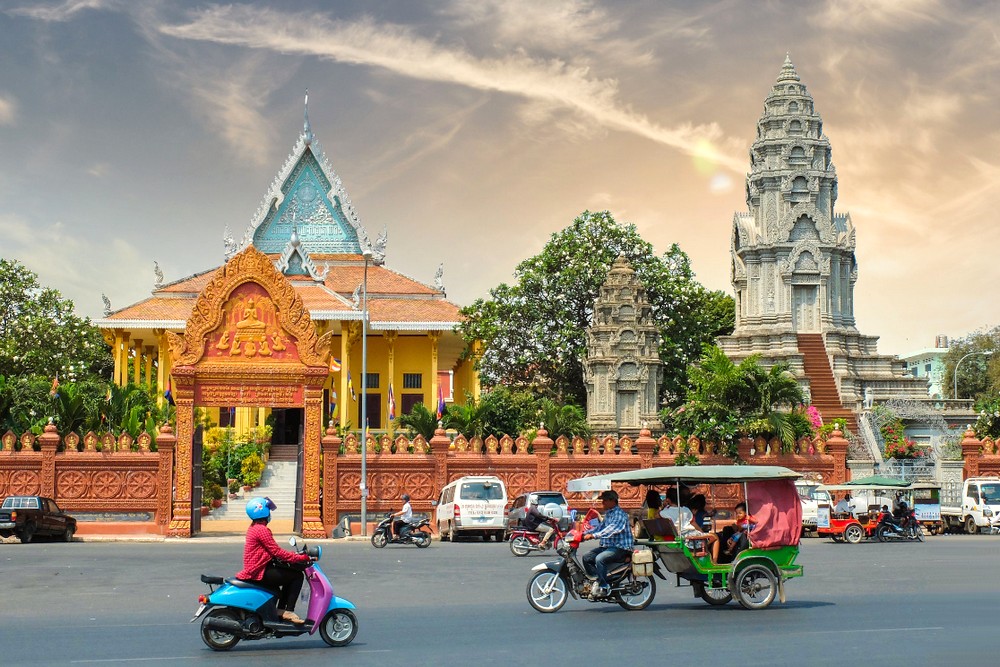

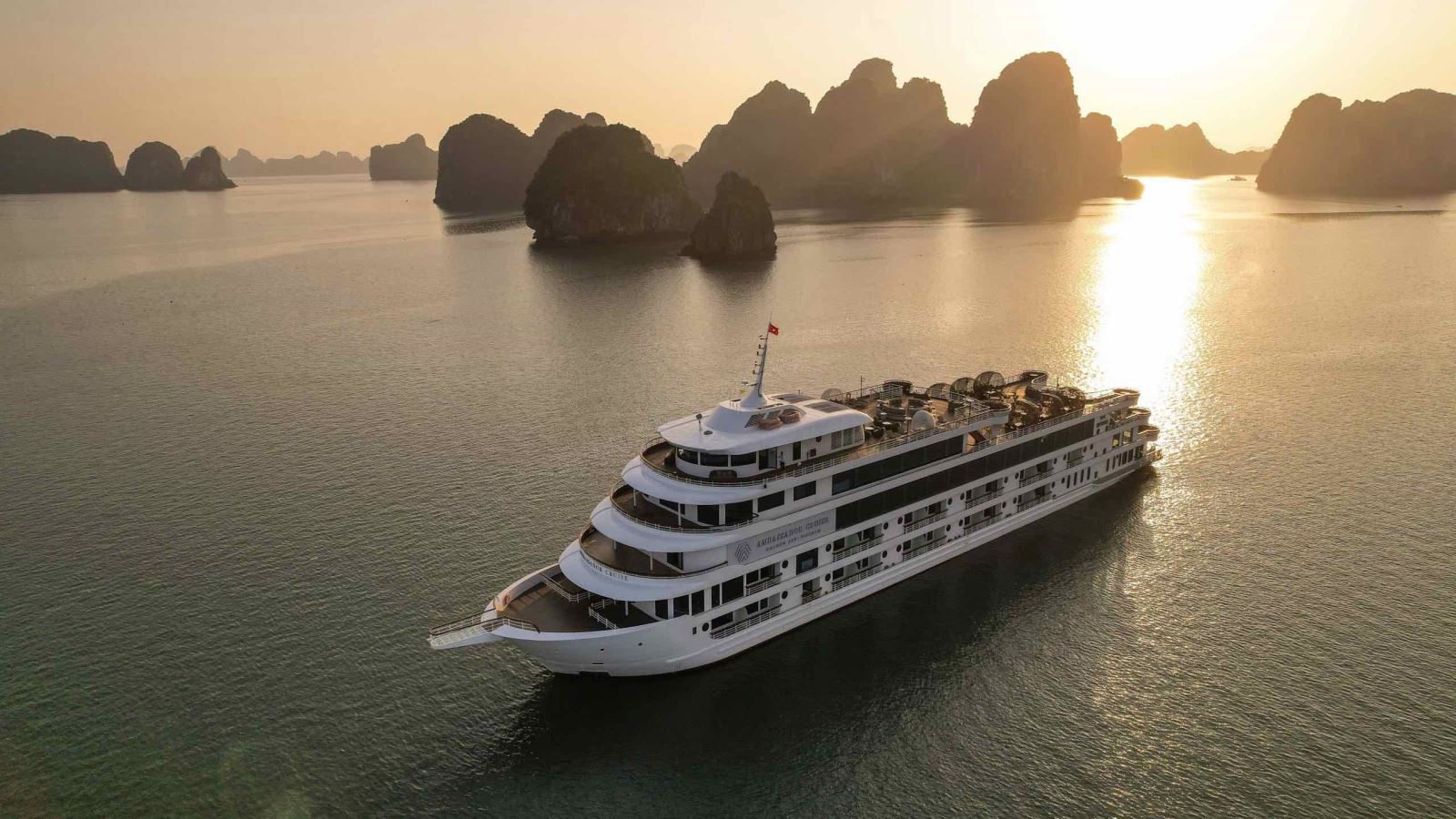


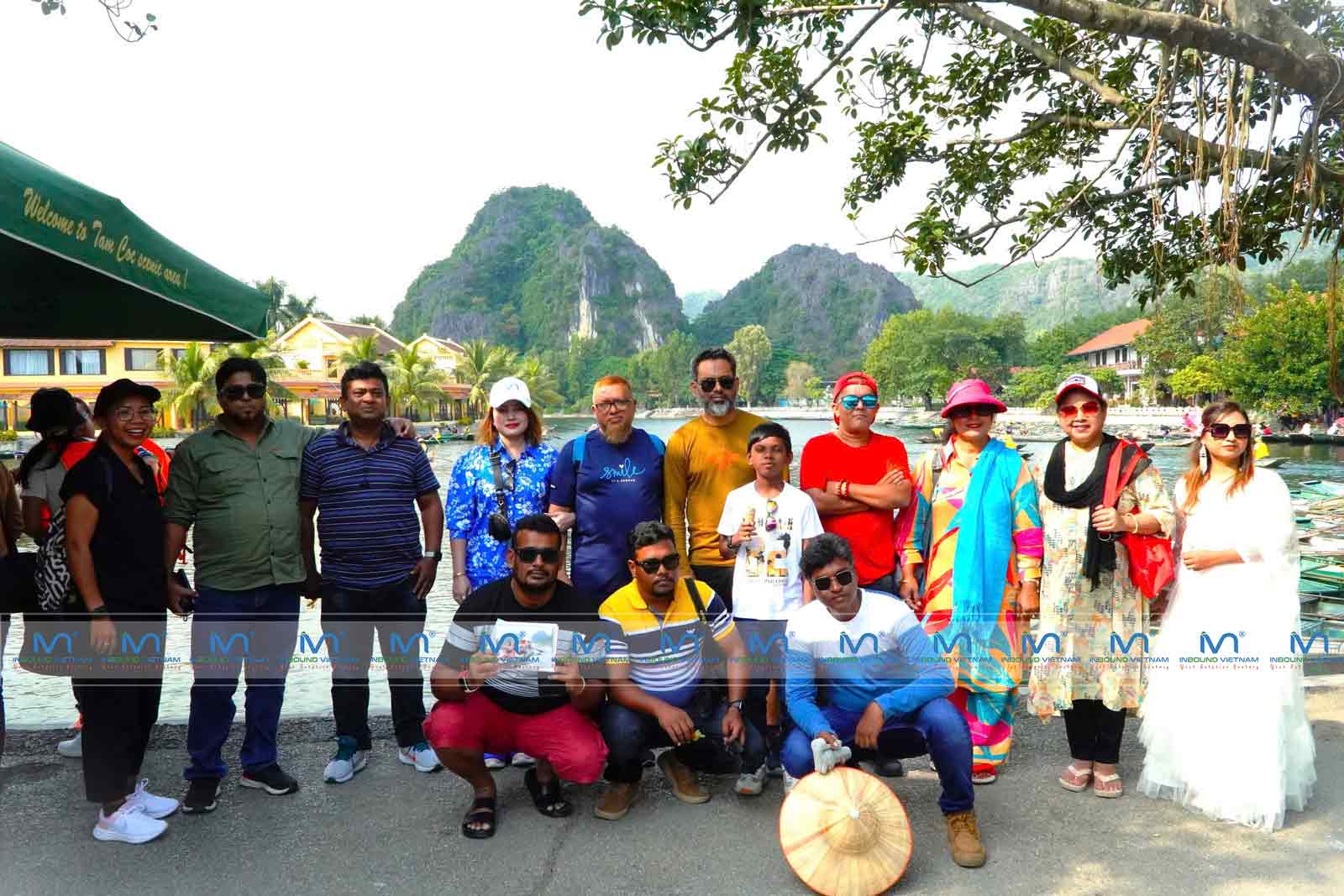
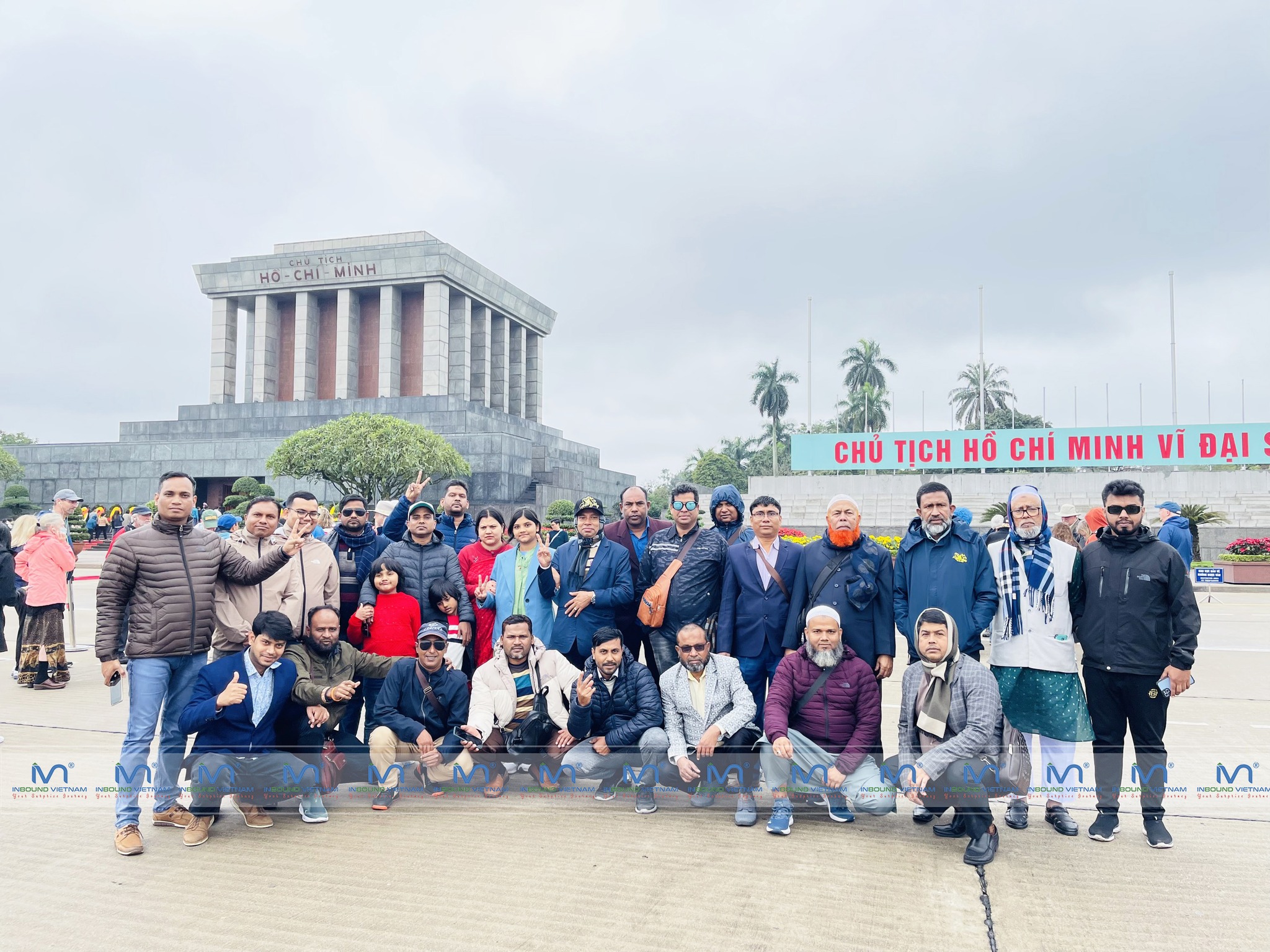
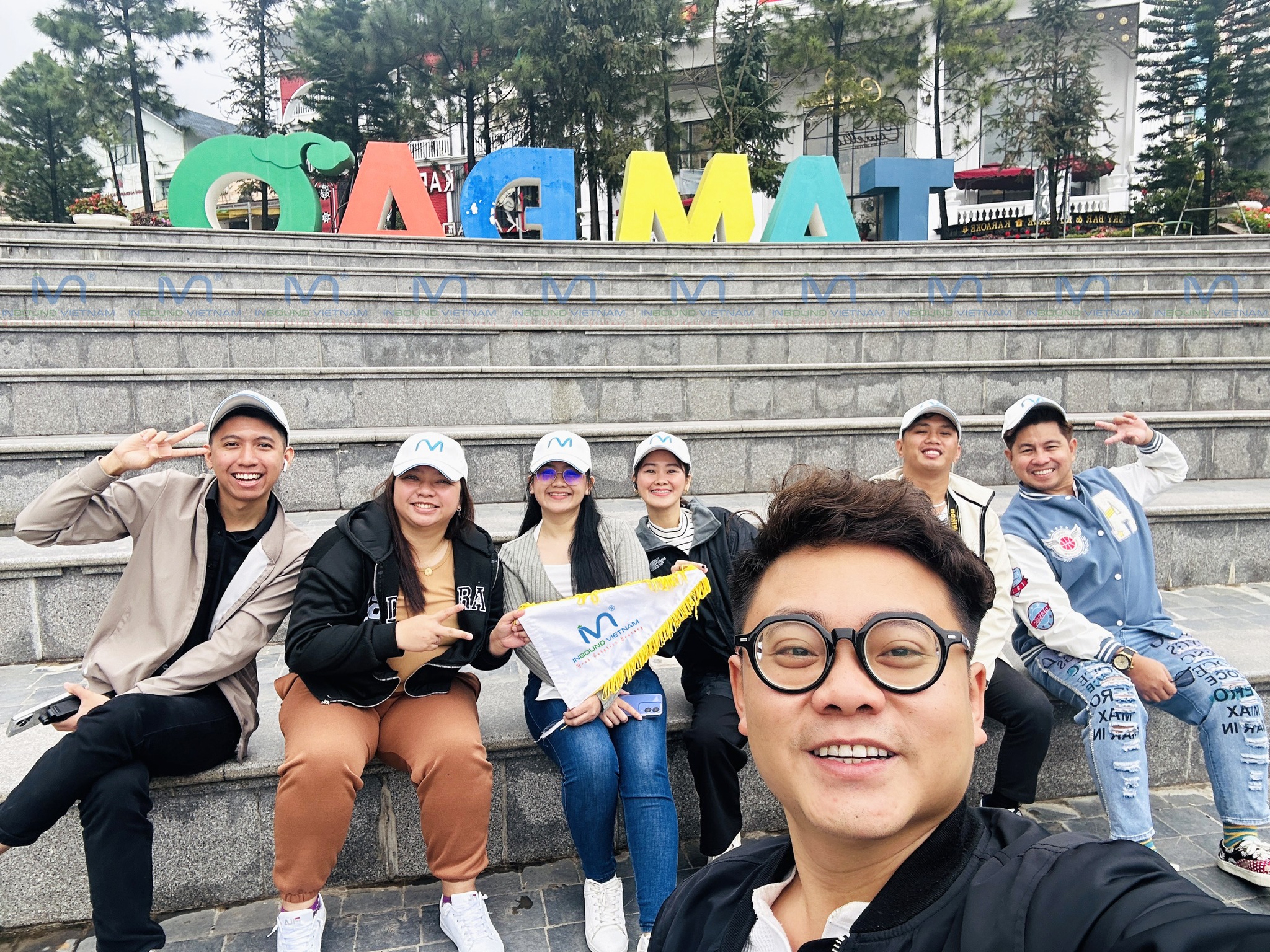
.jpg)
